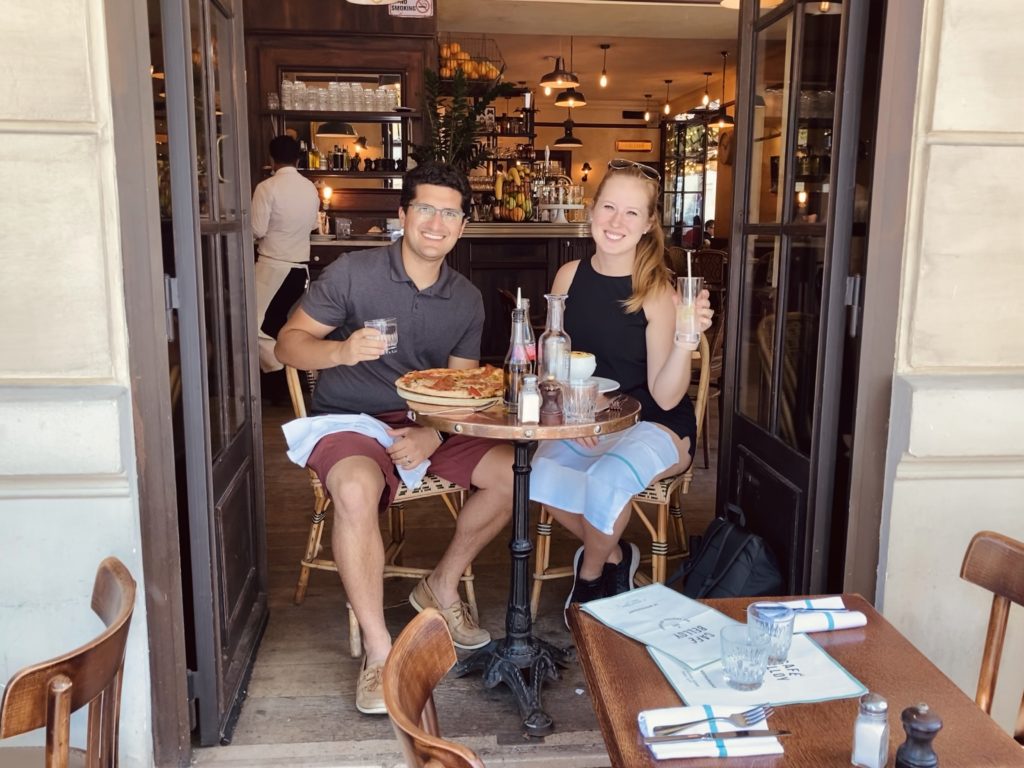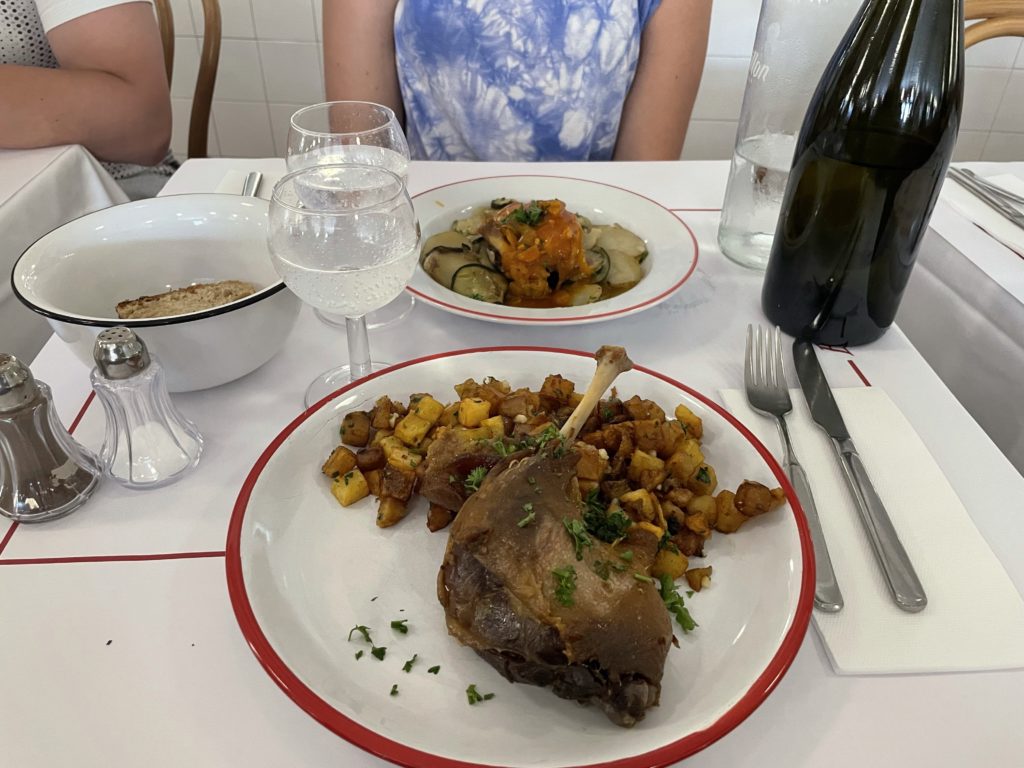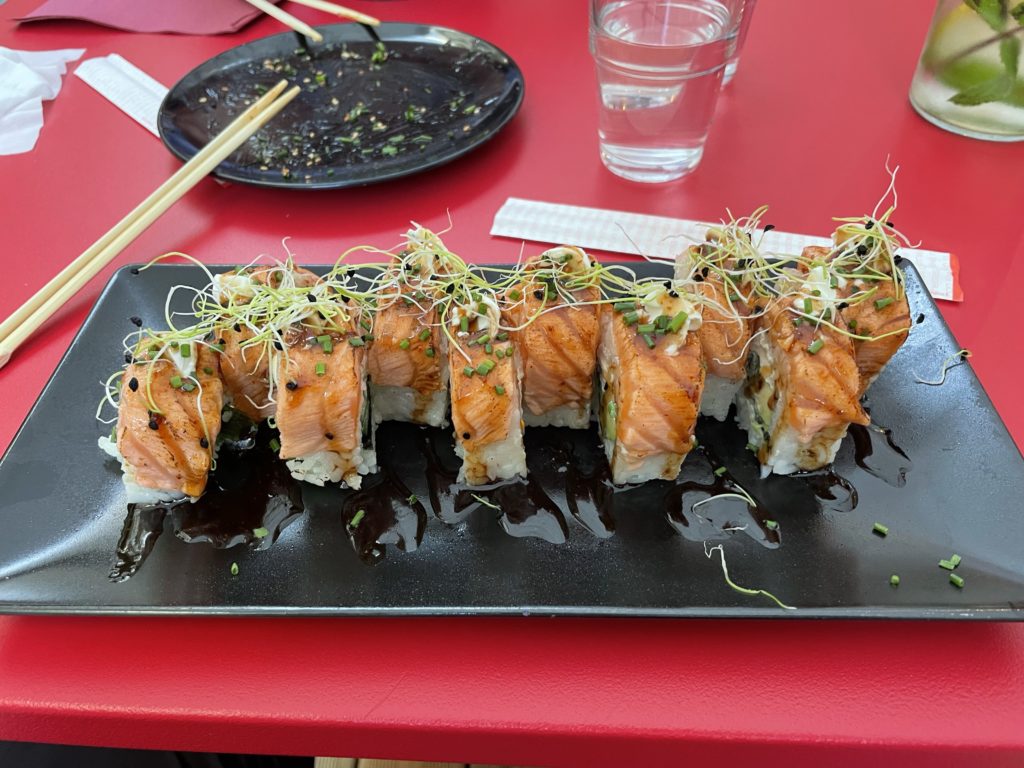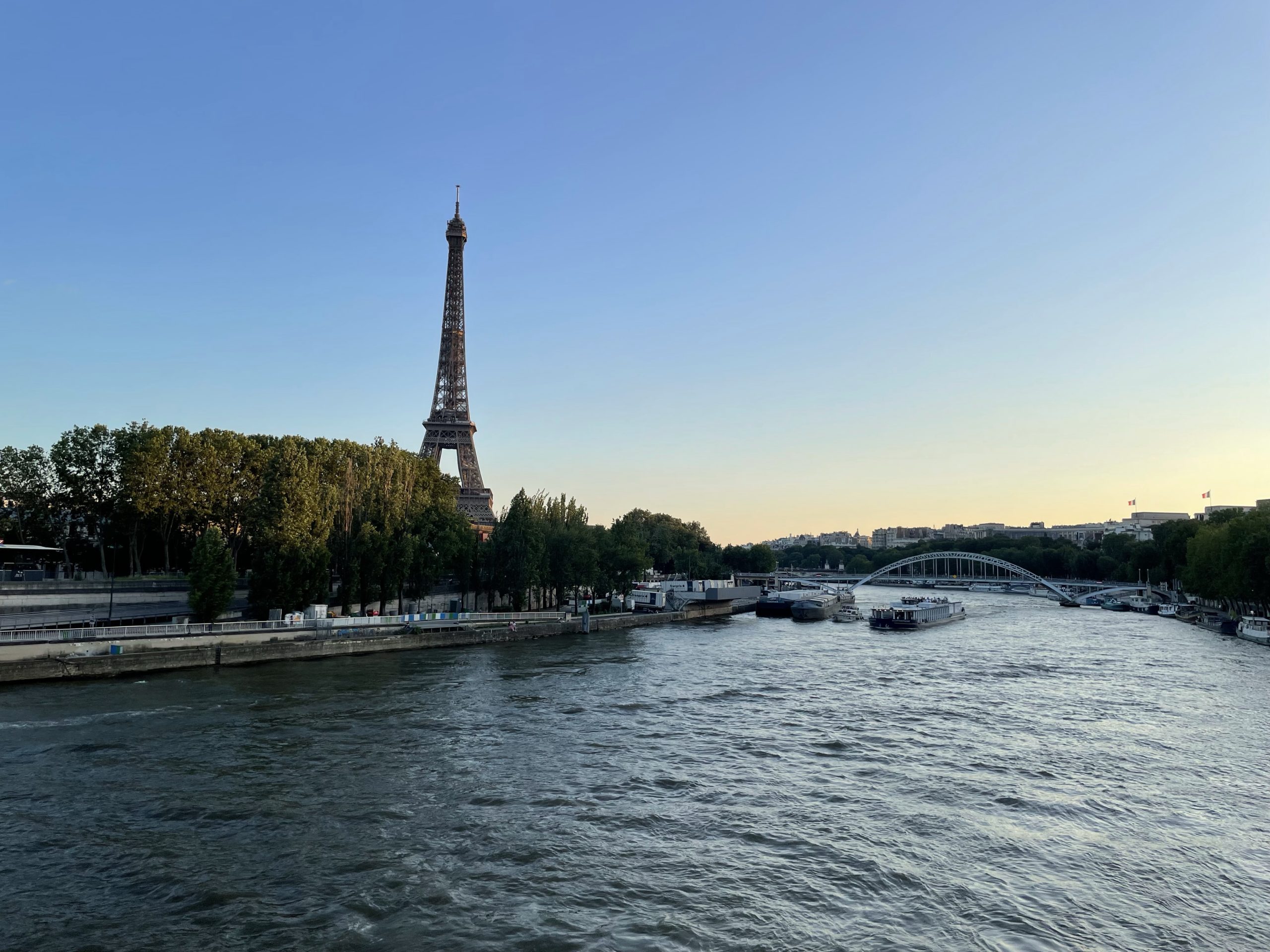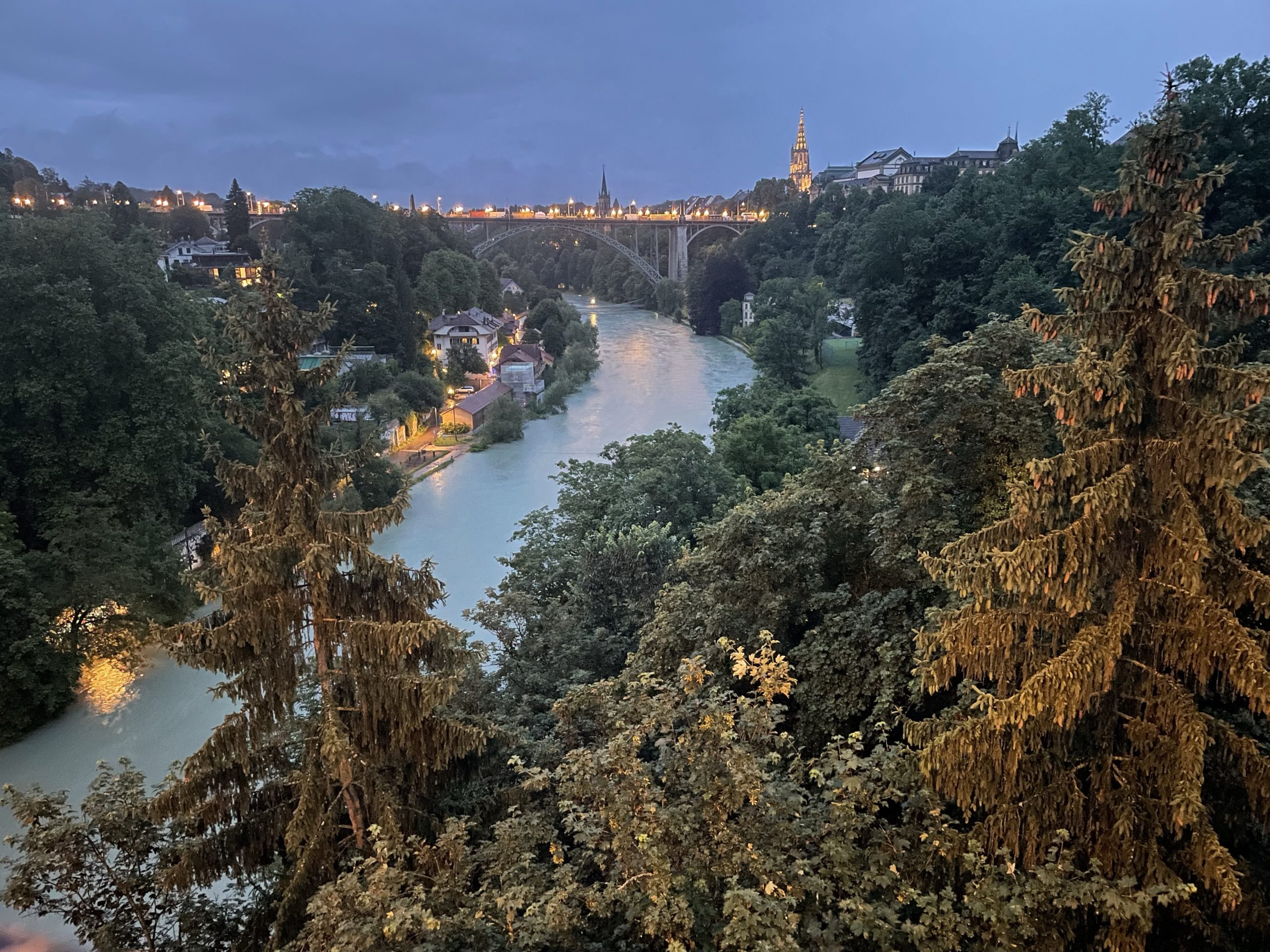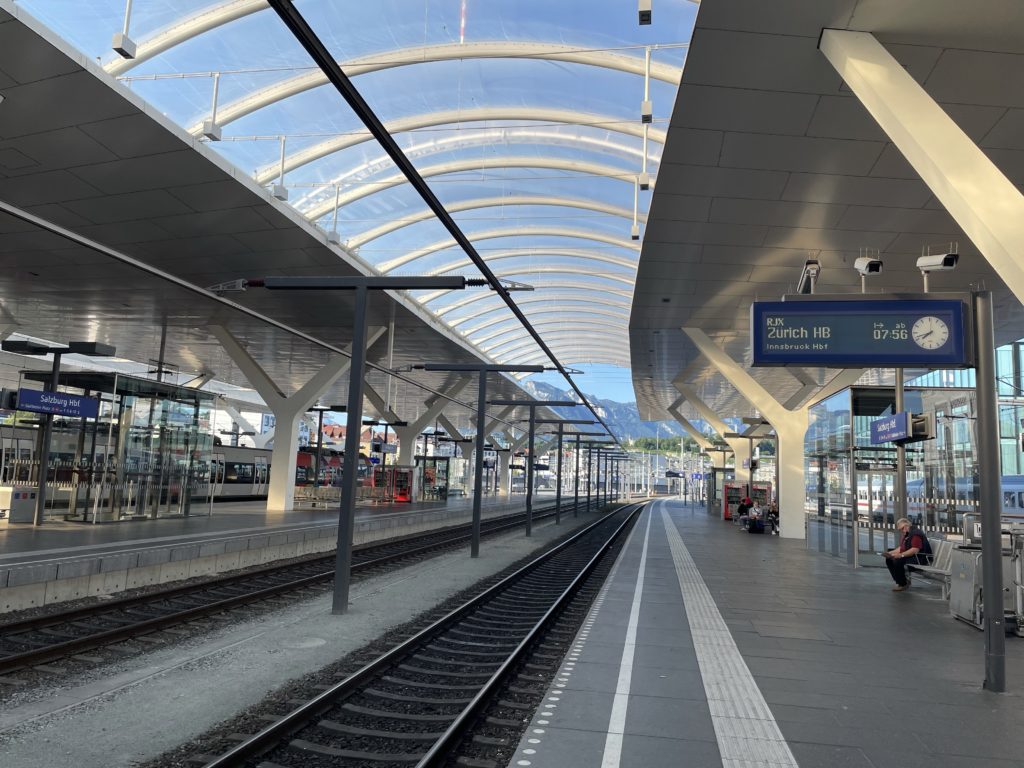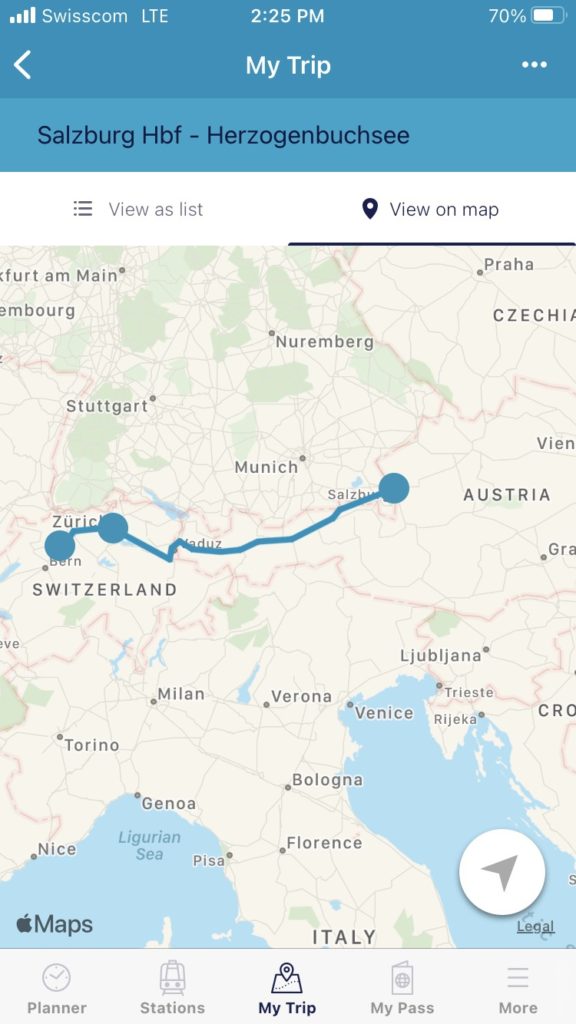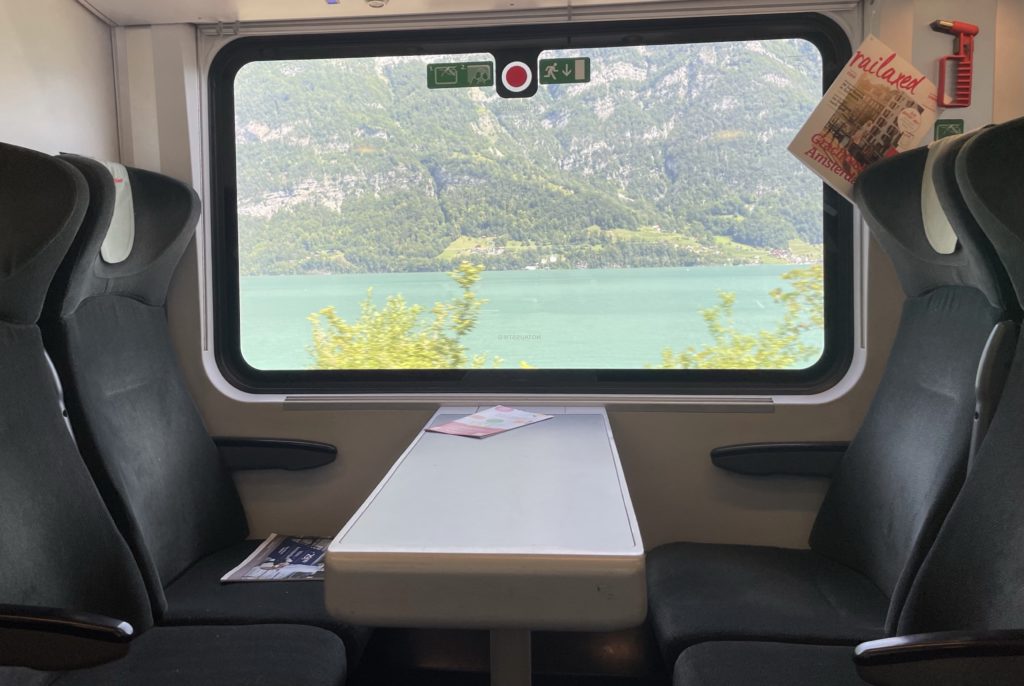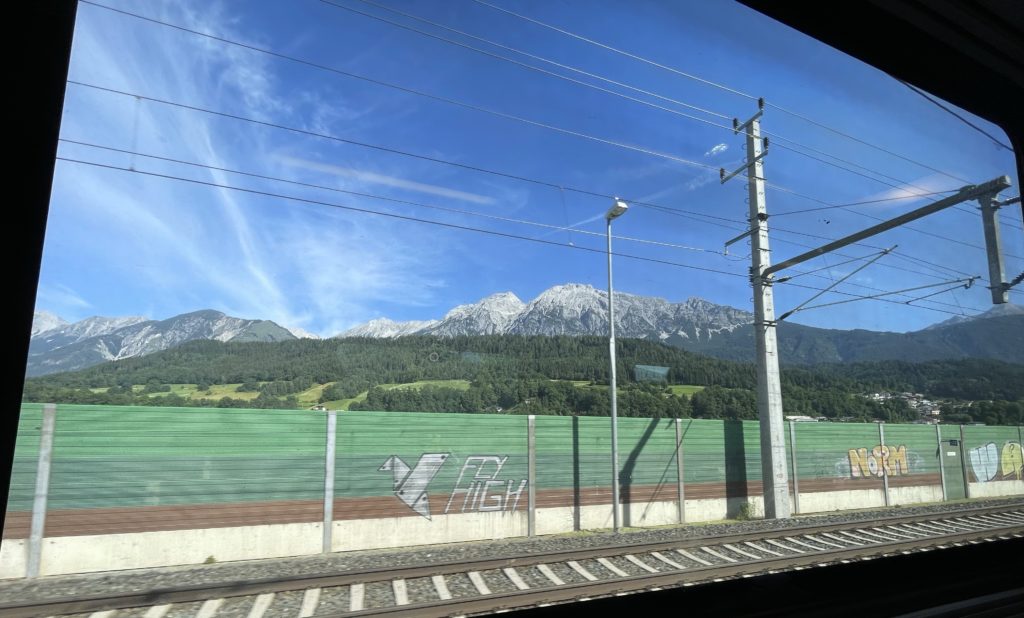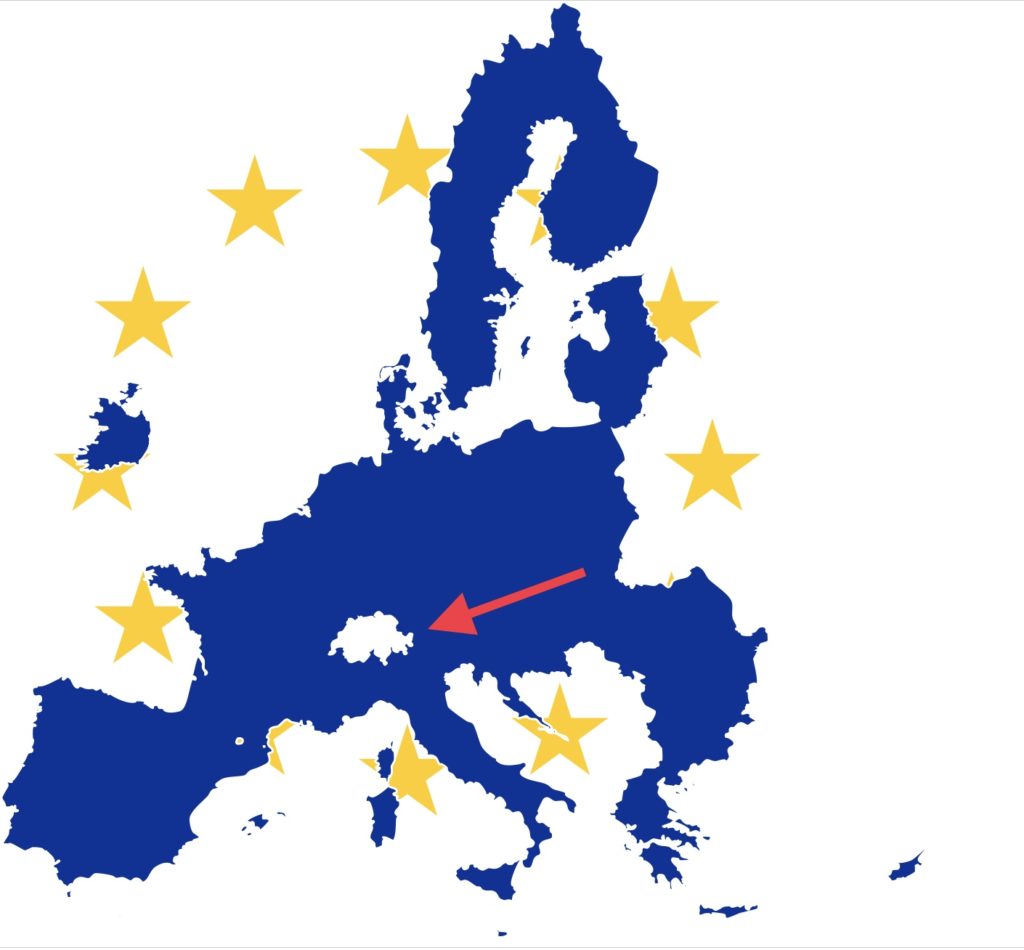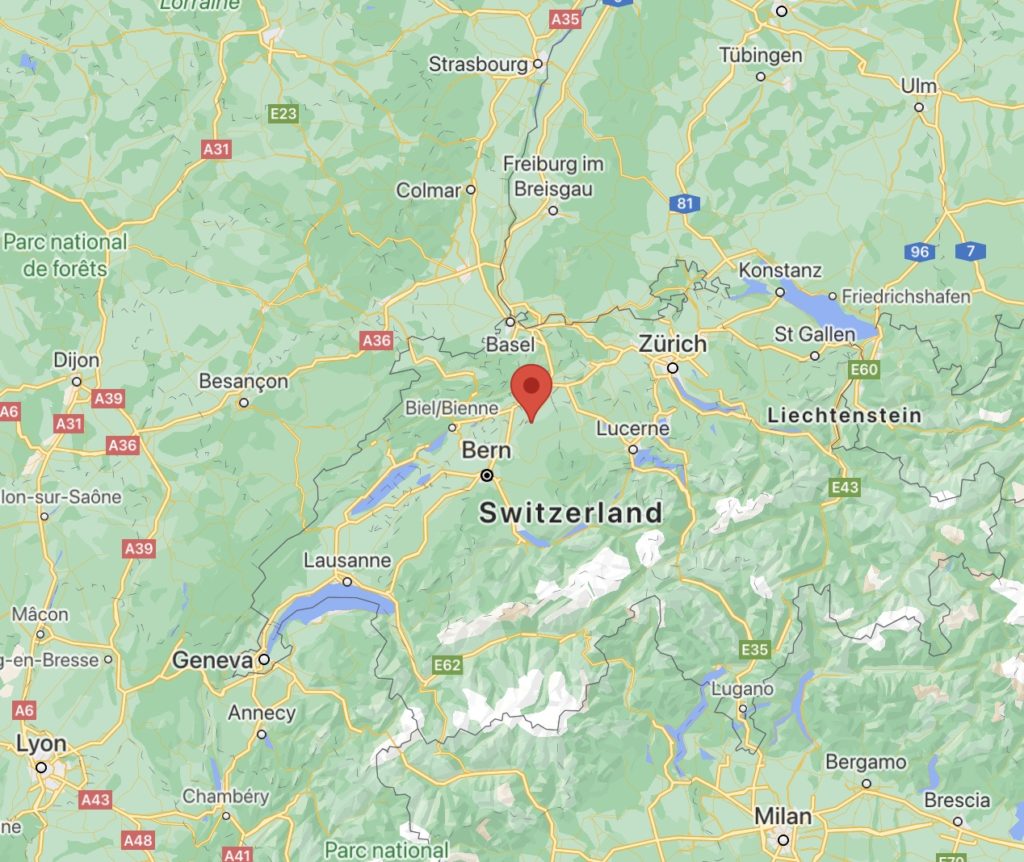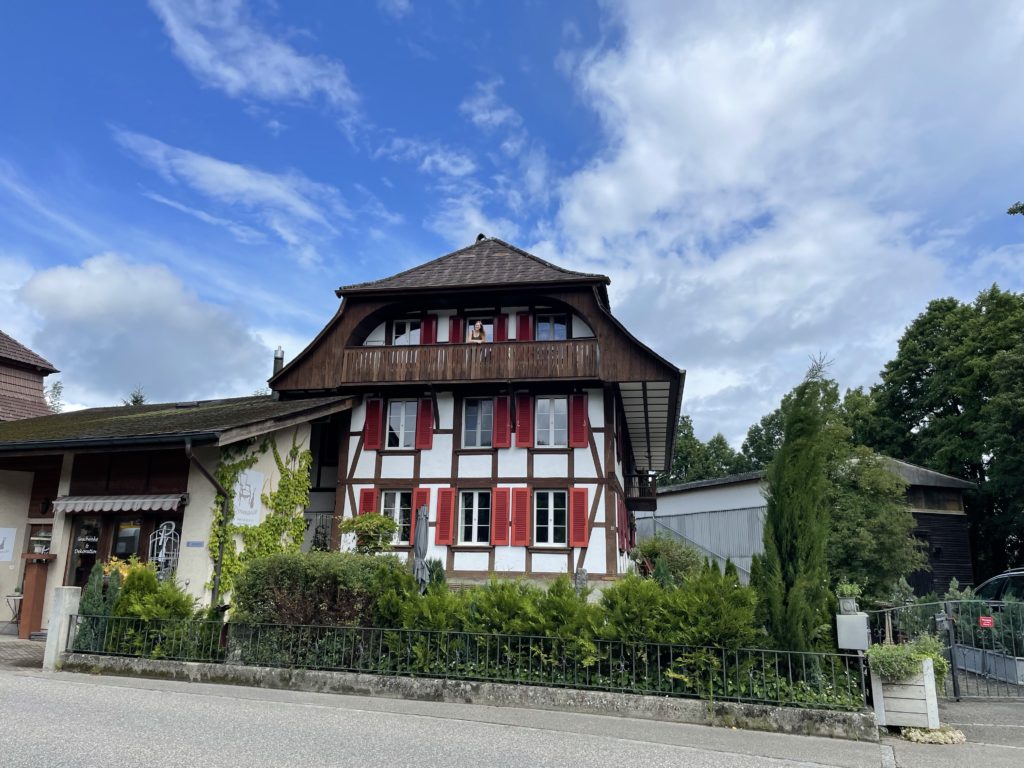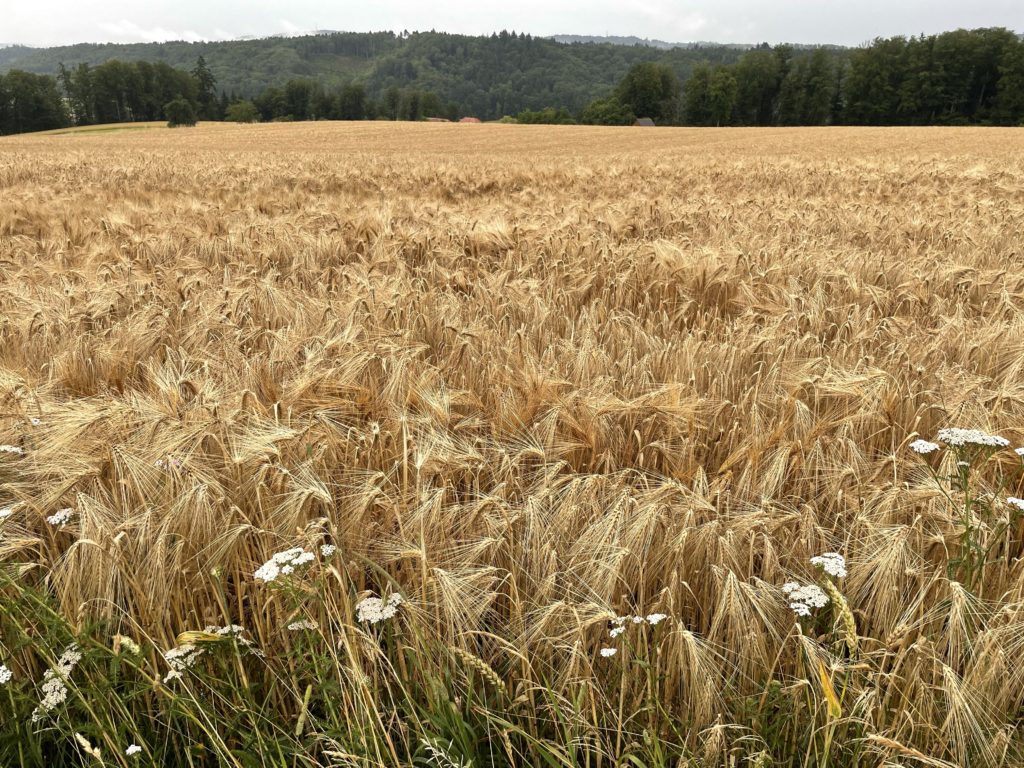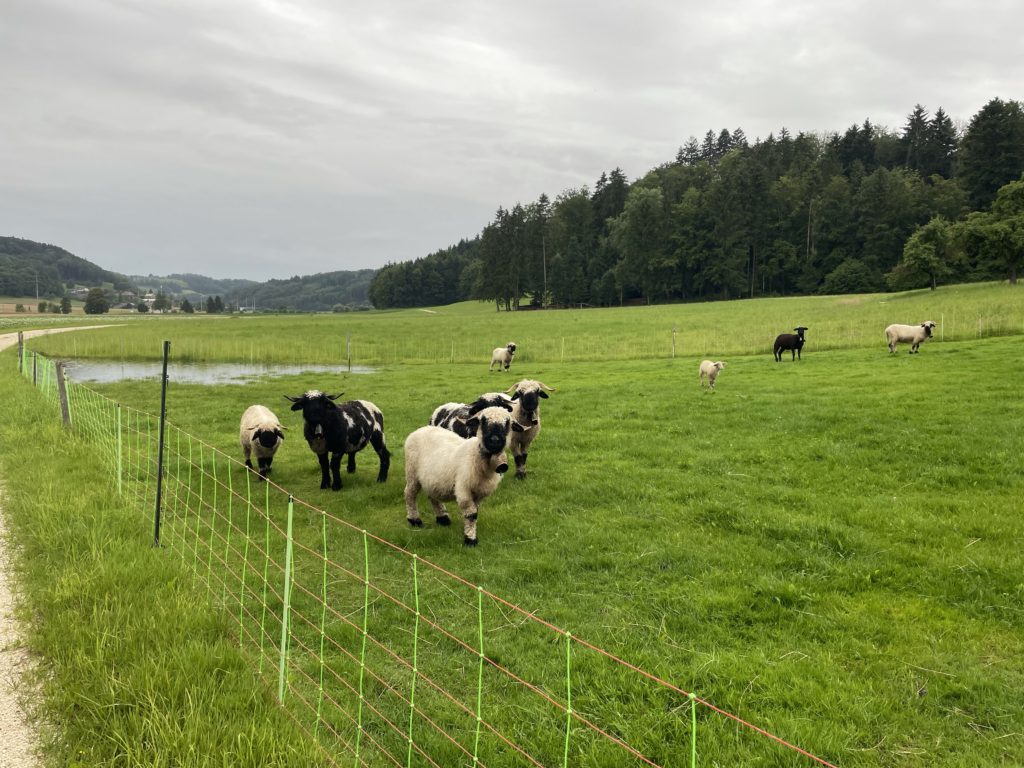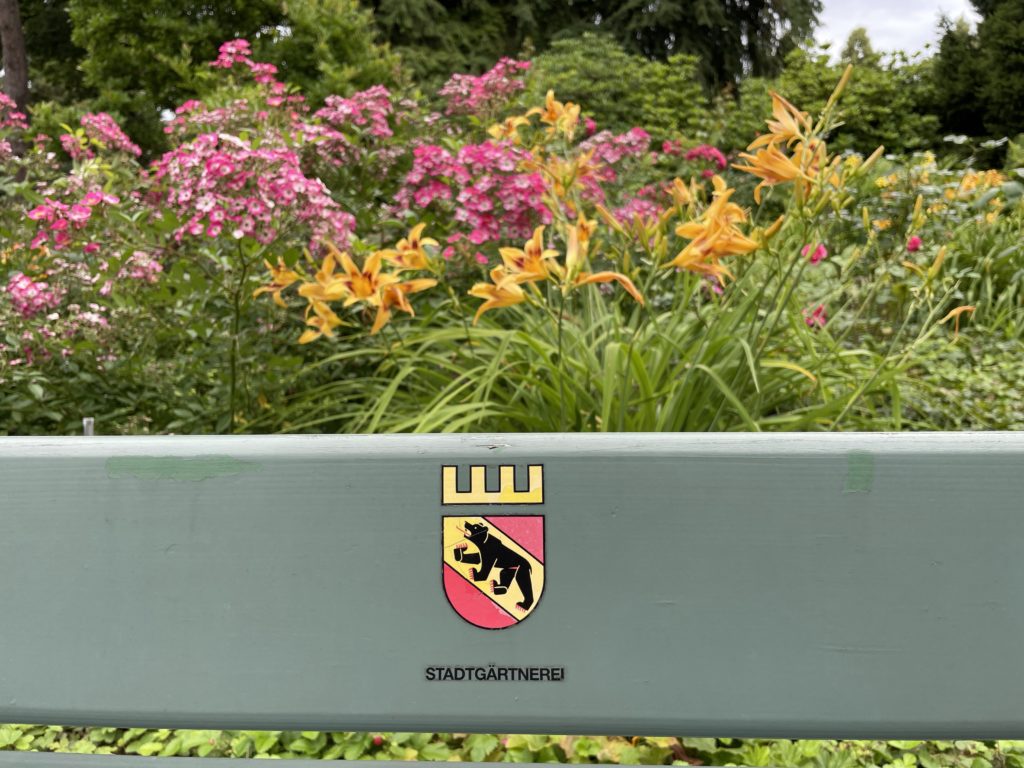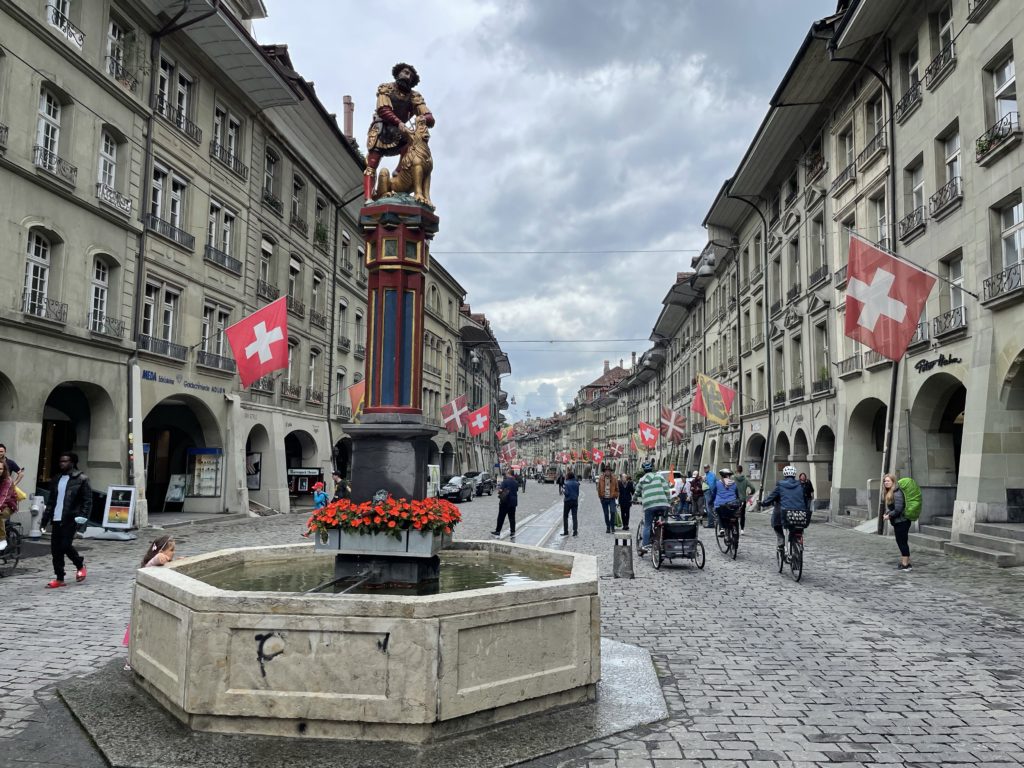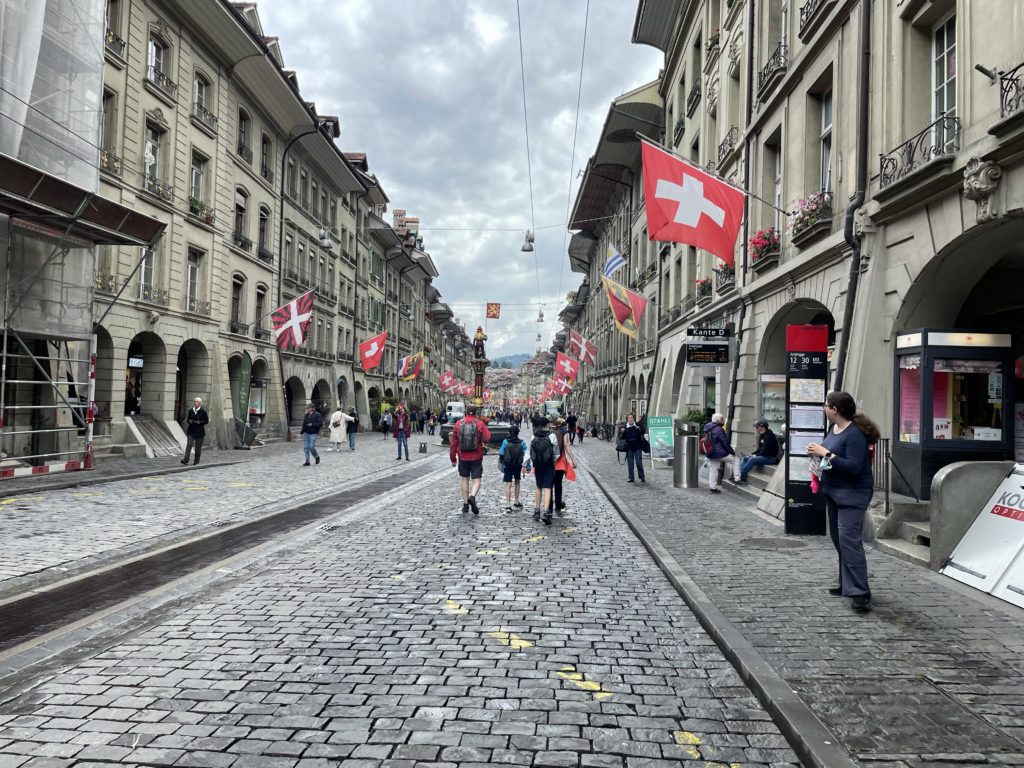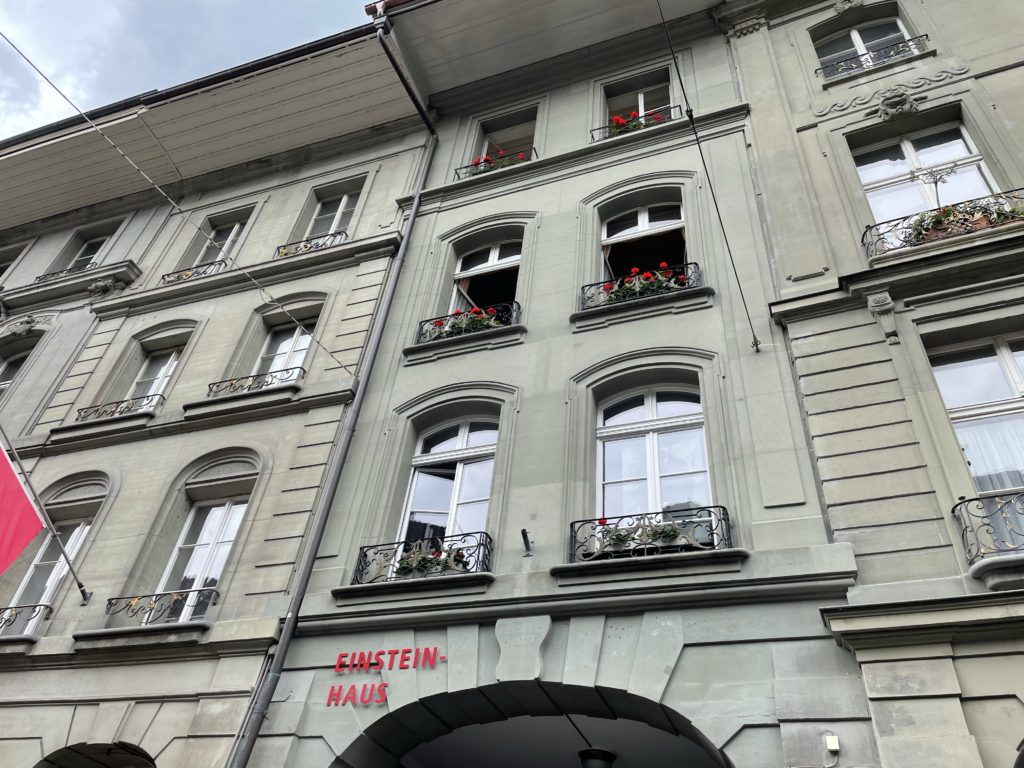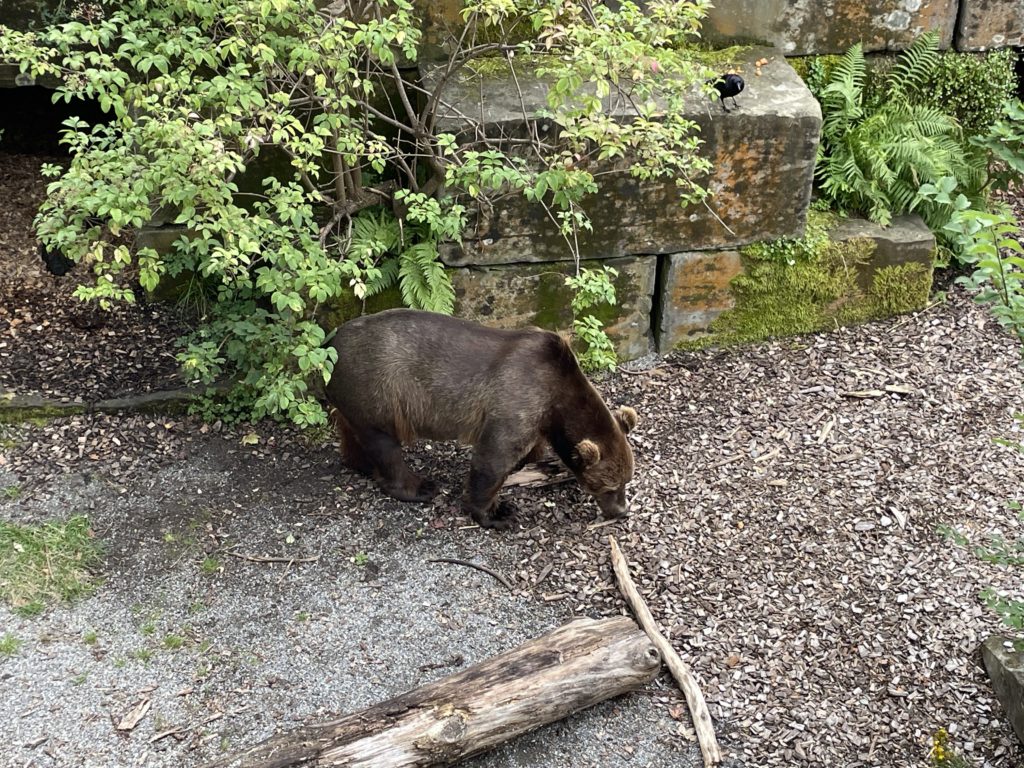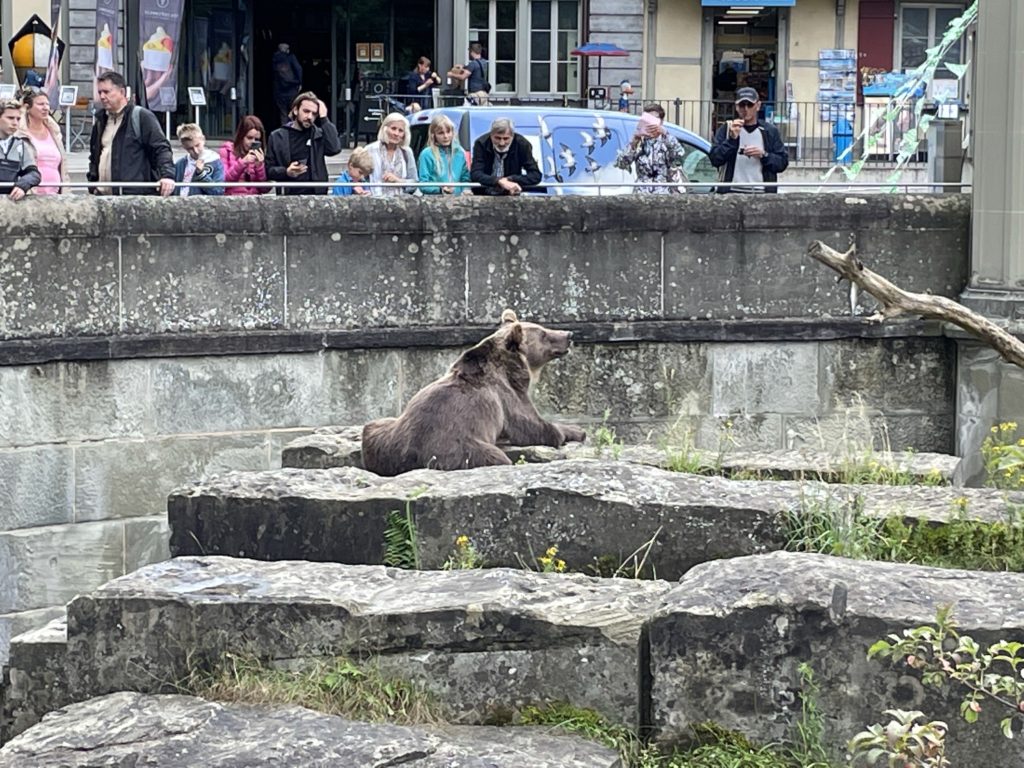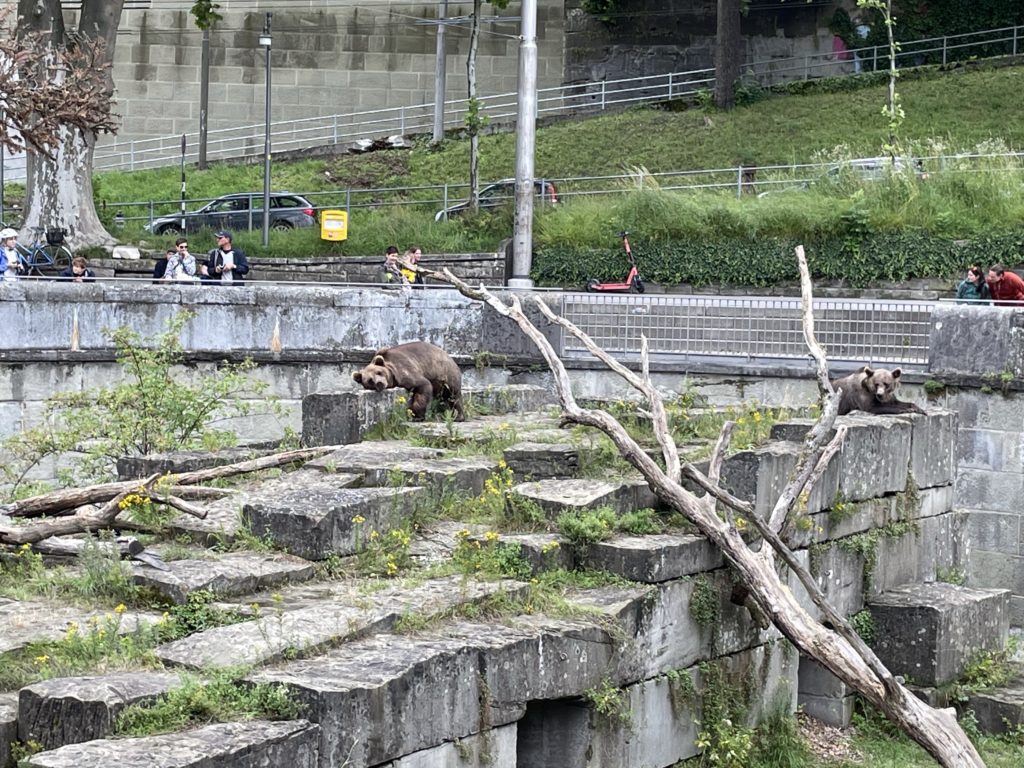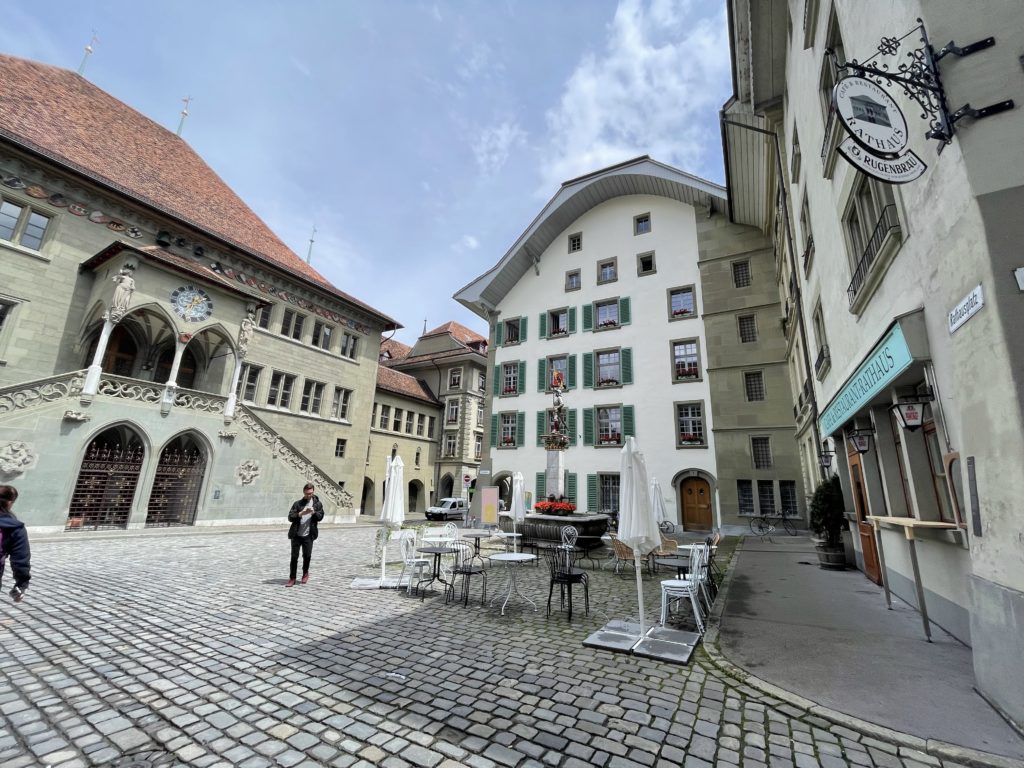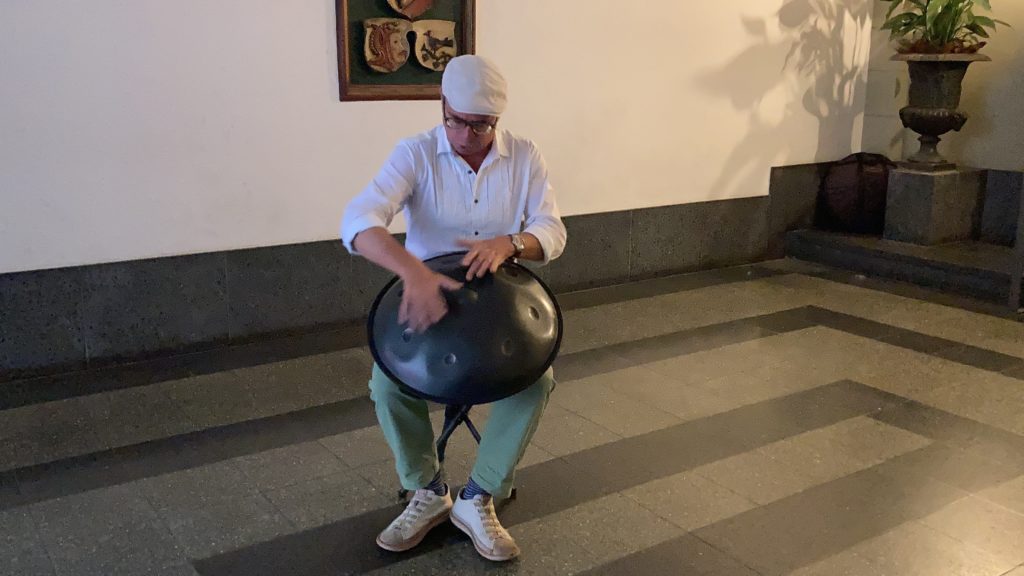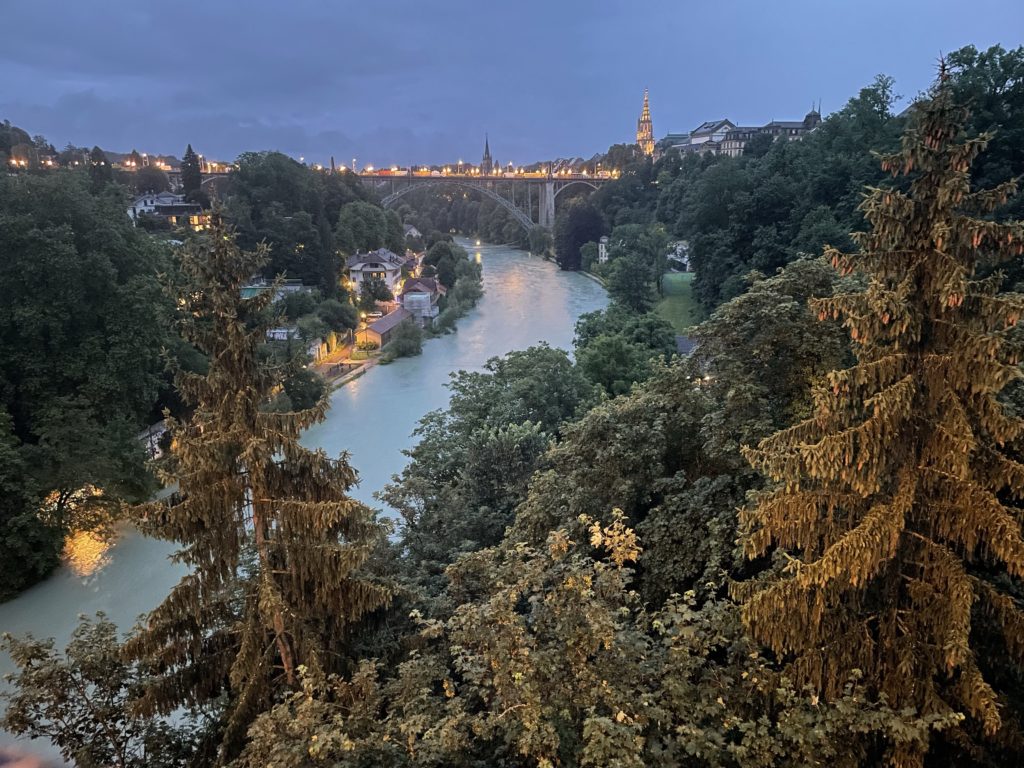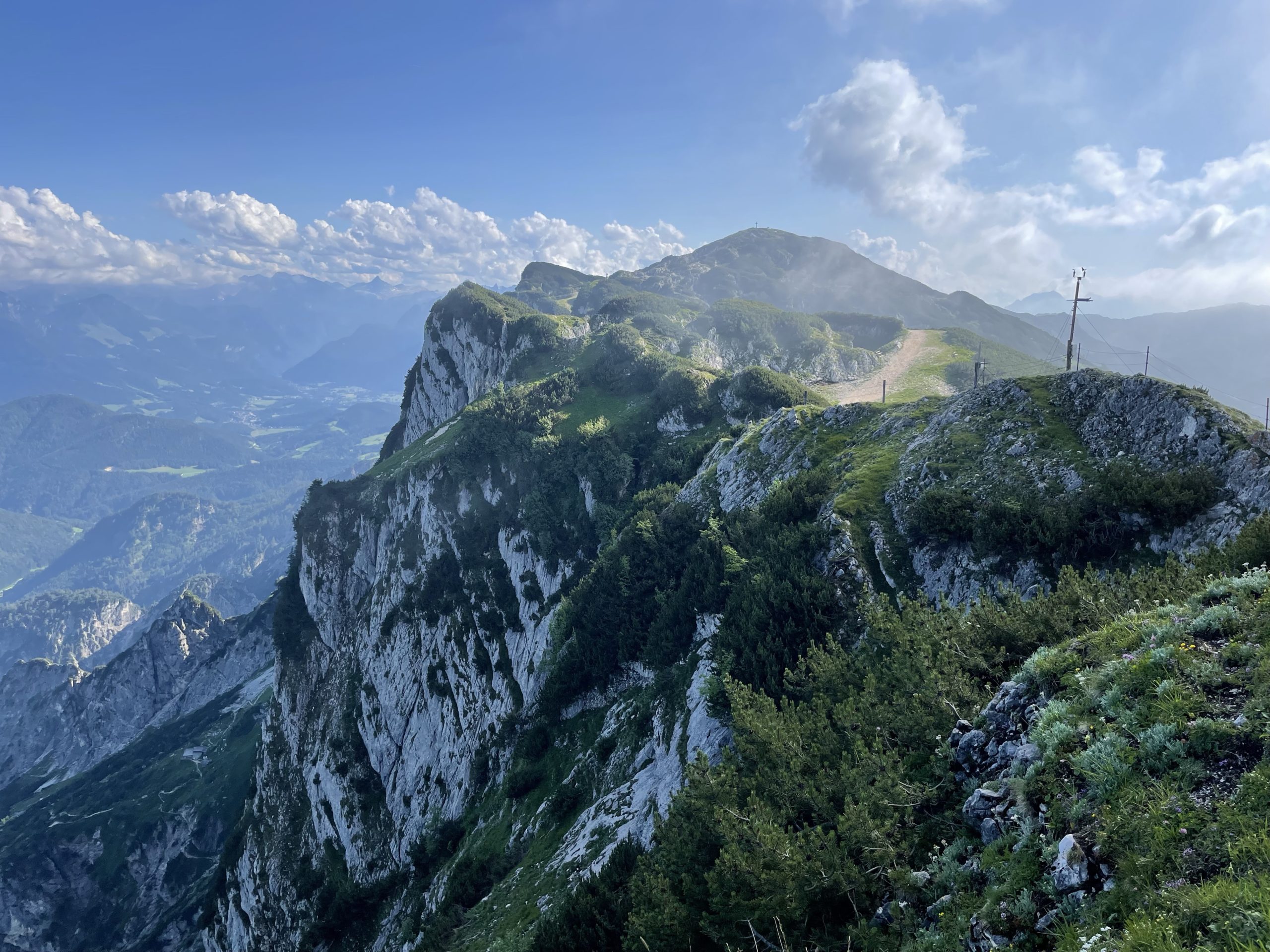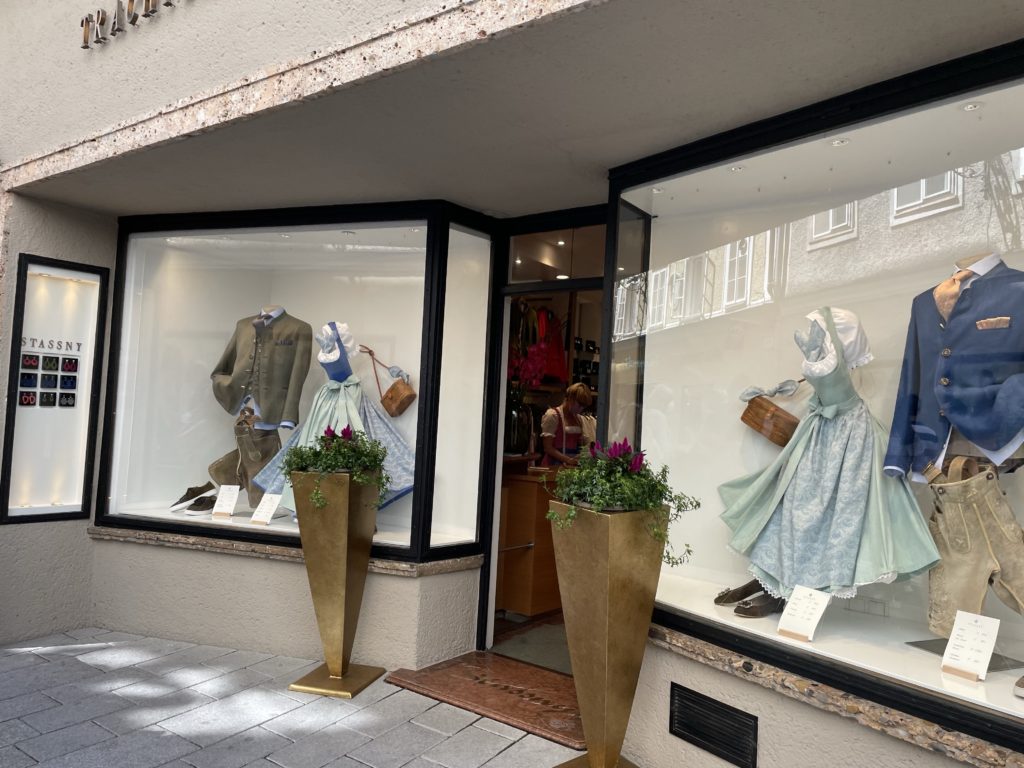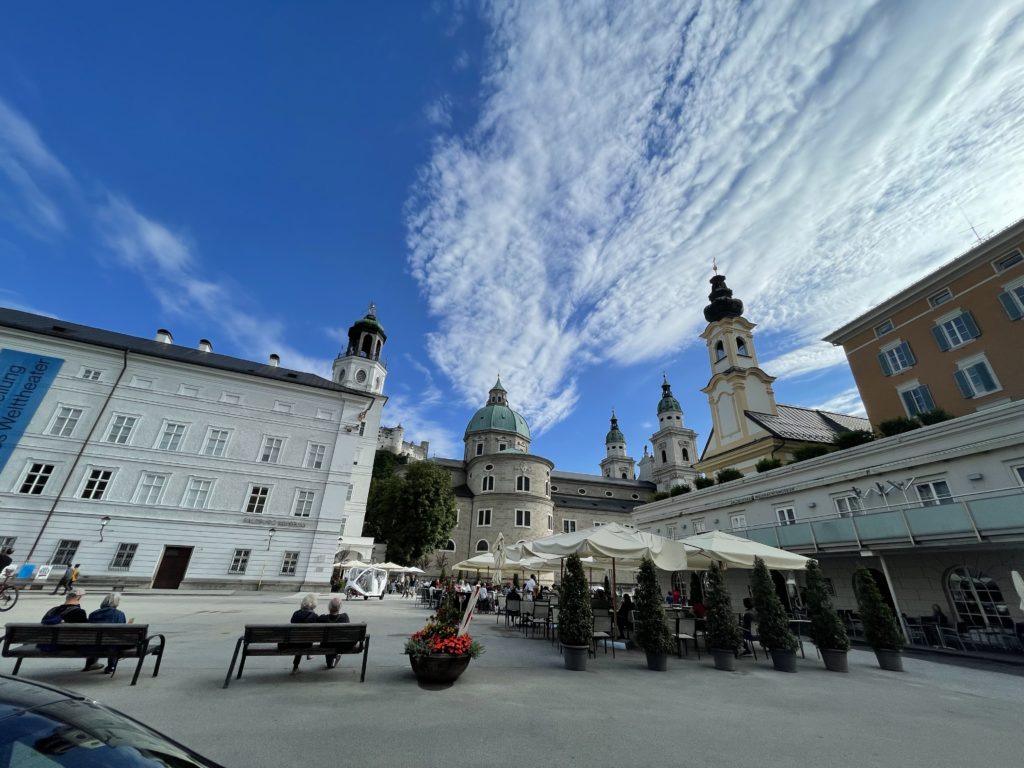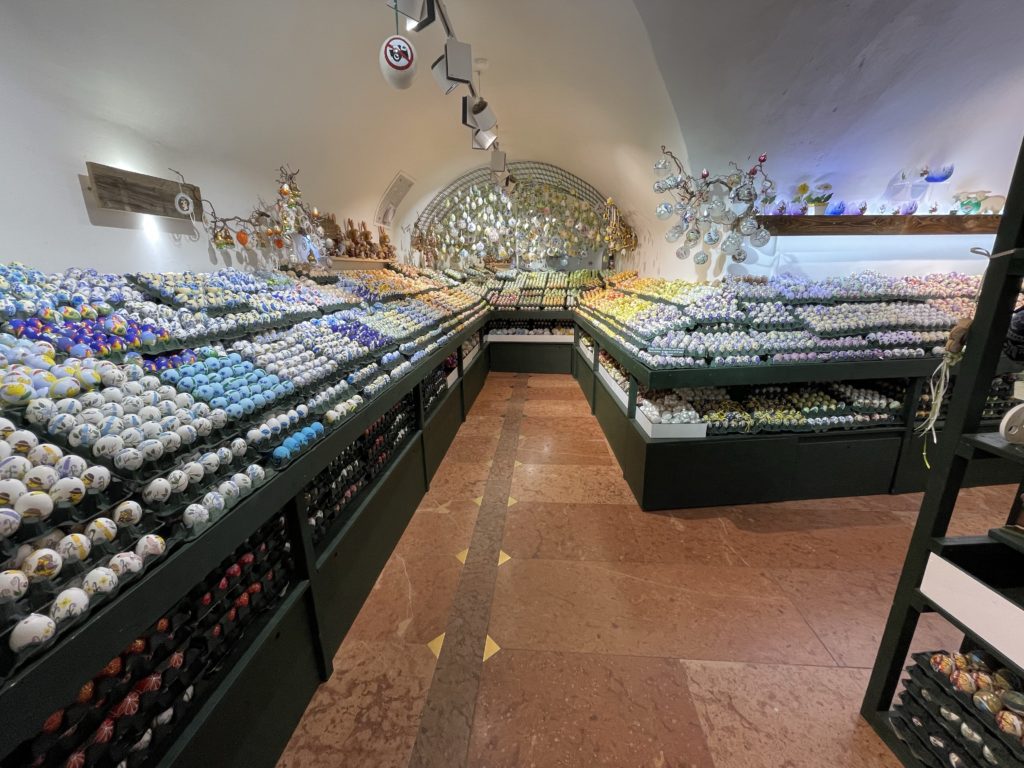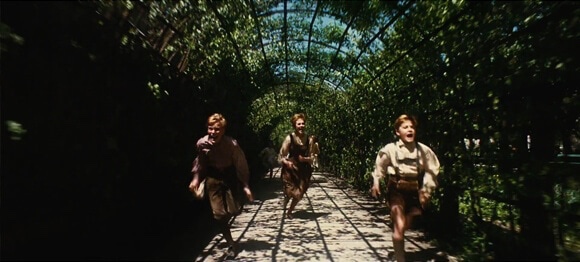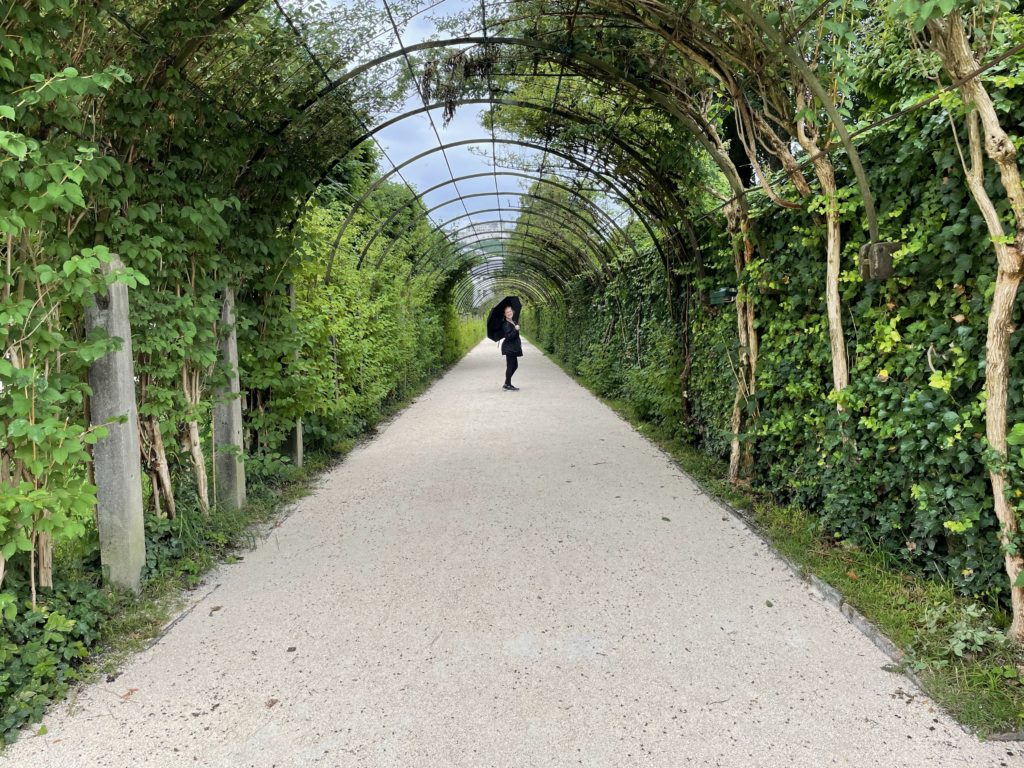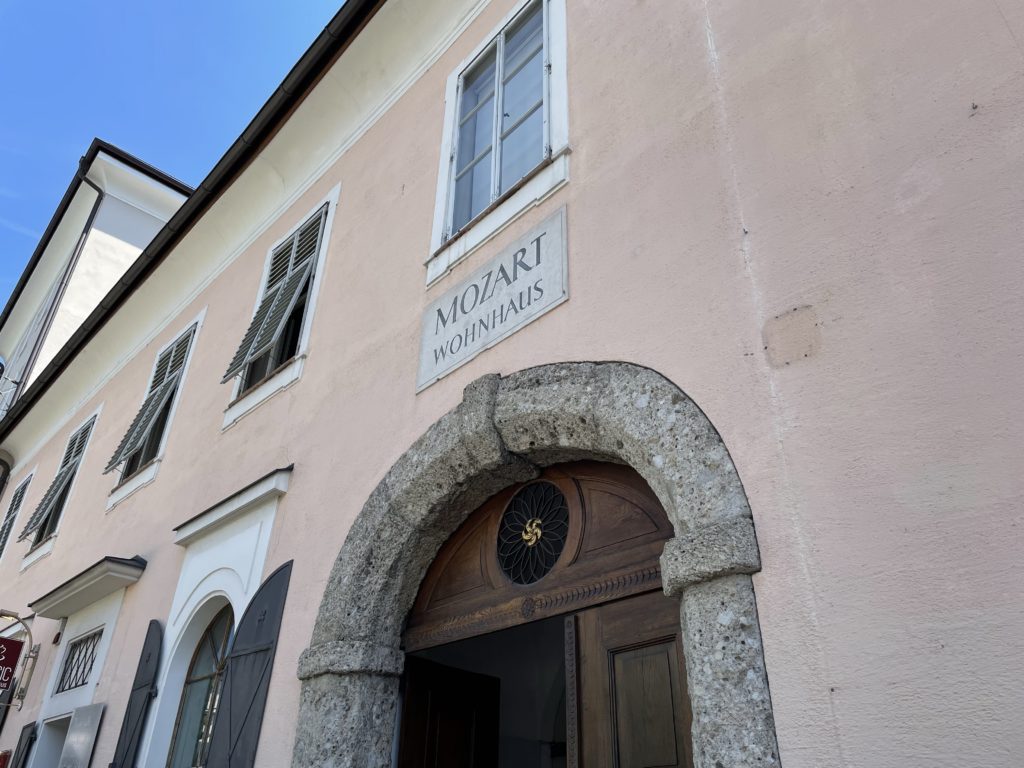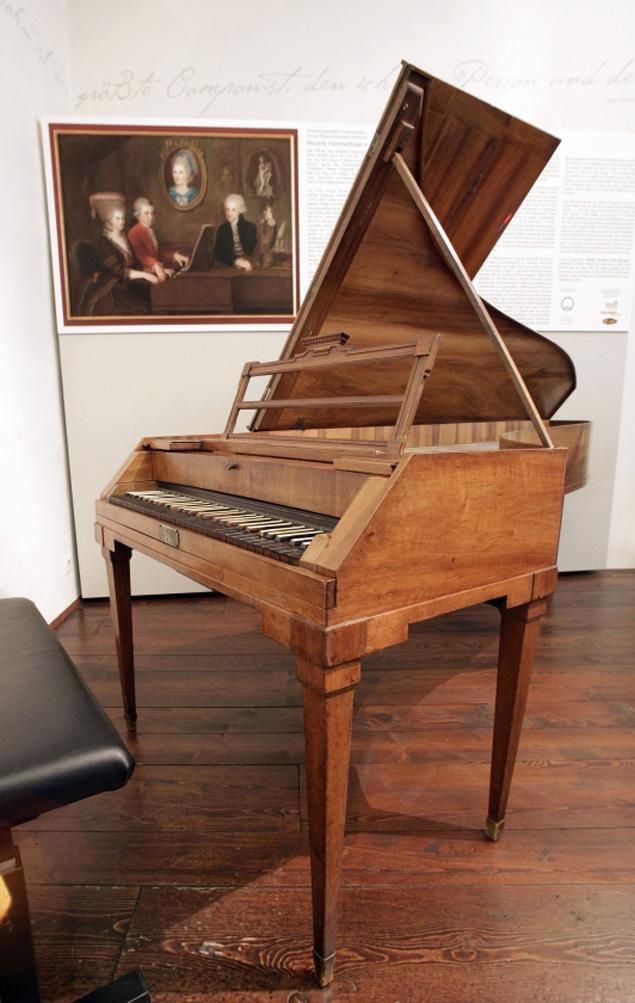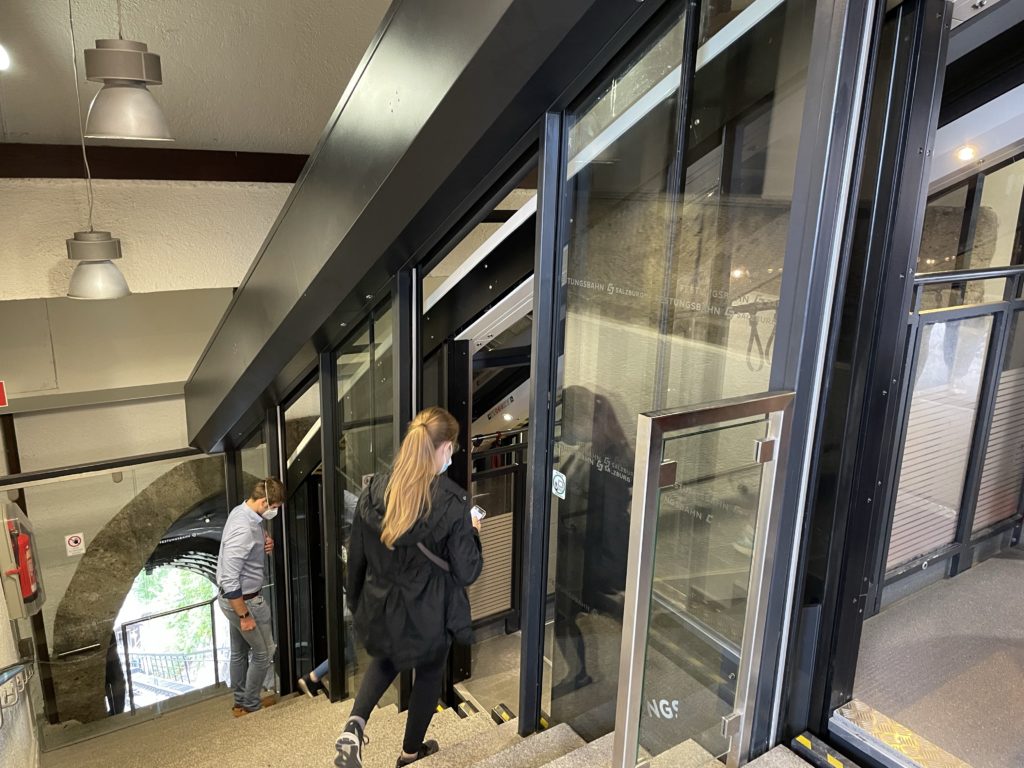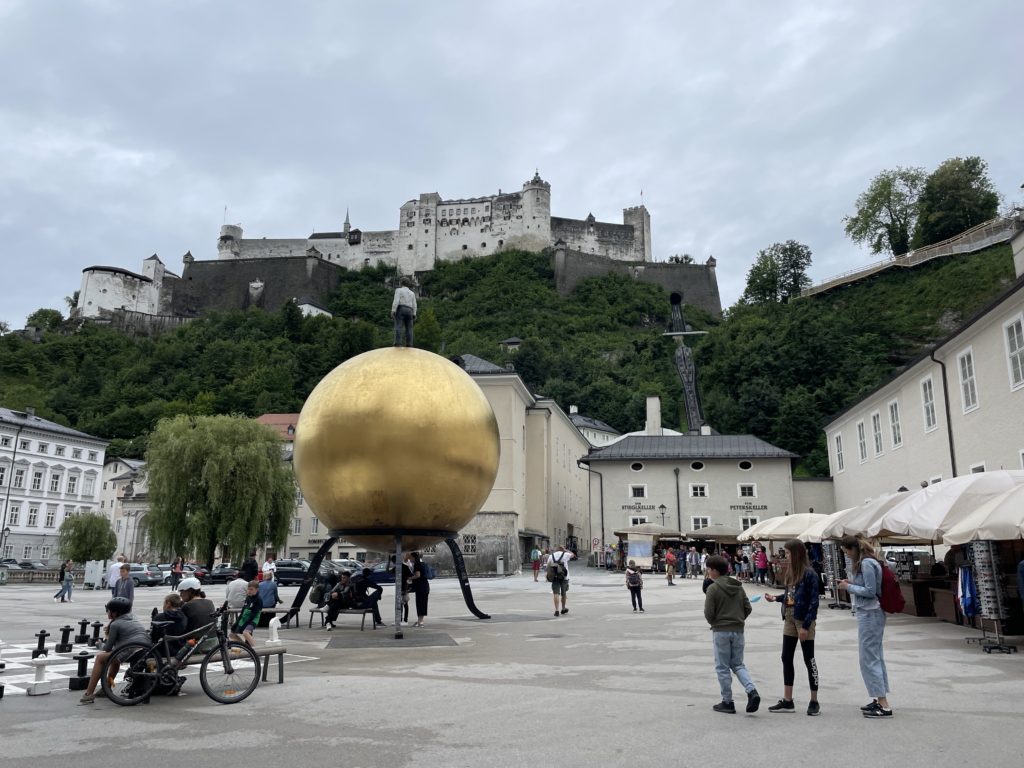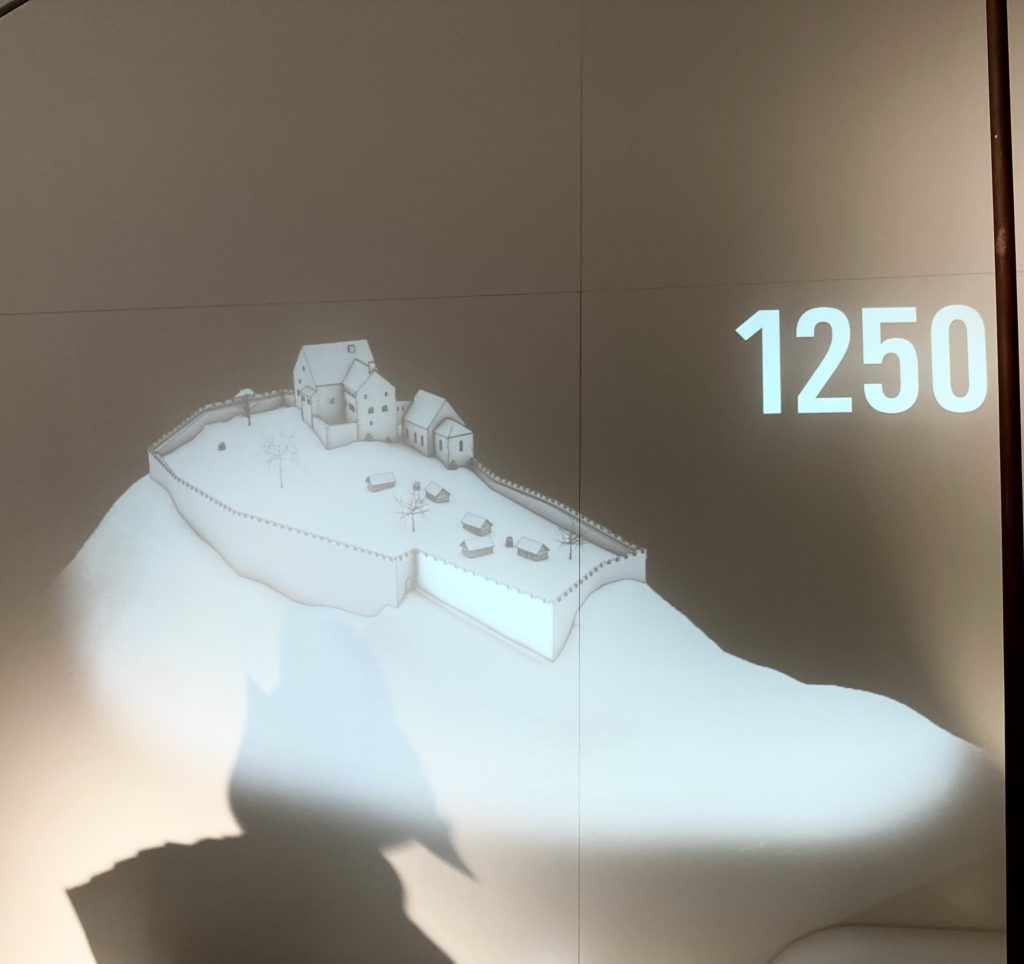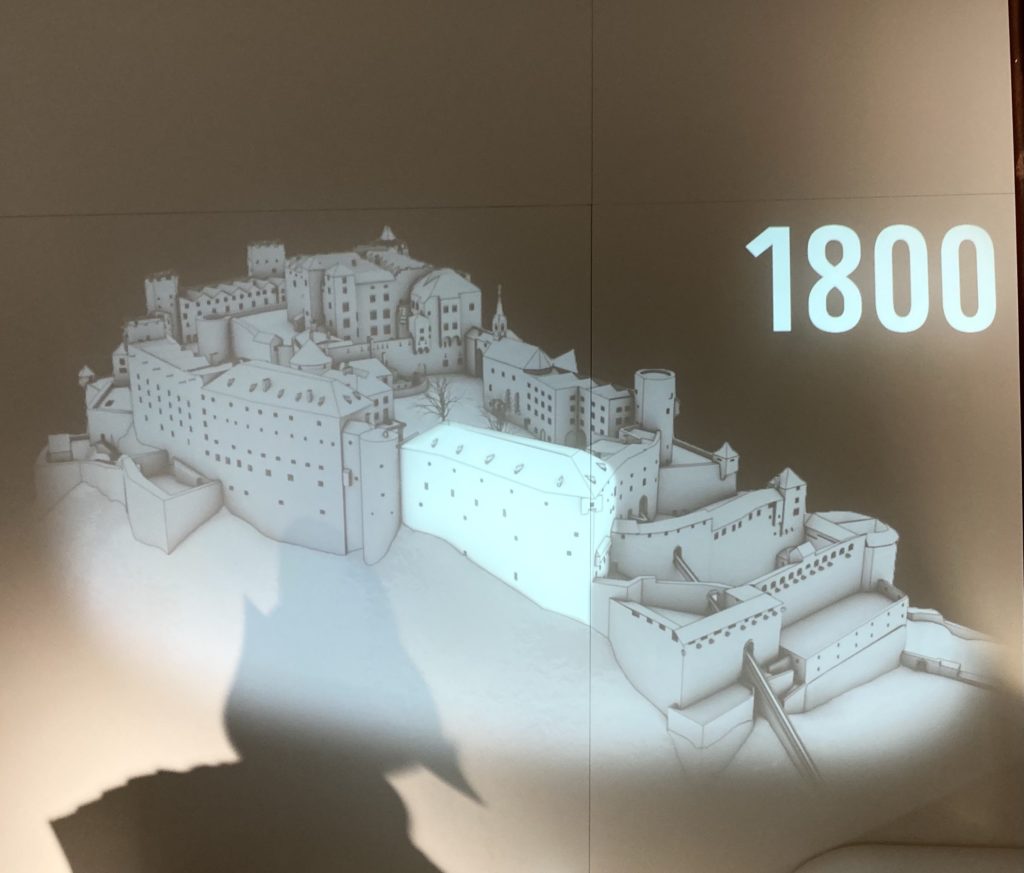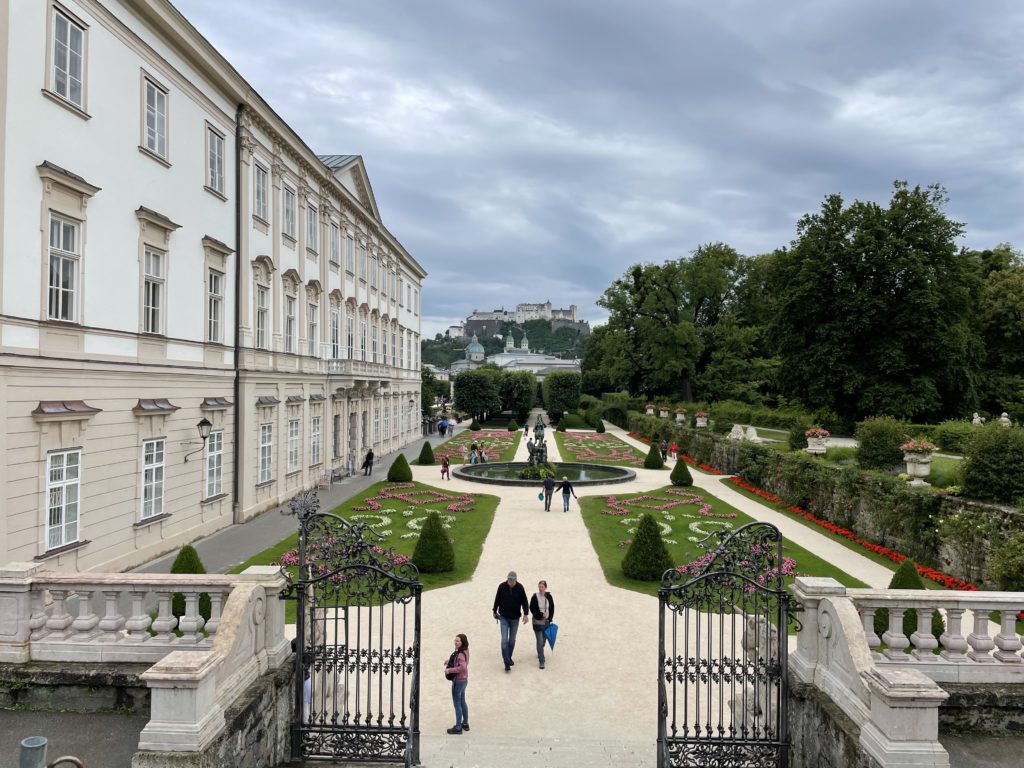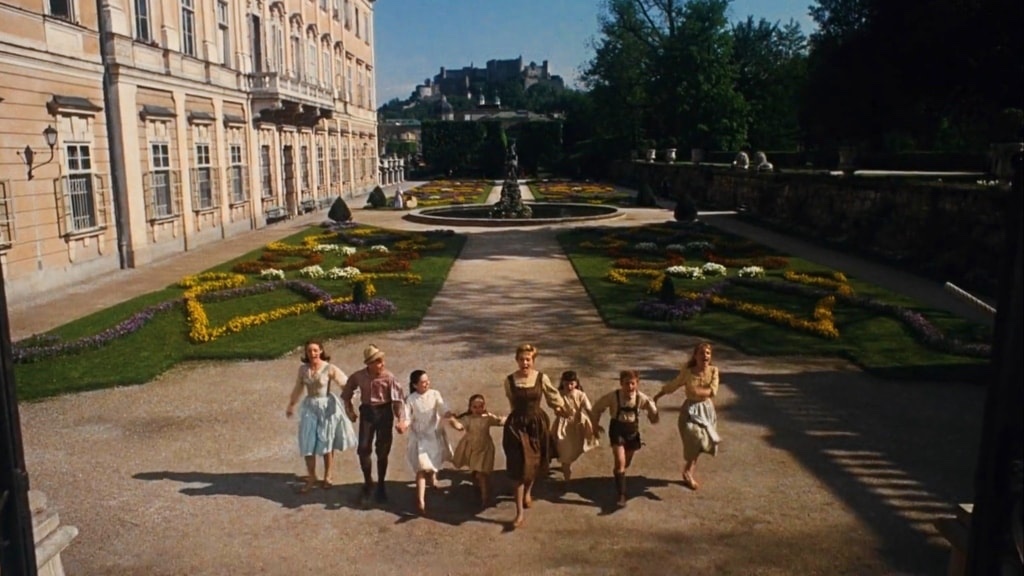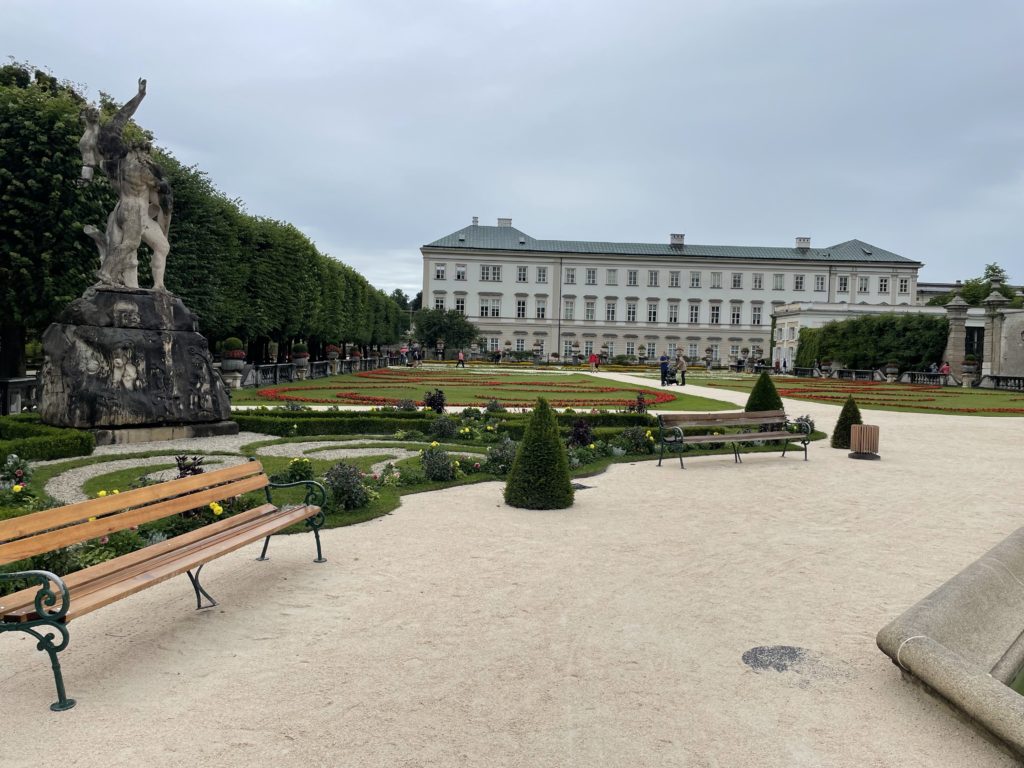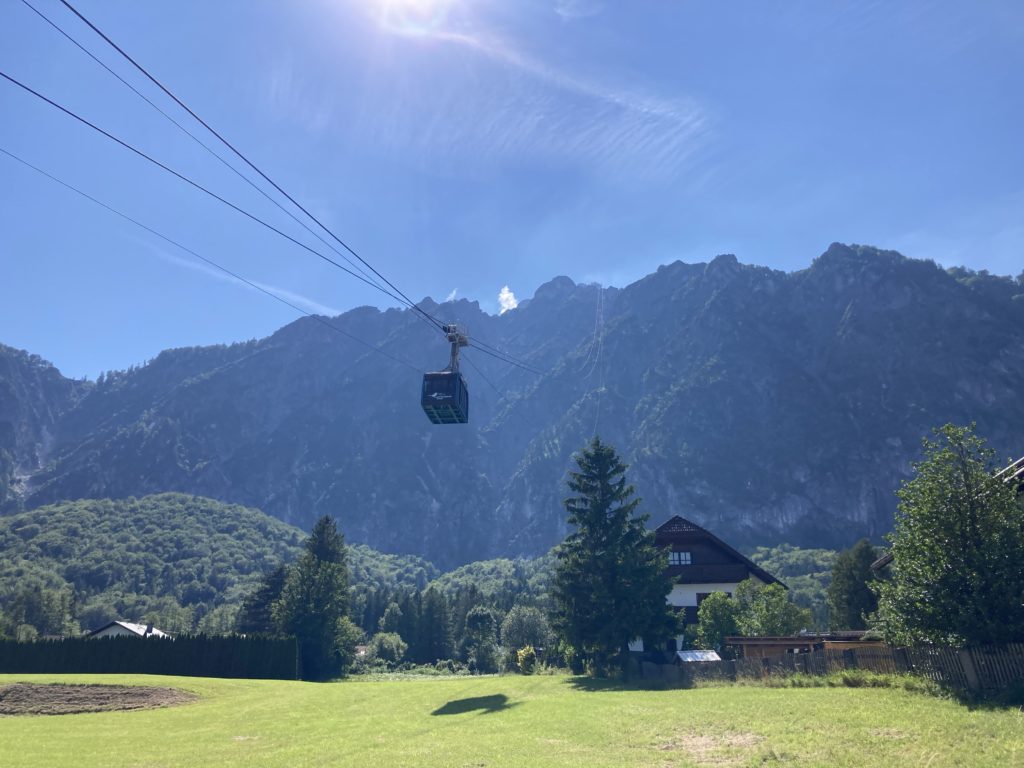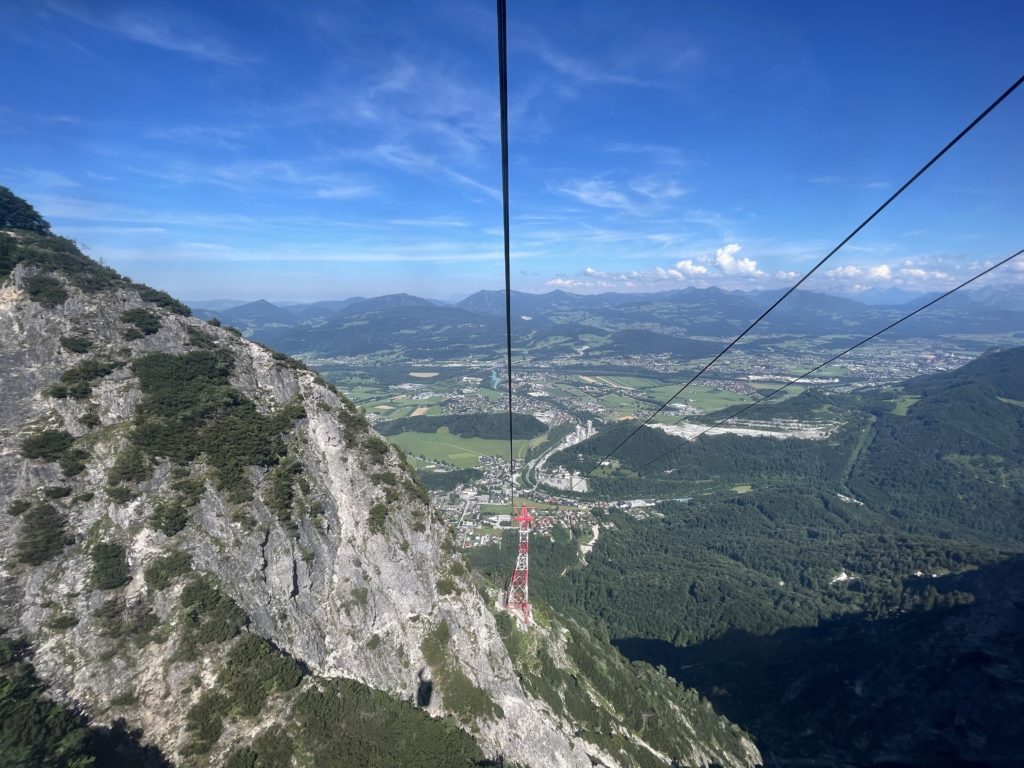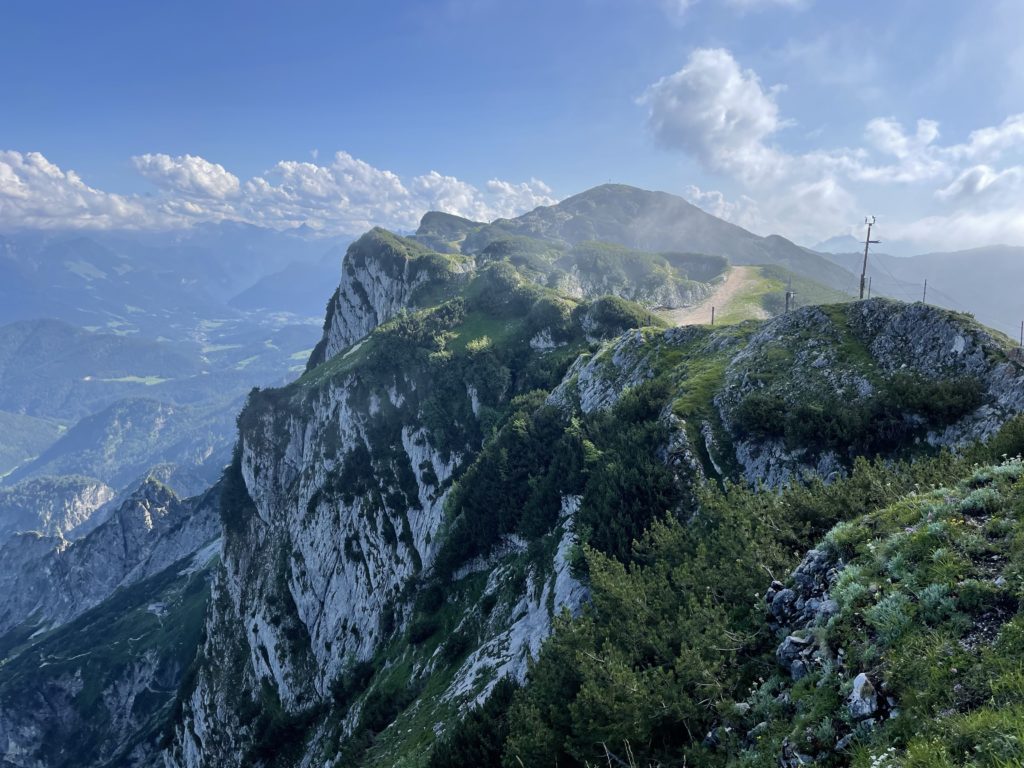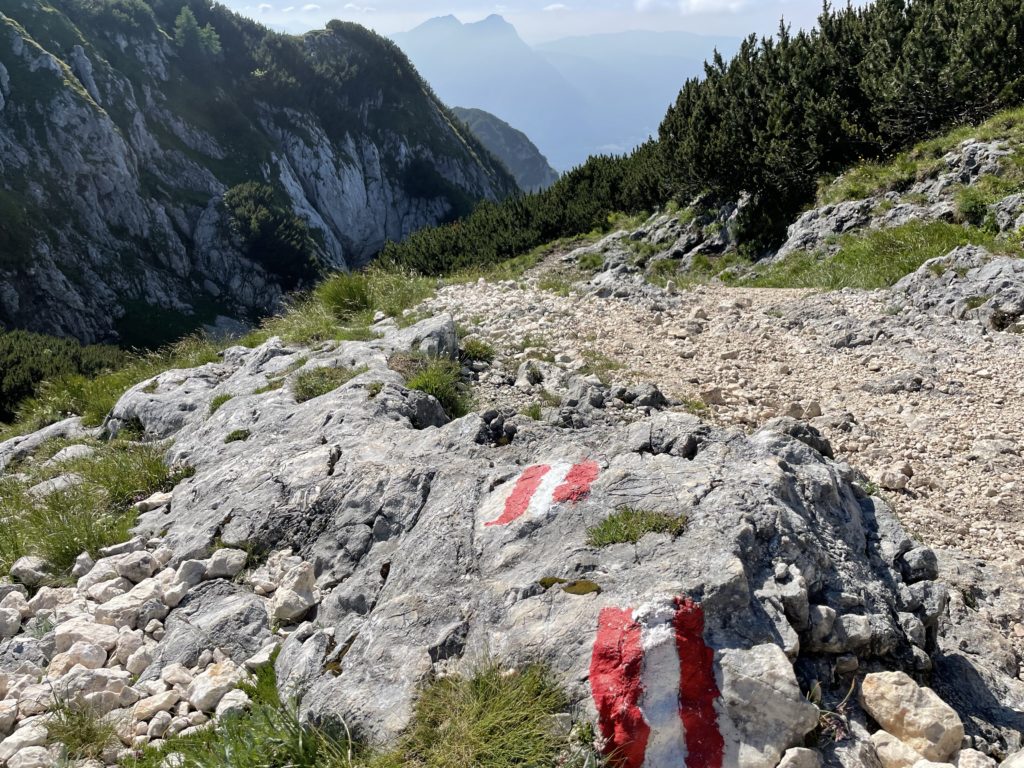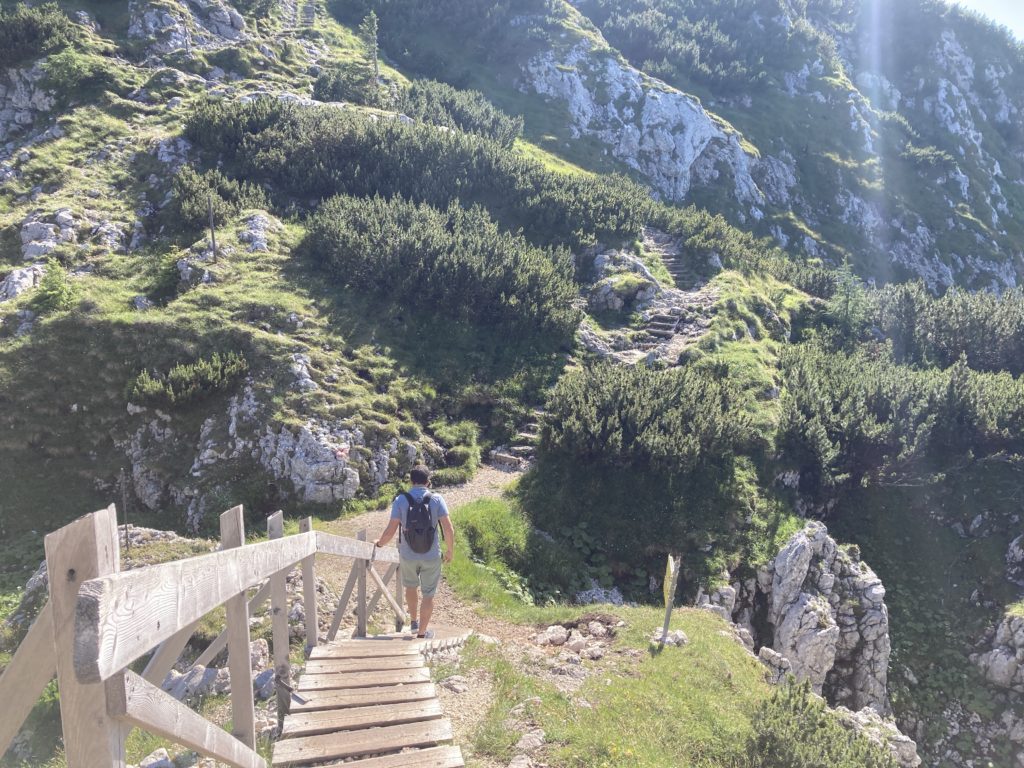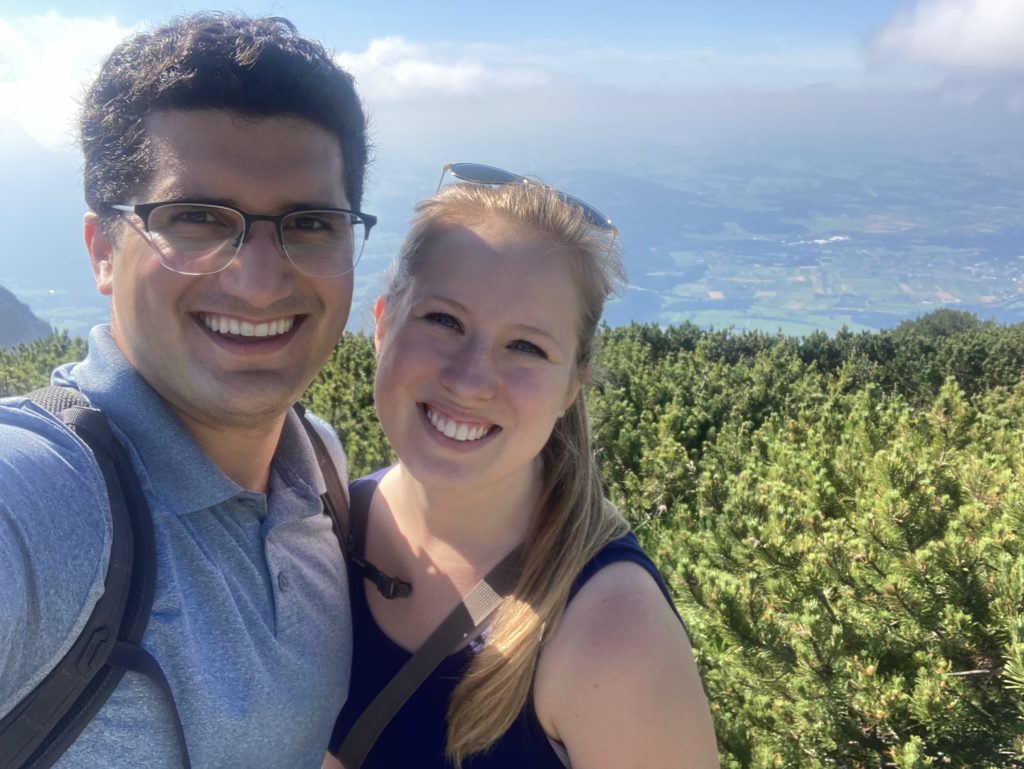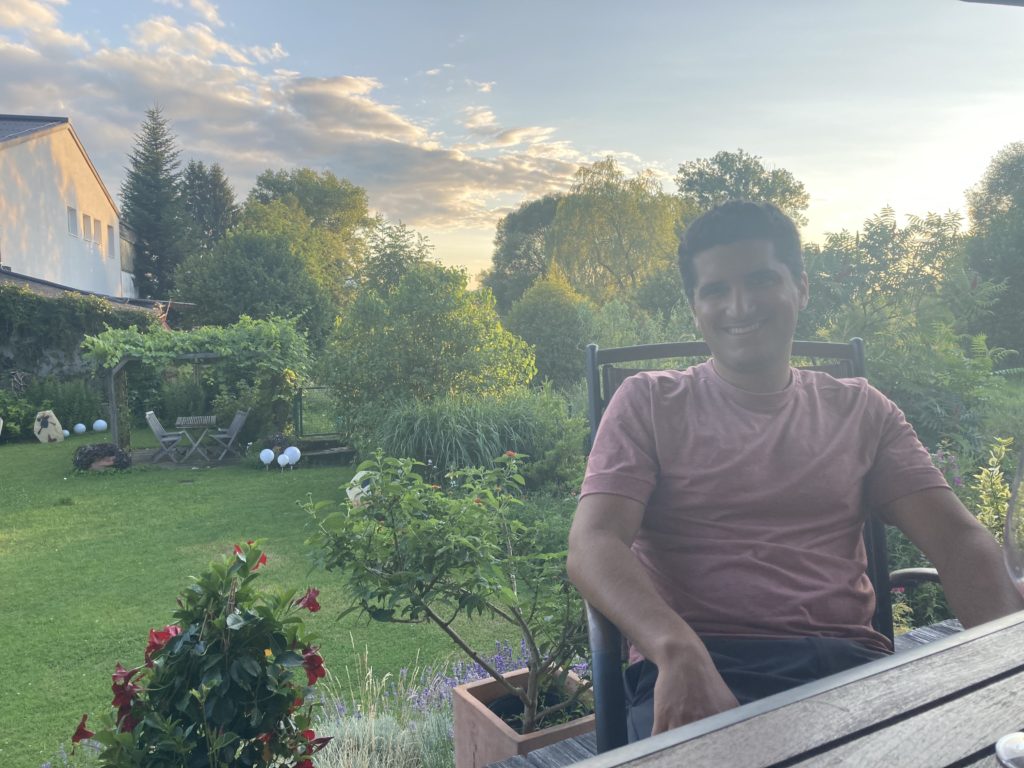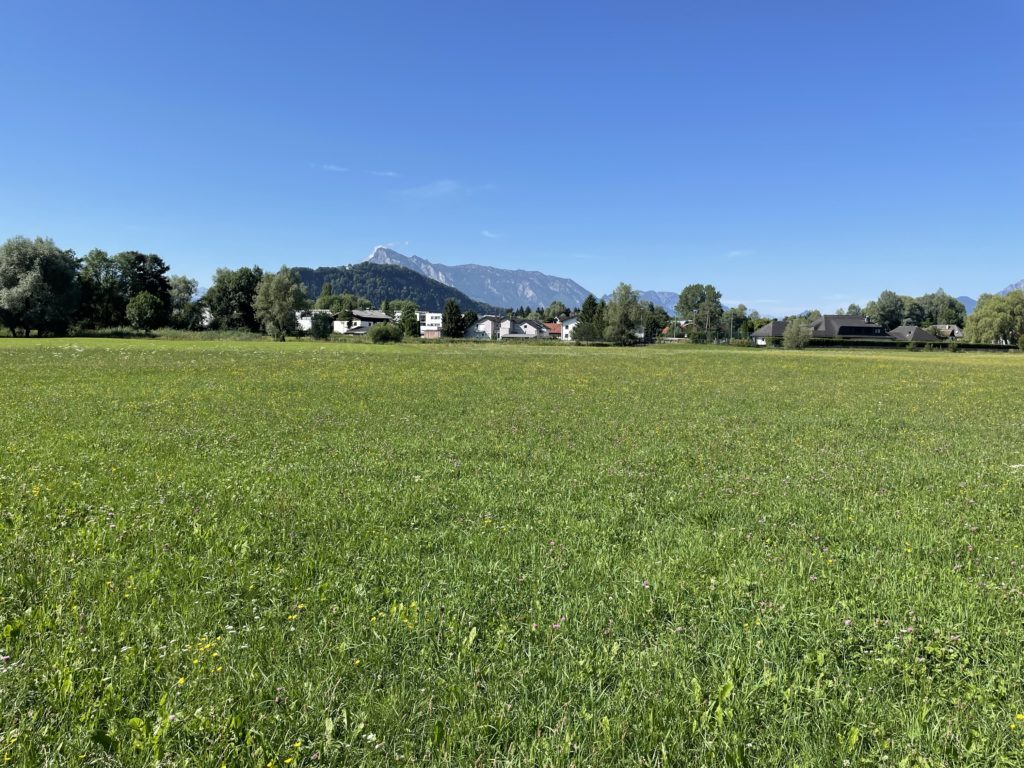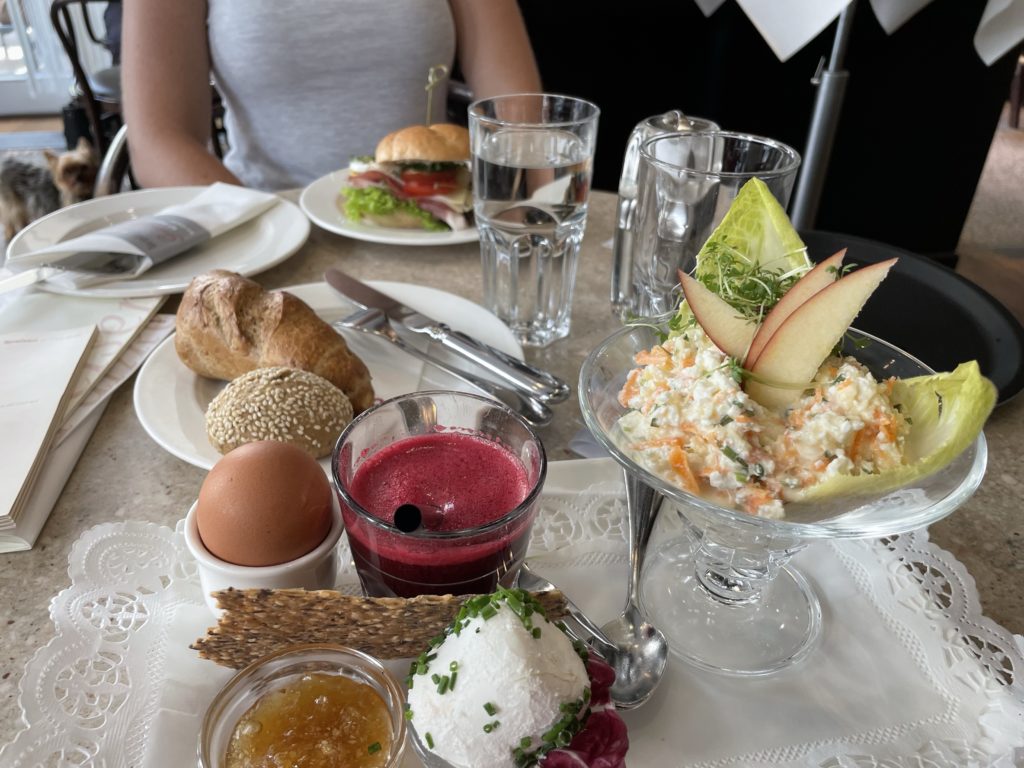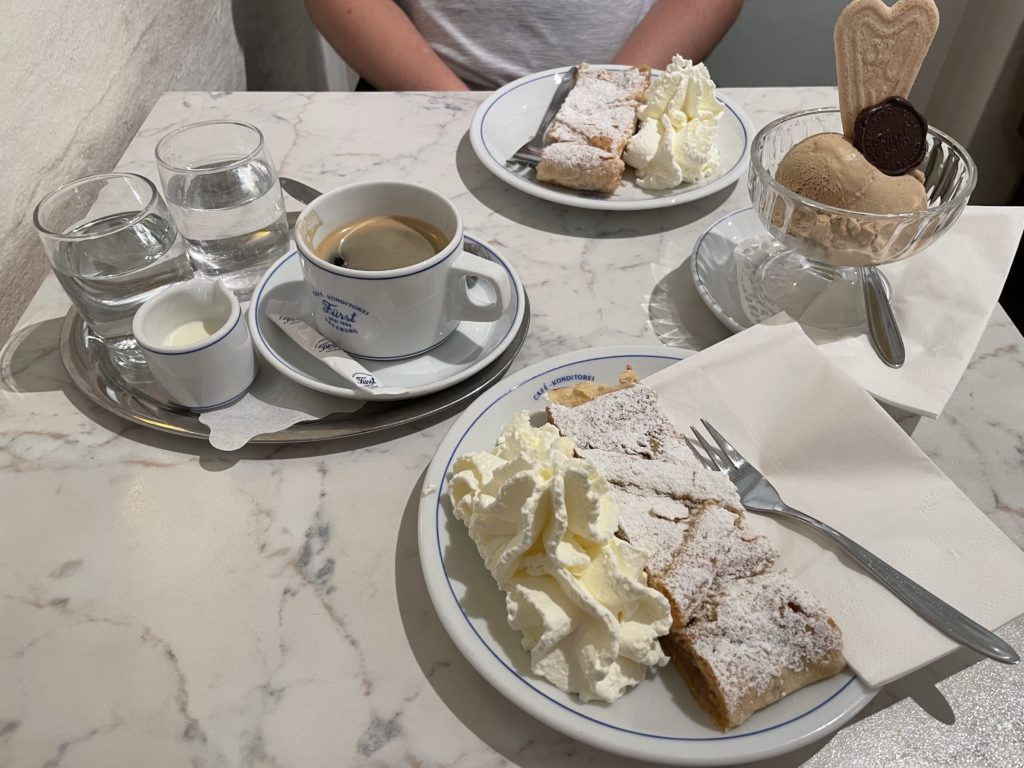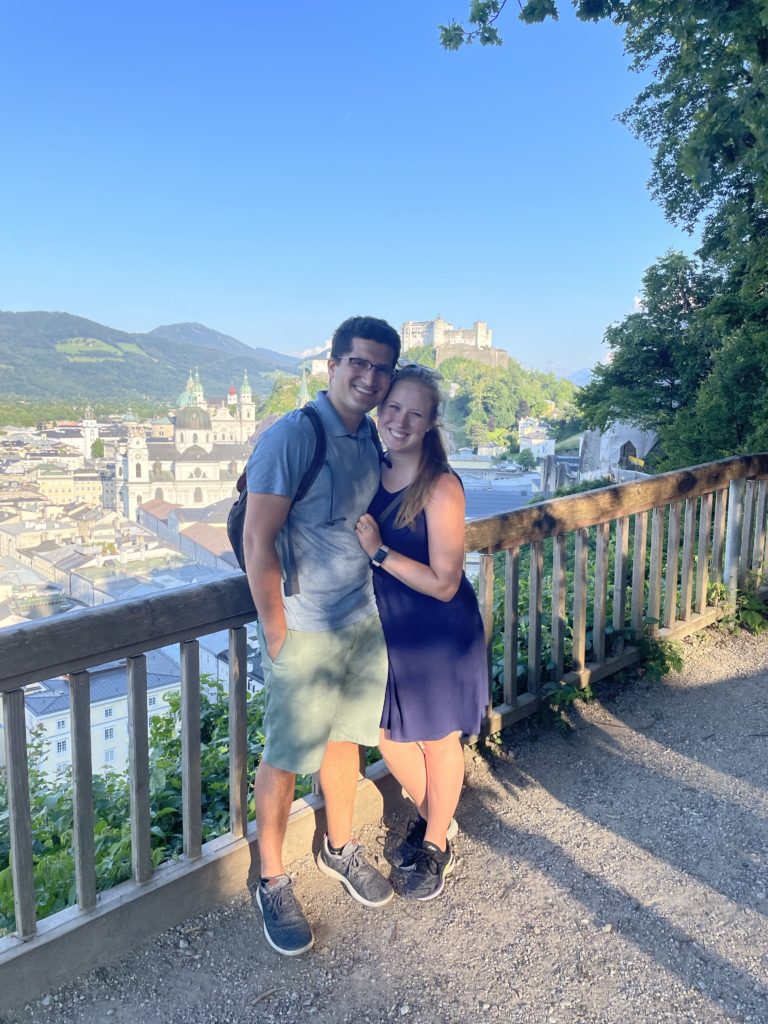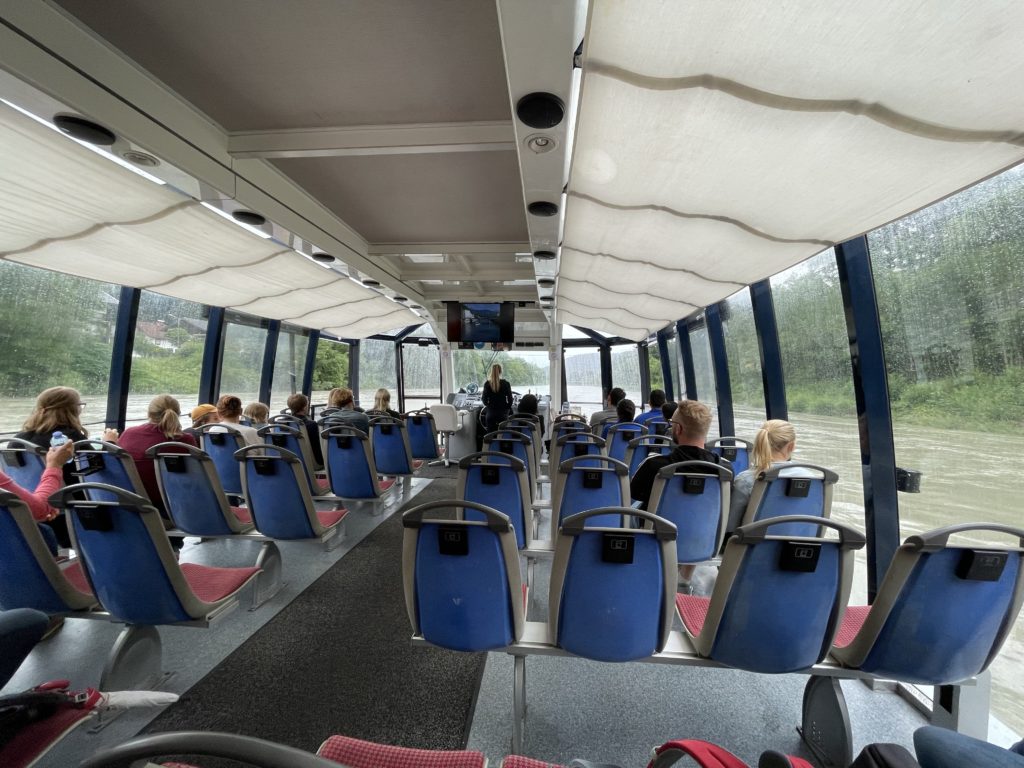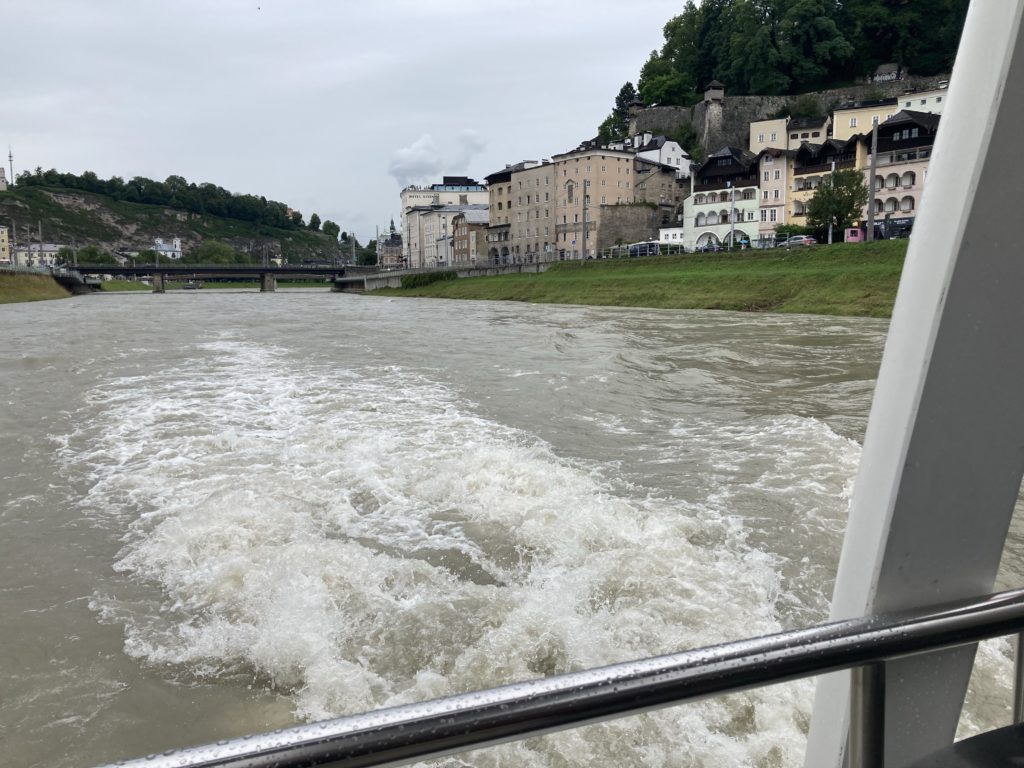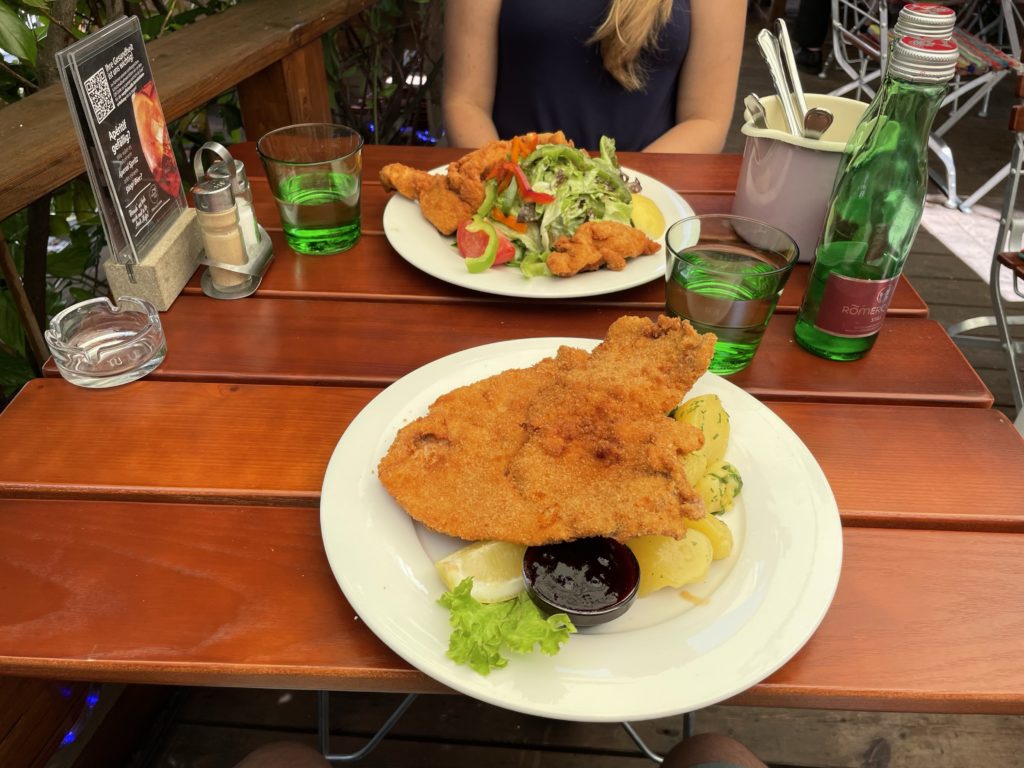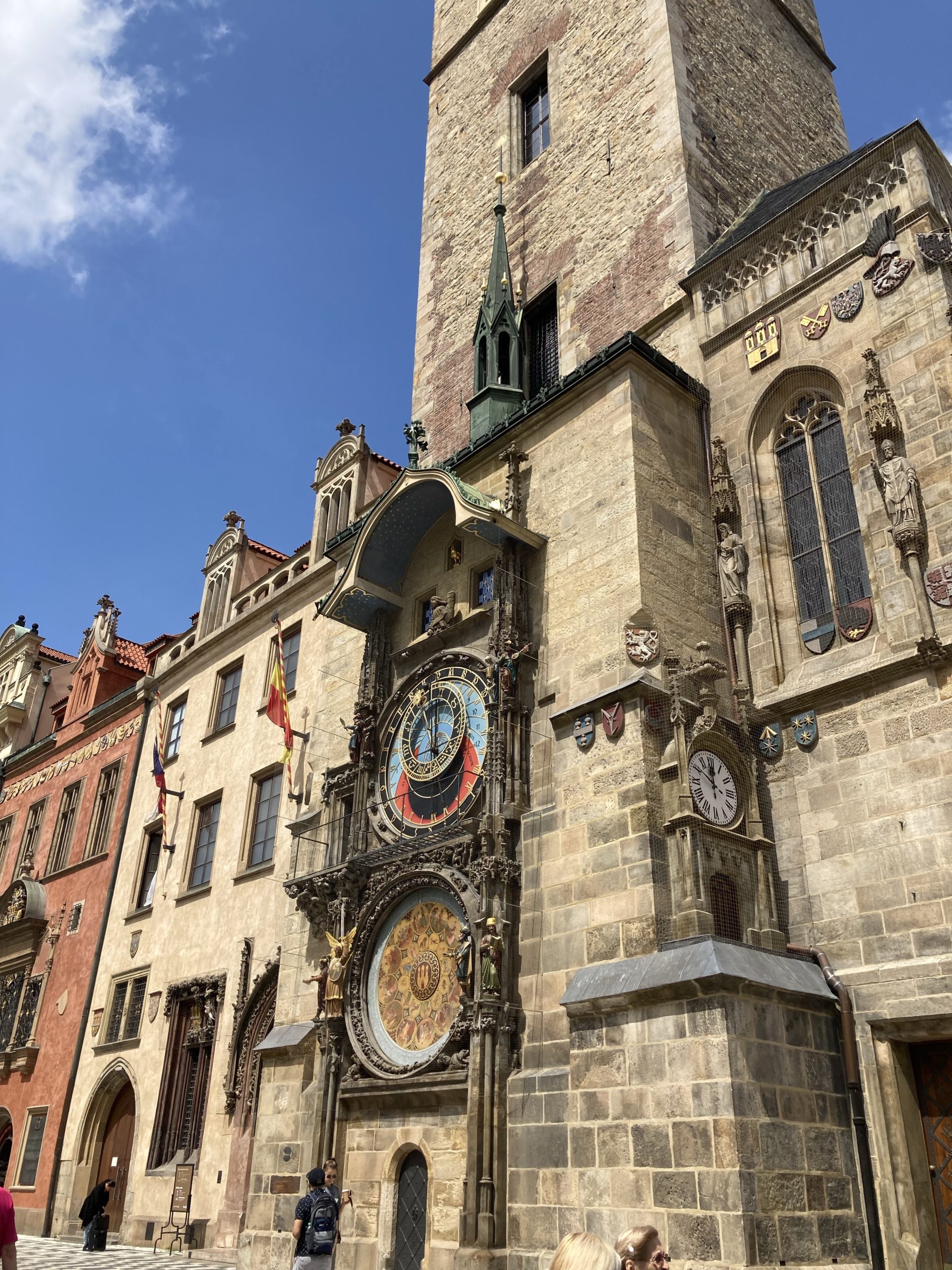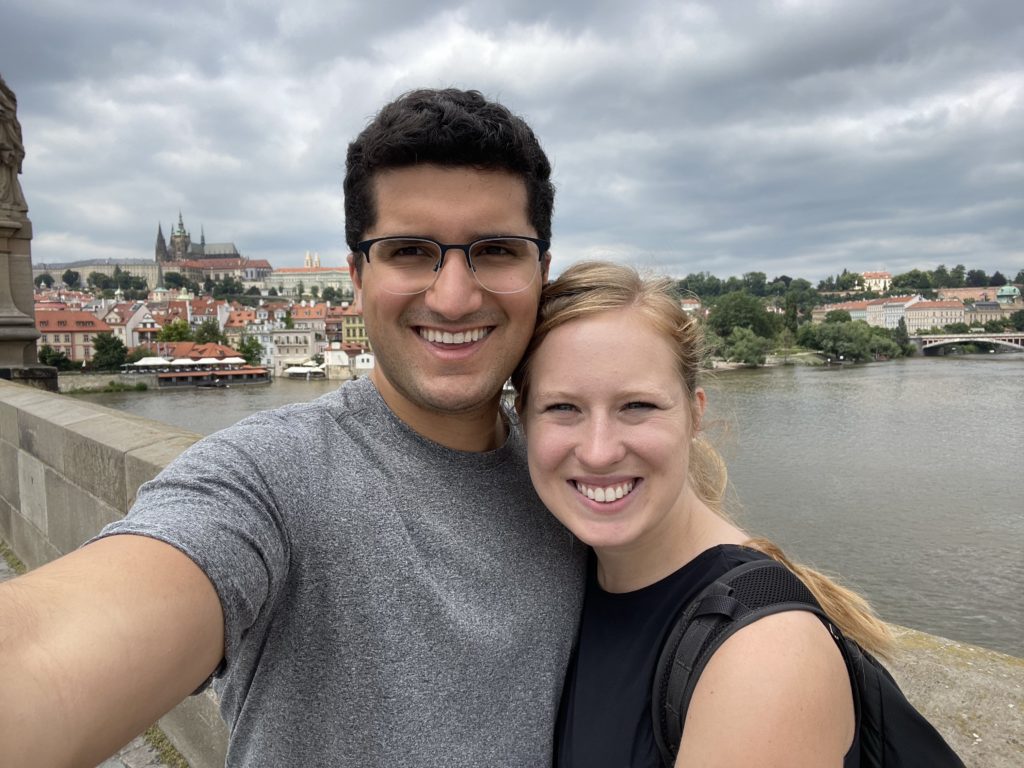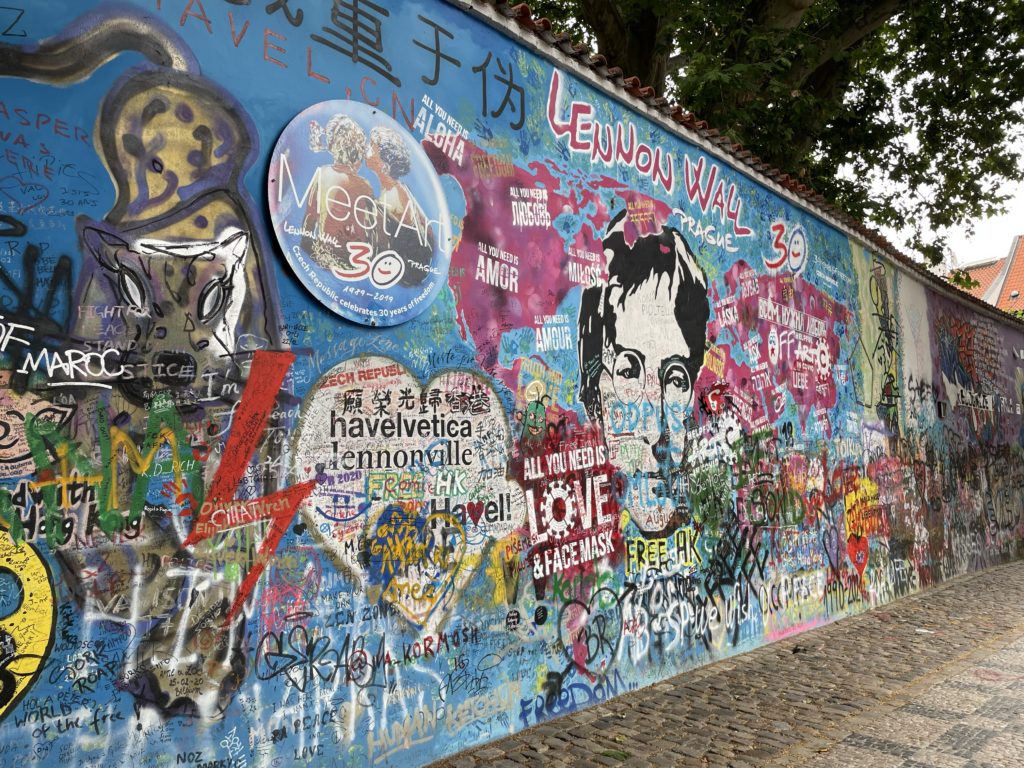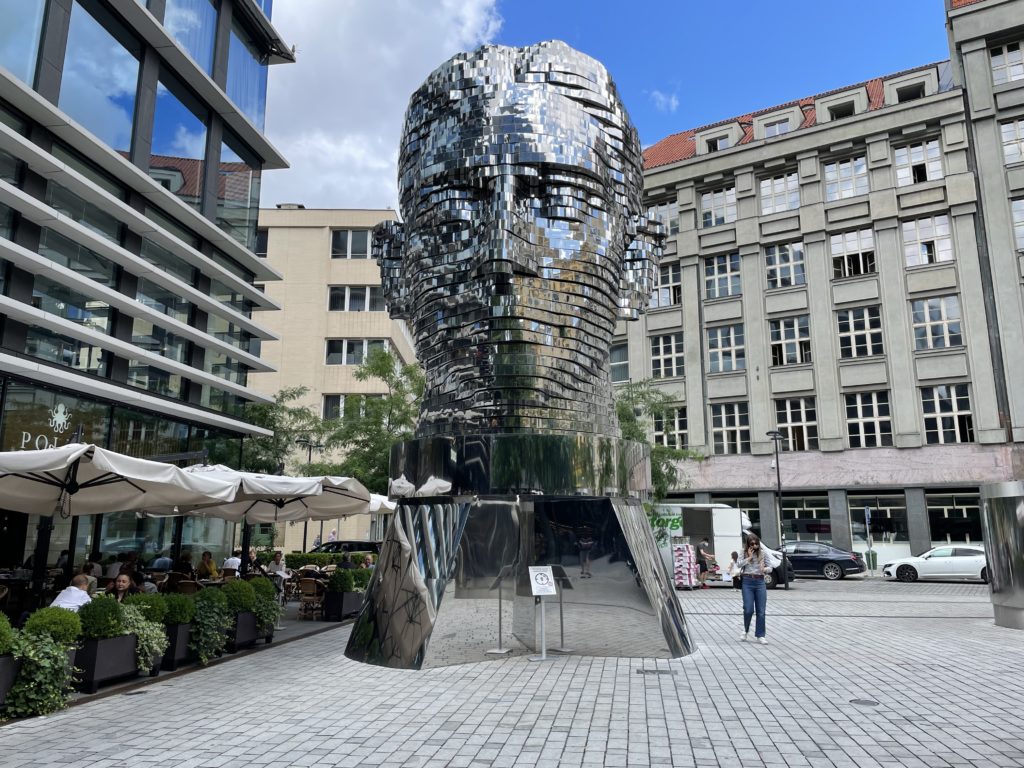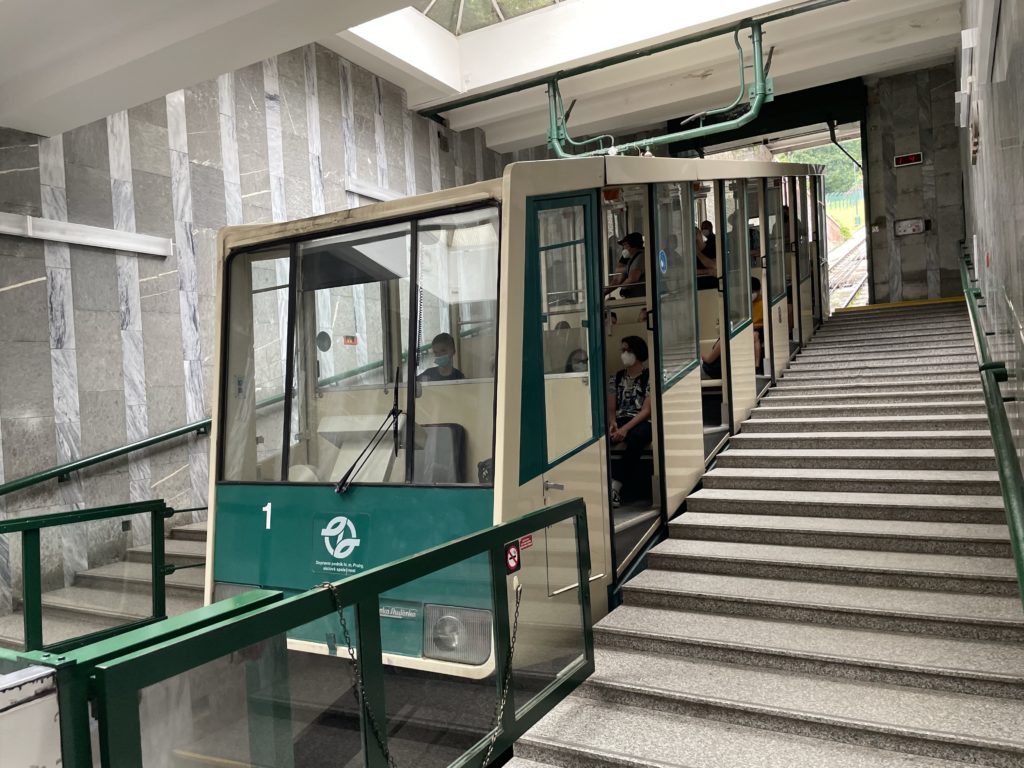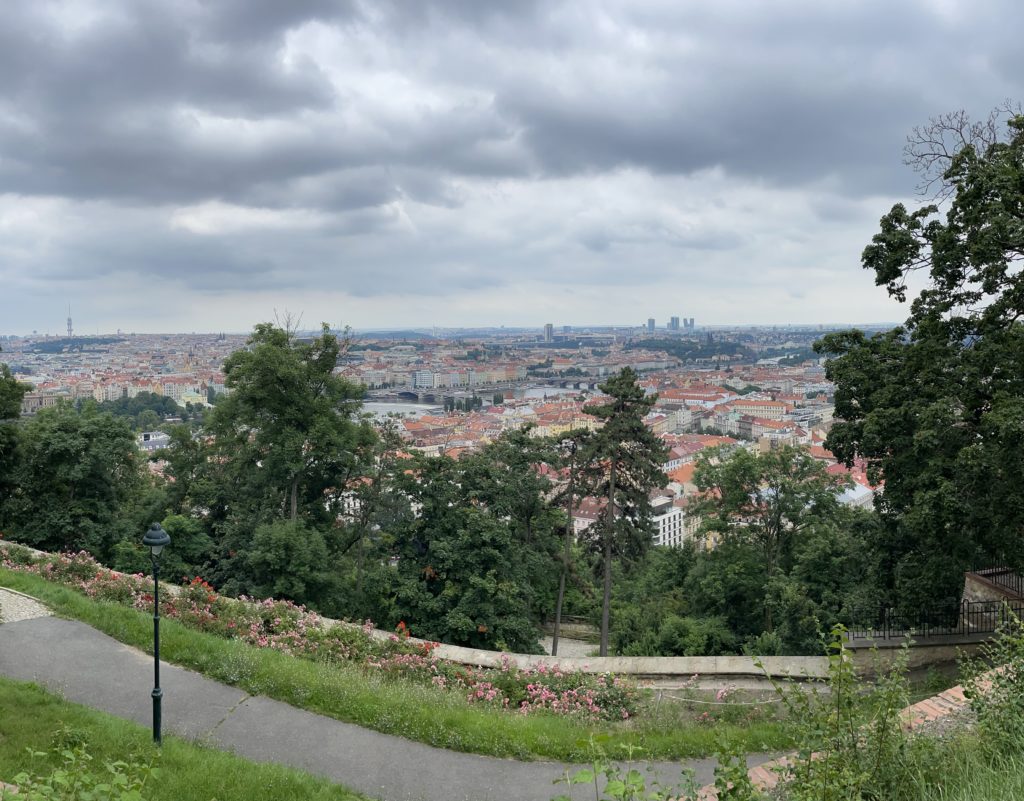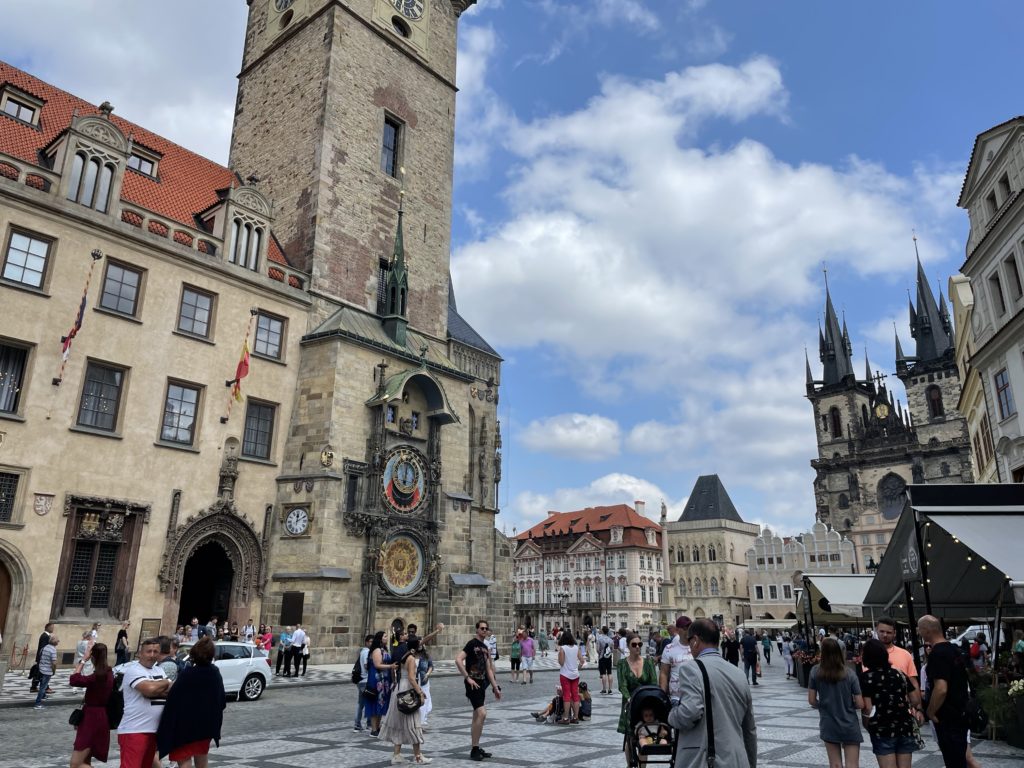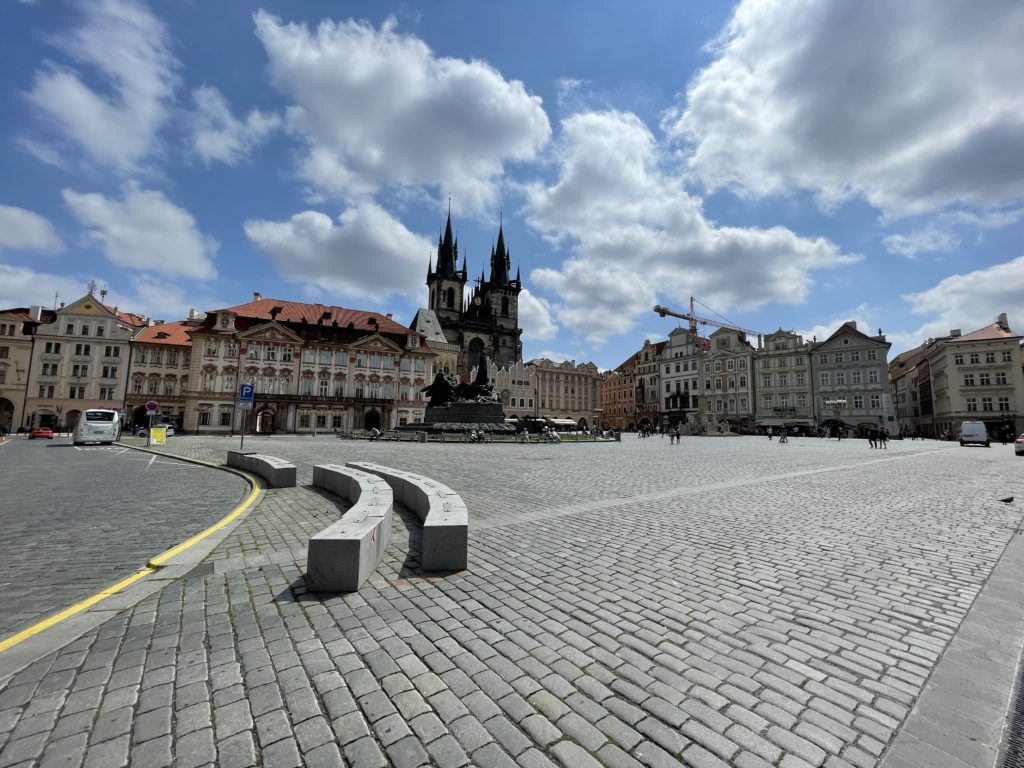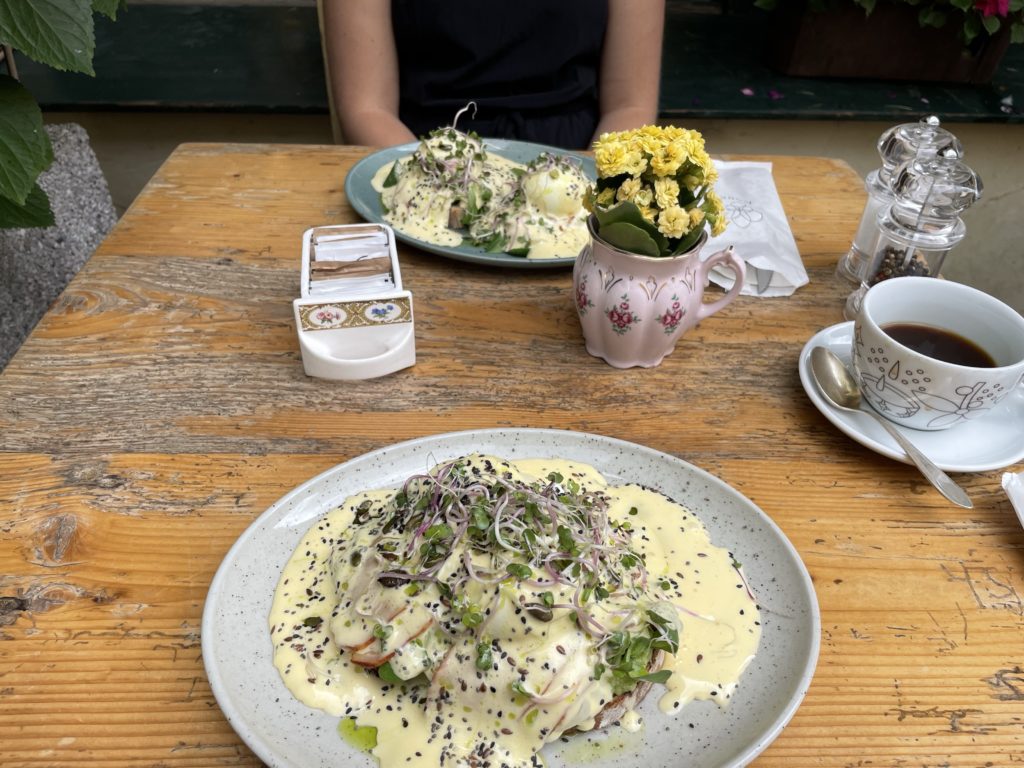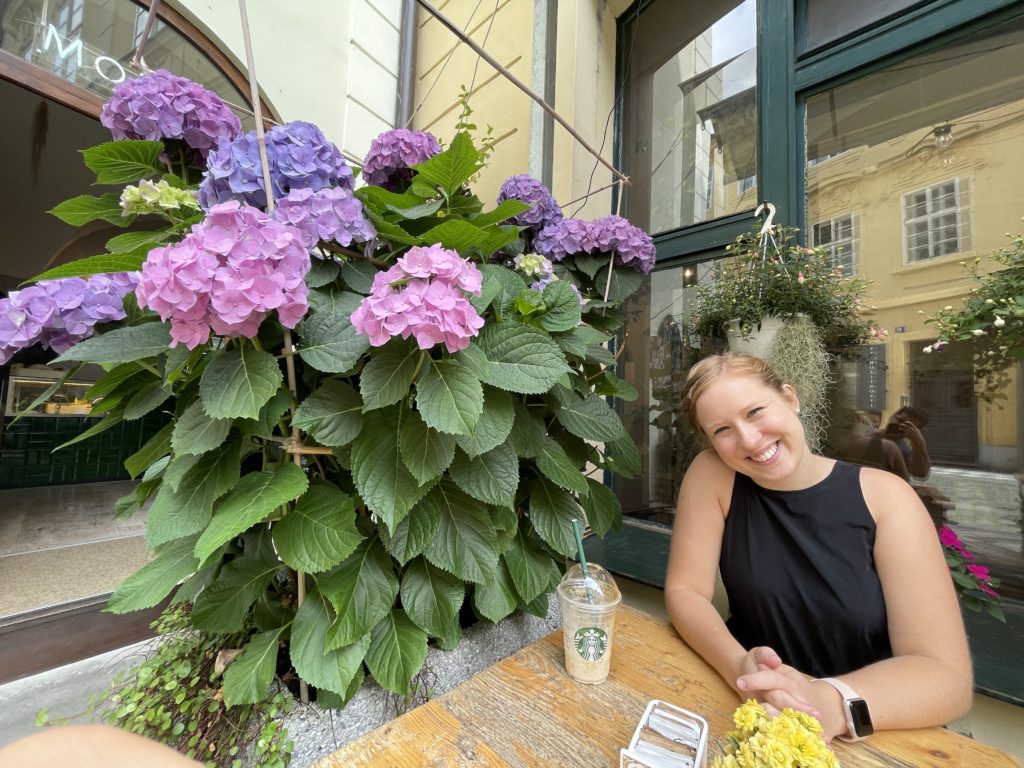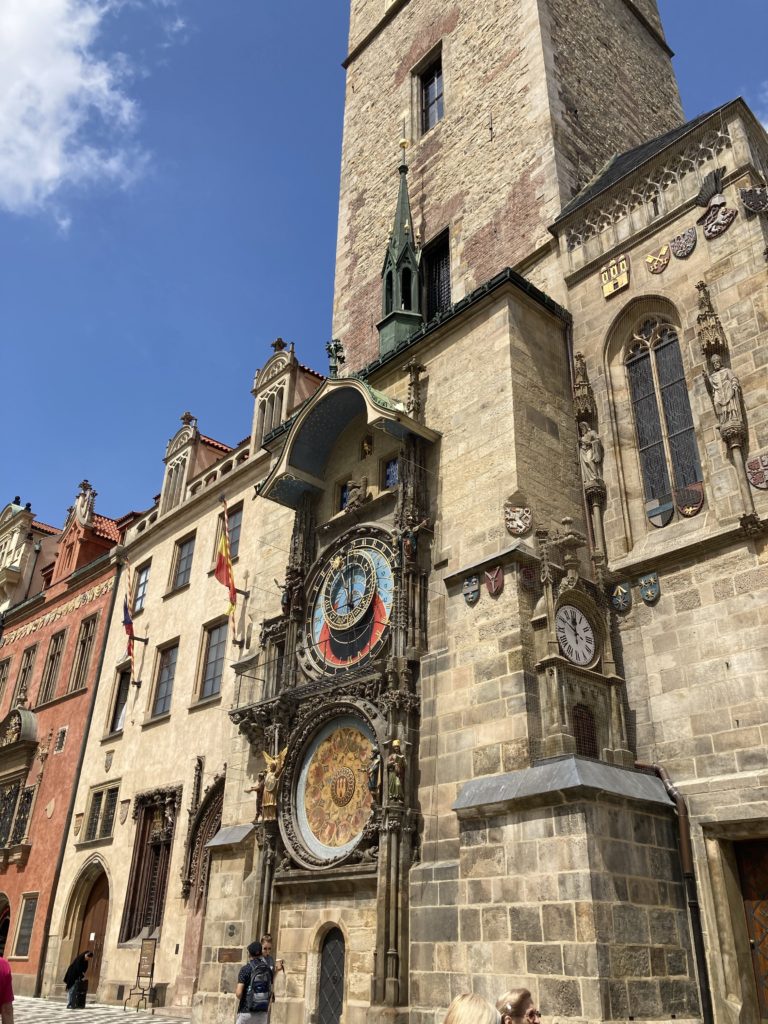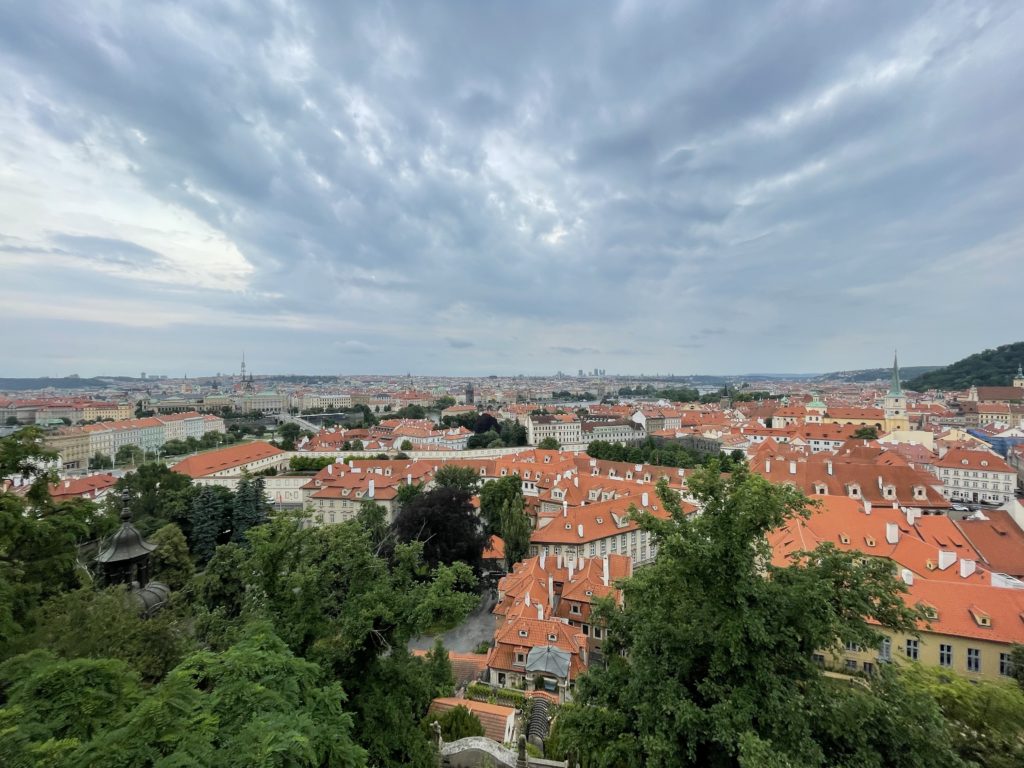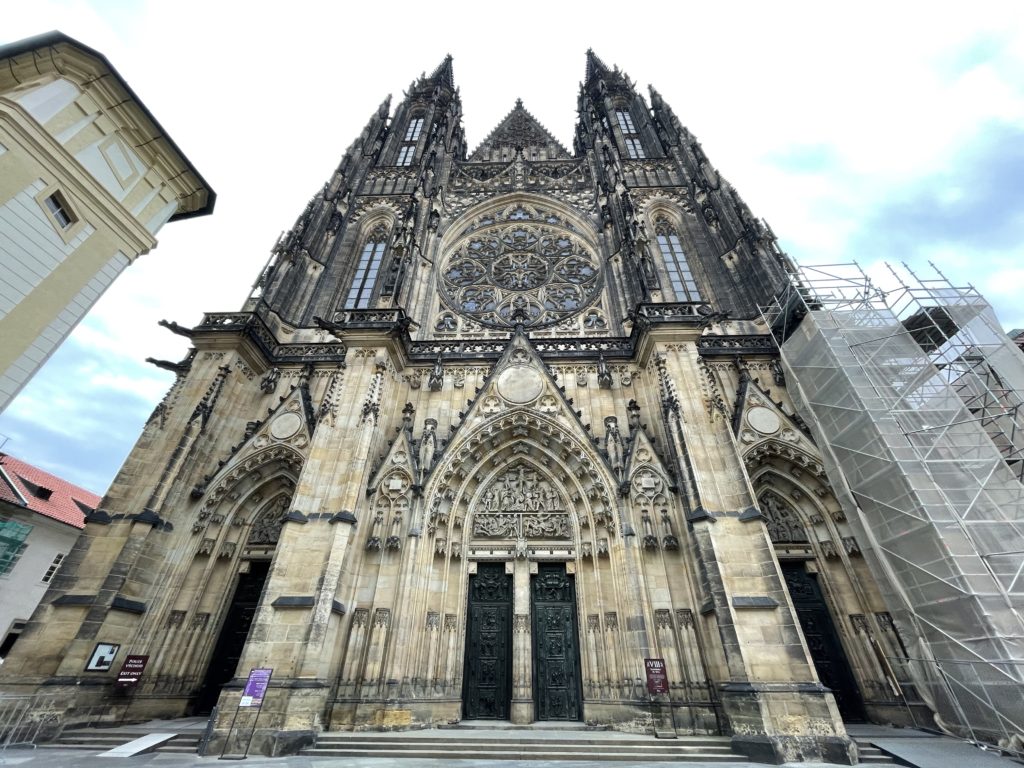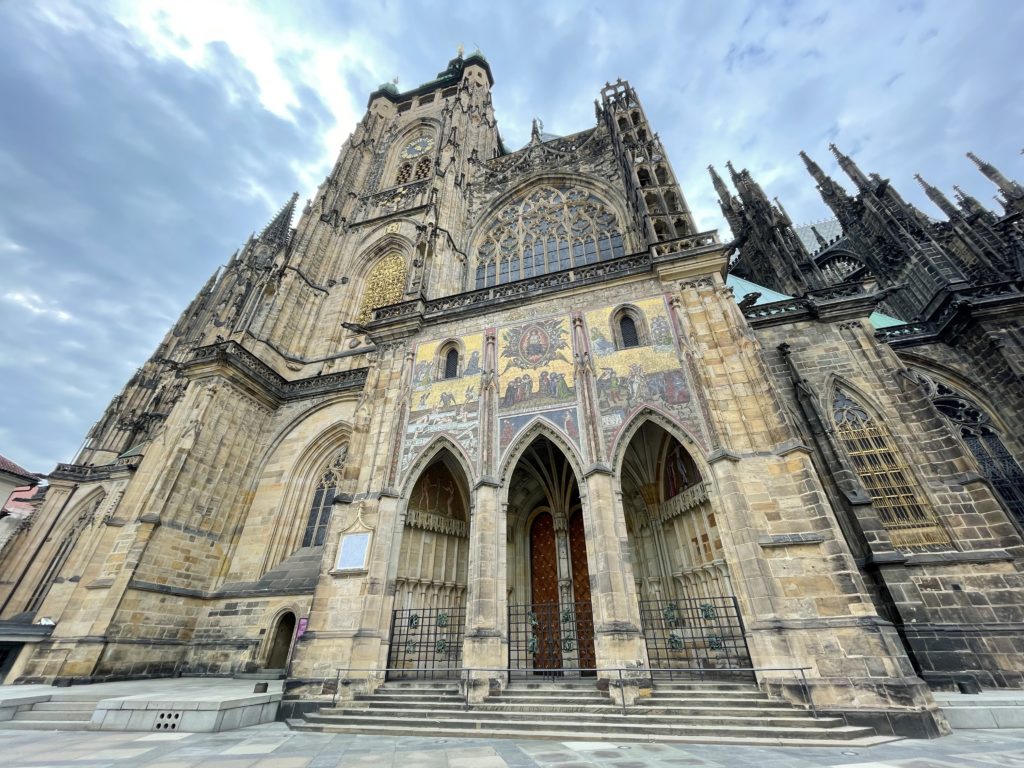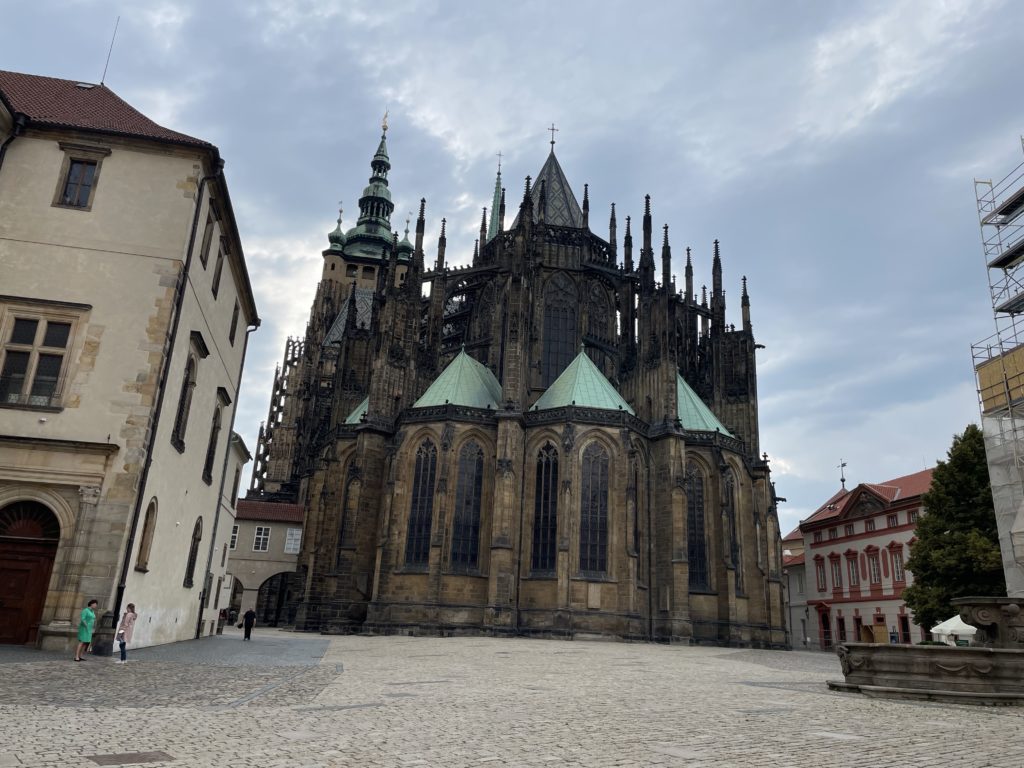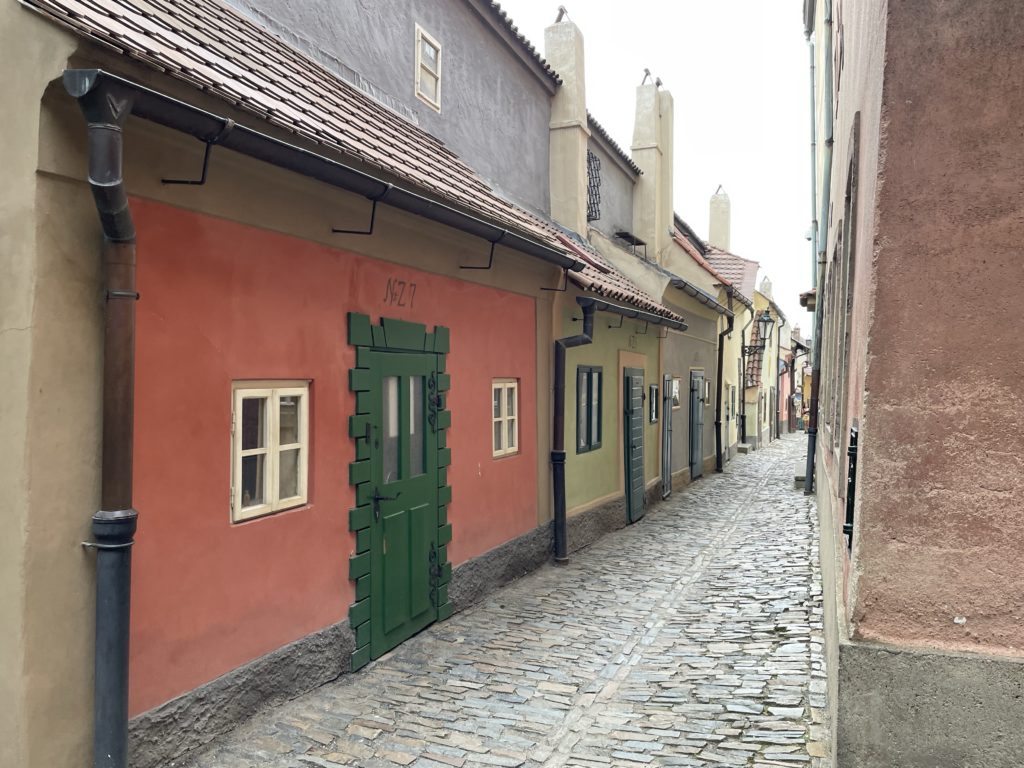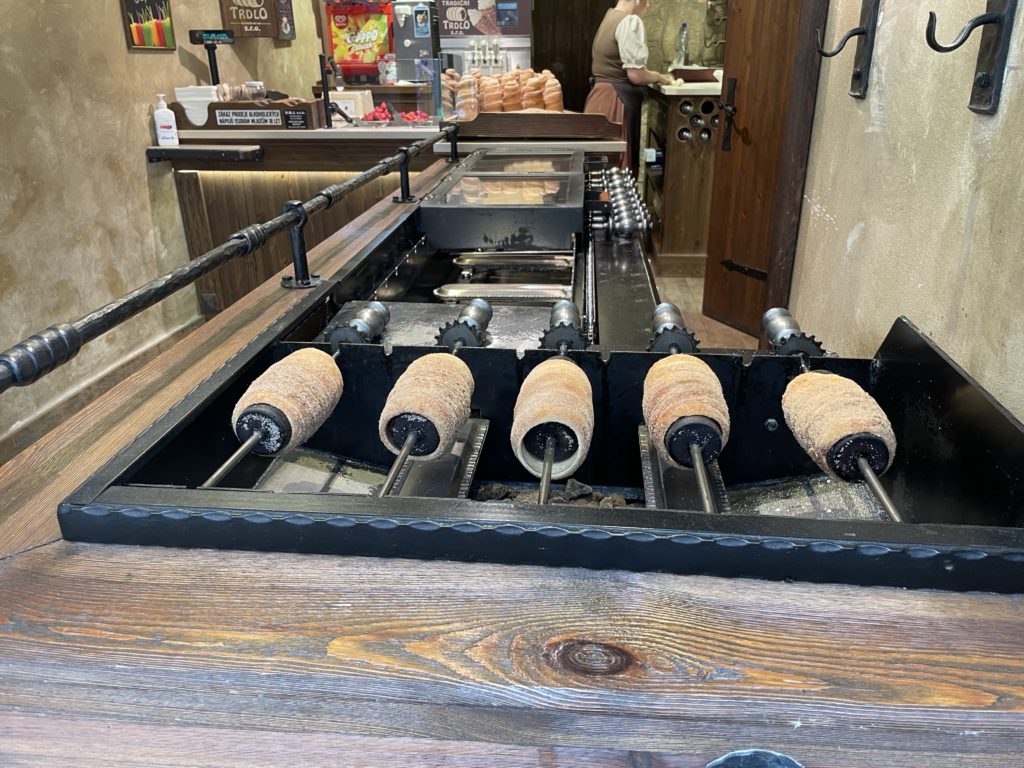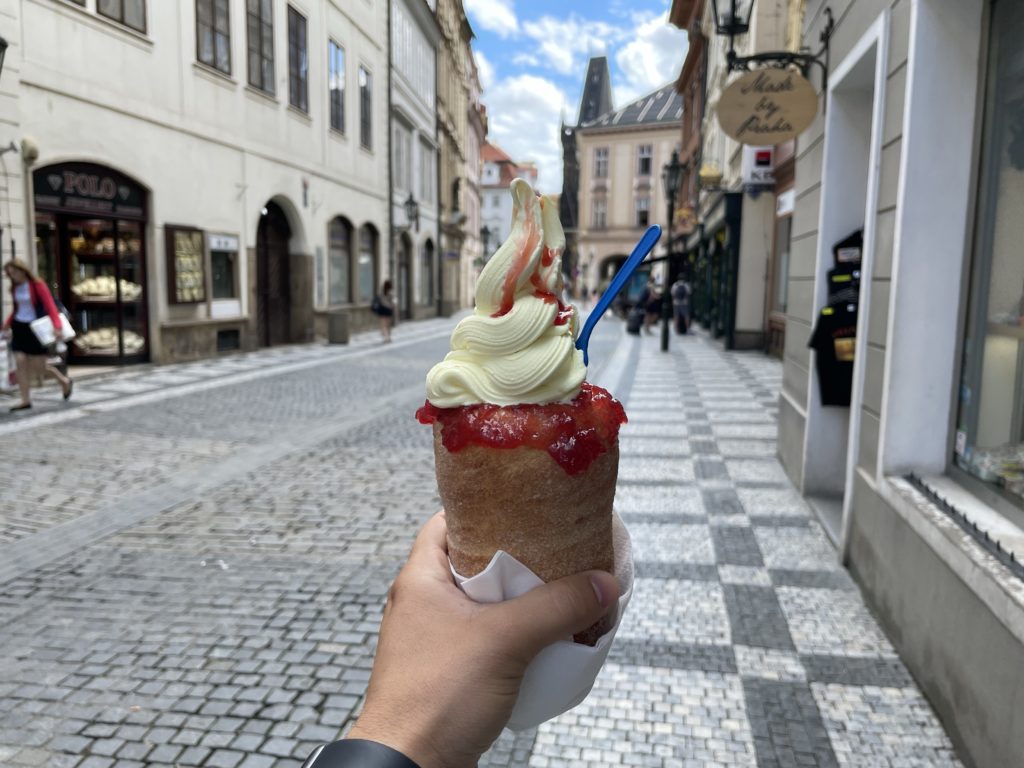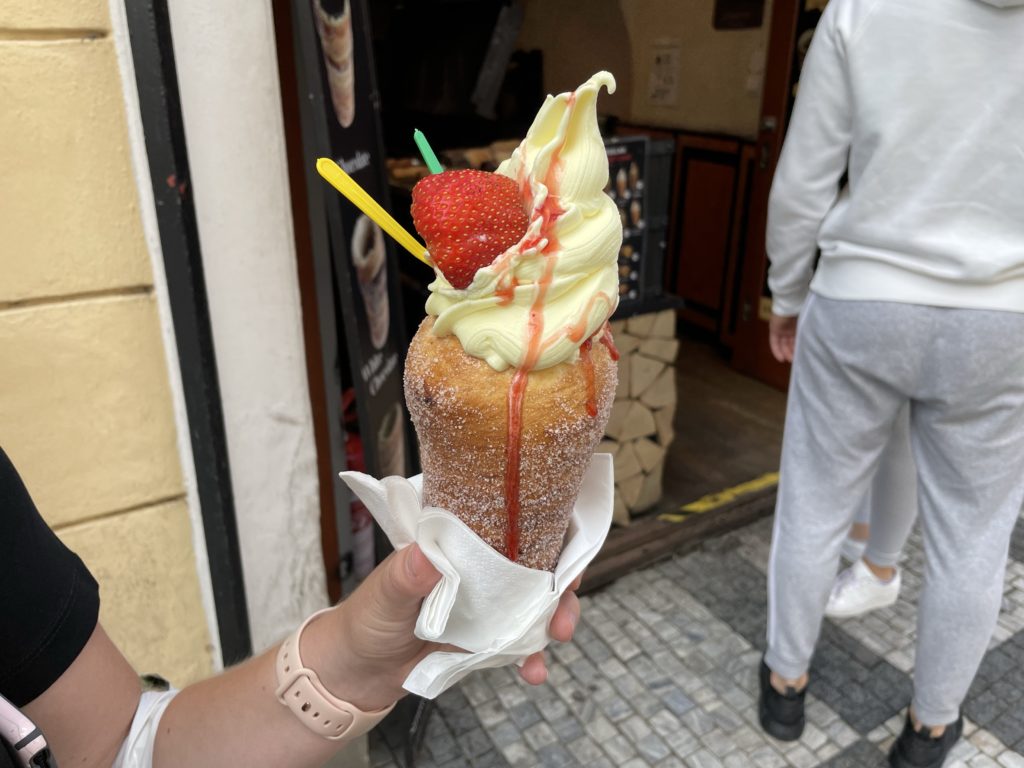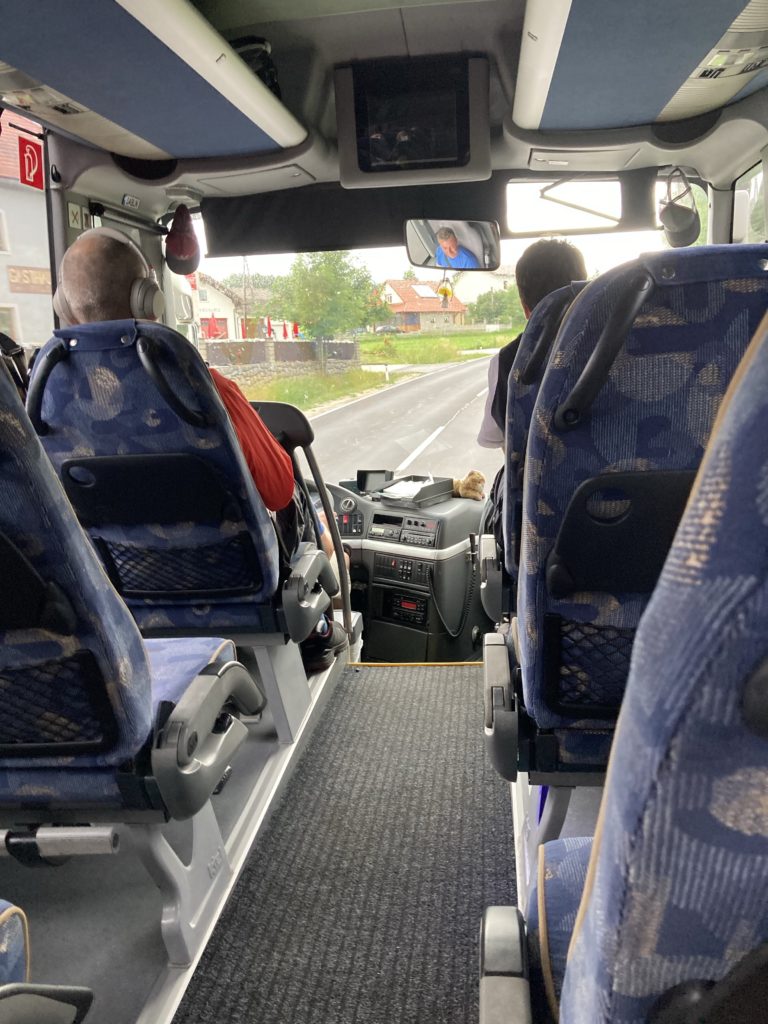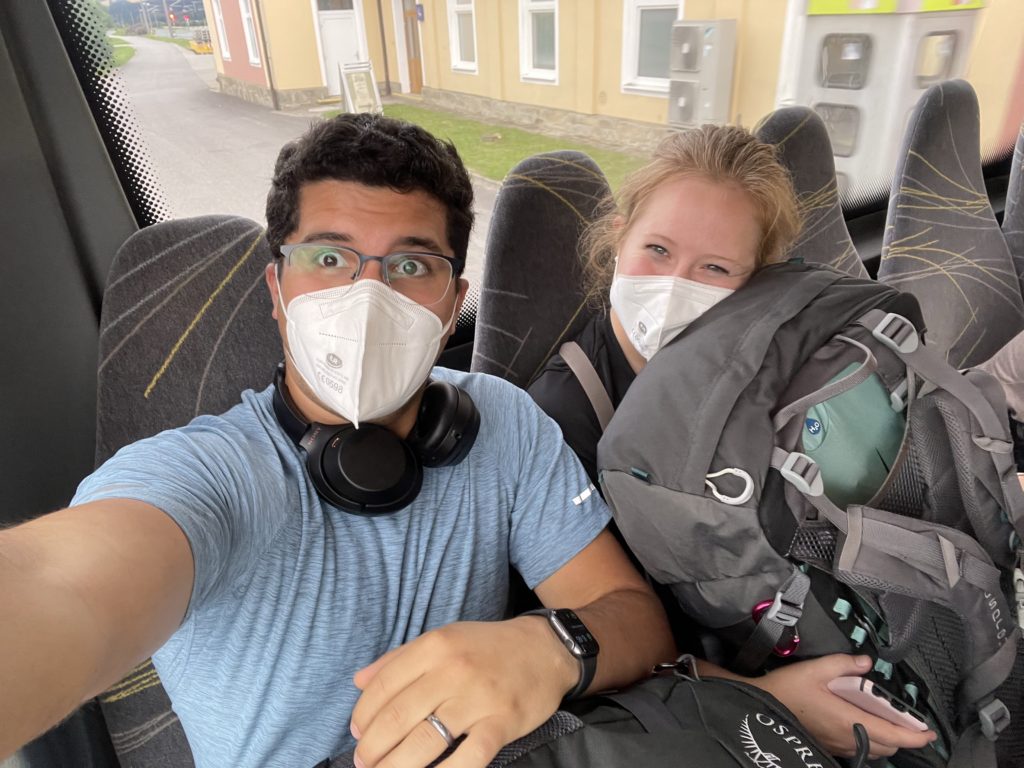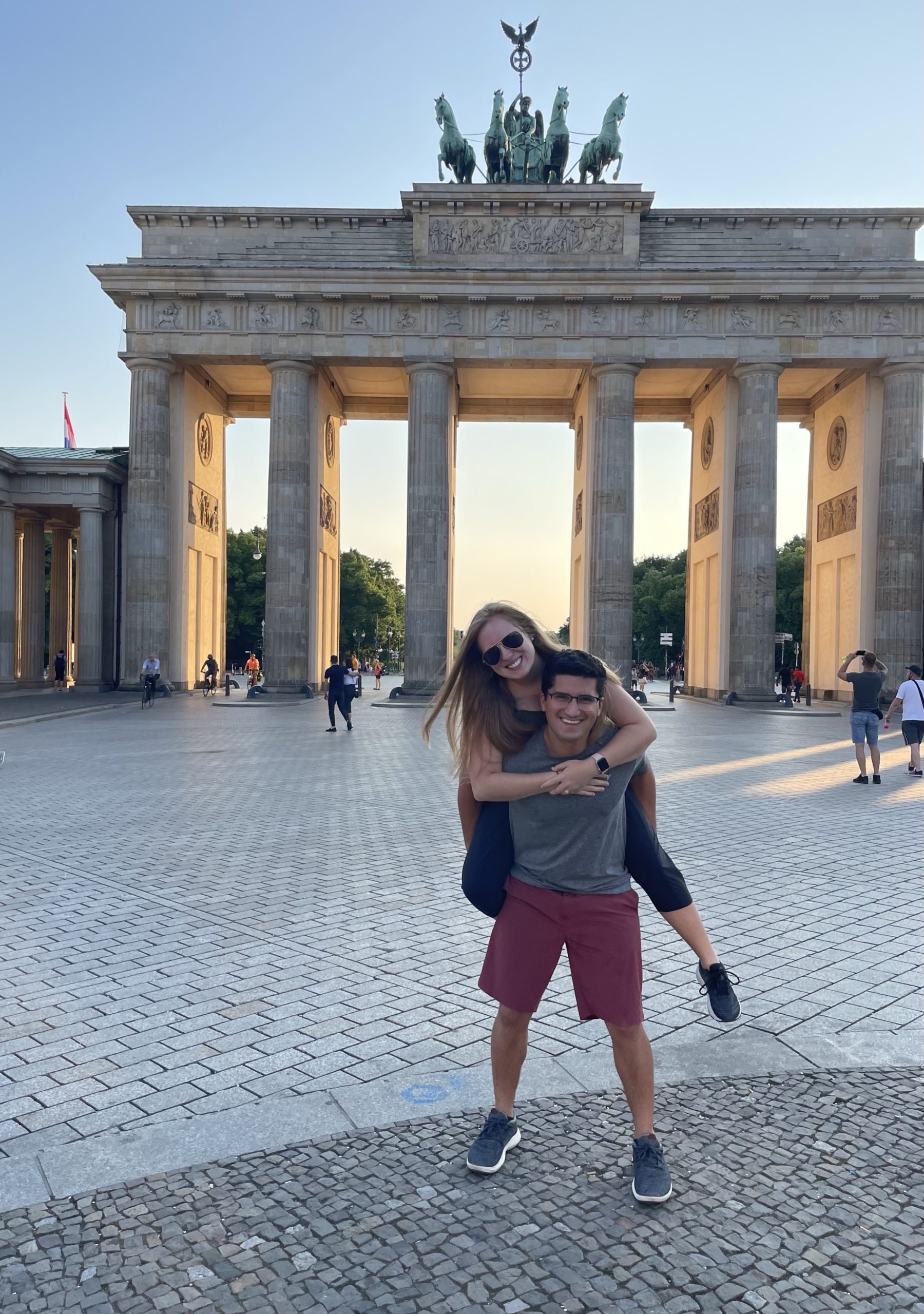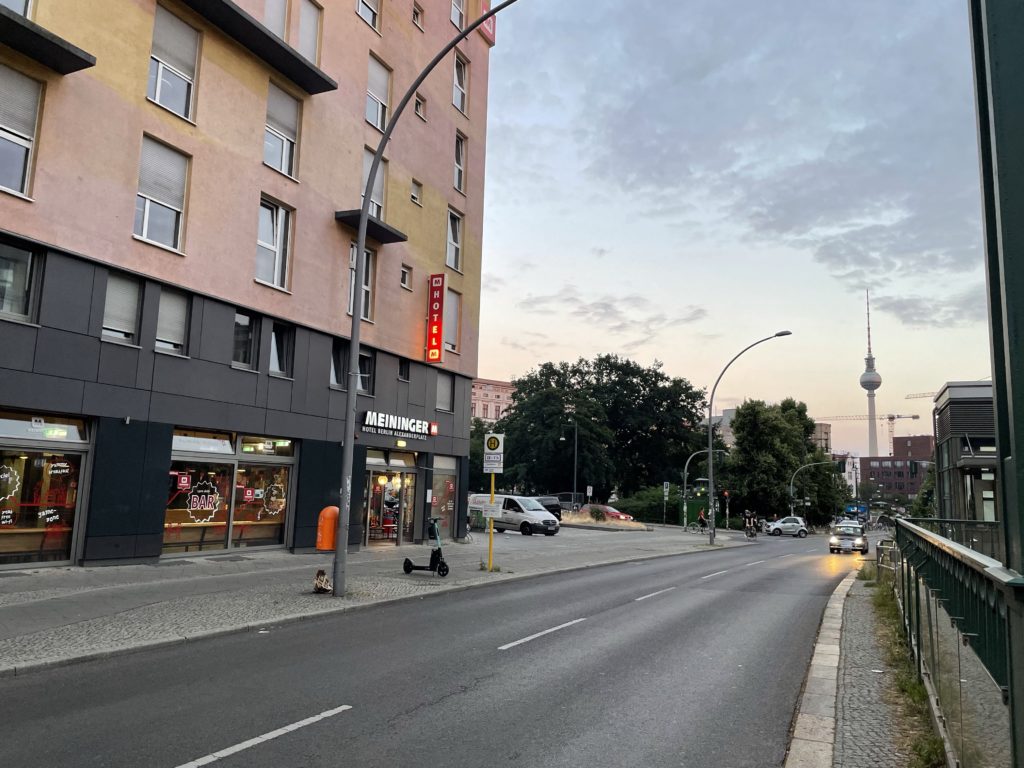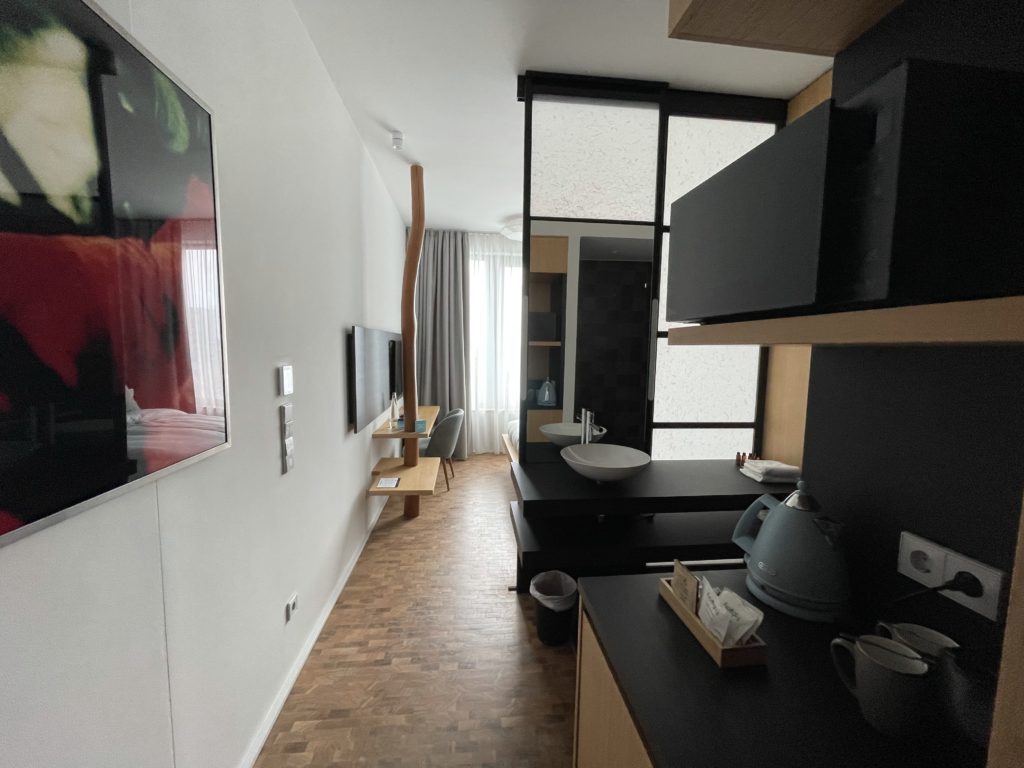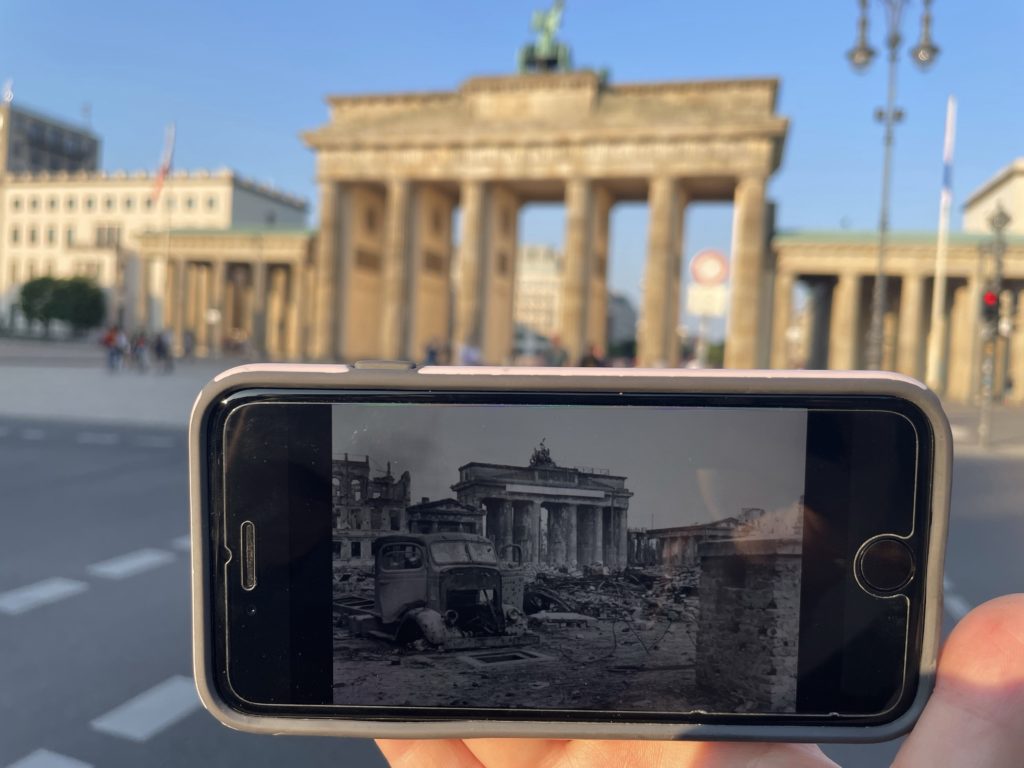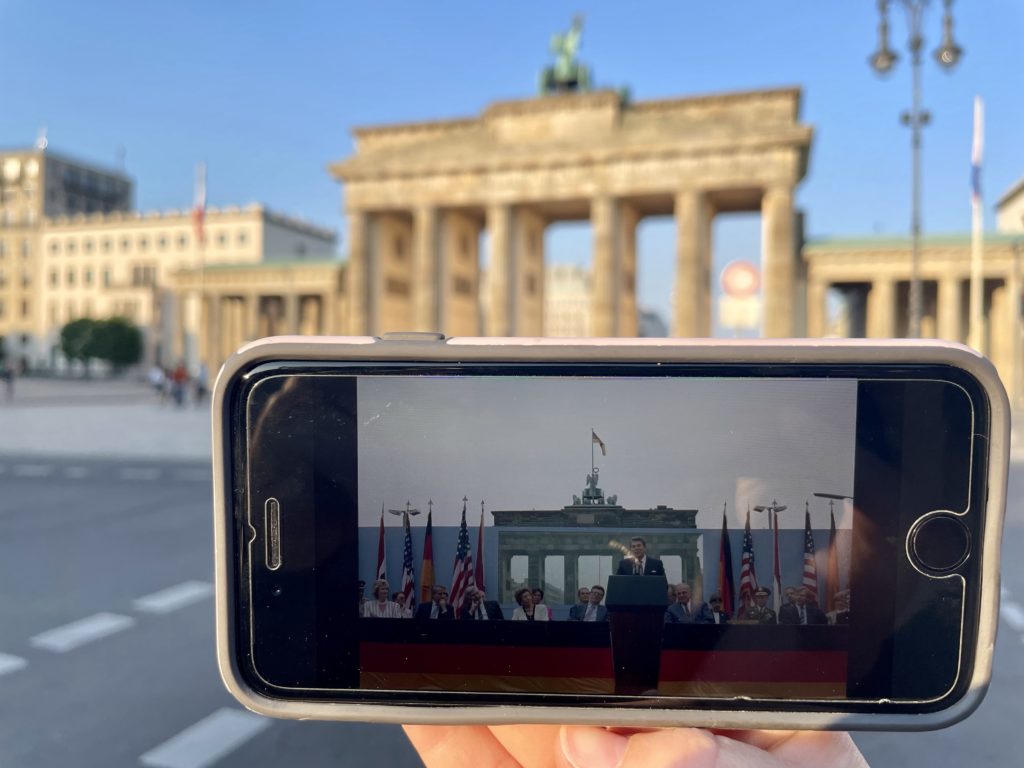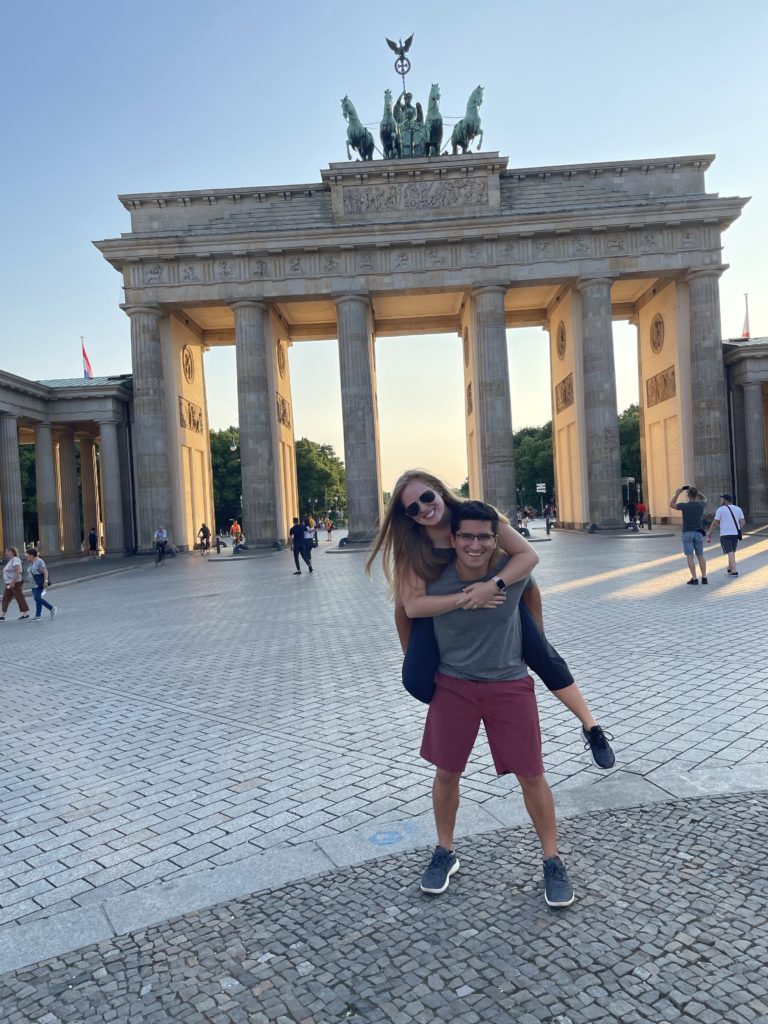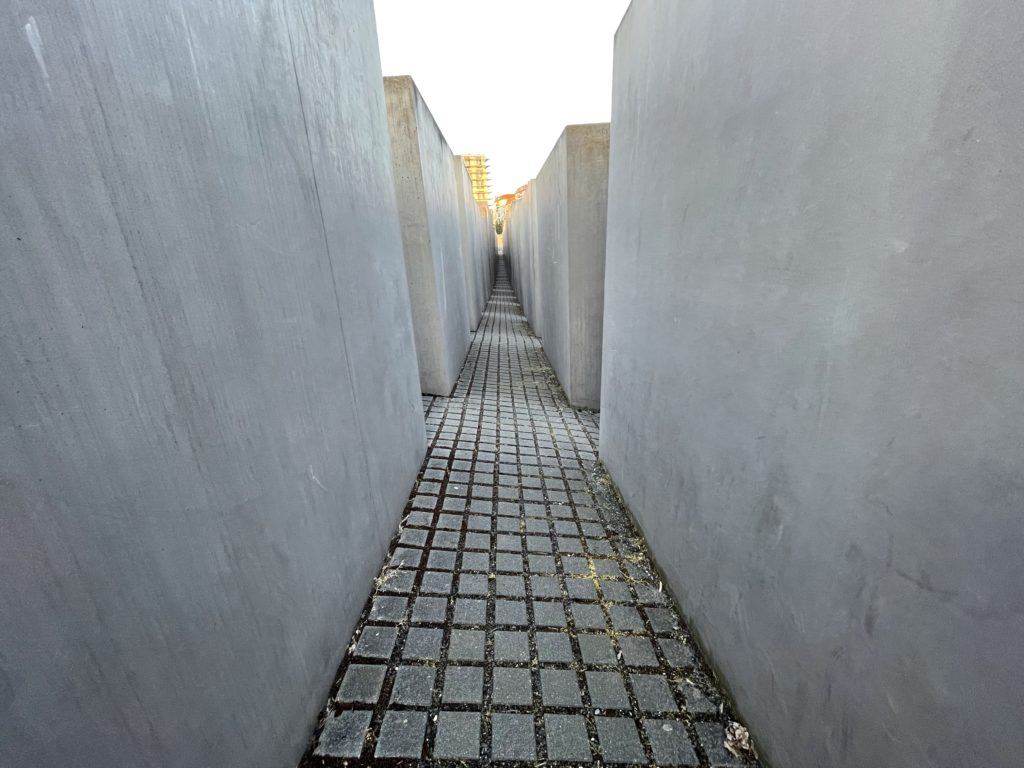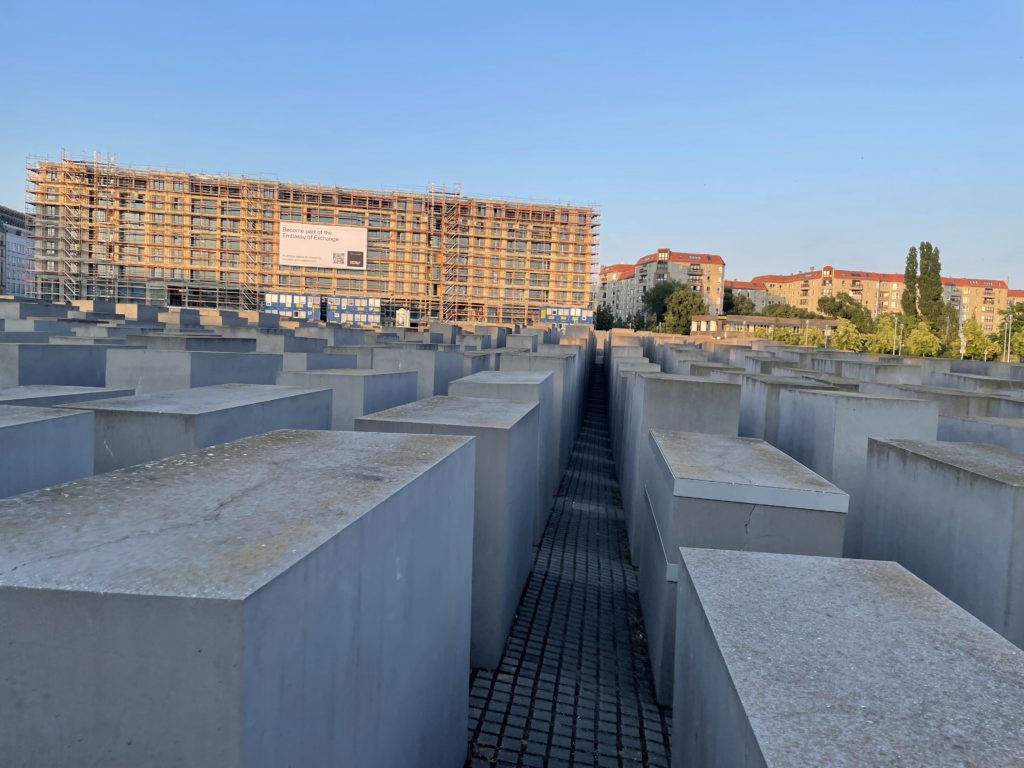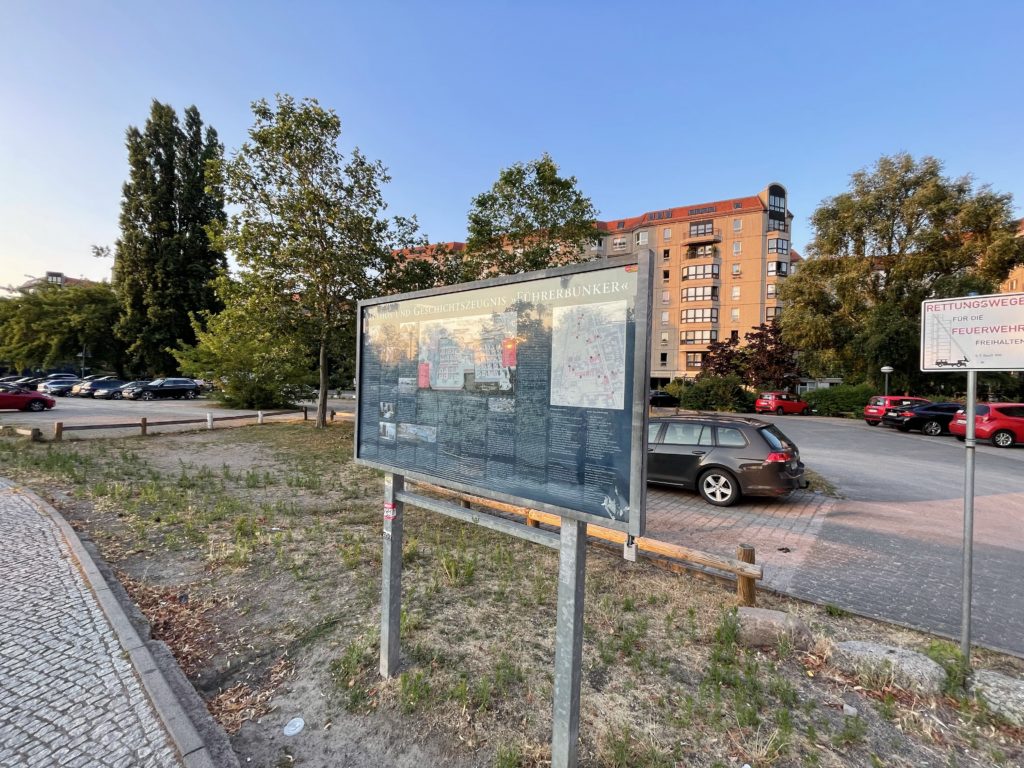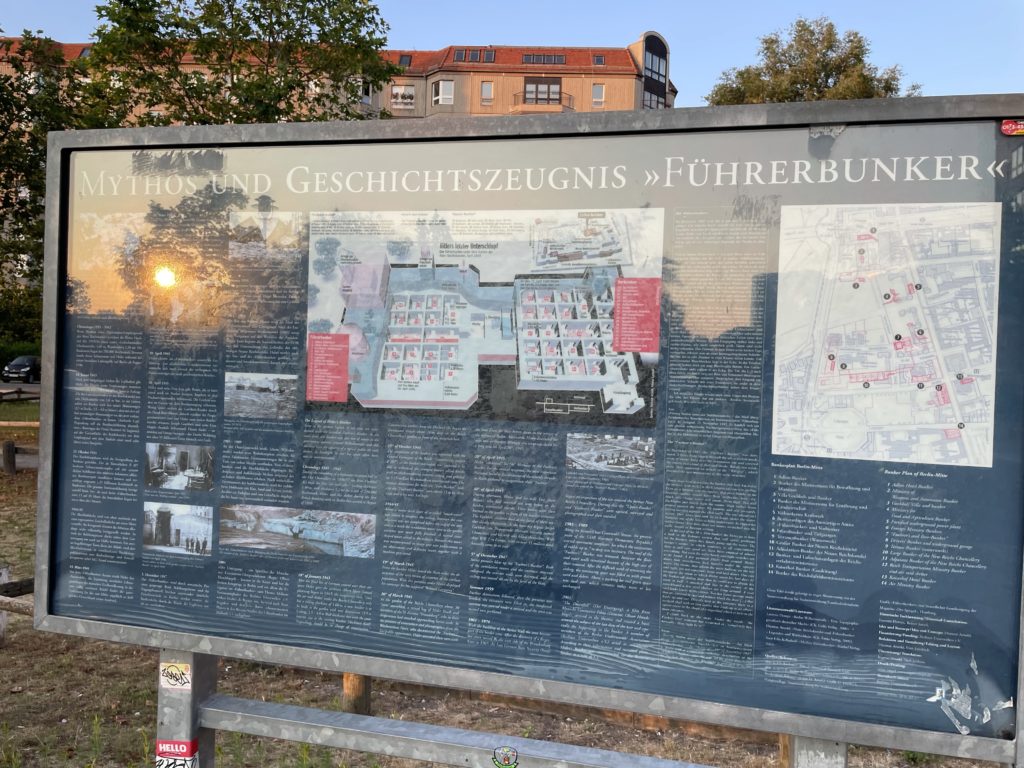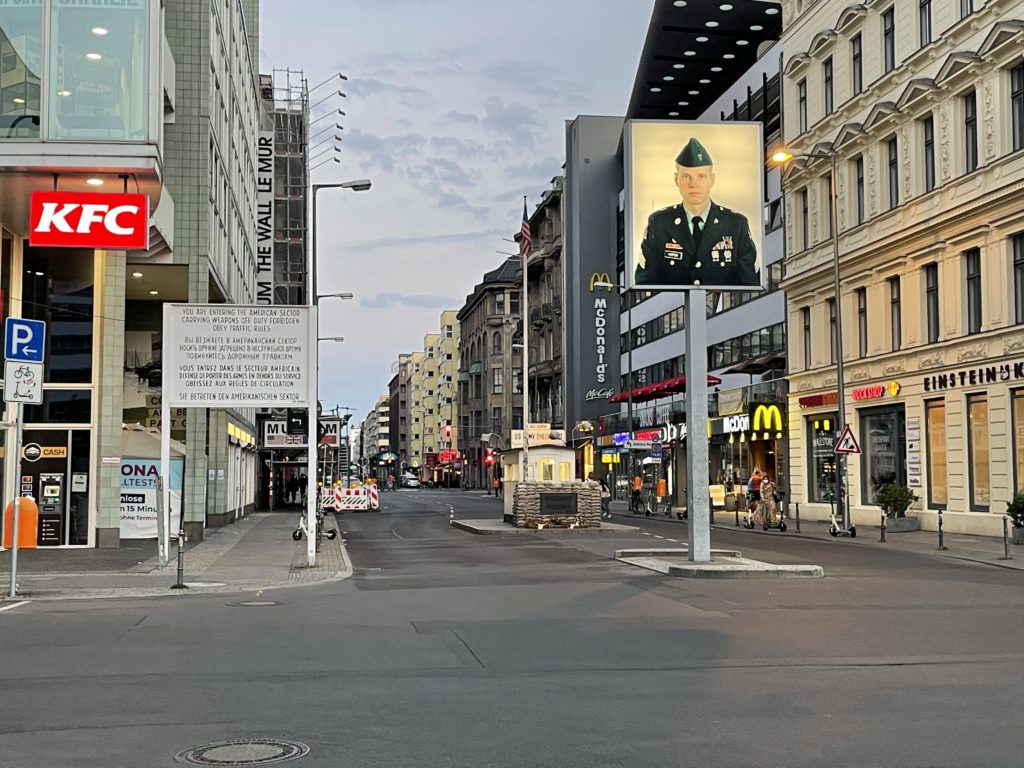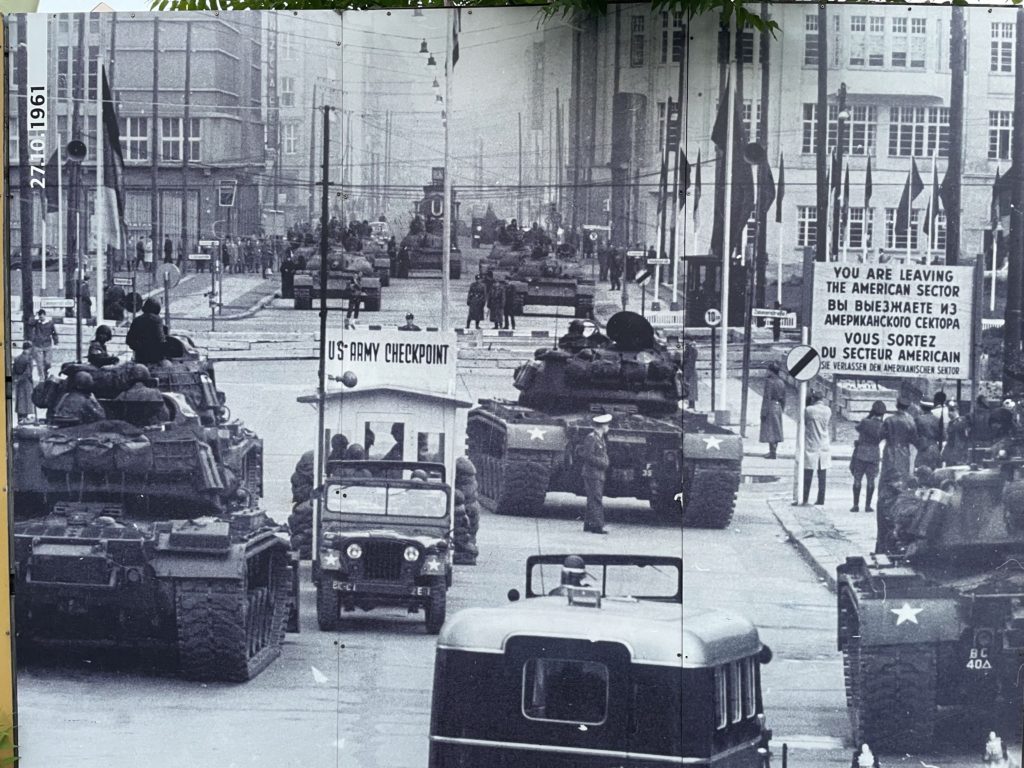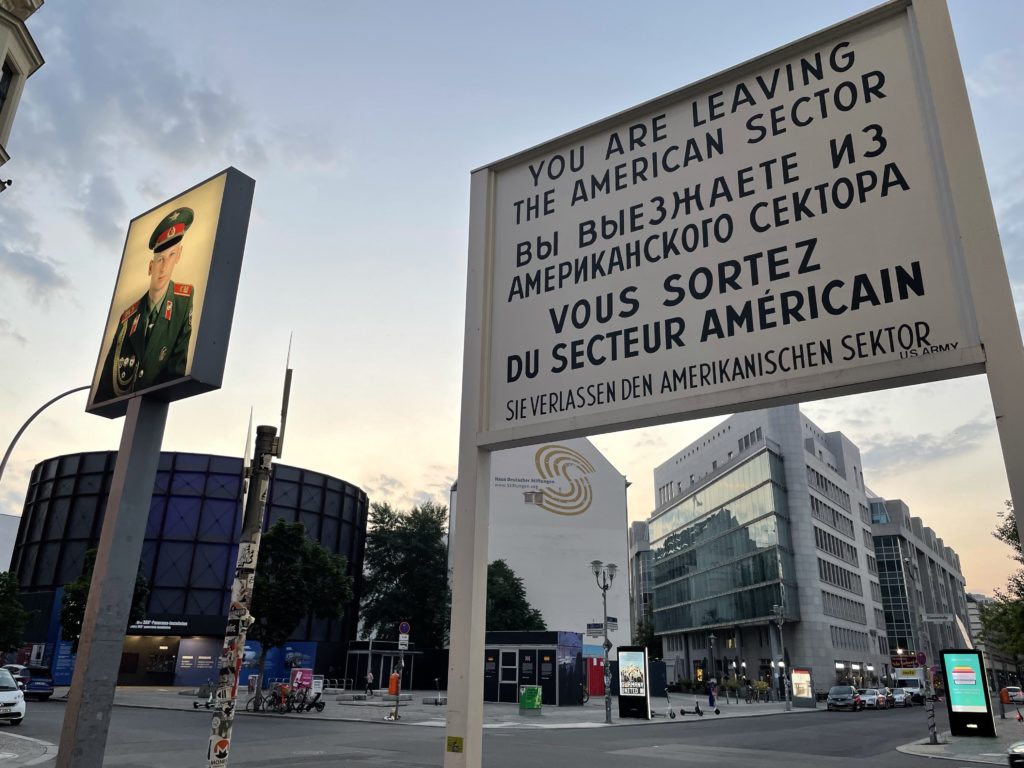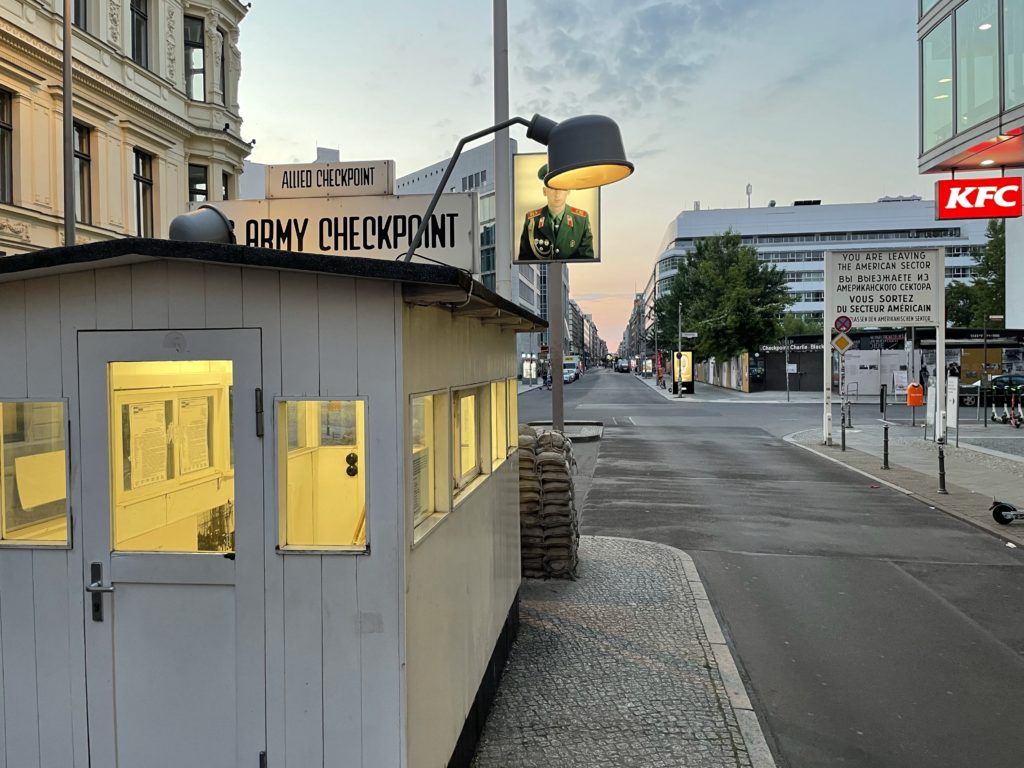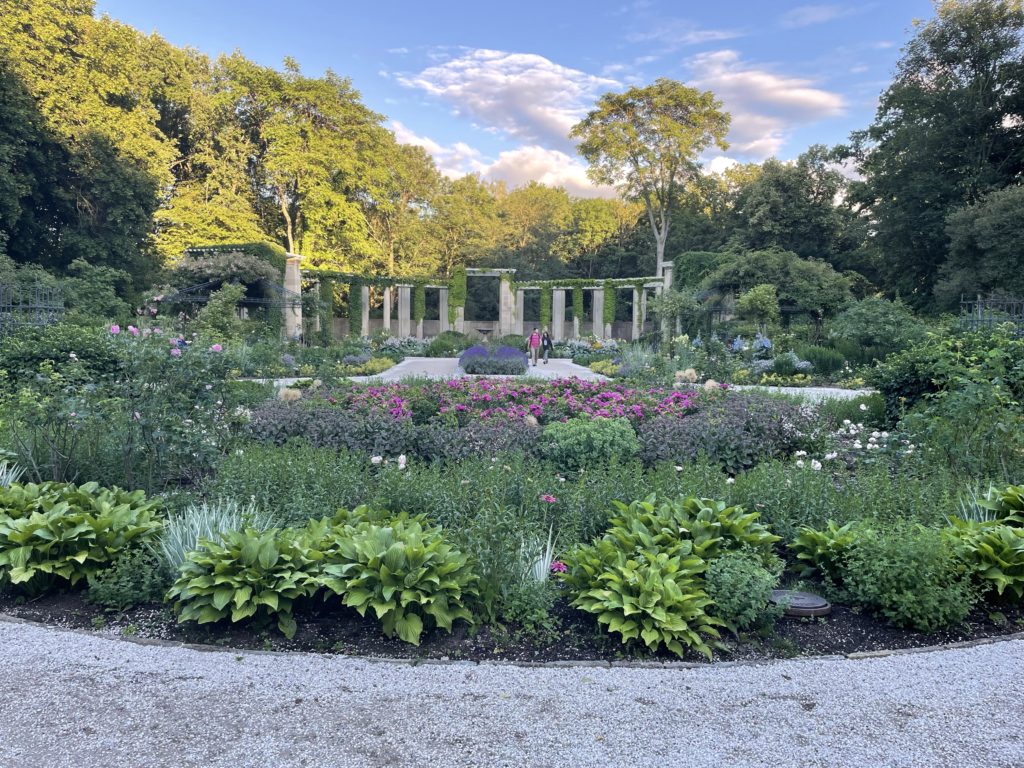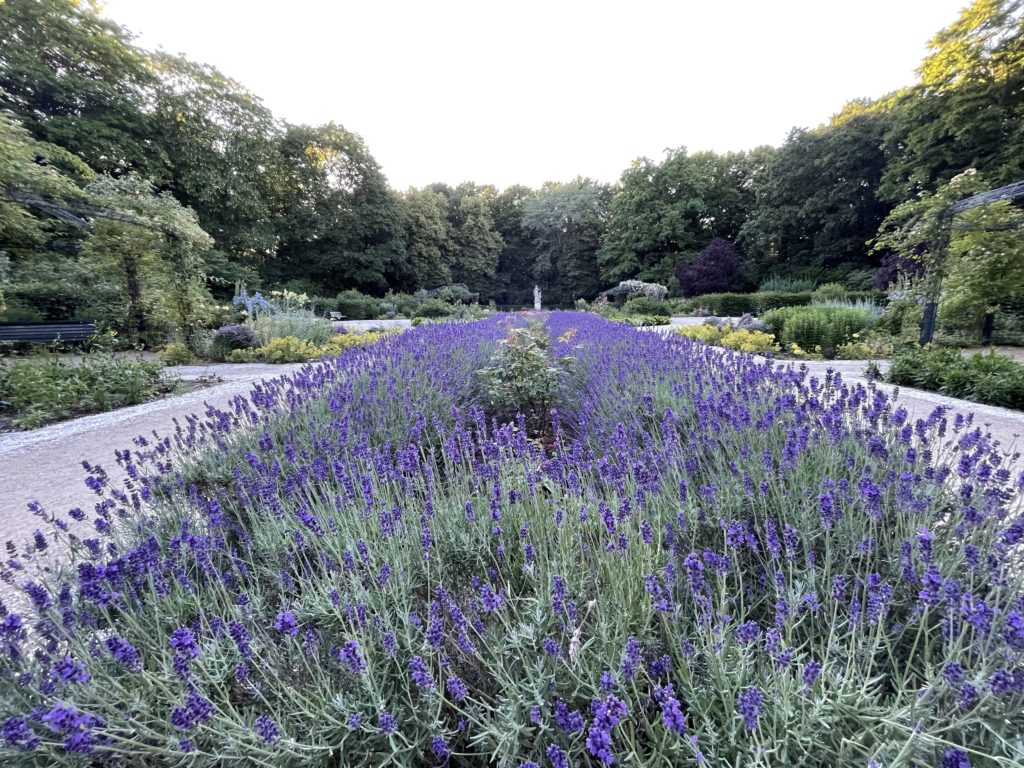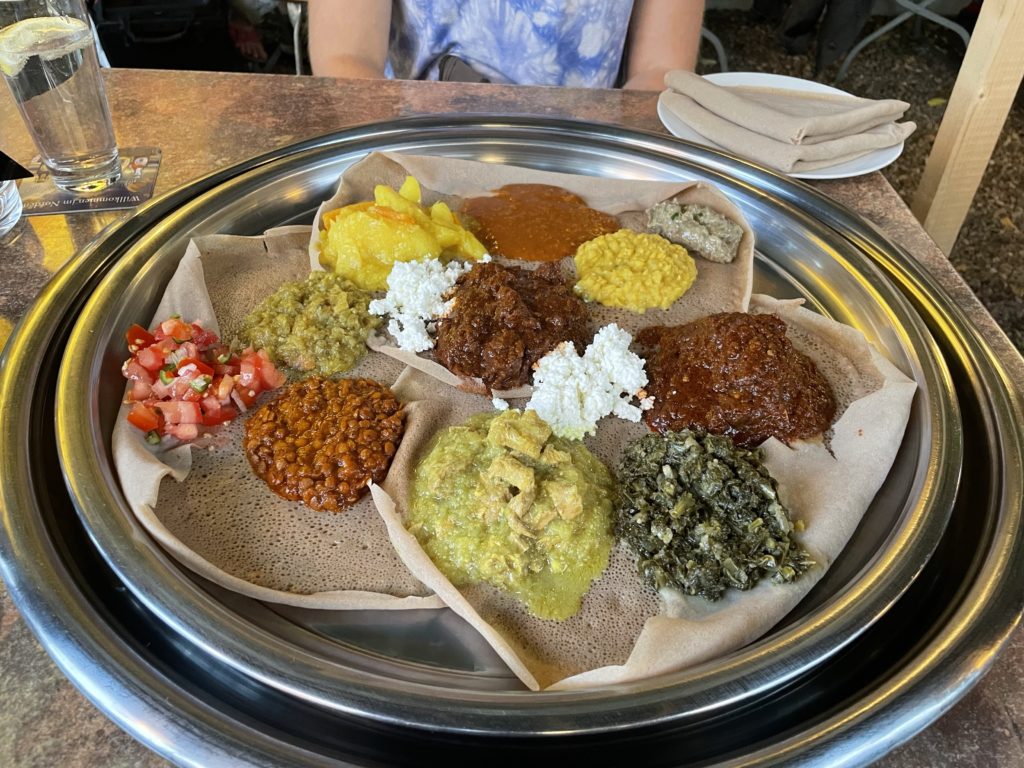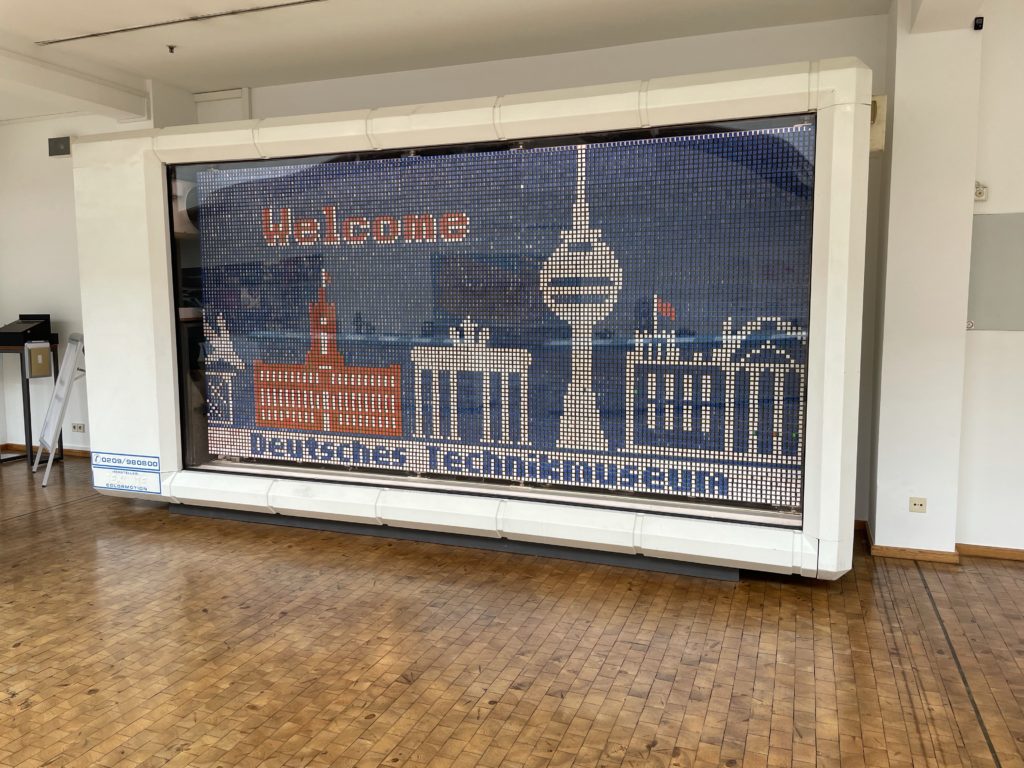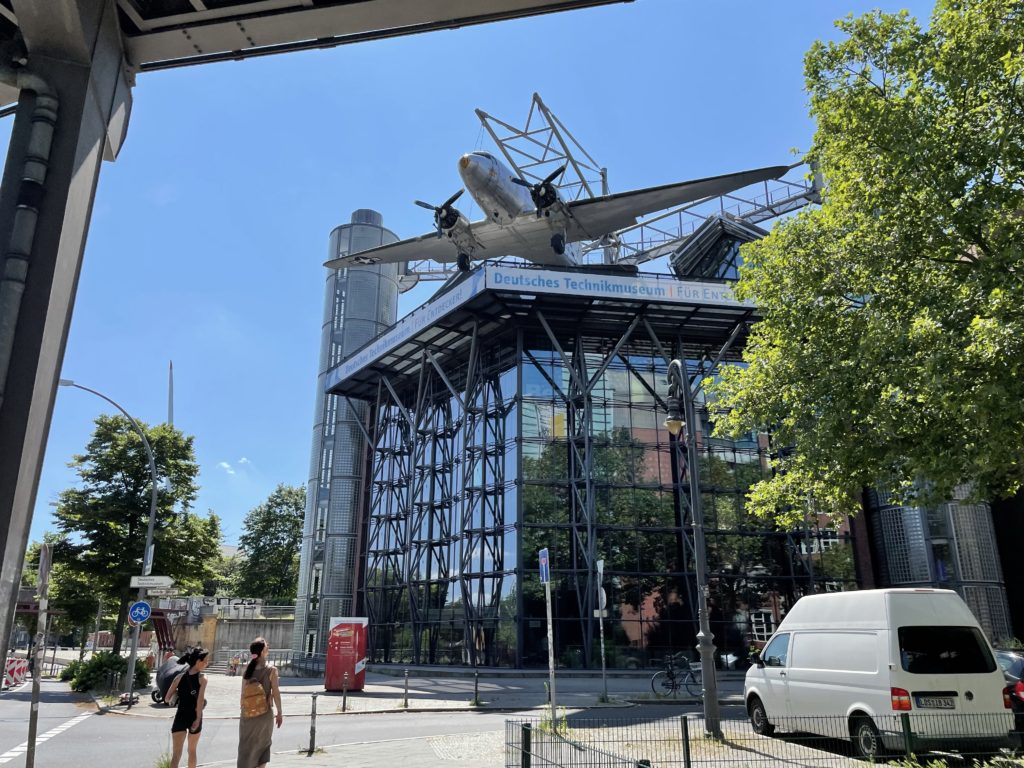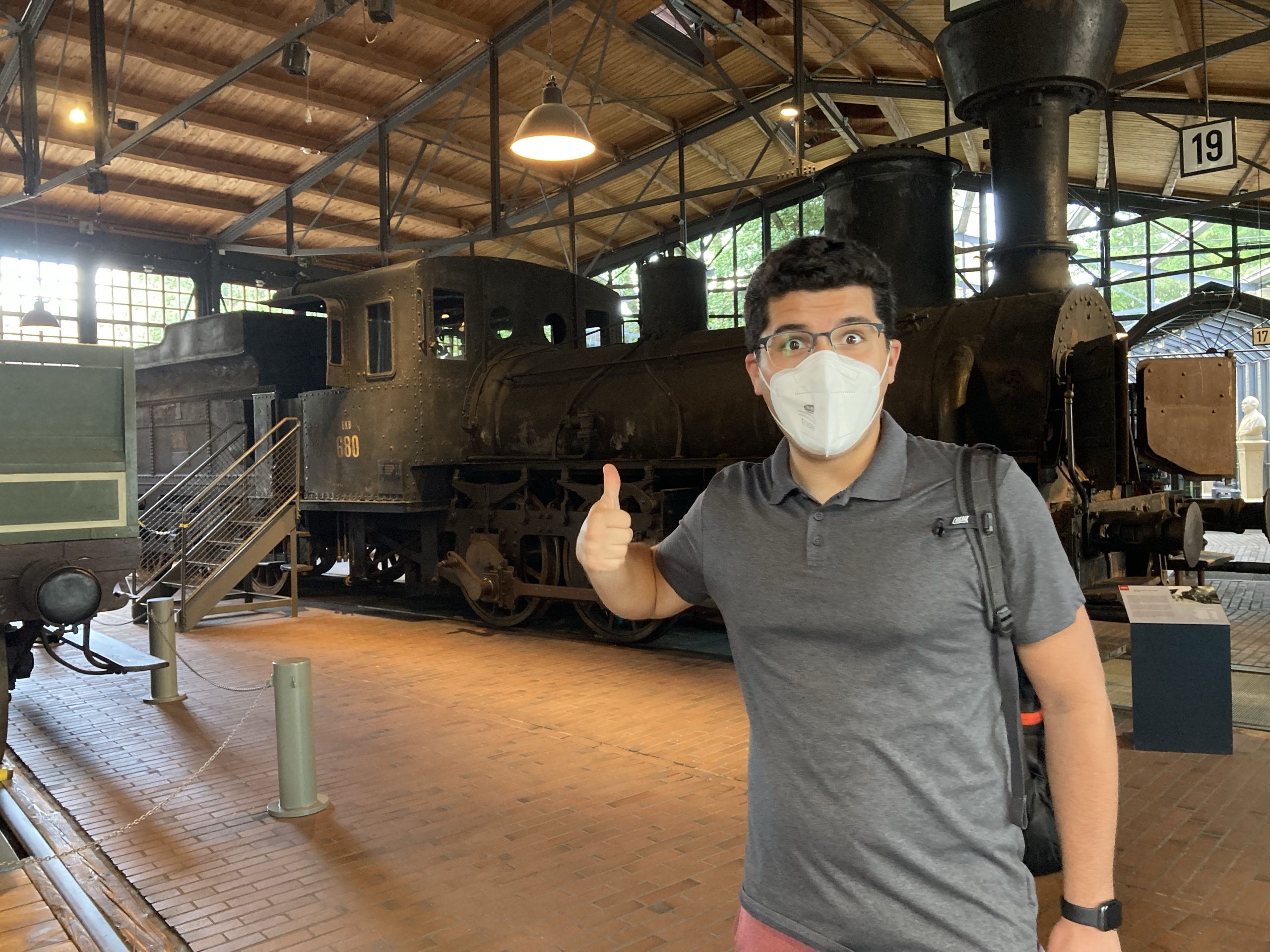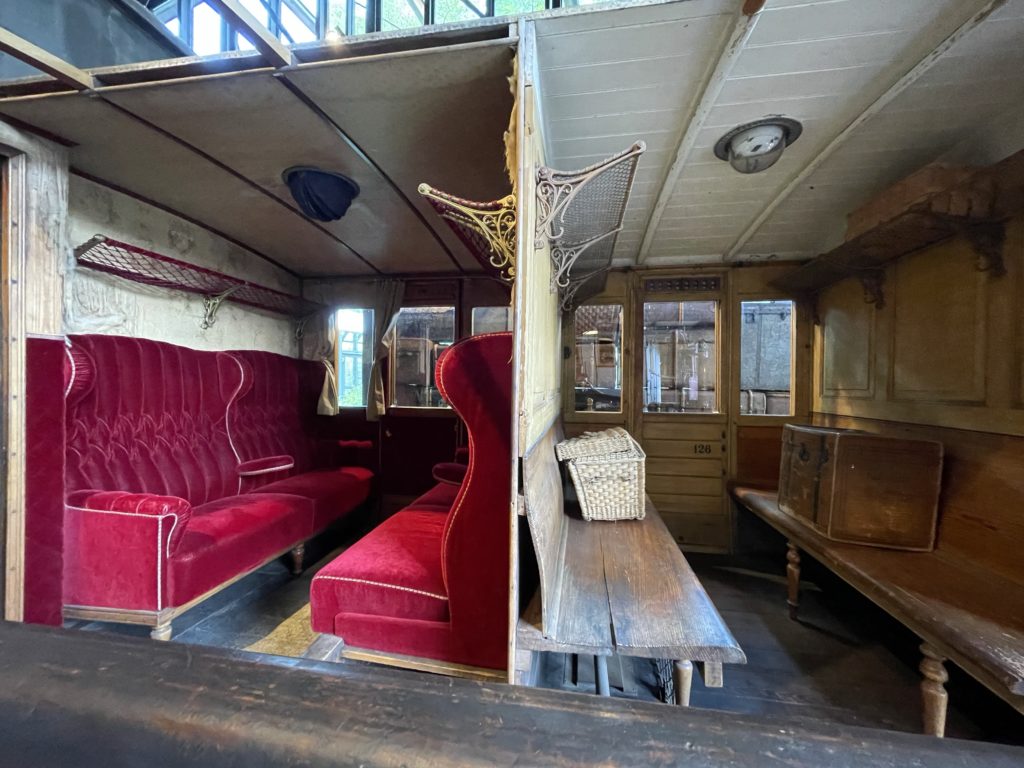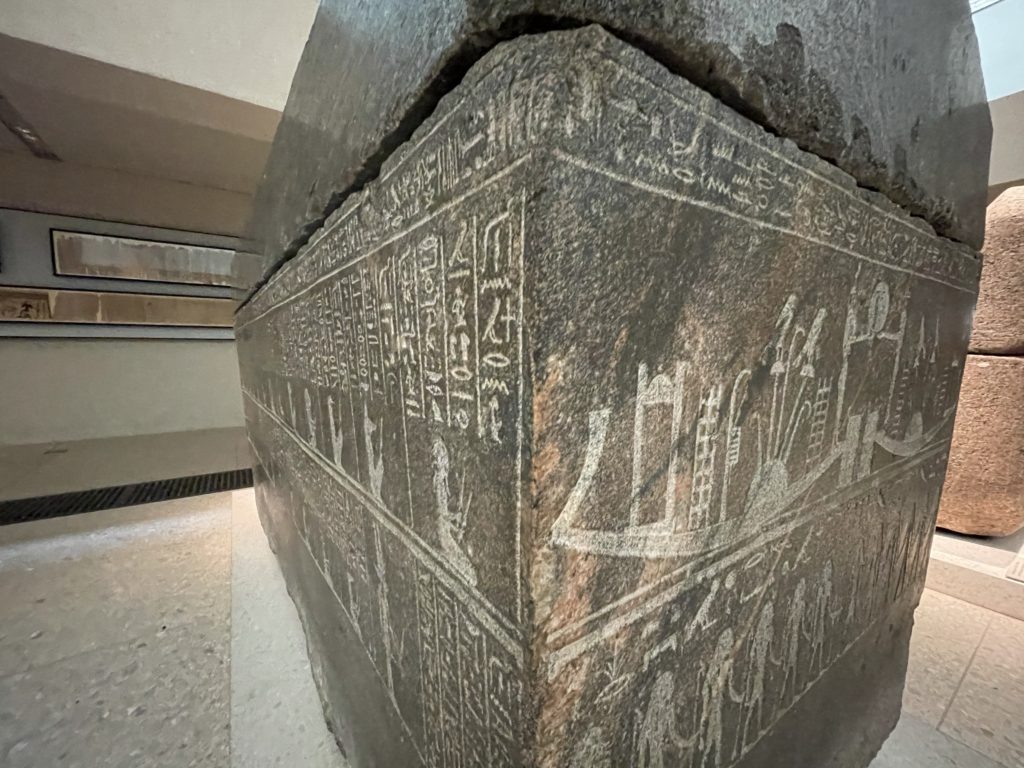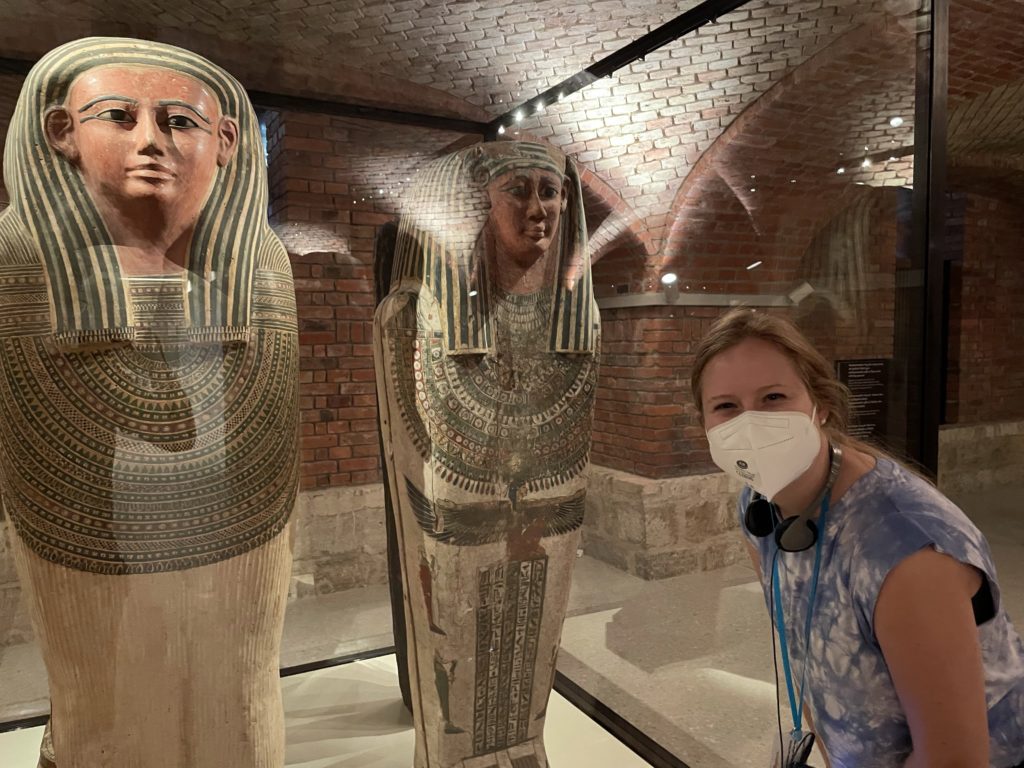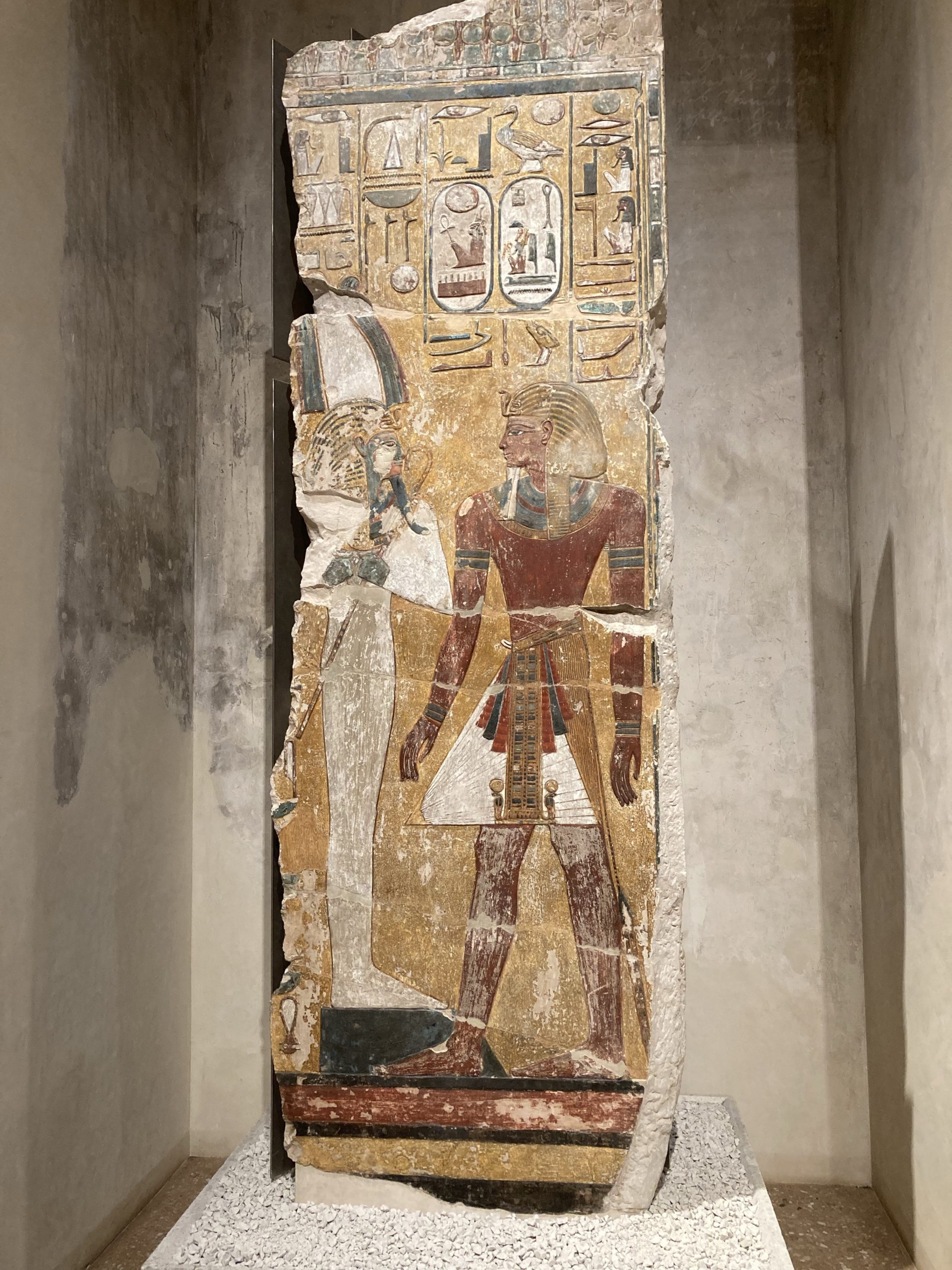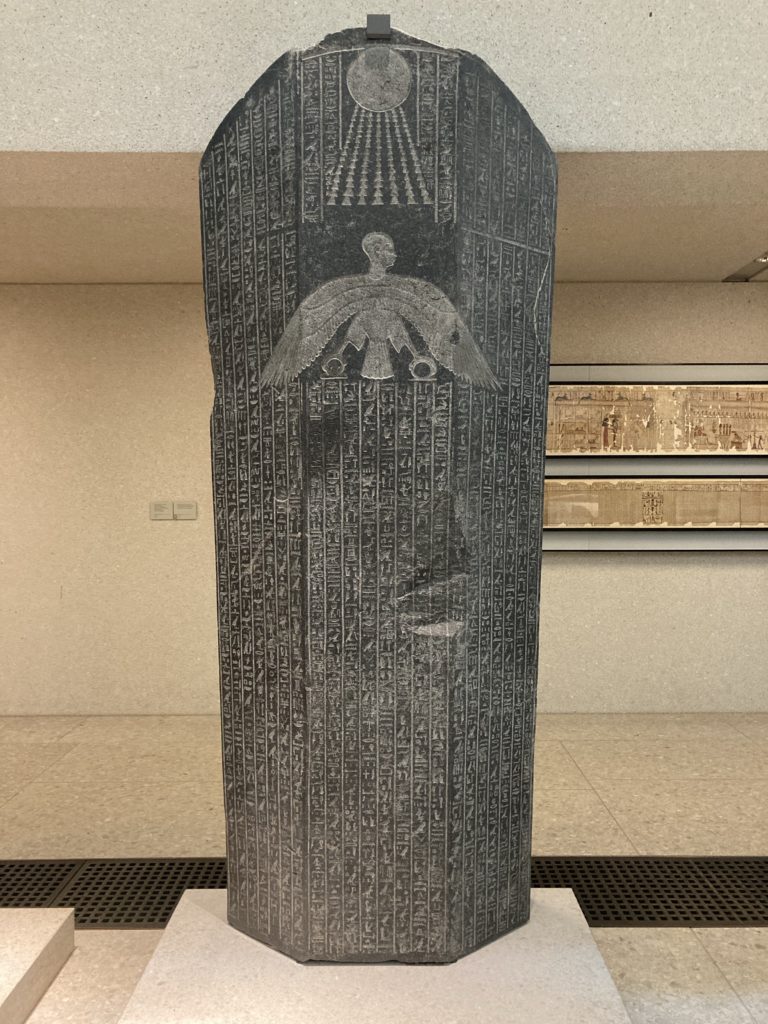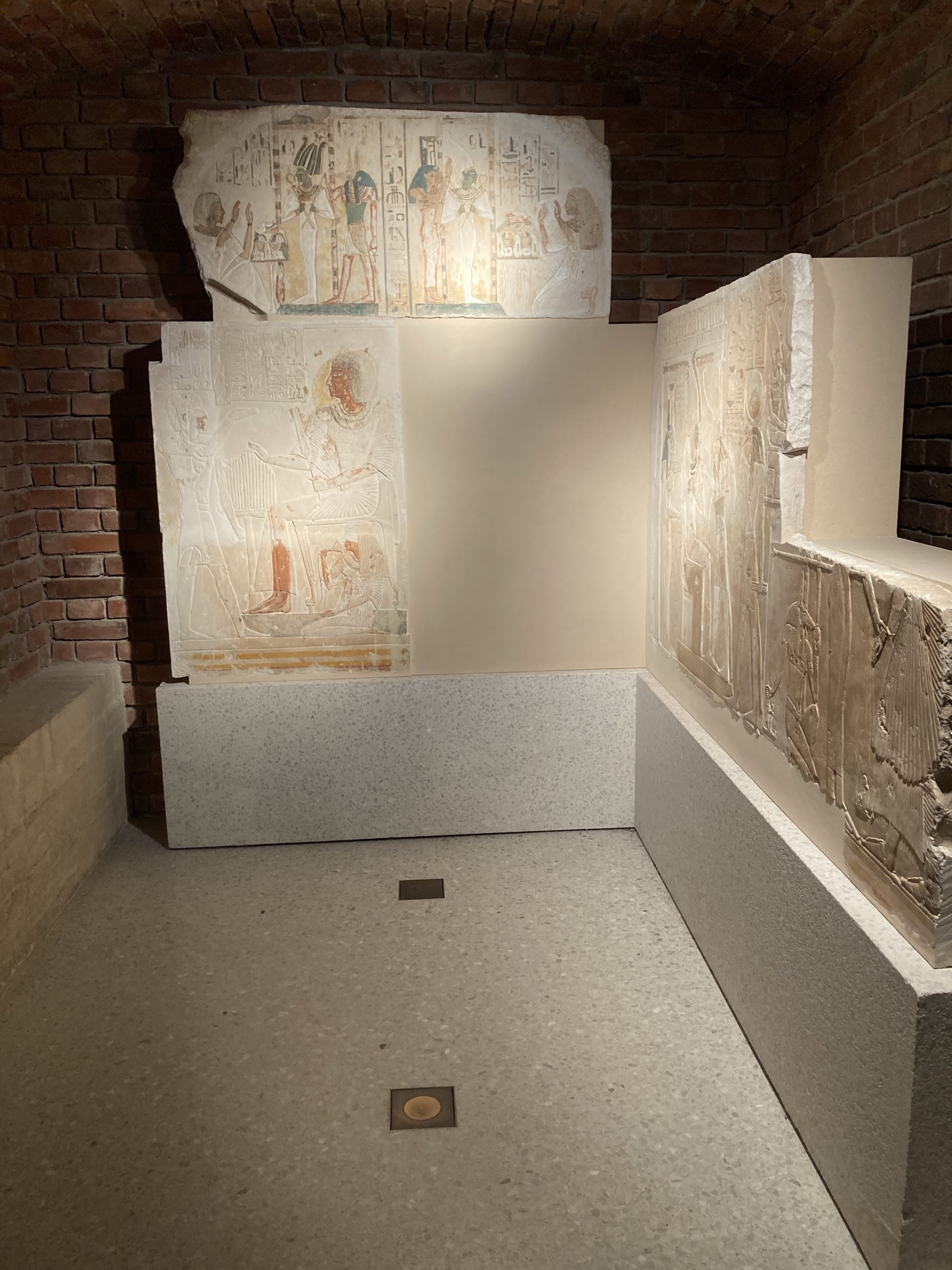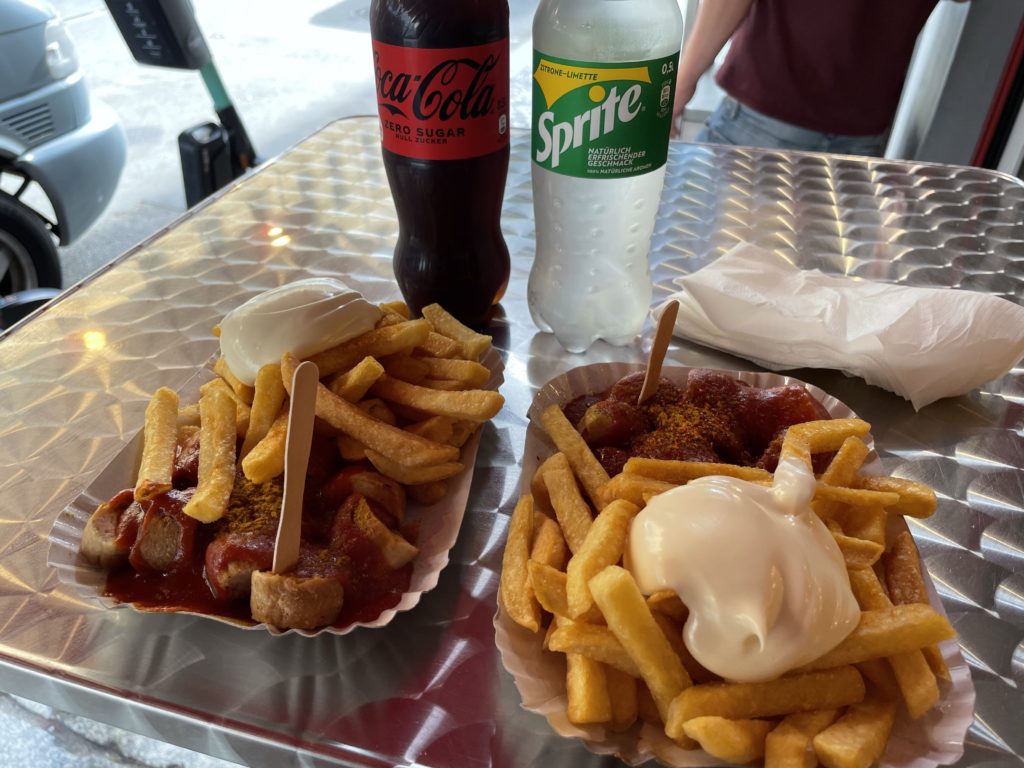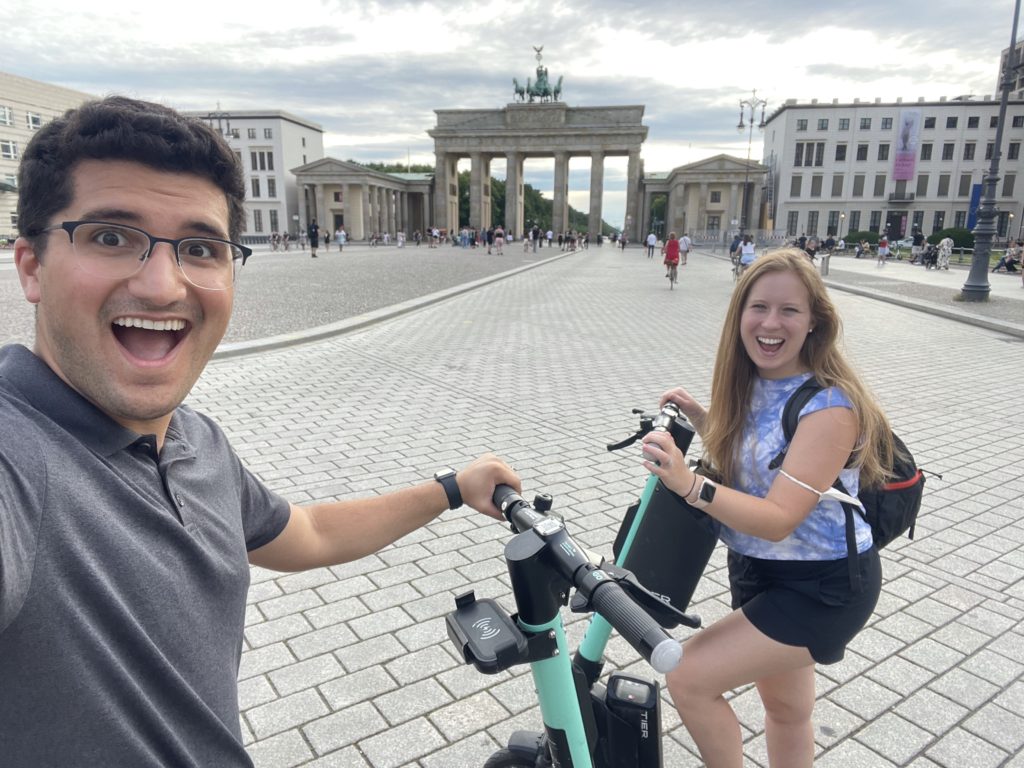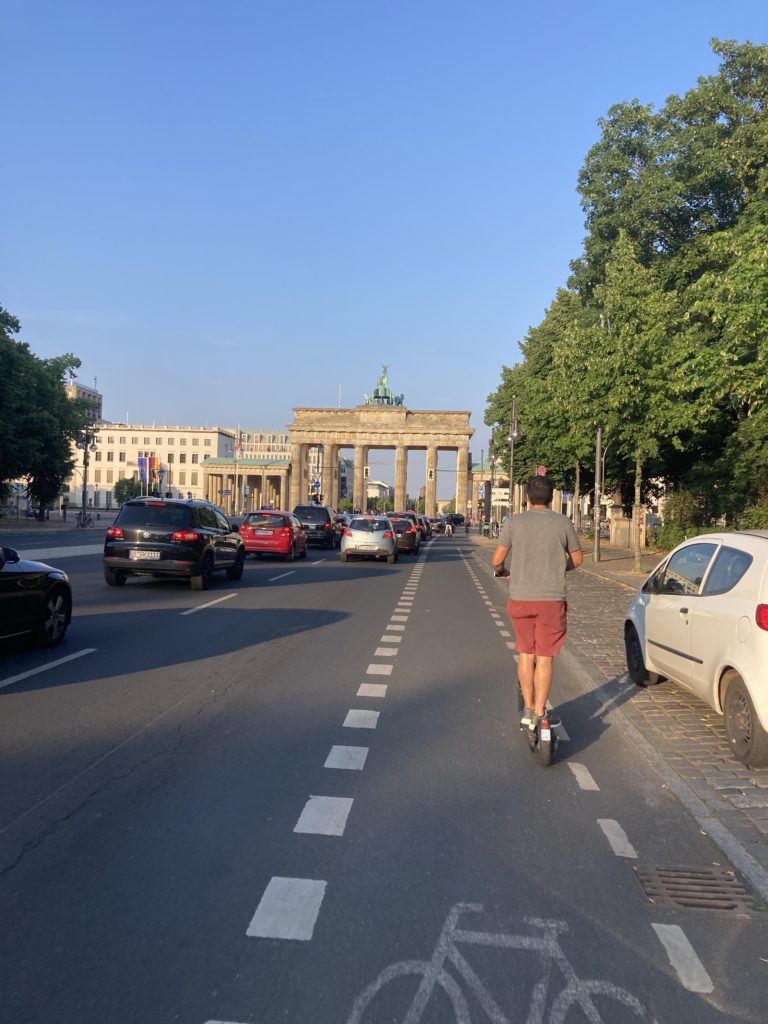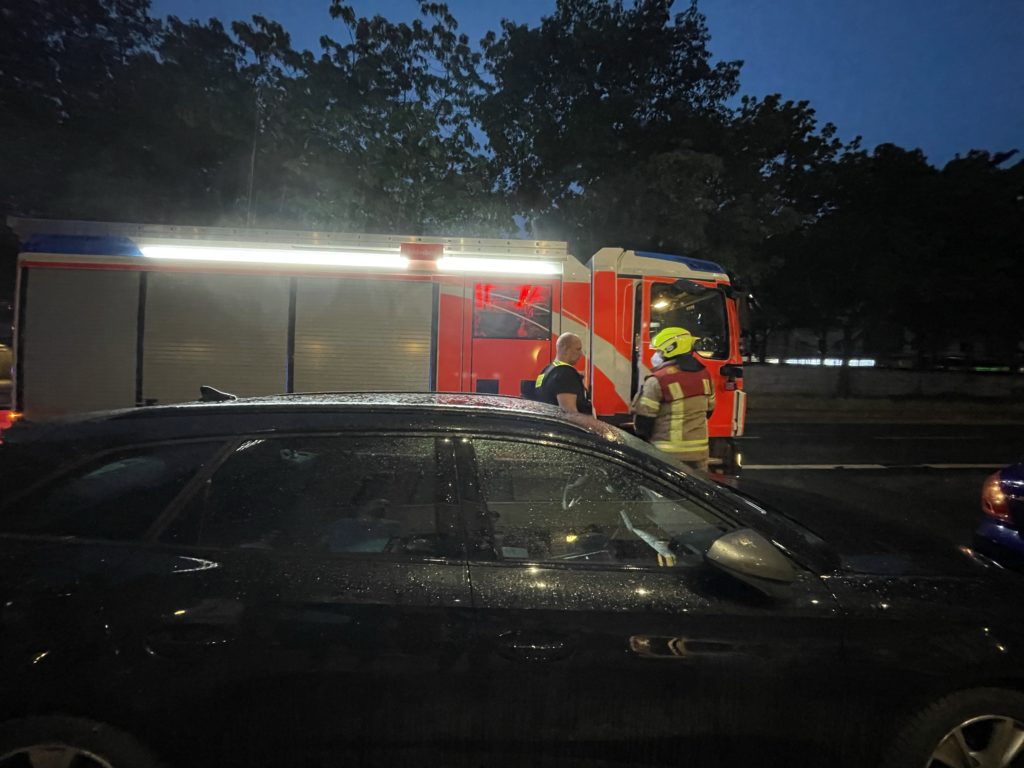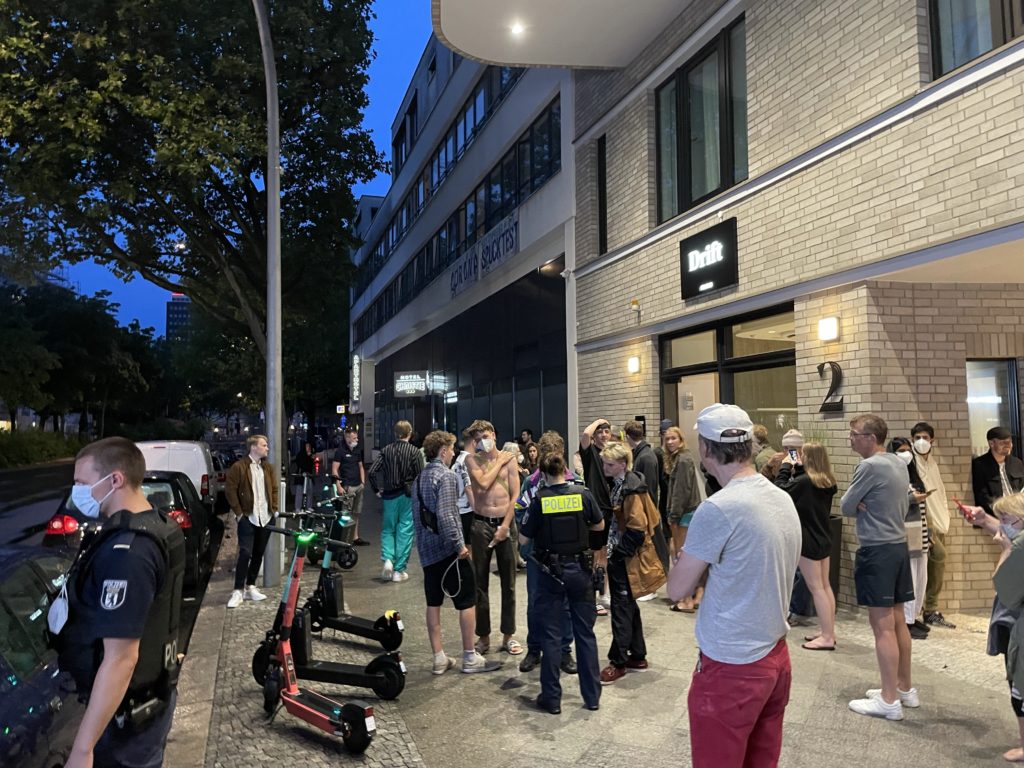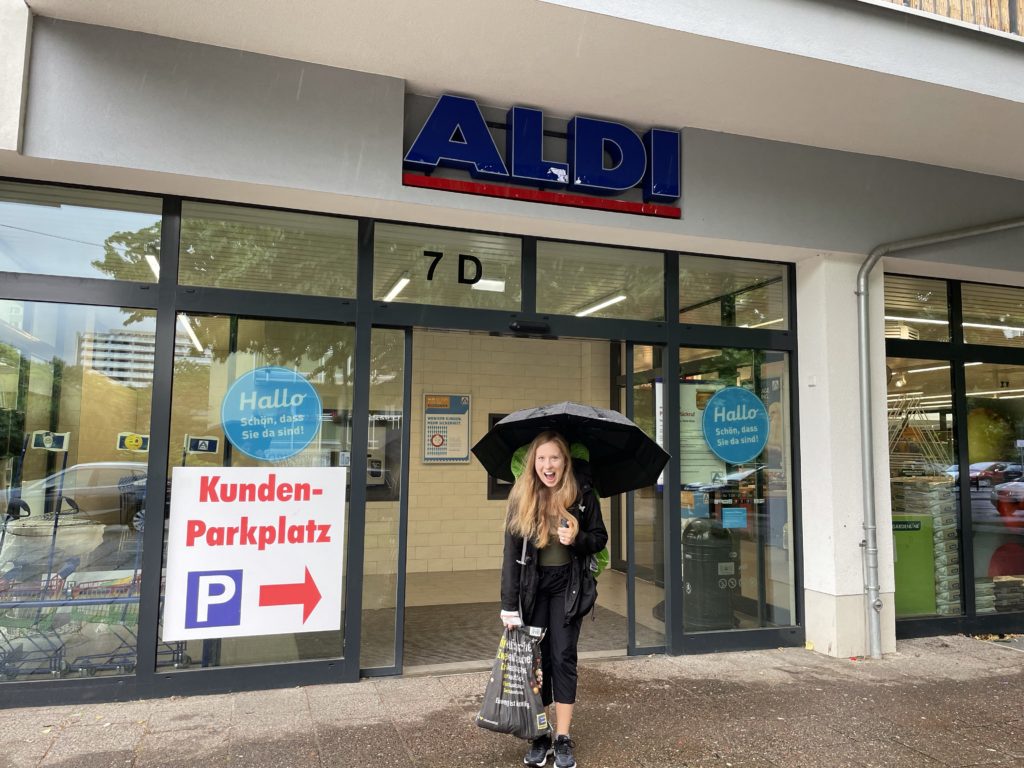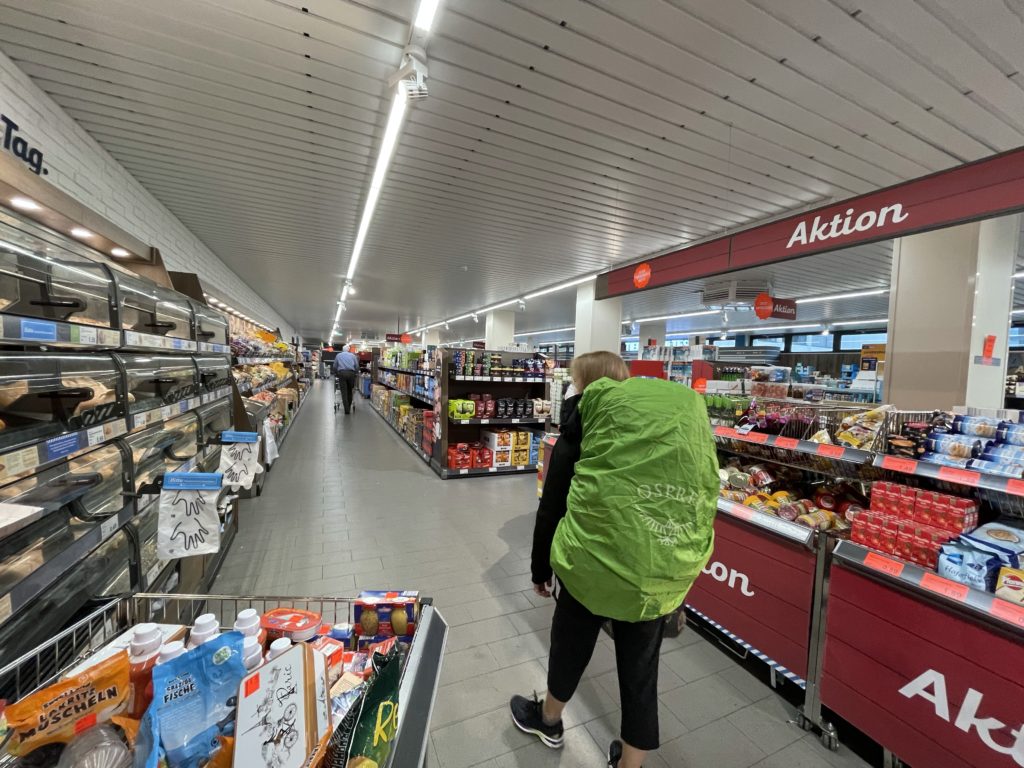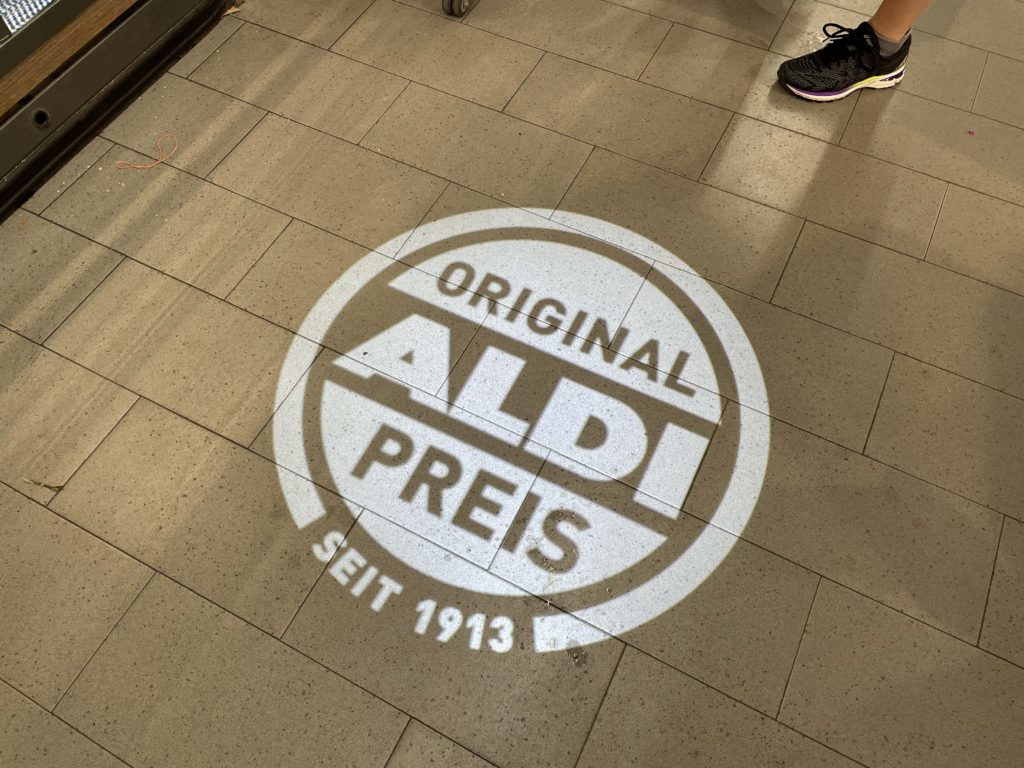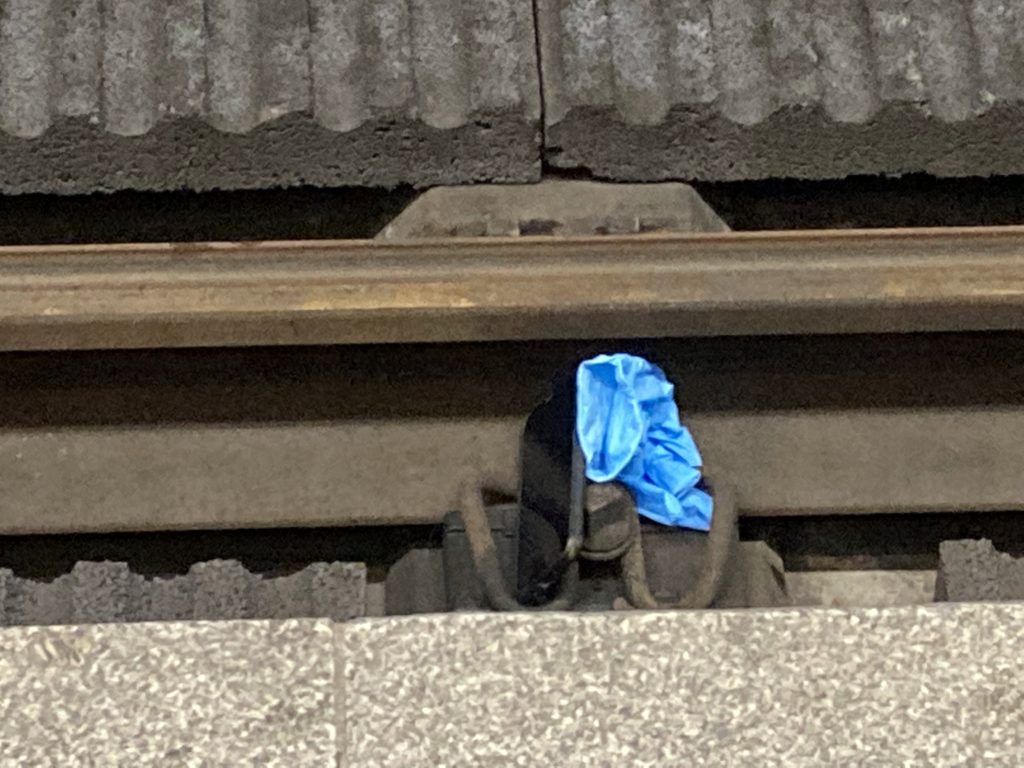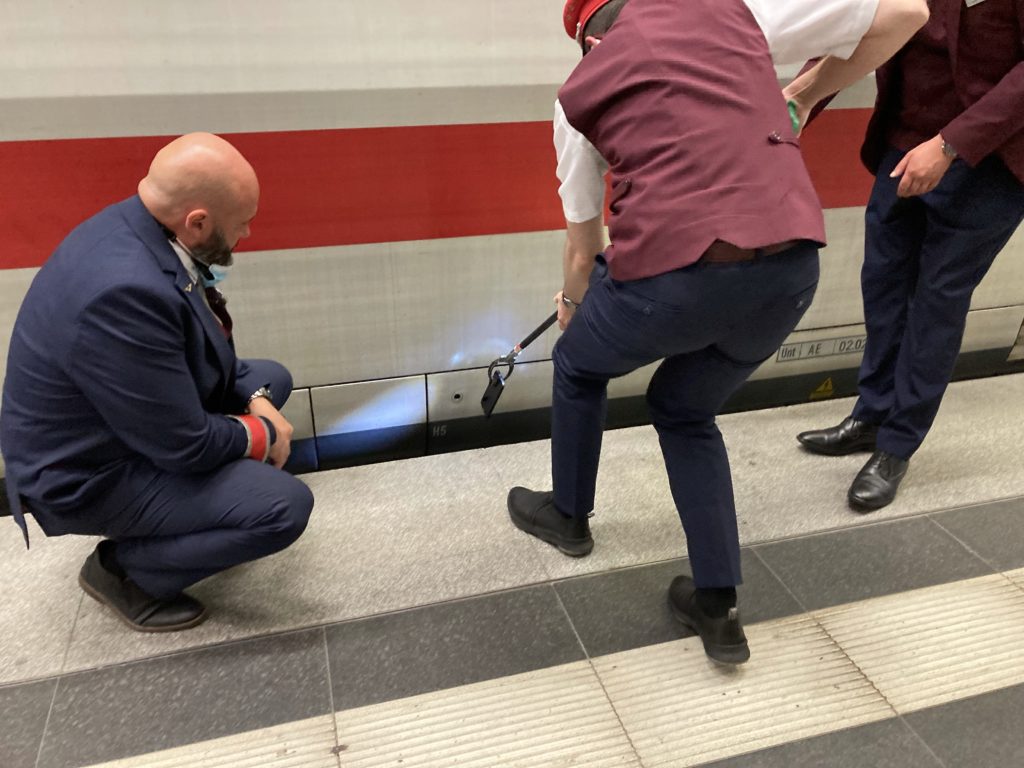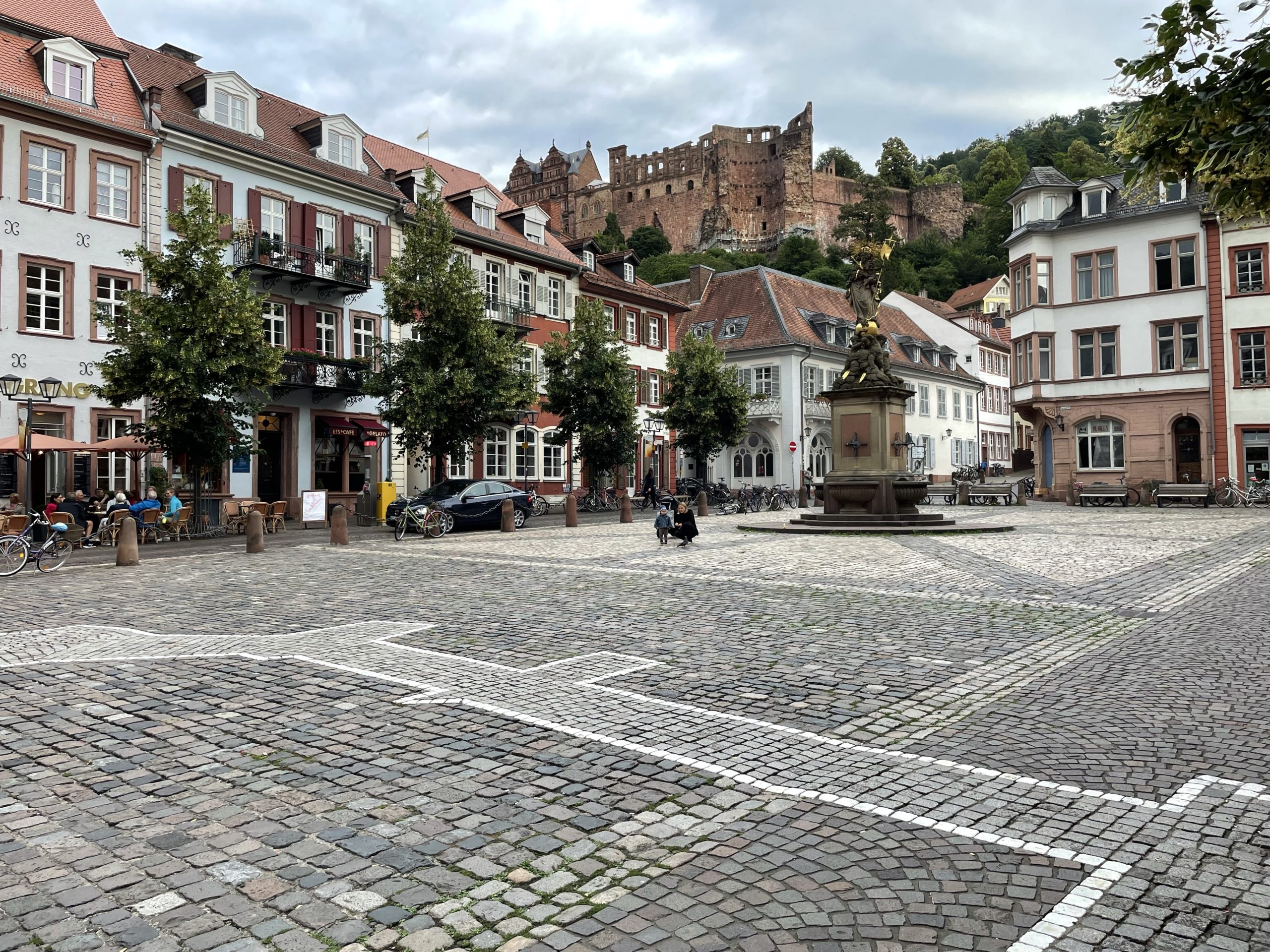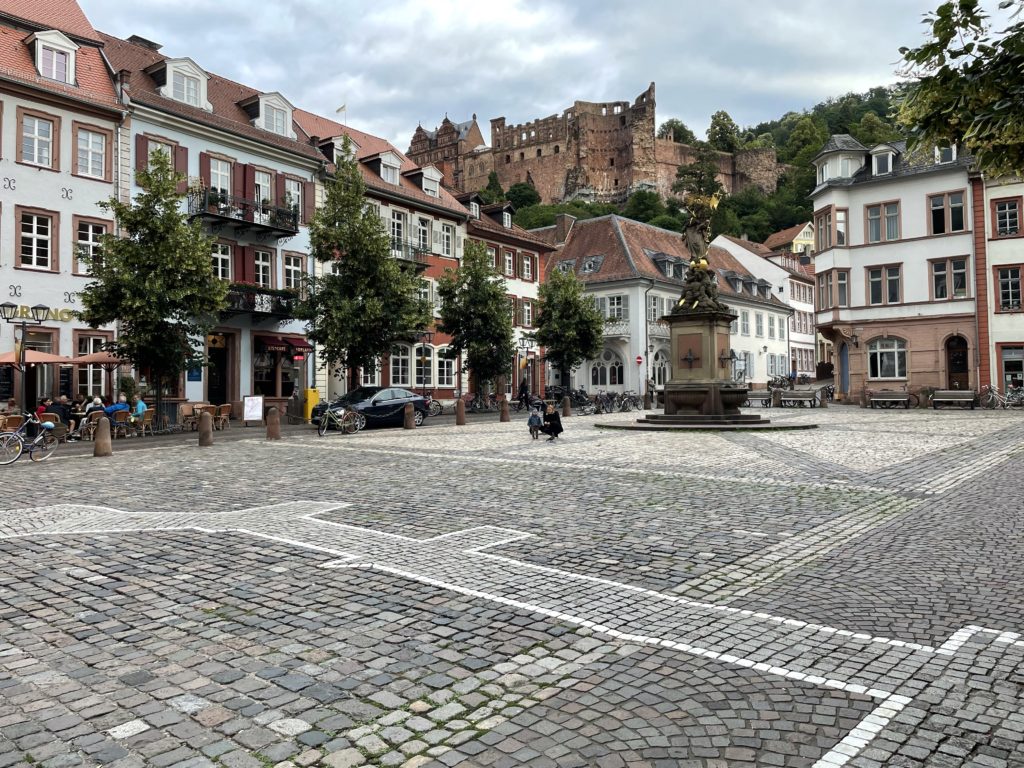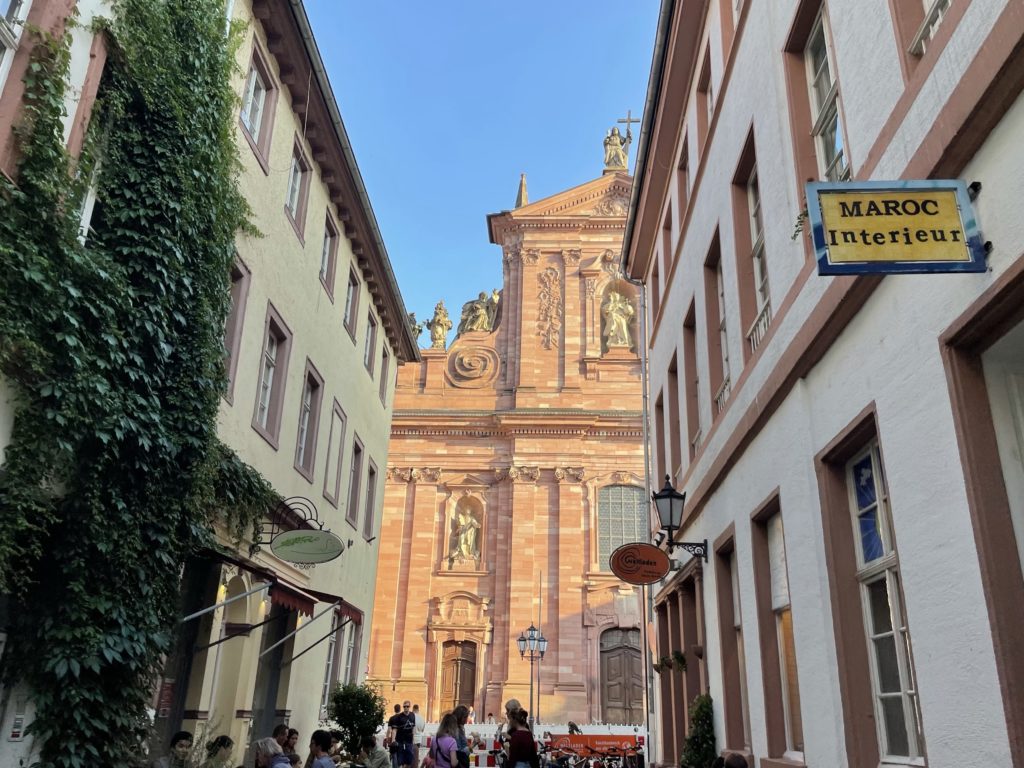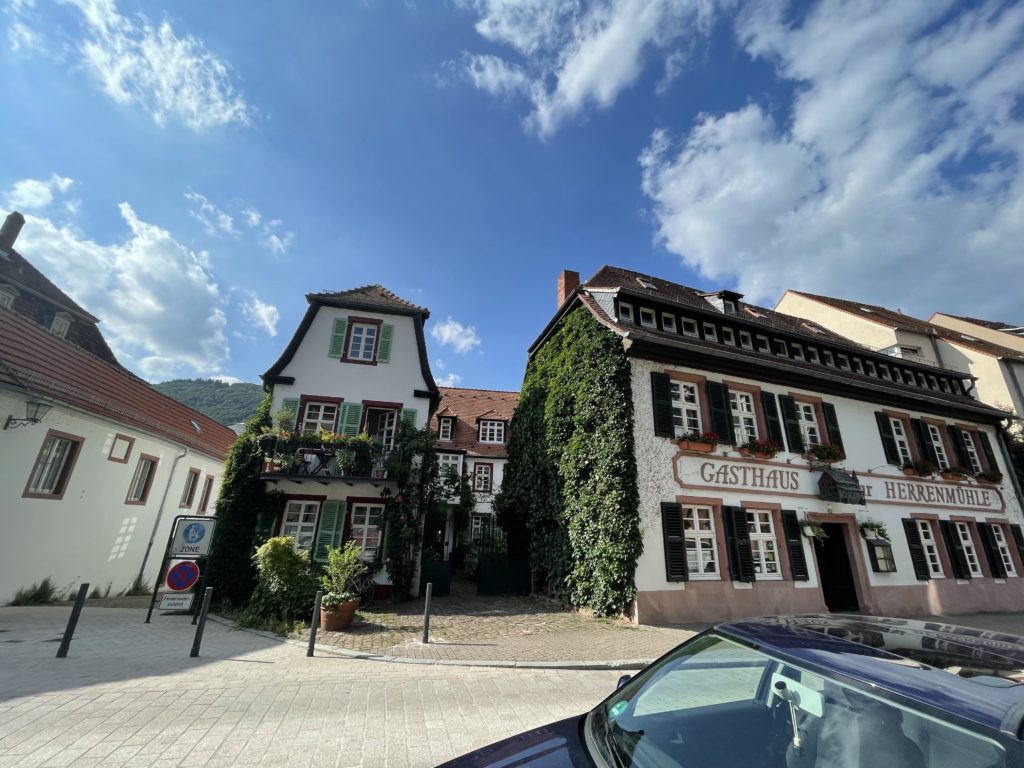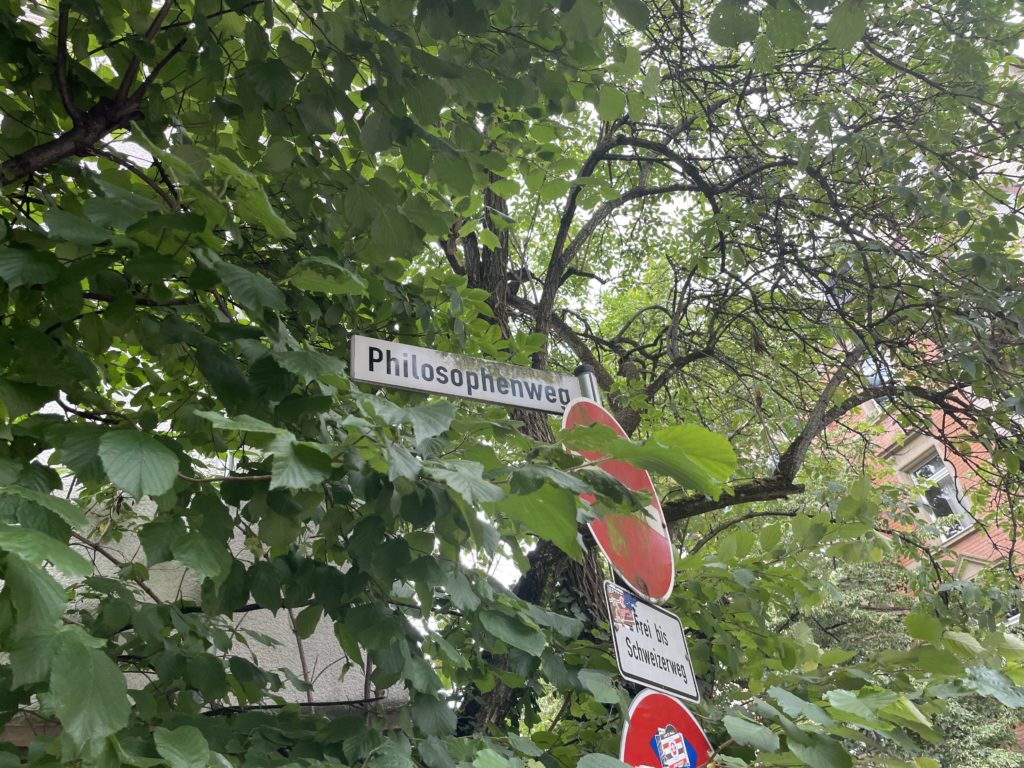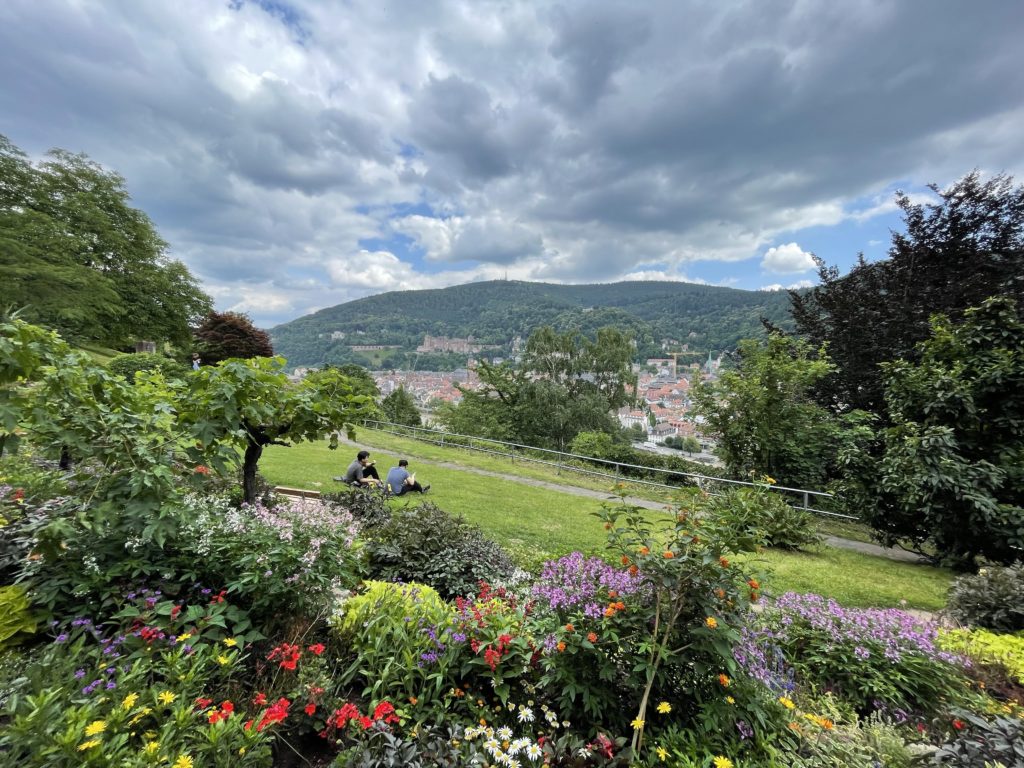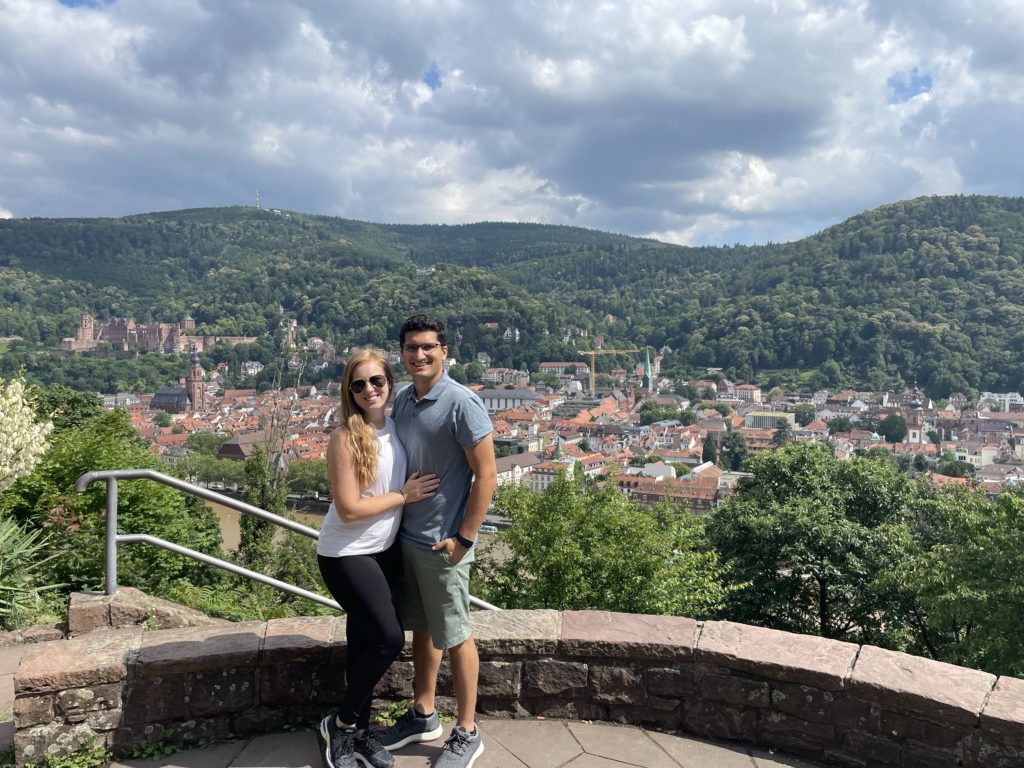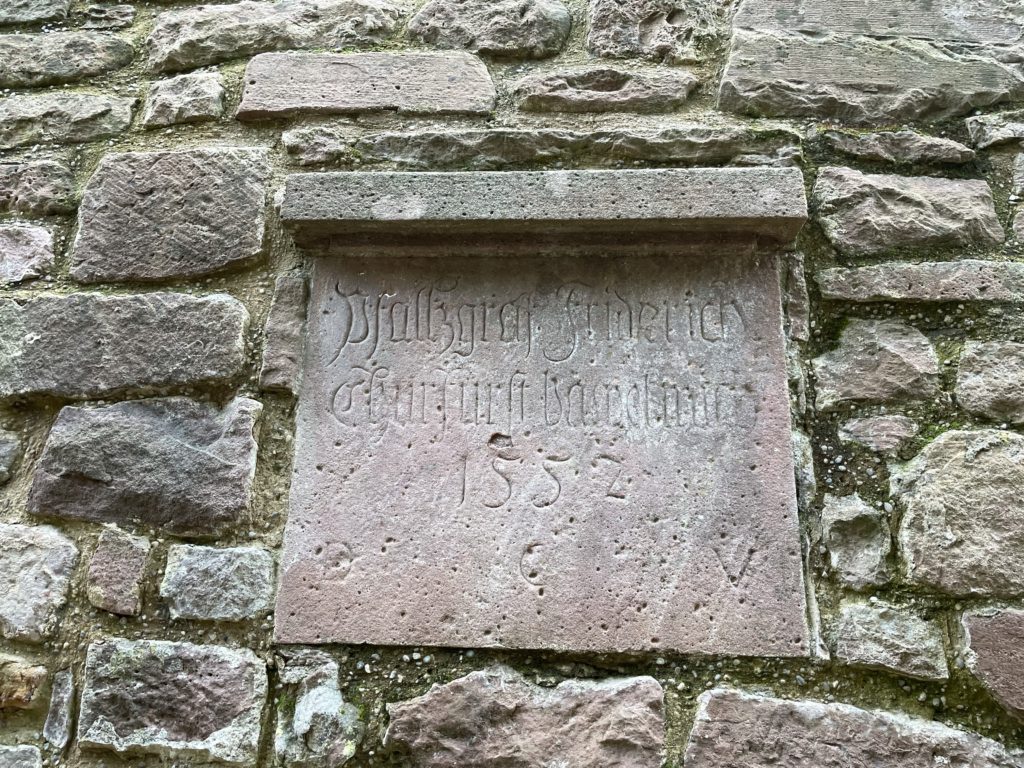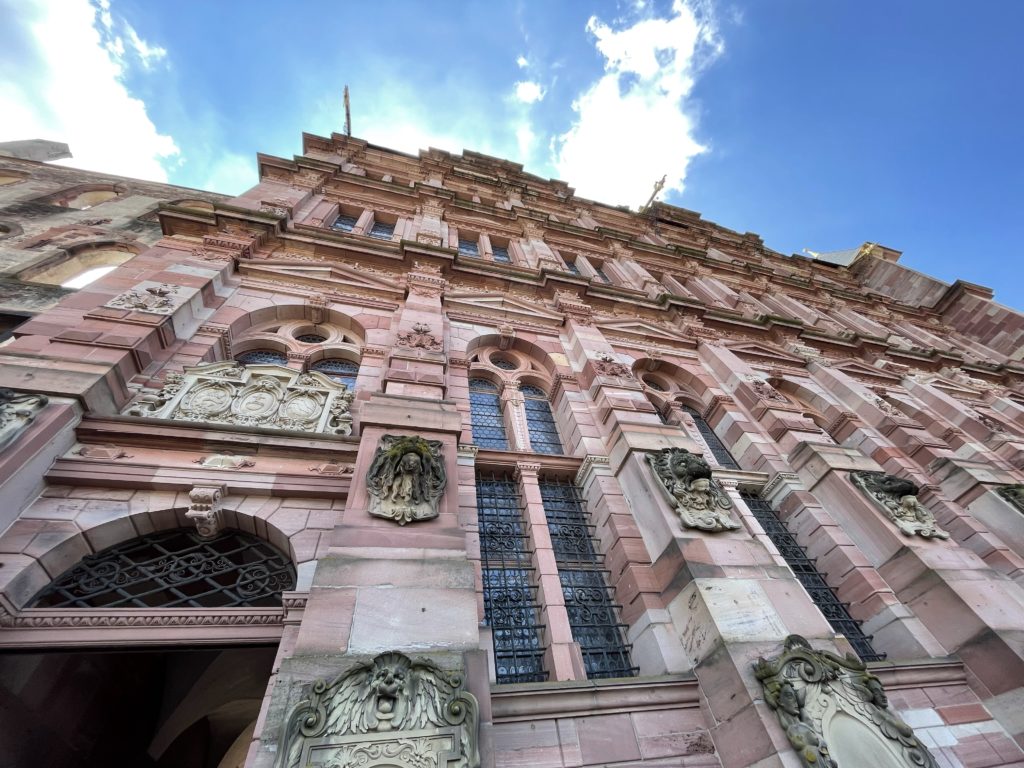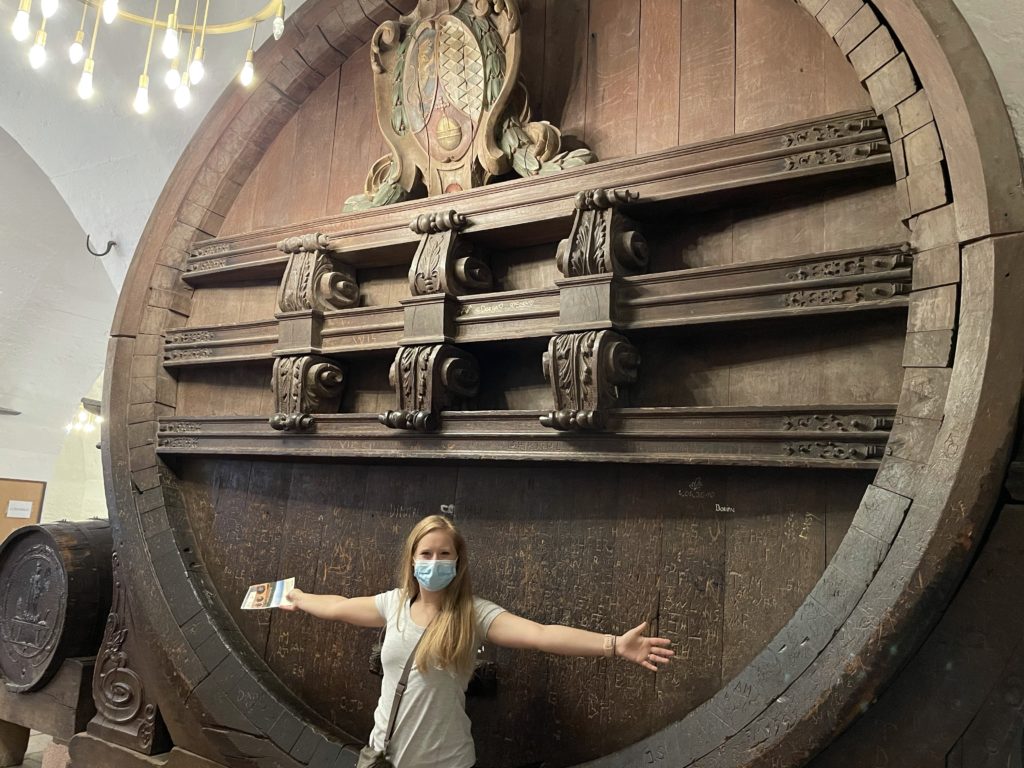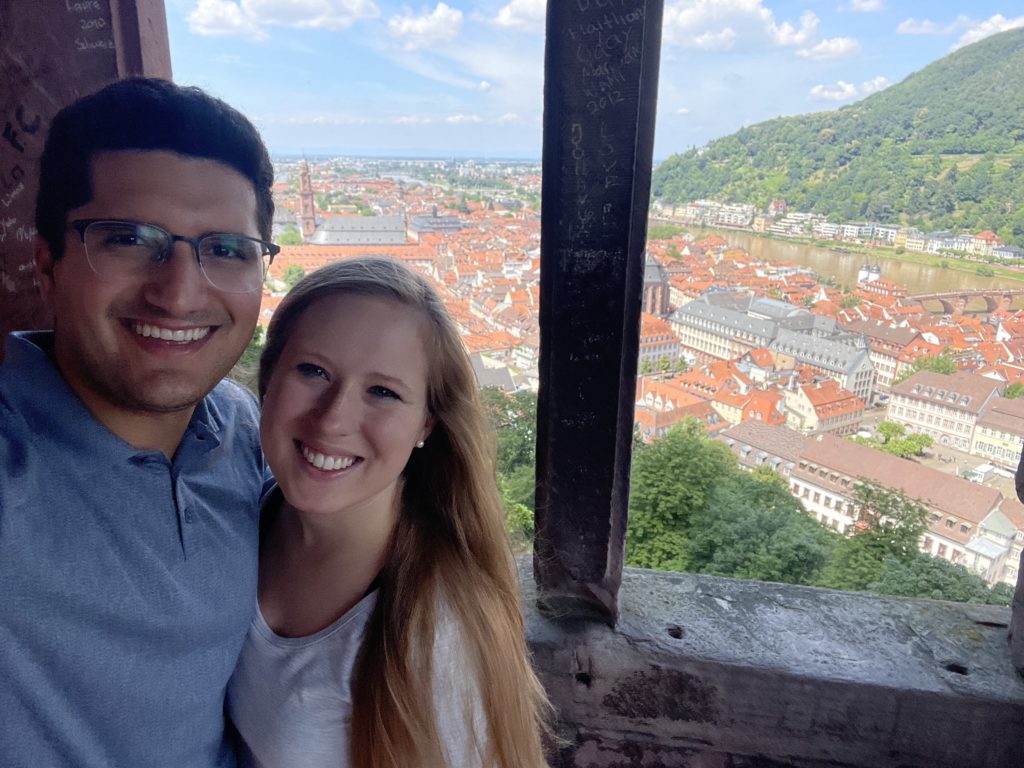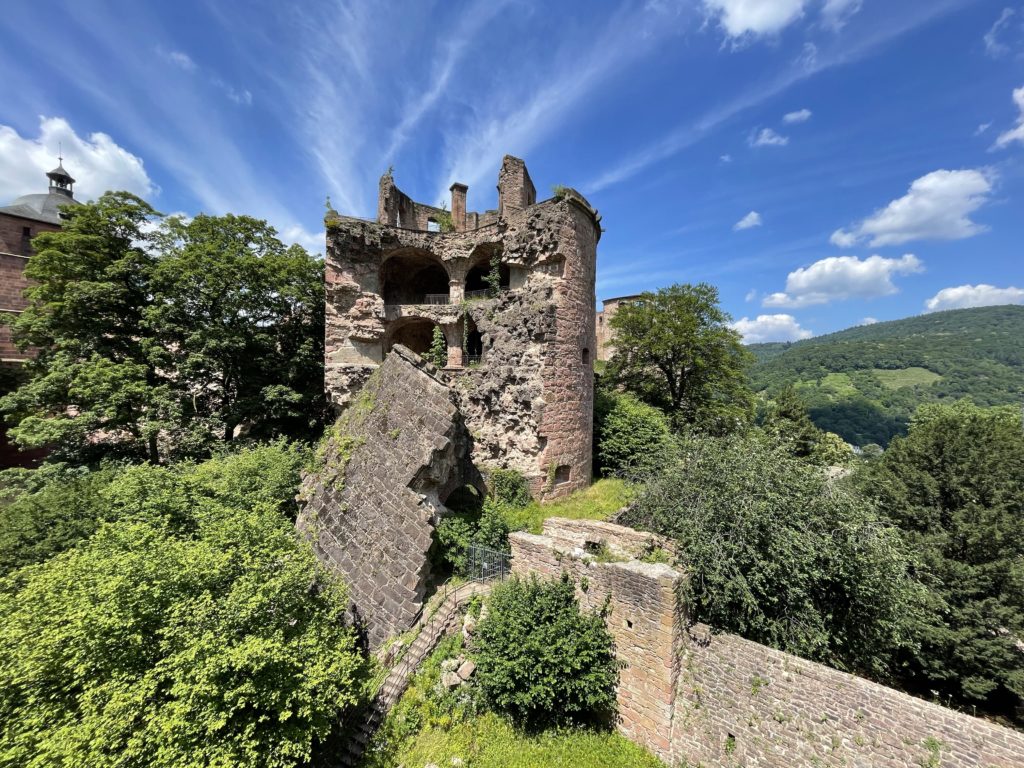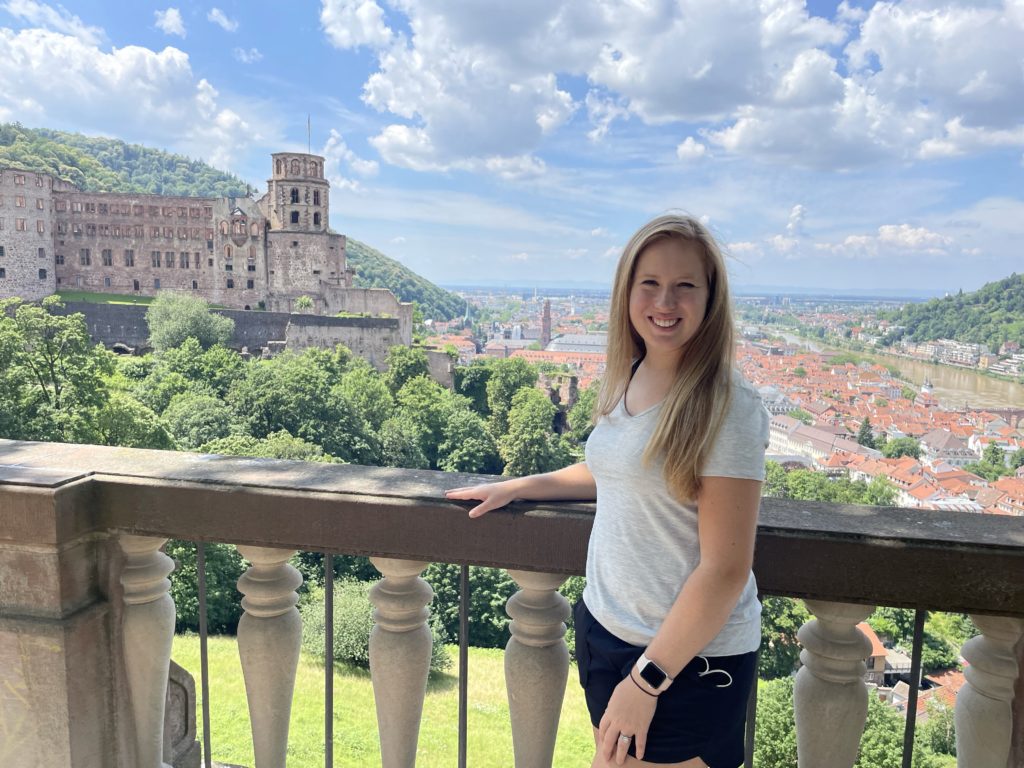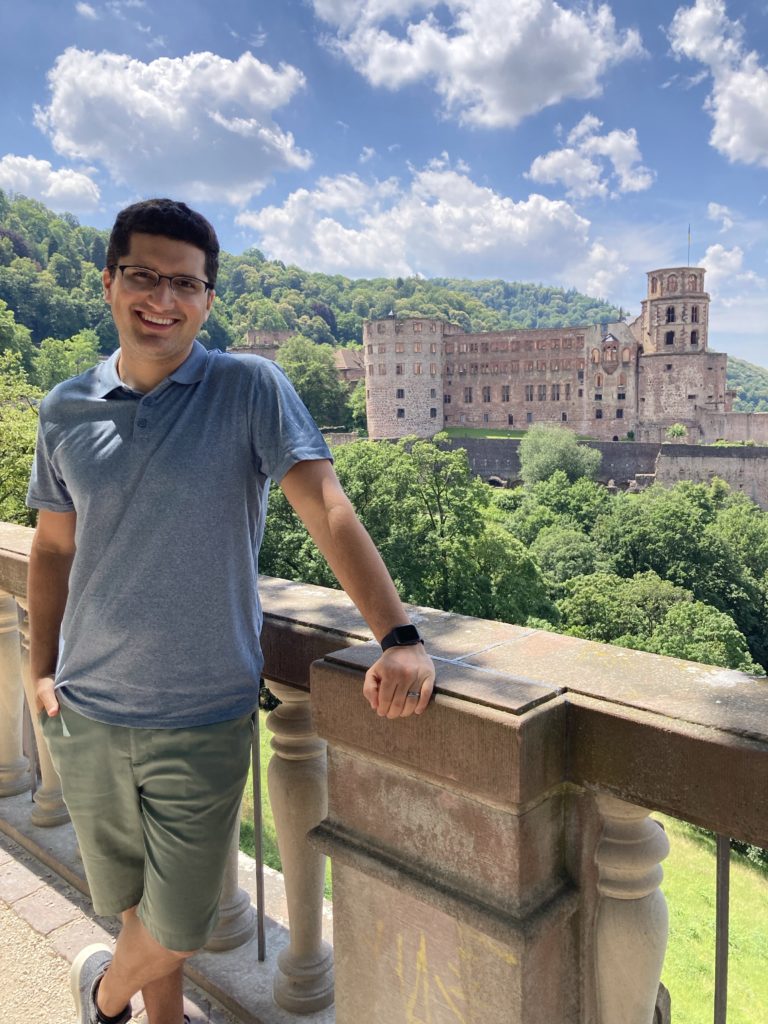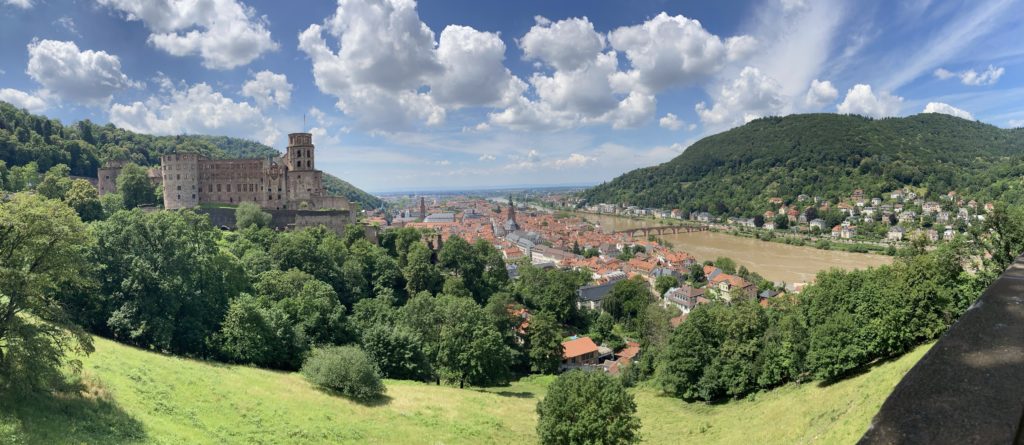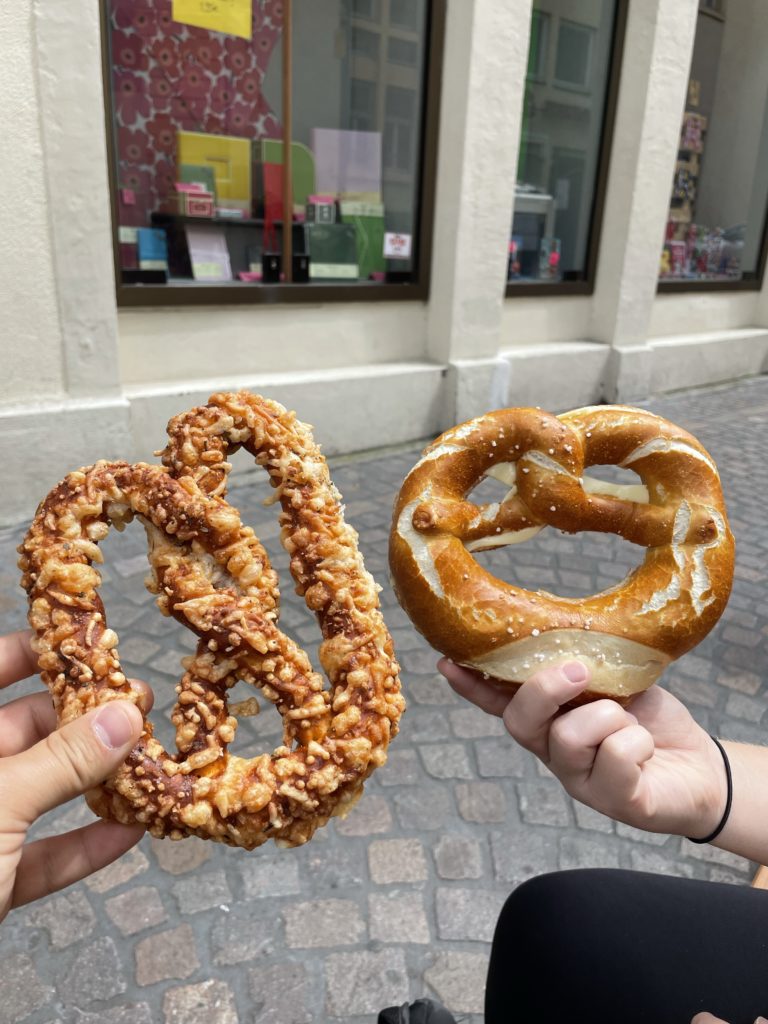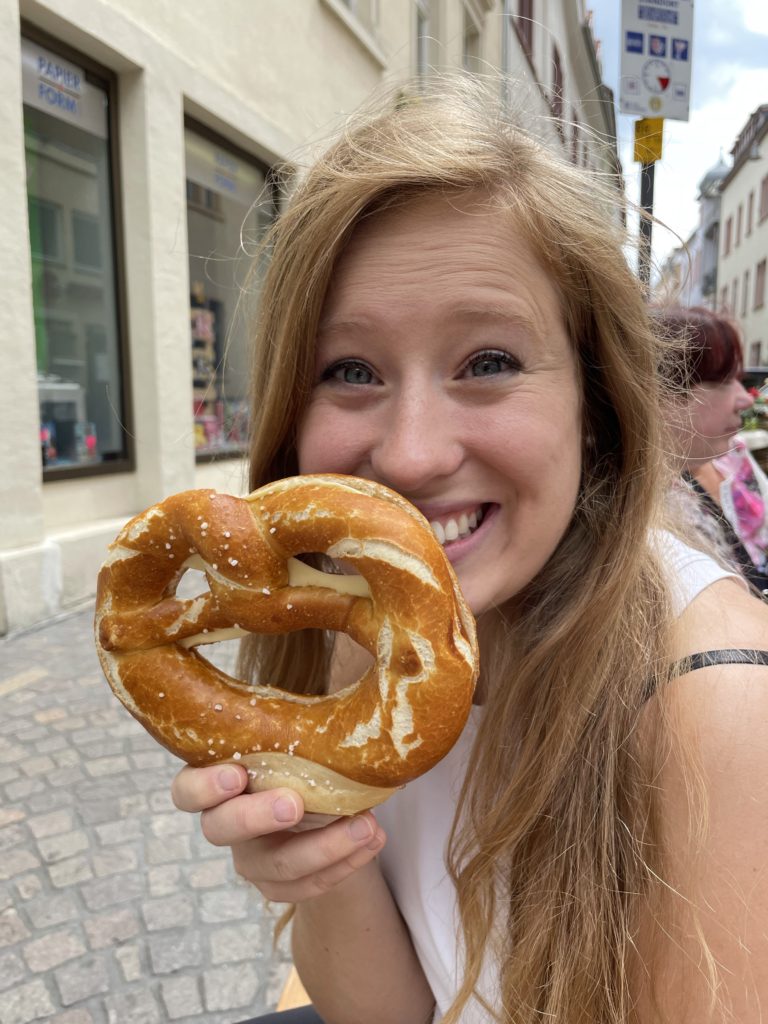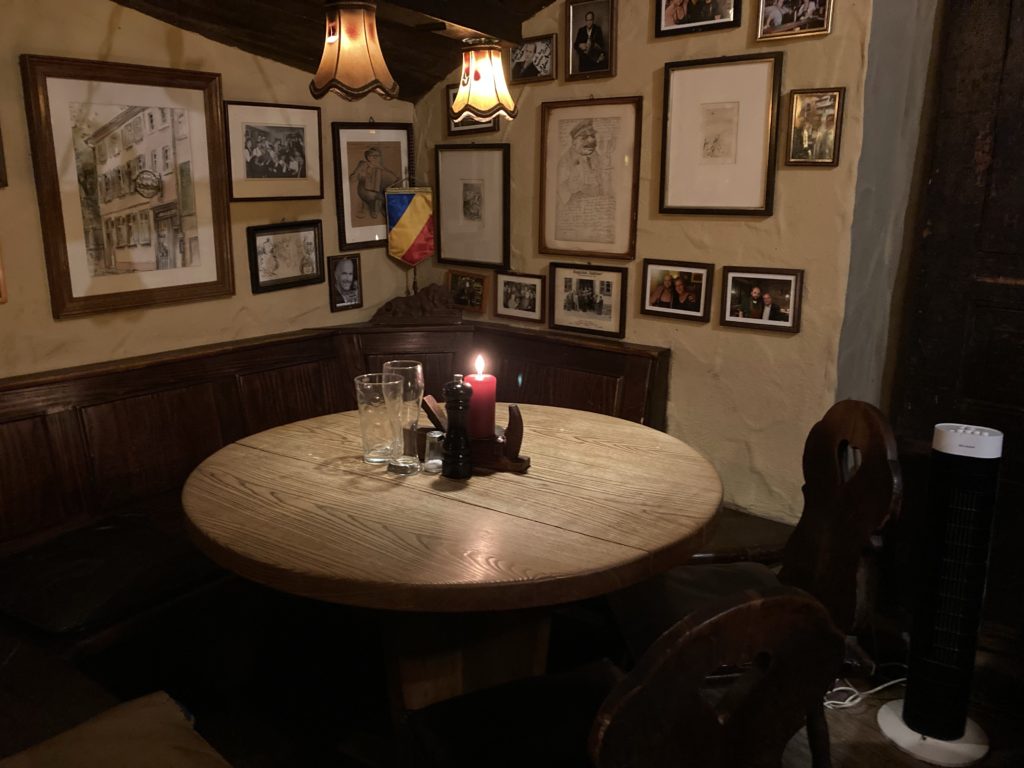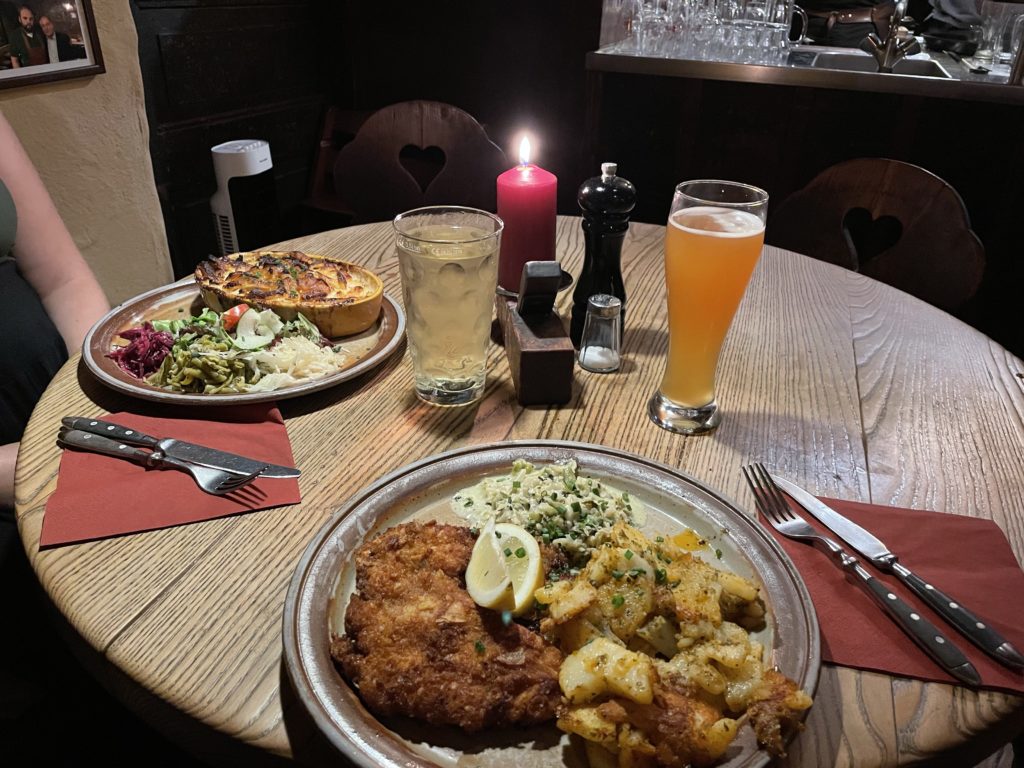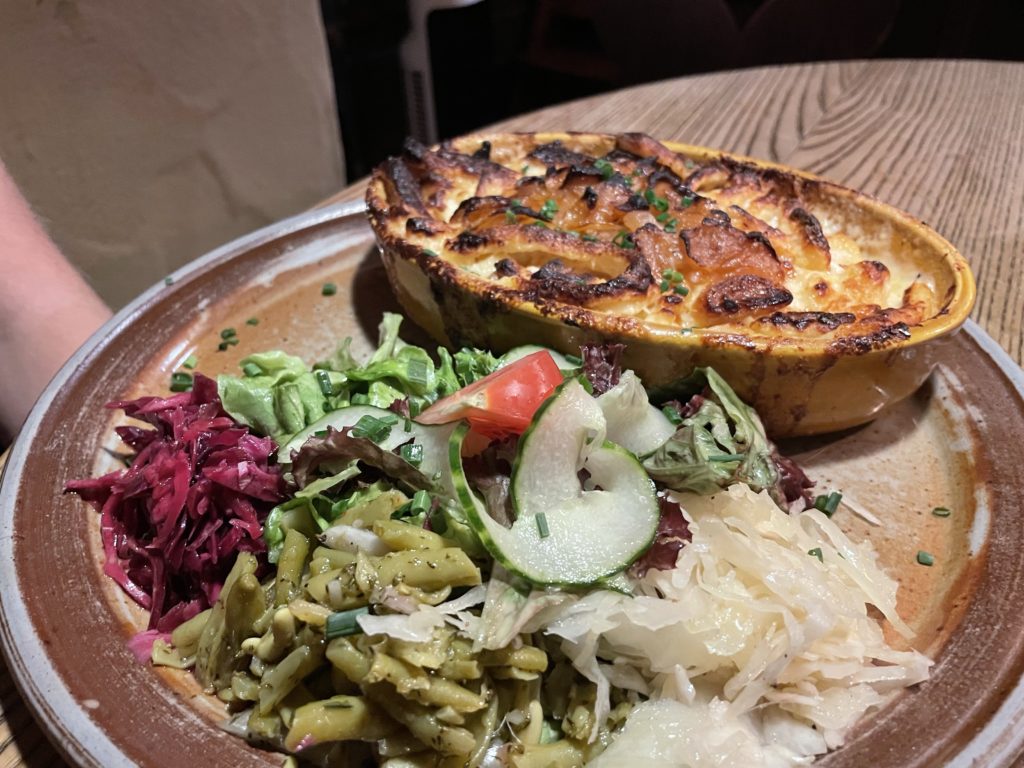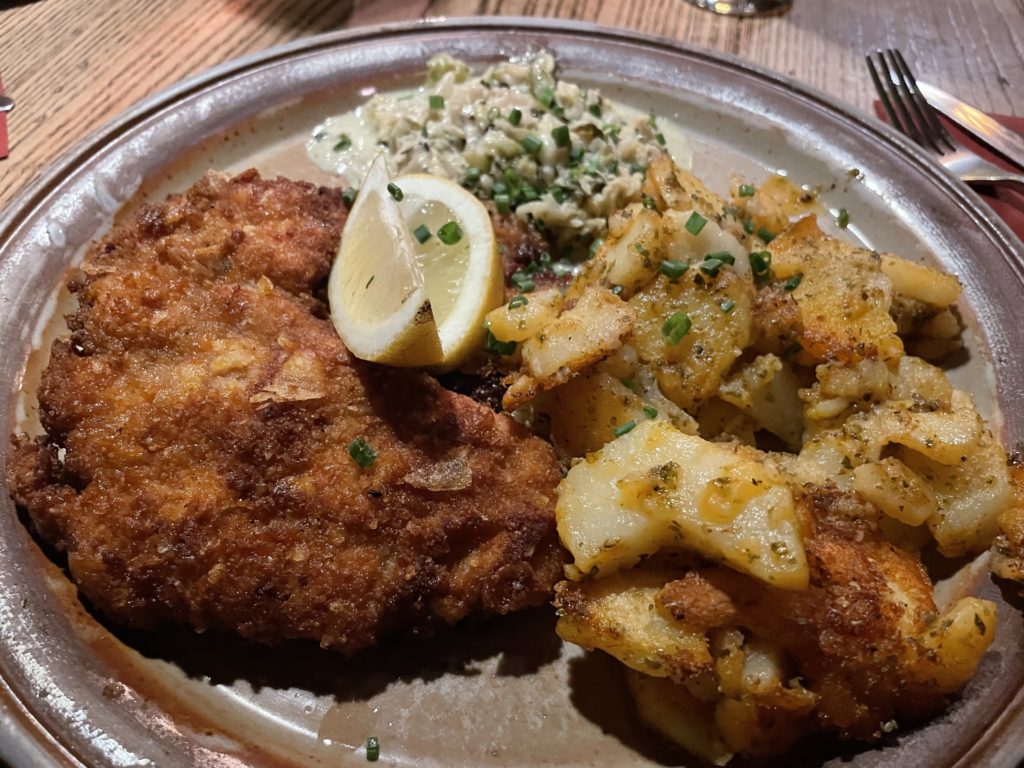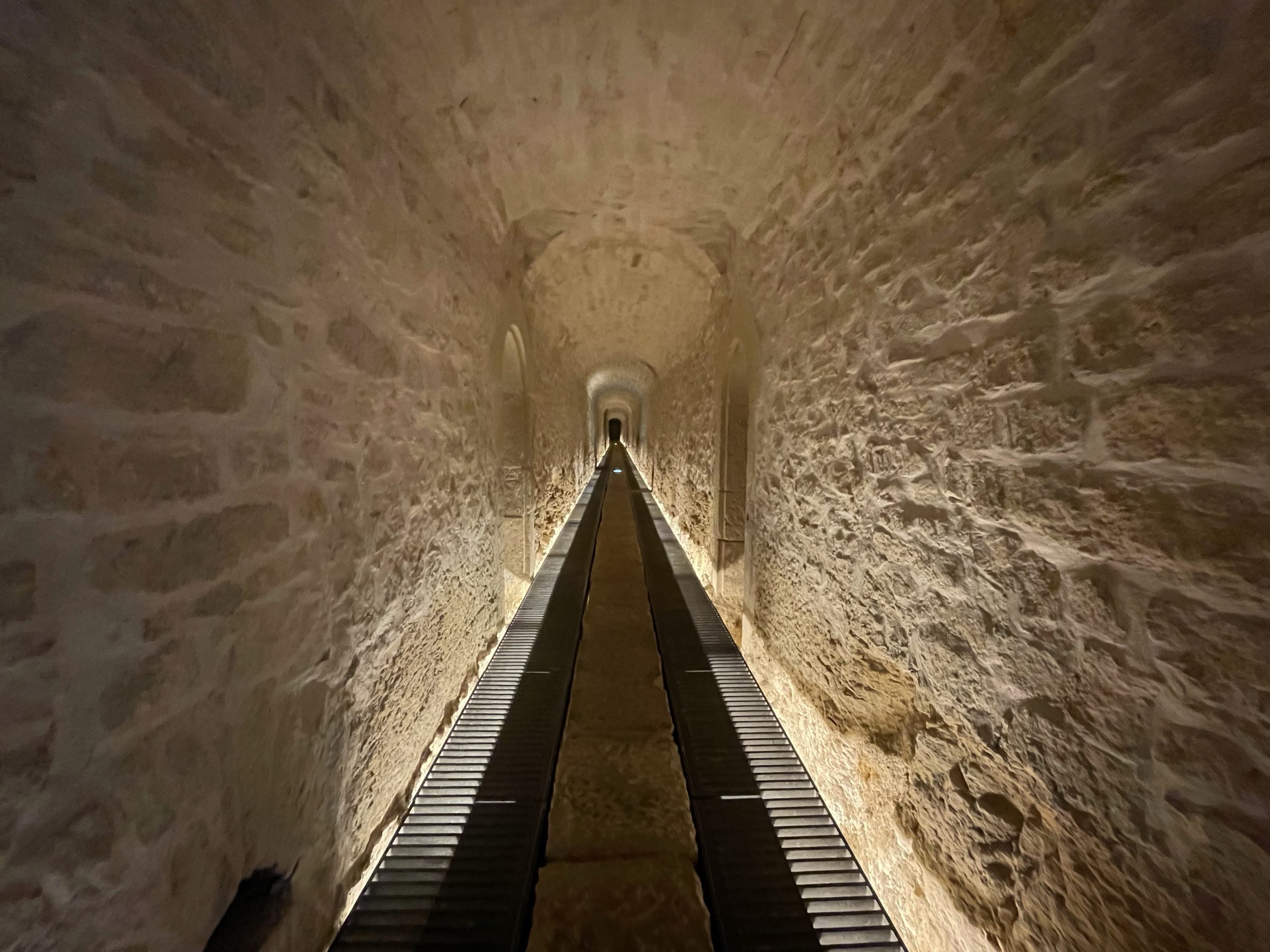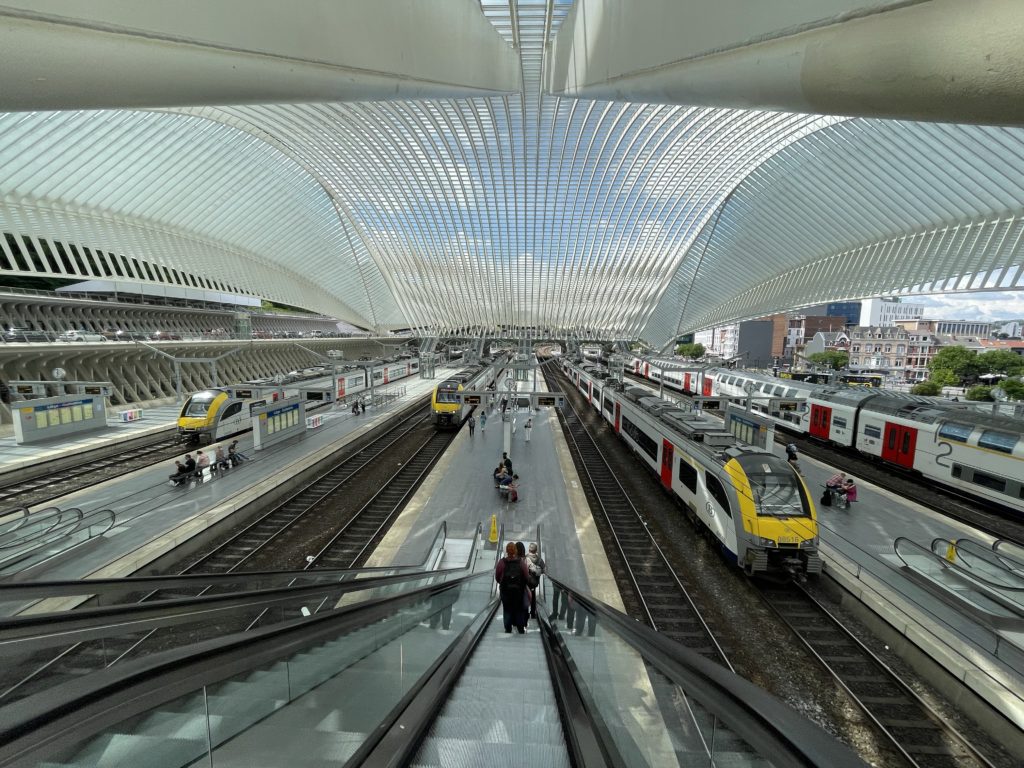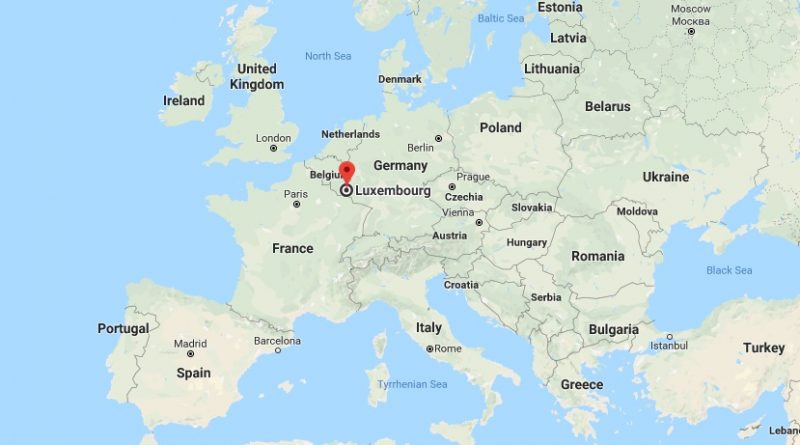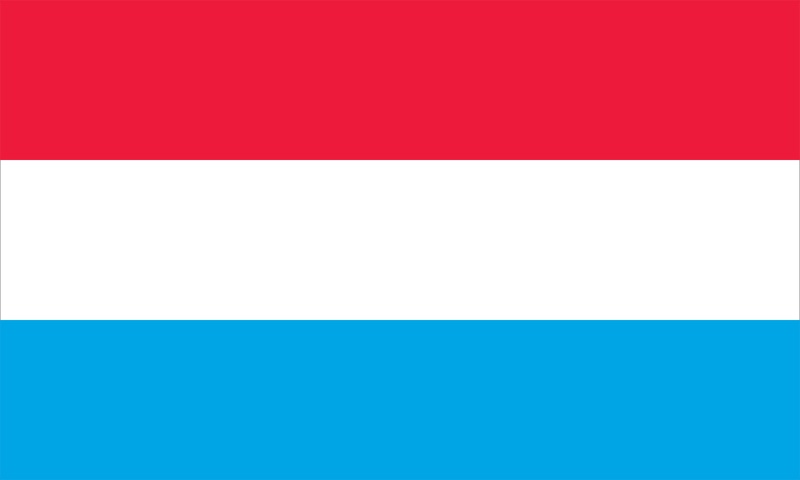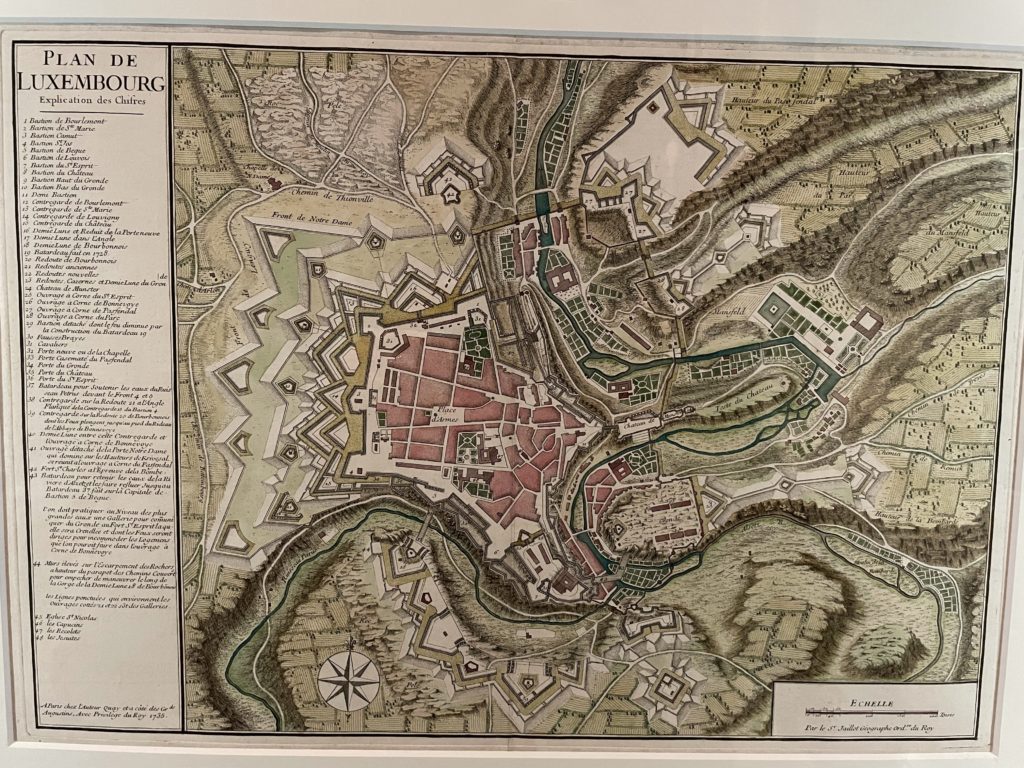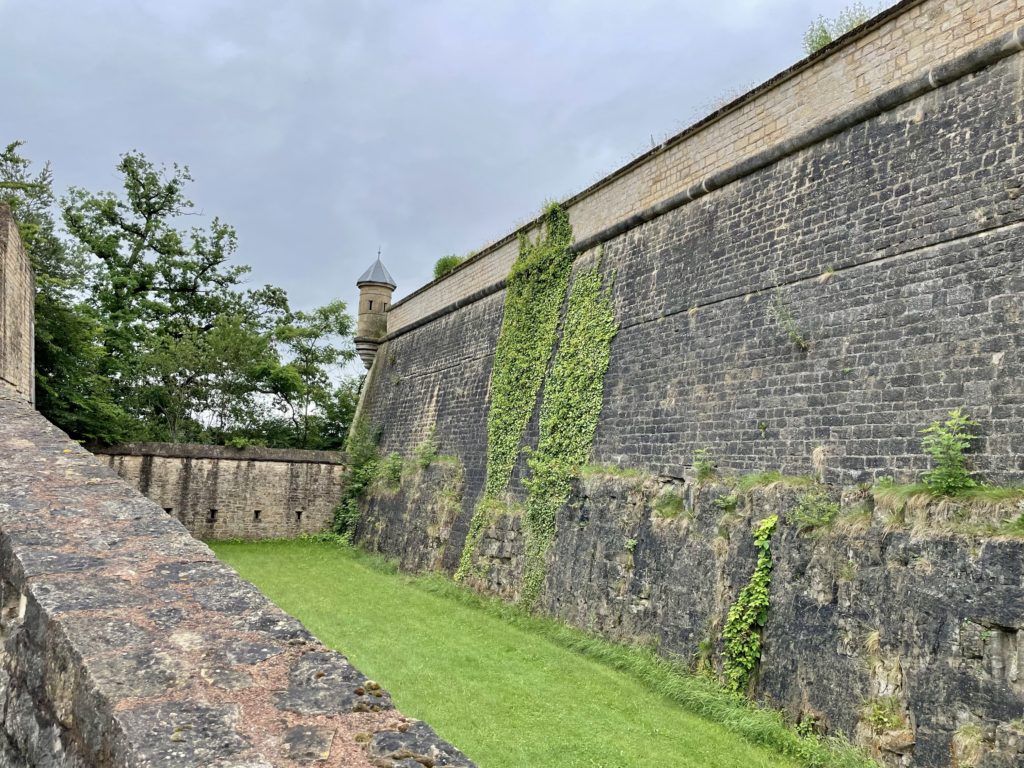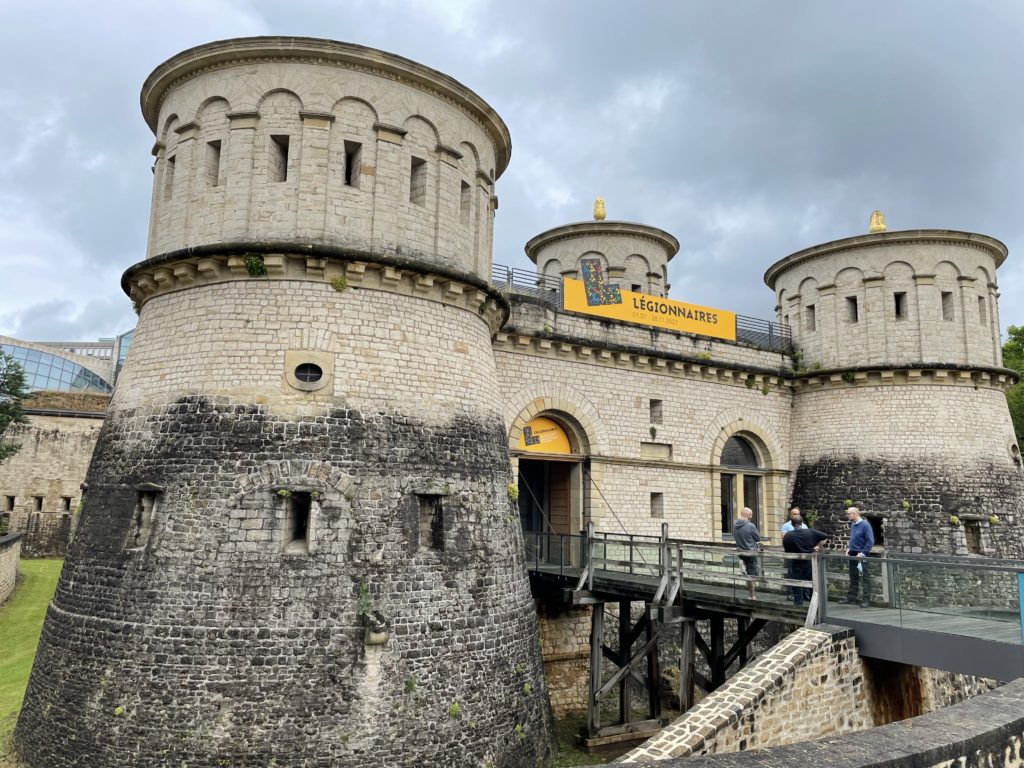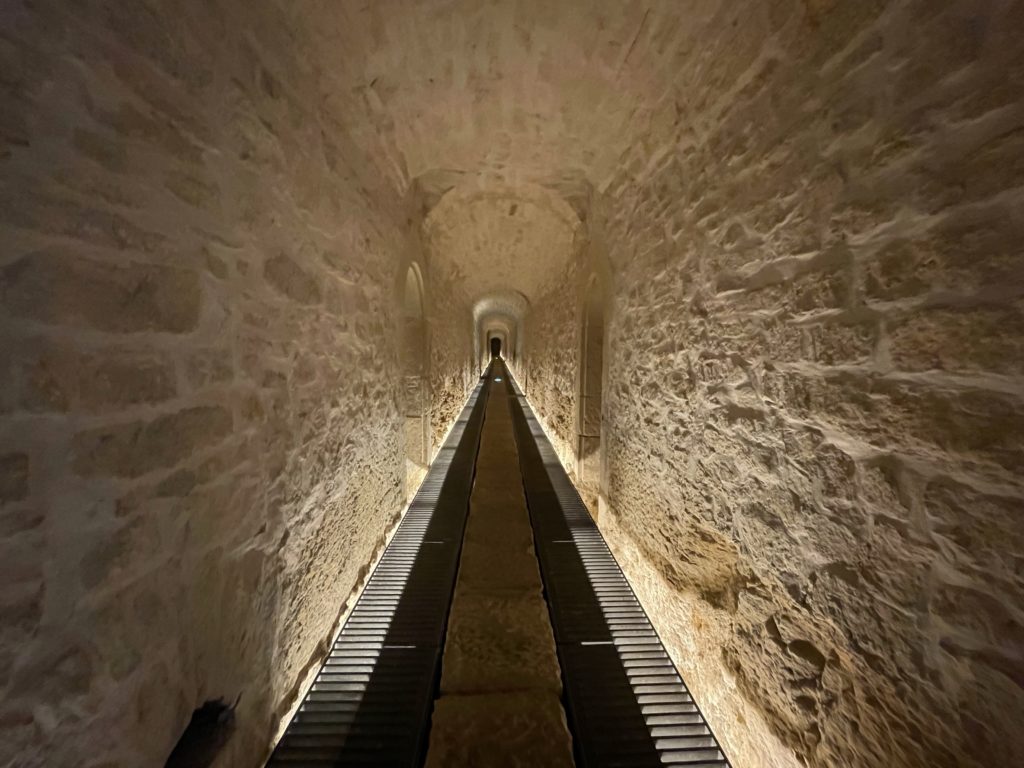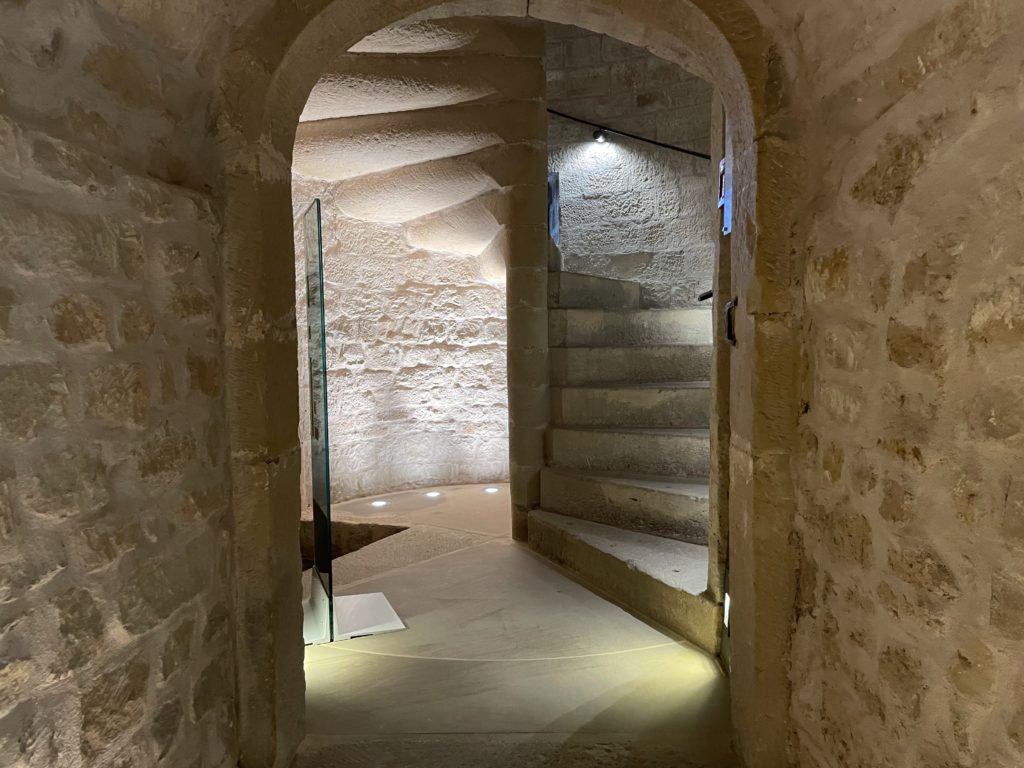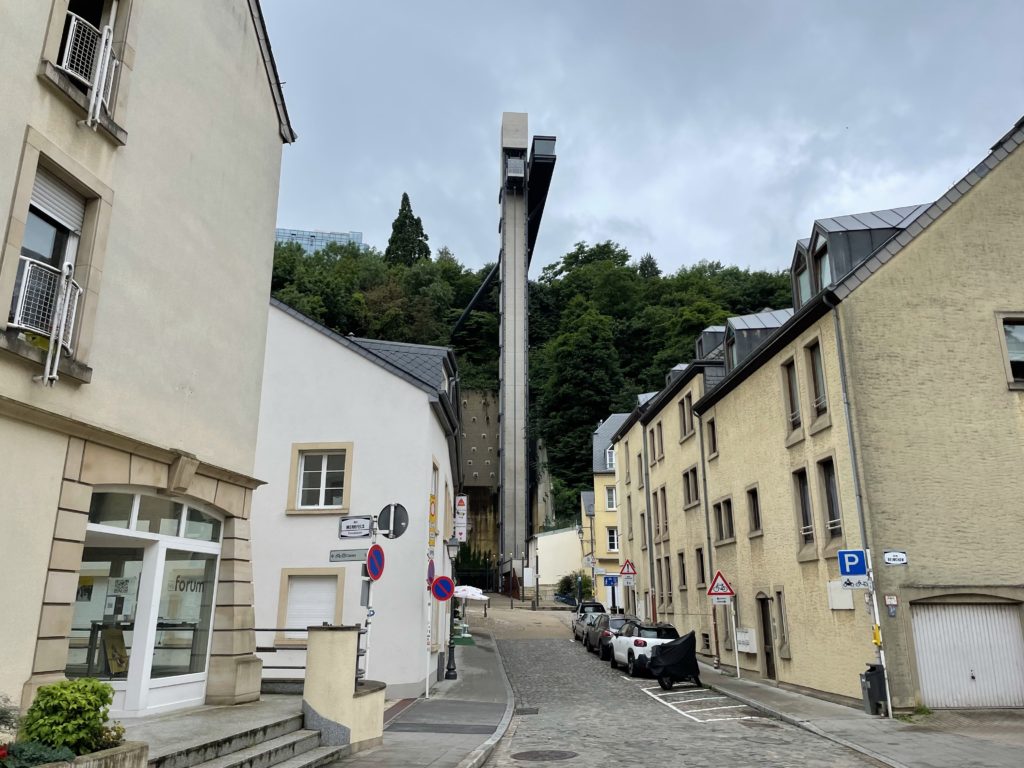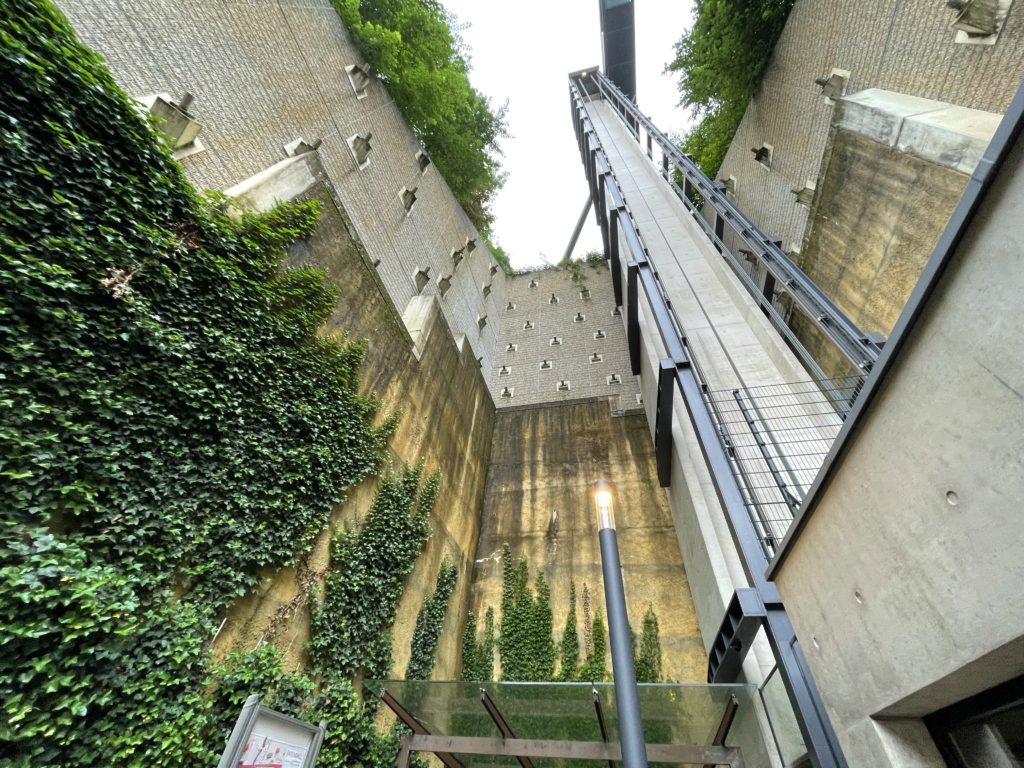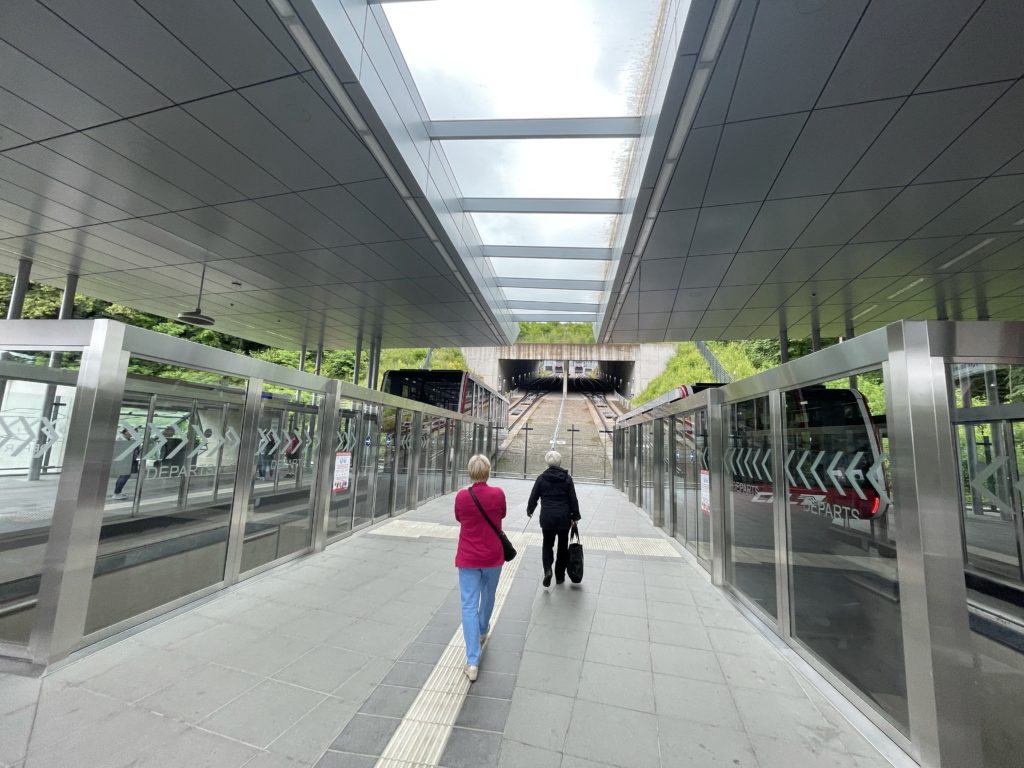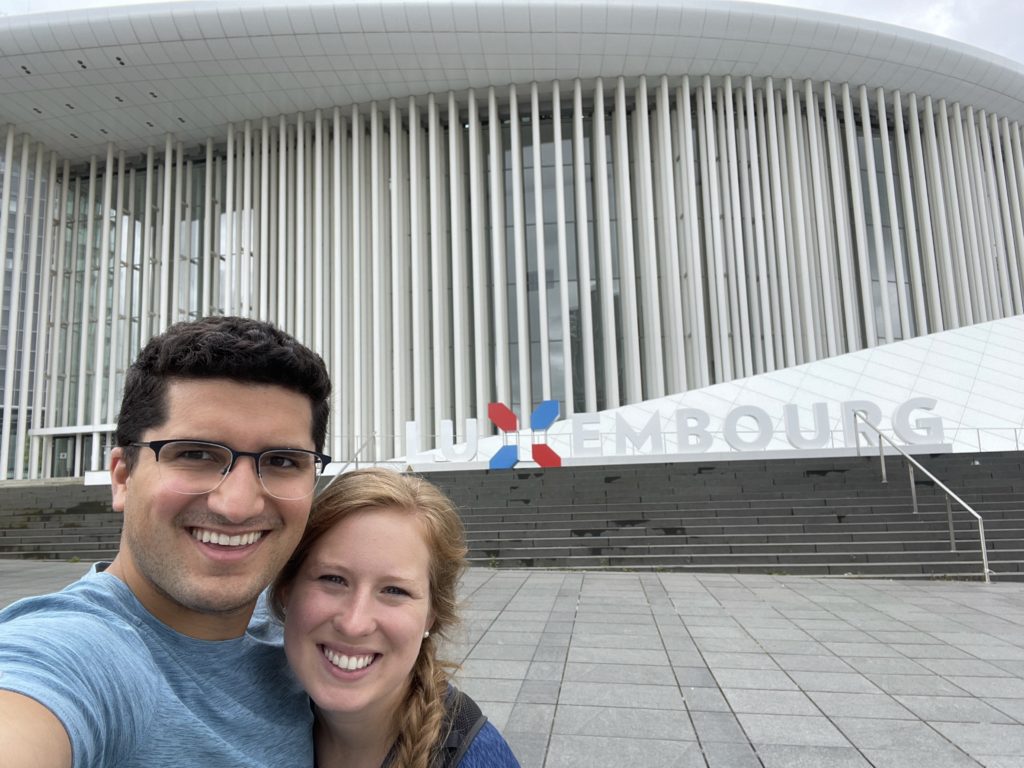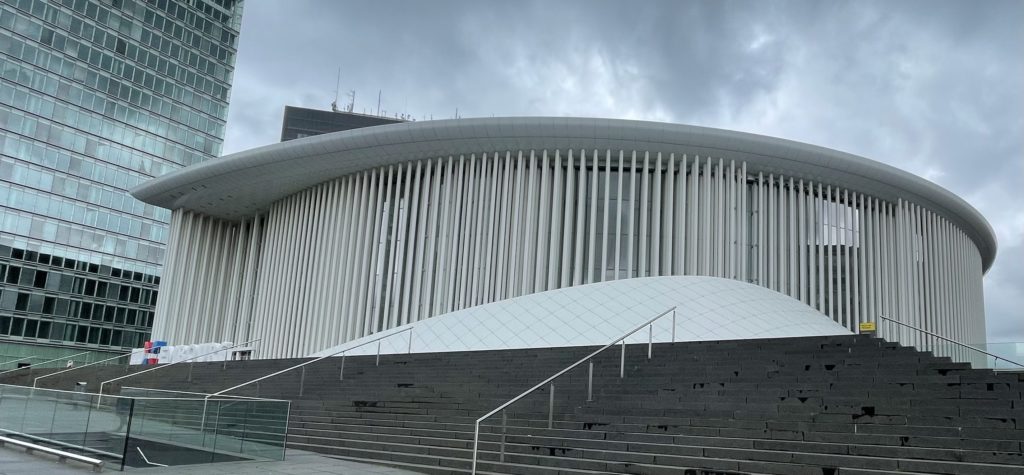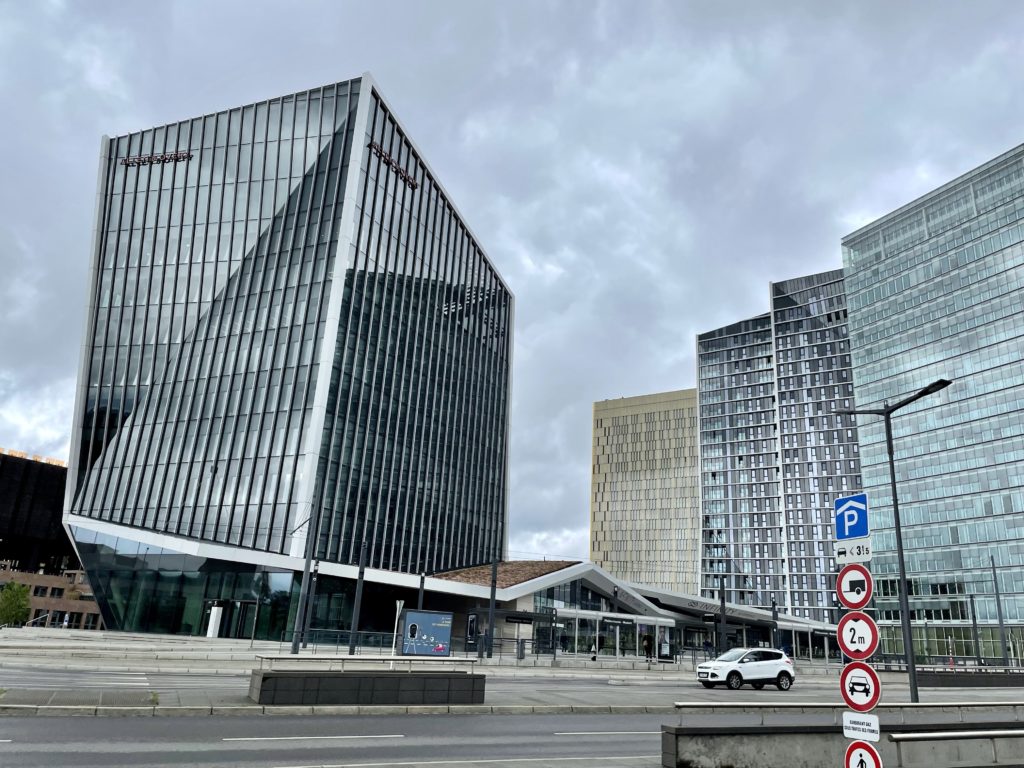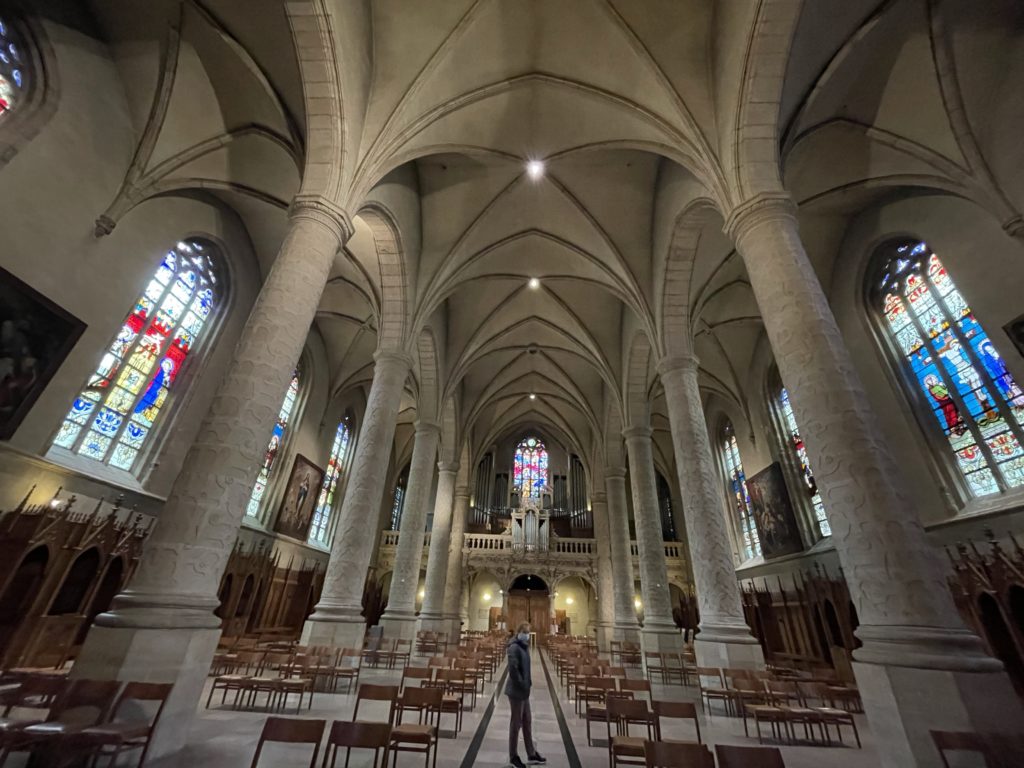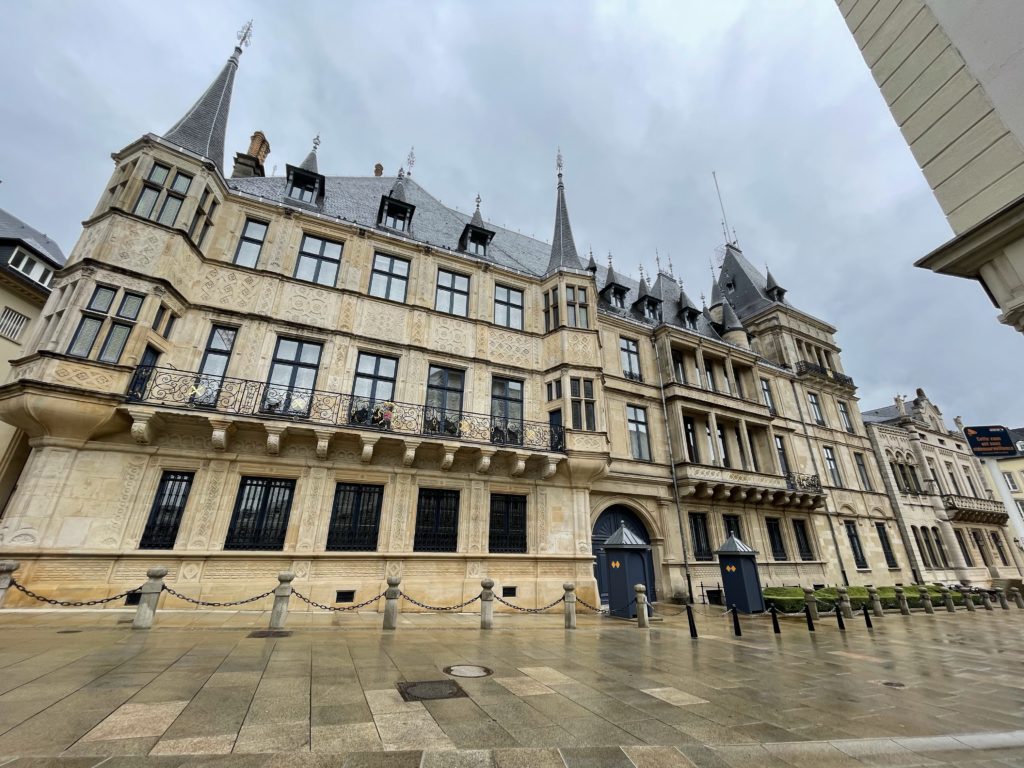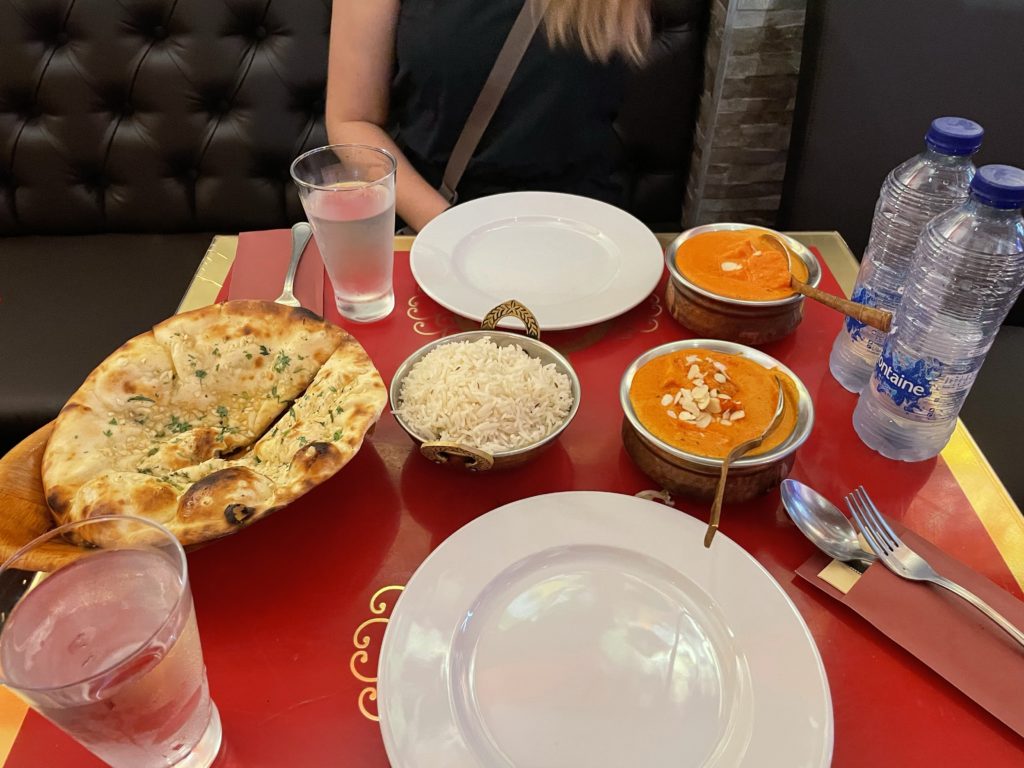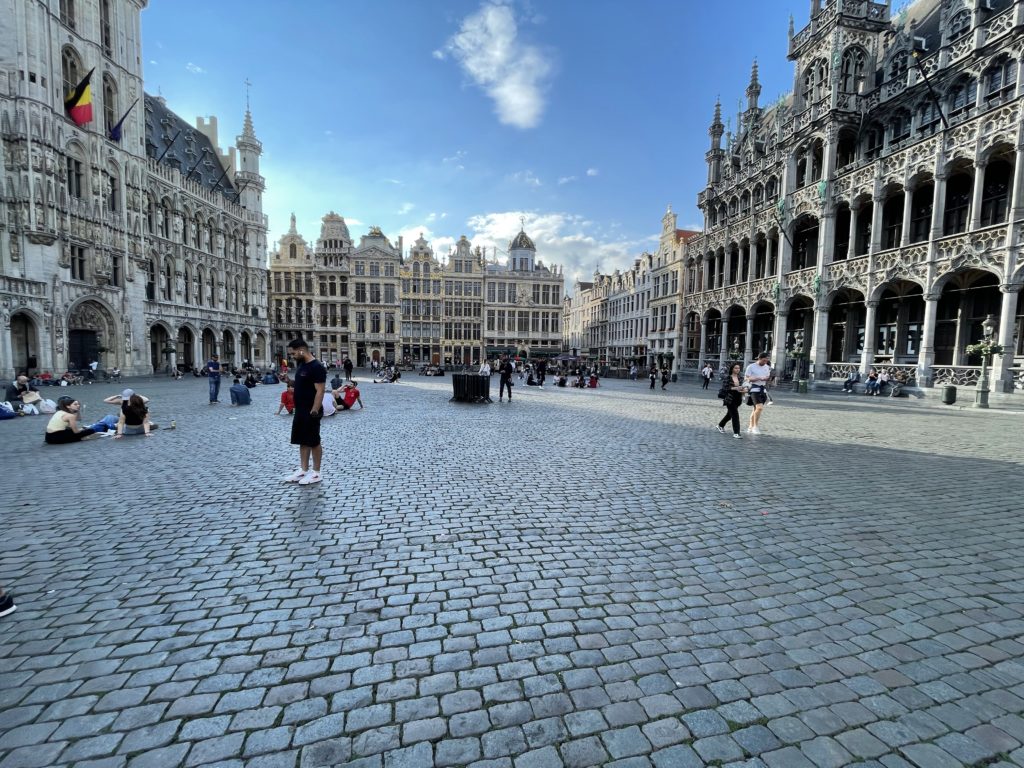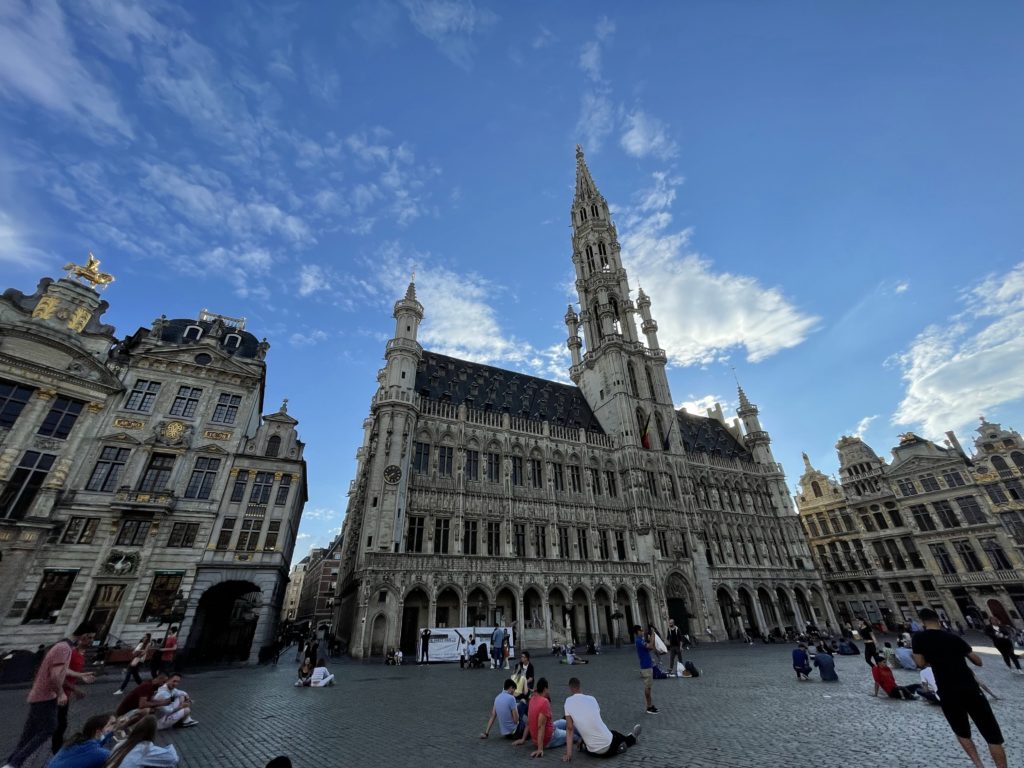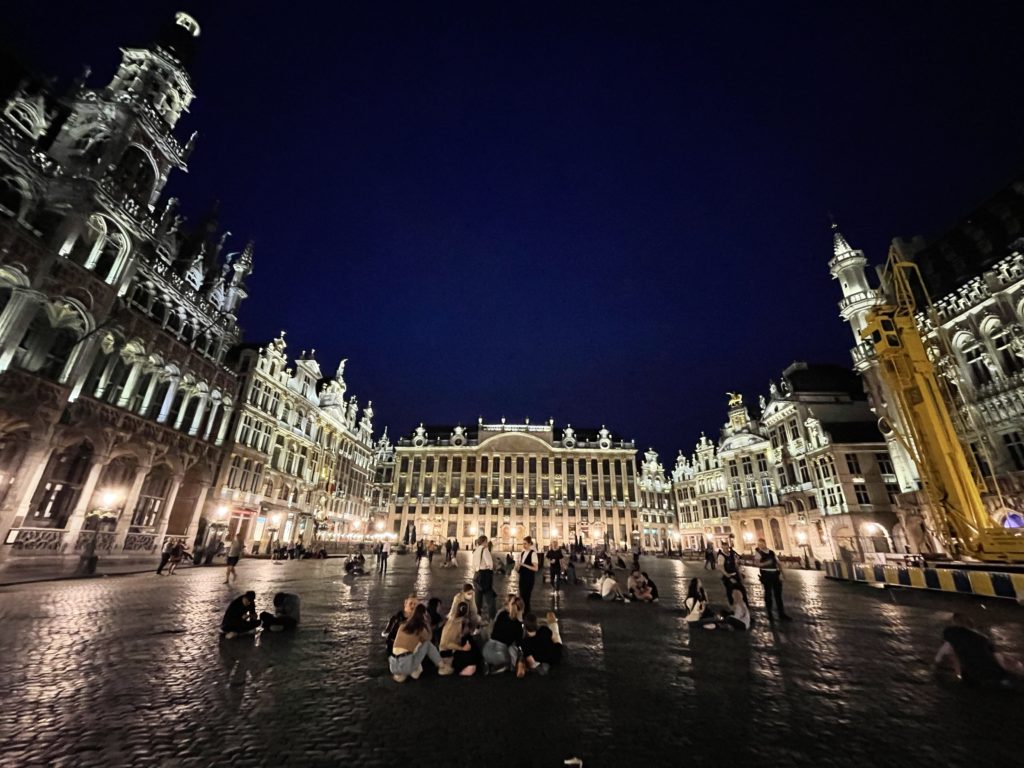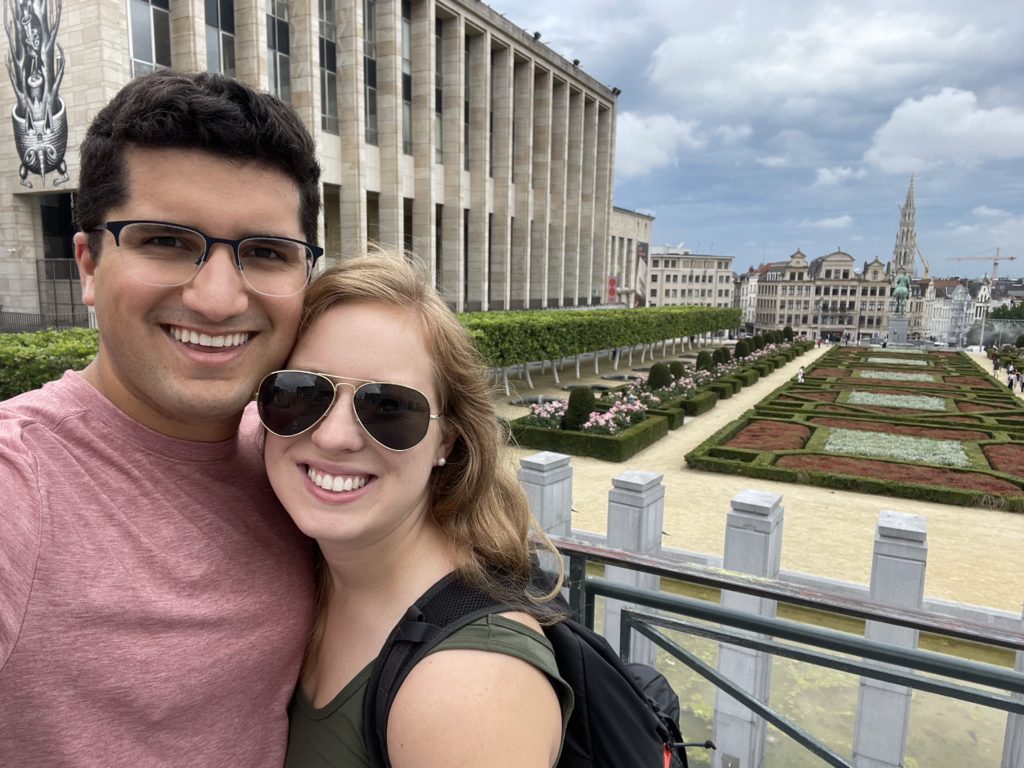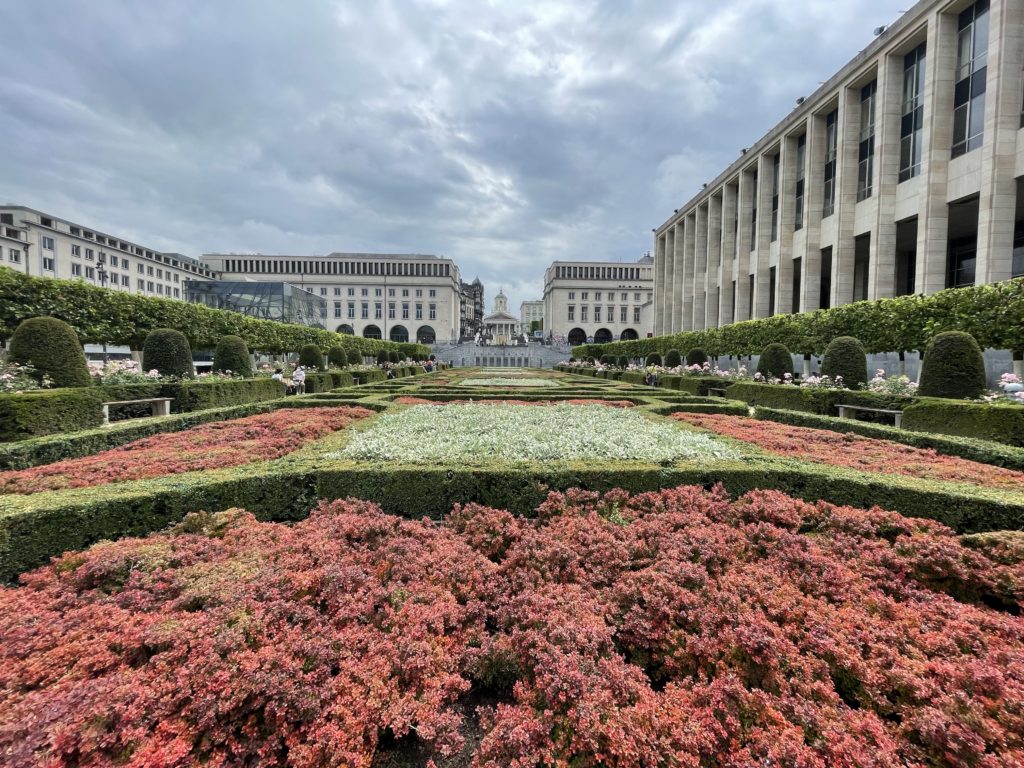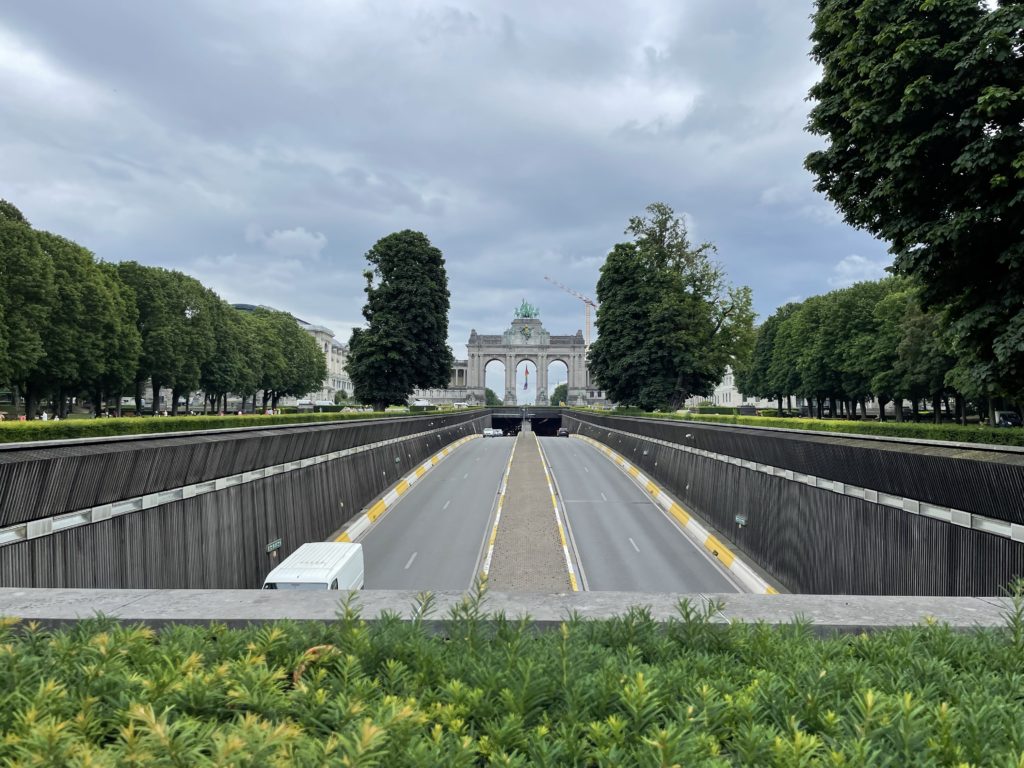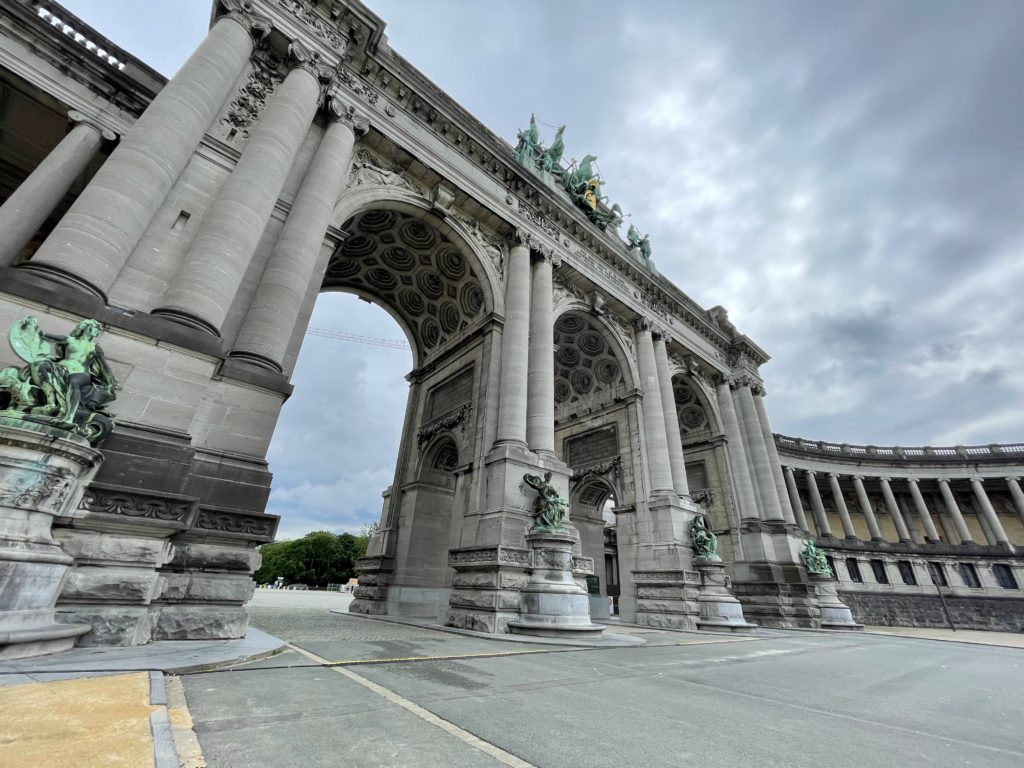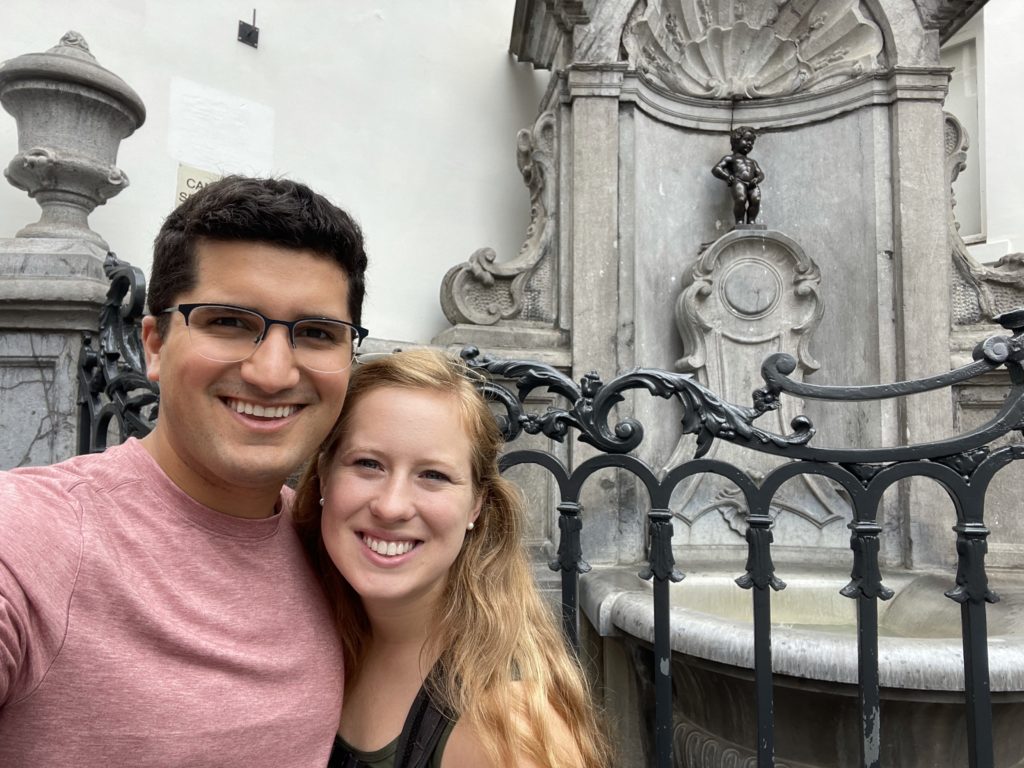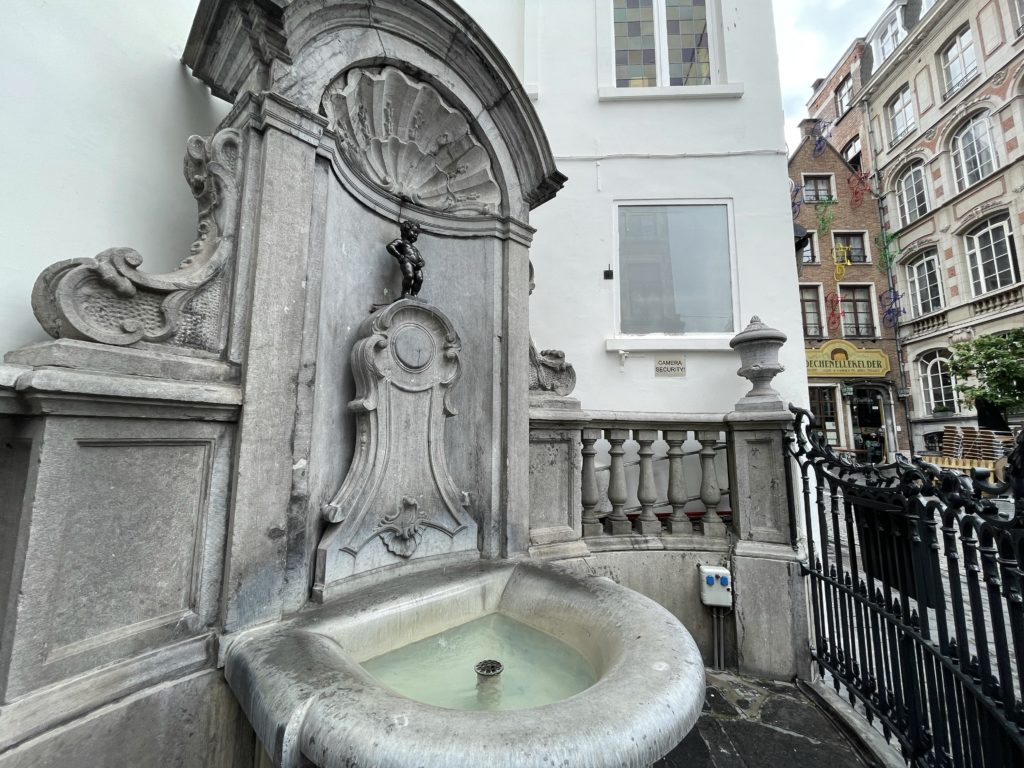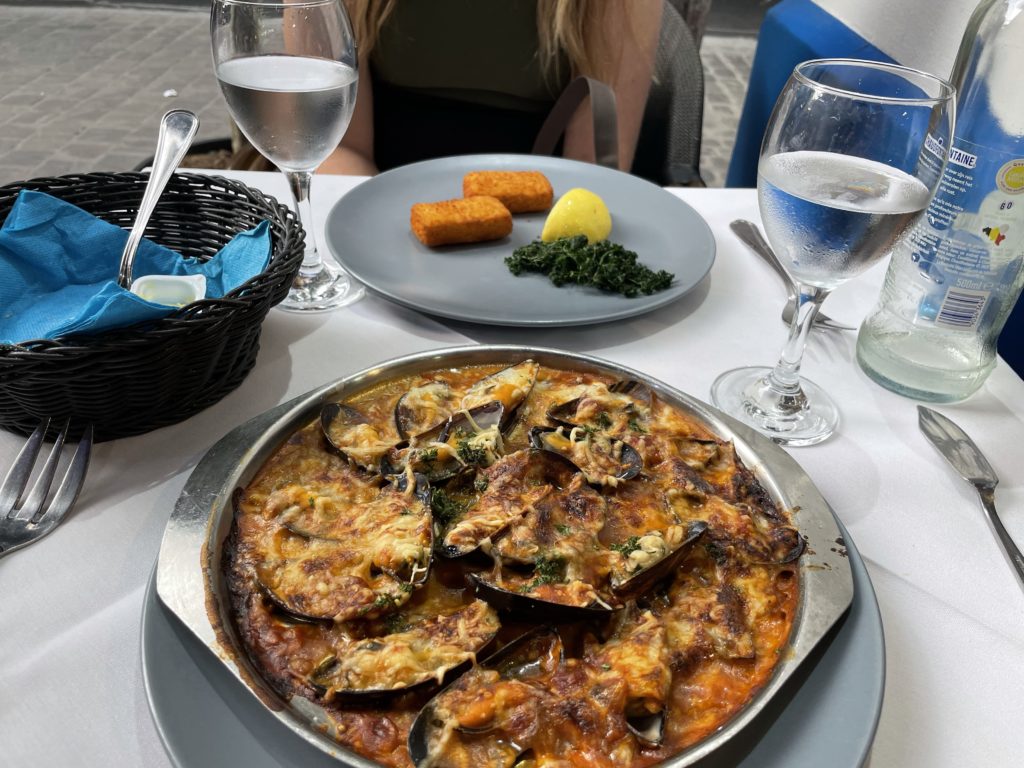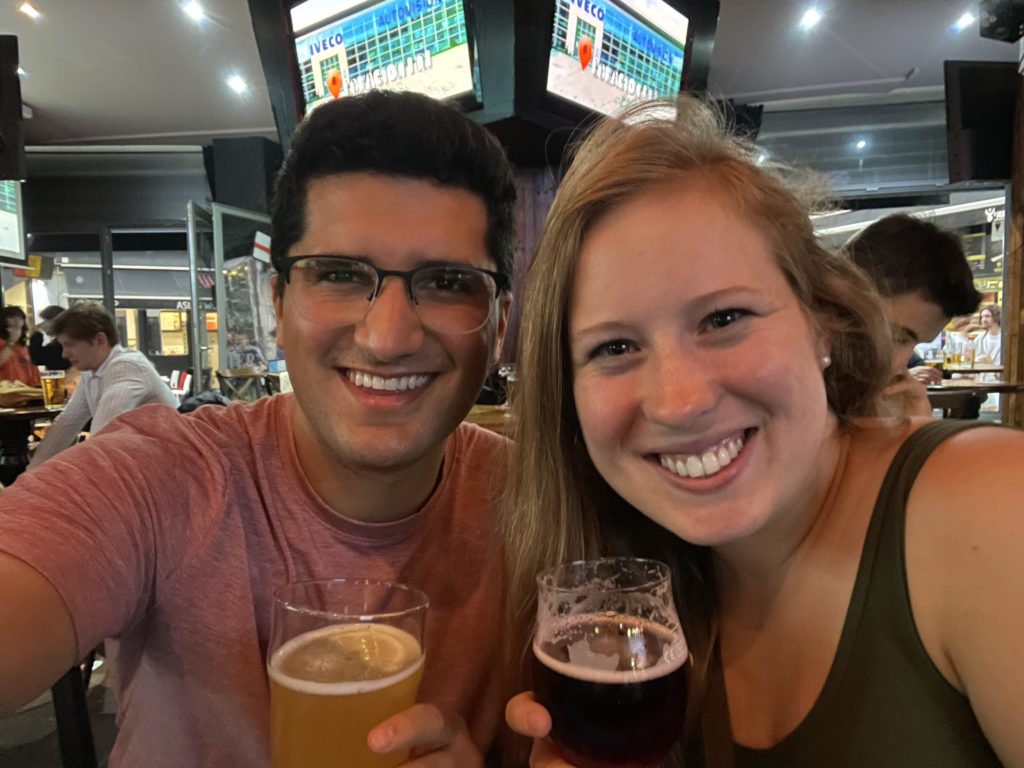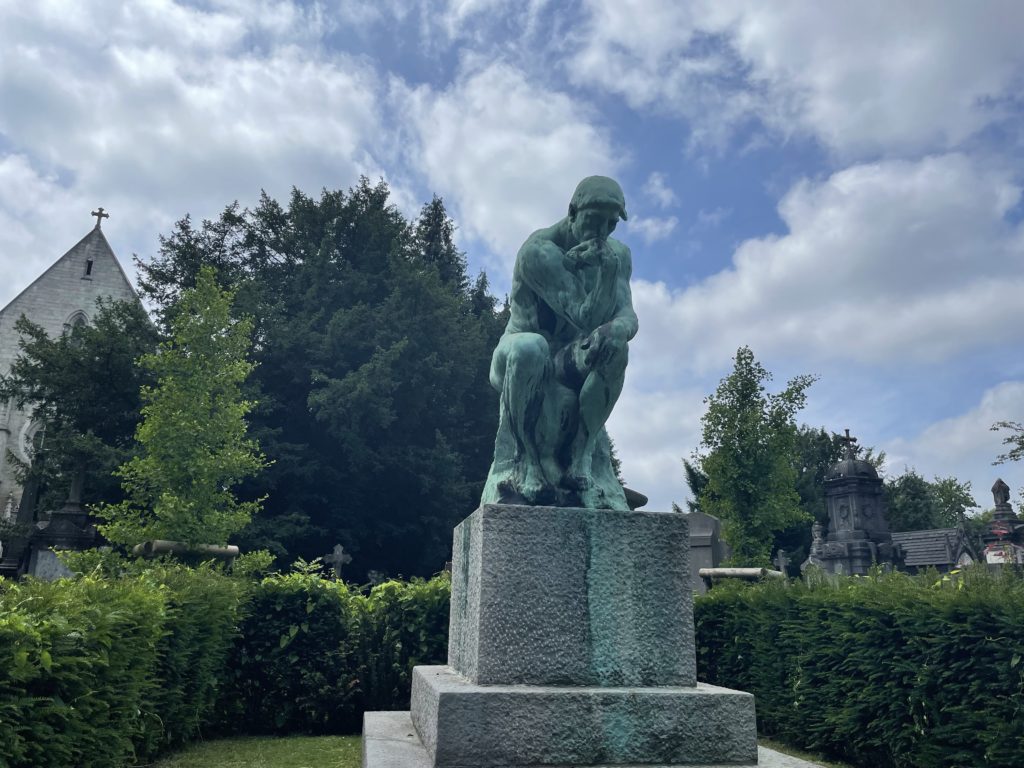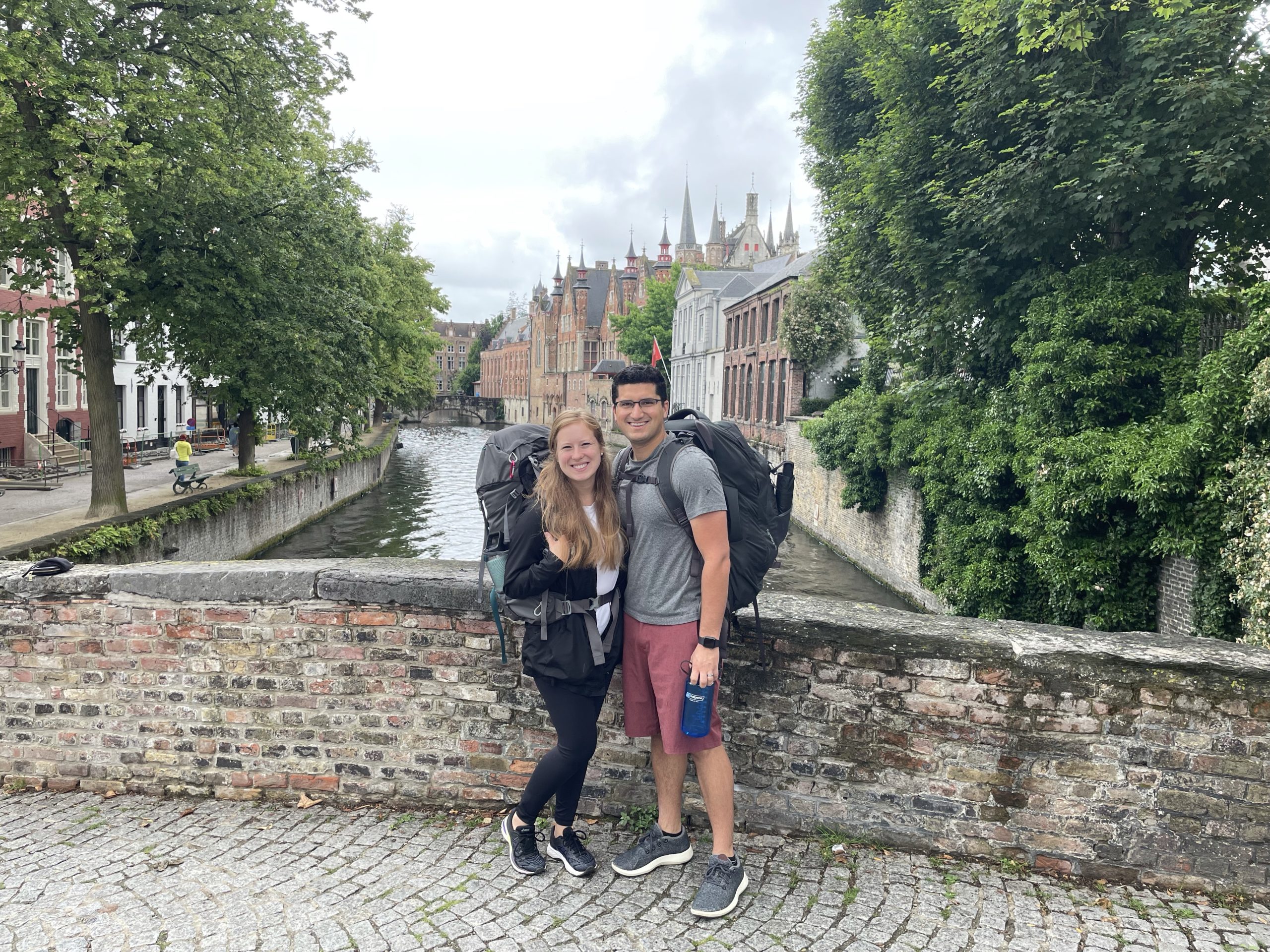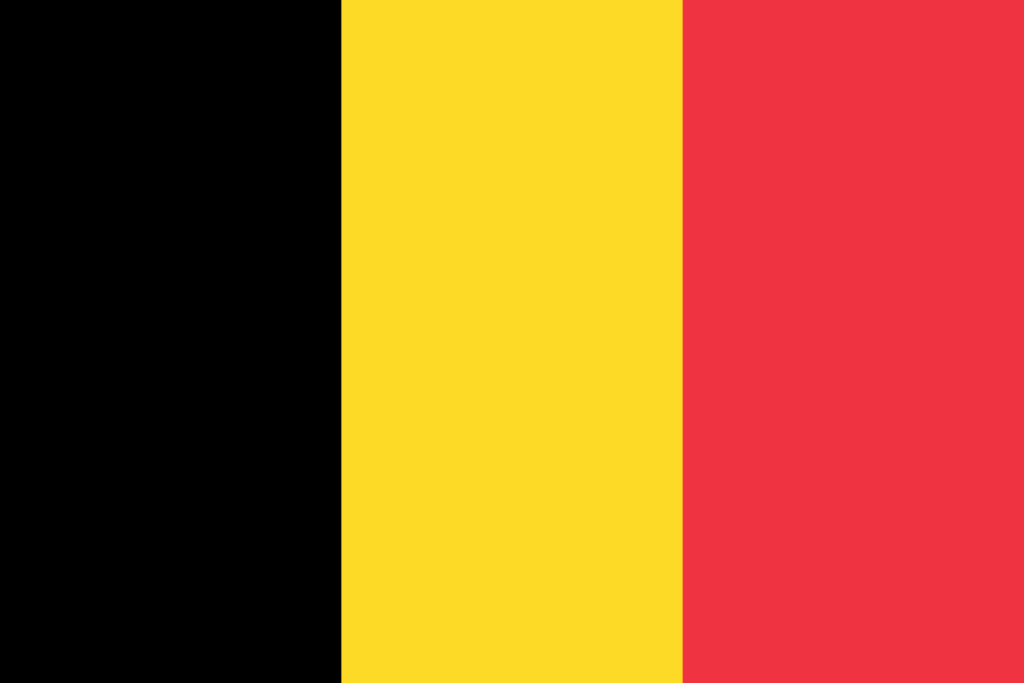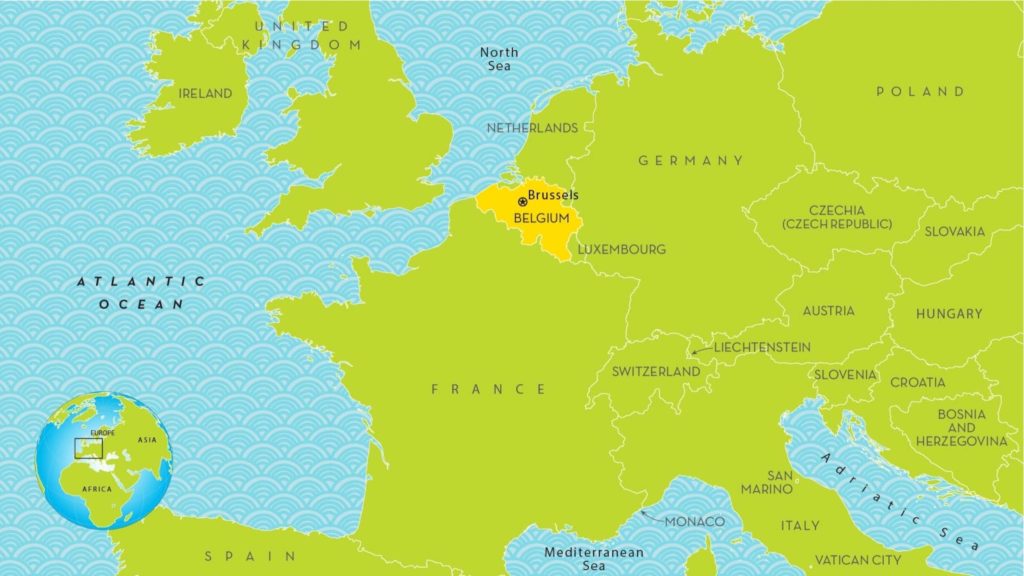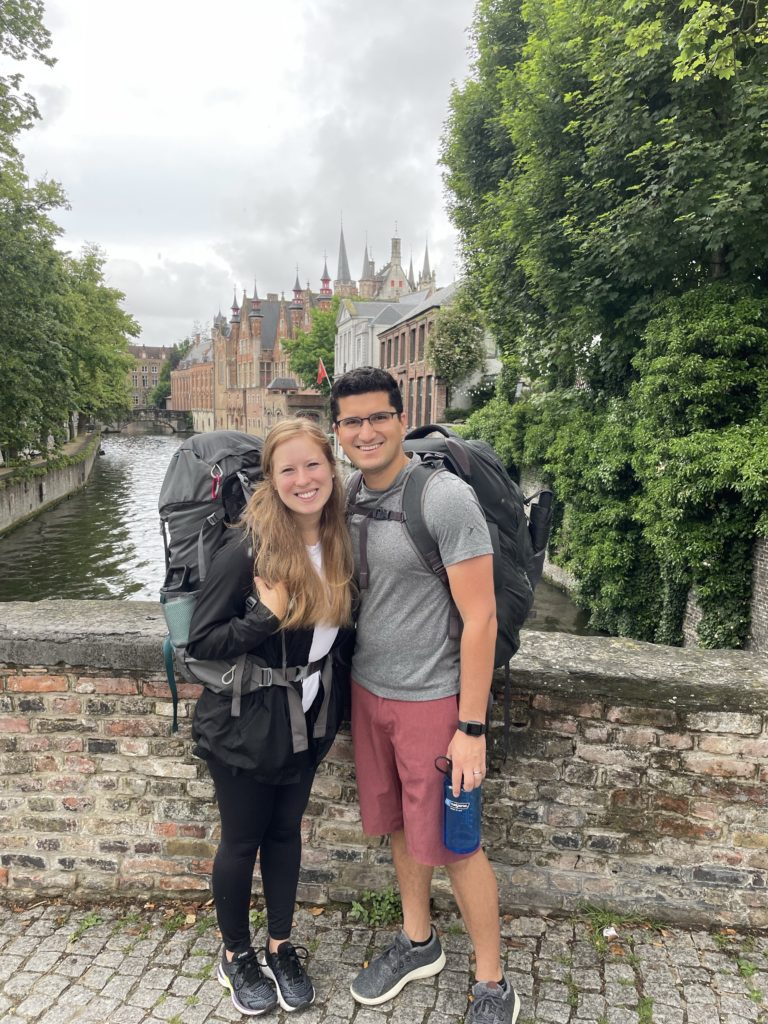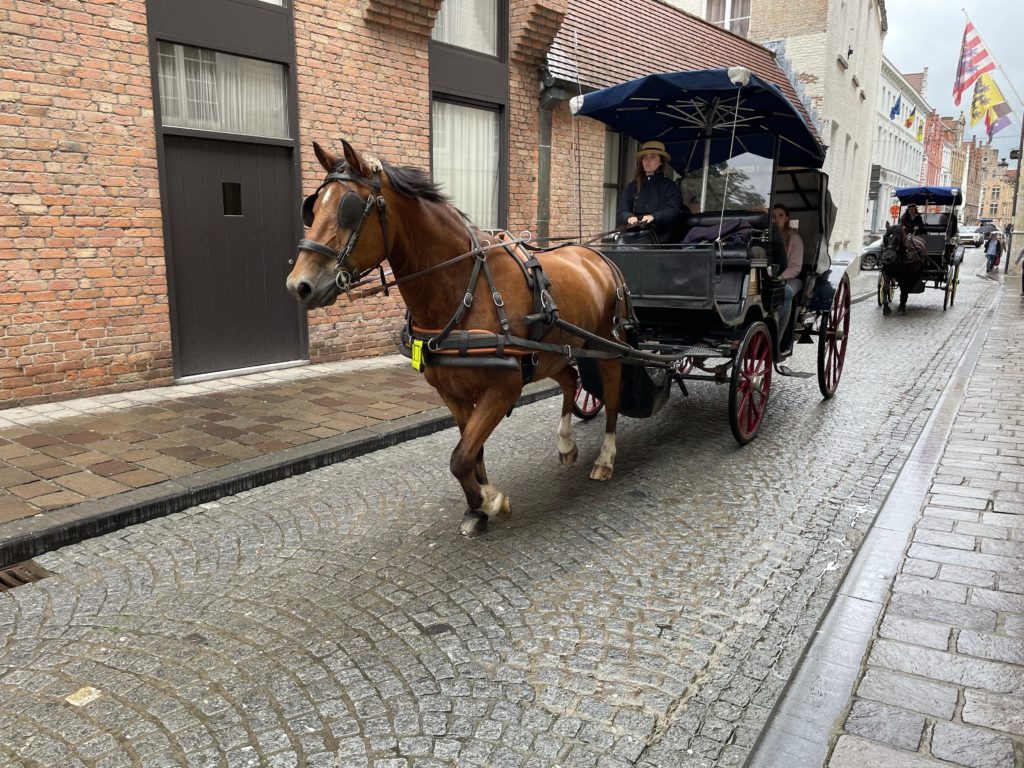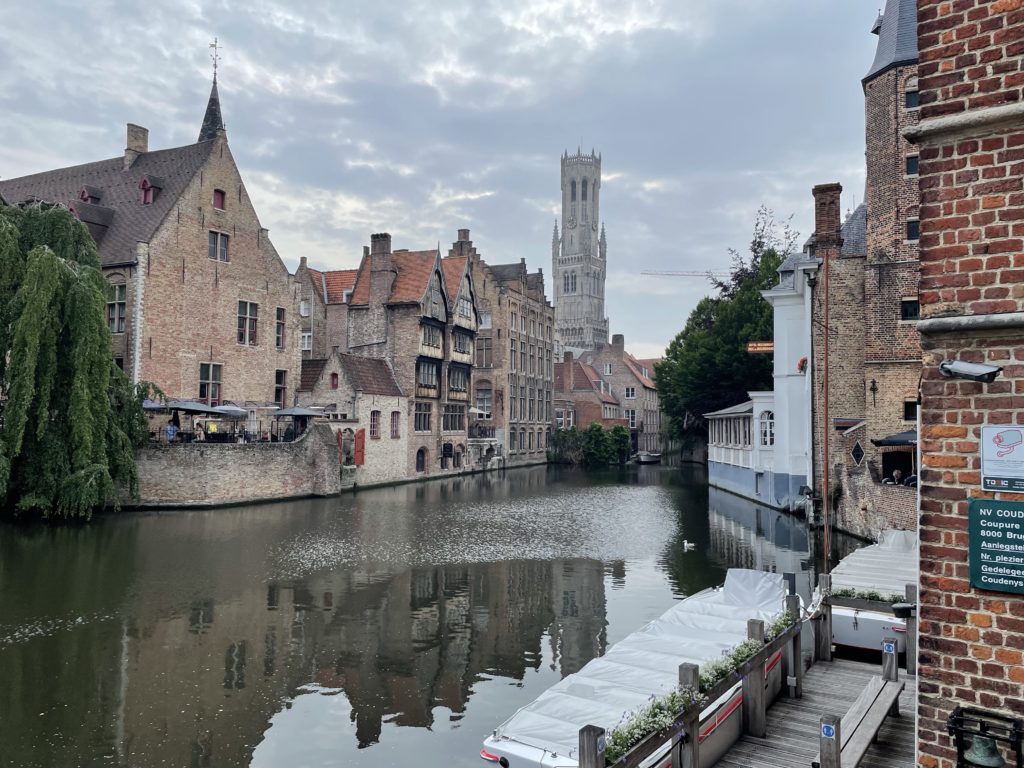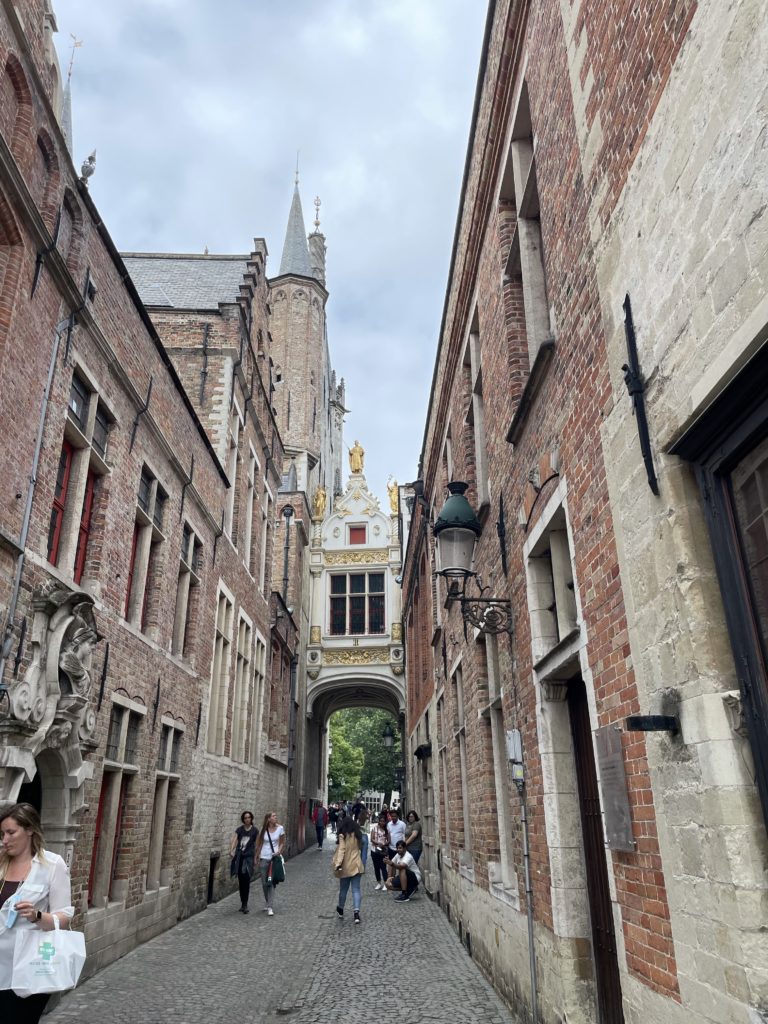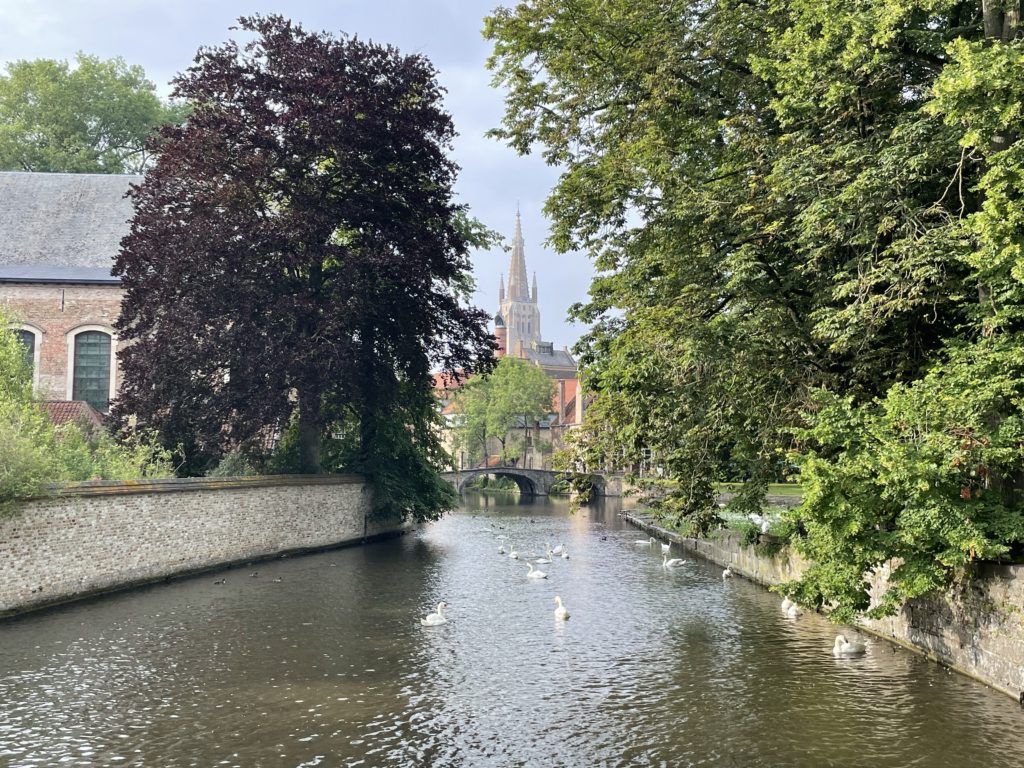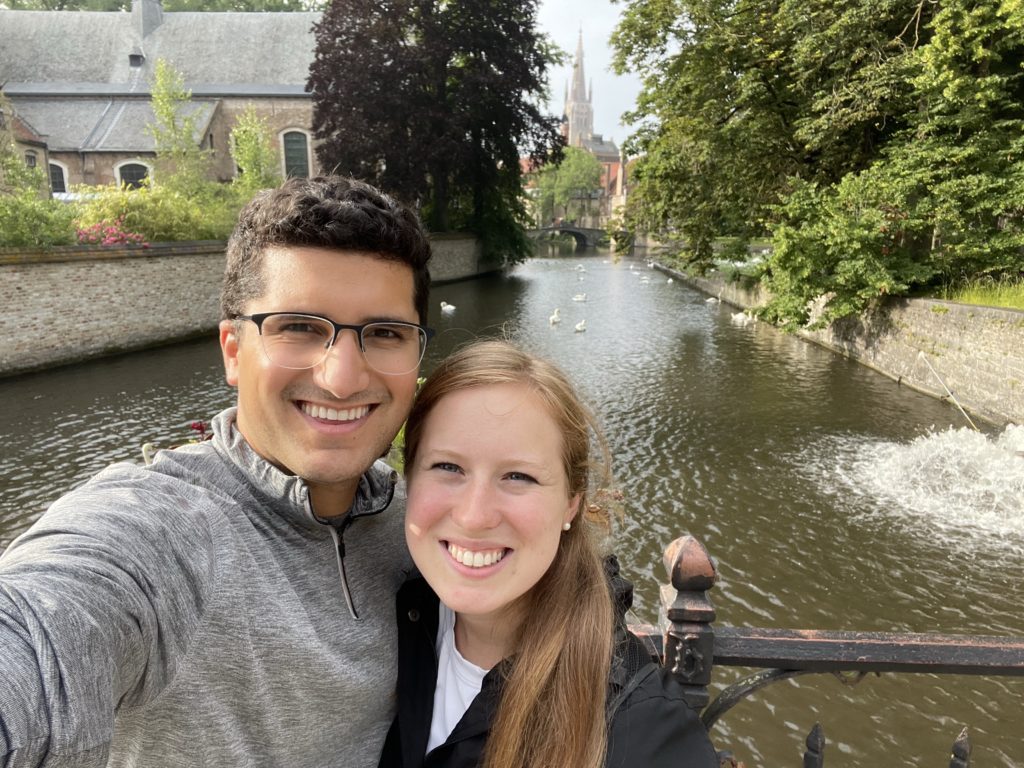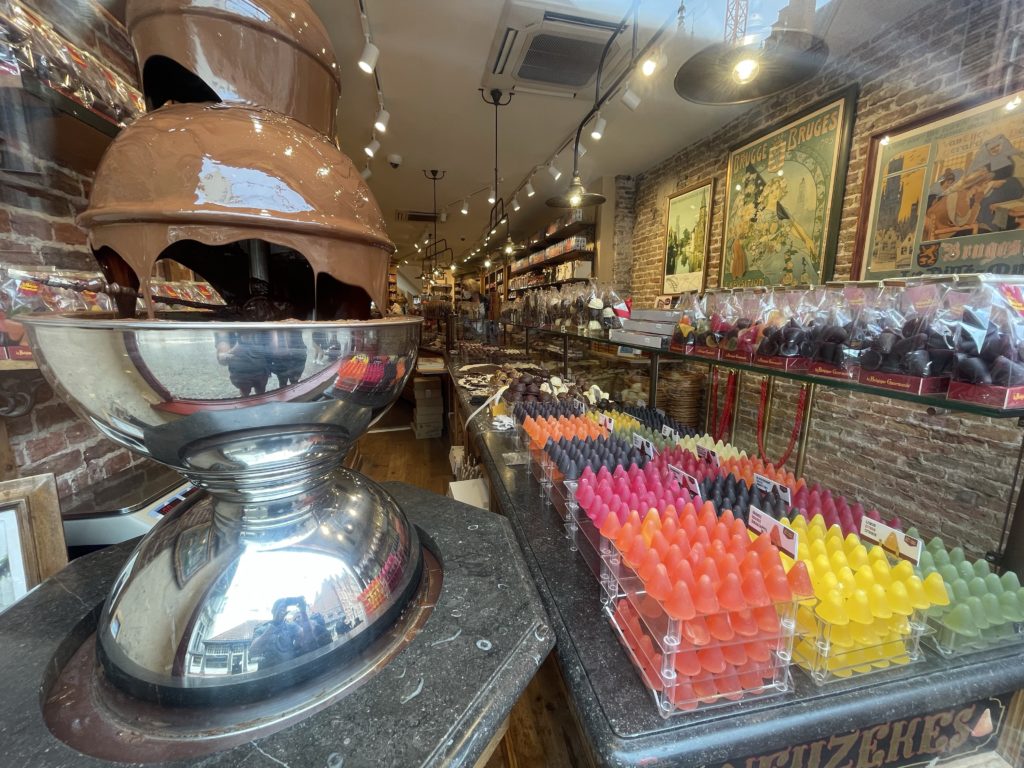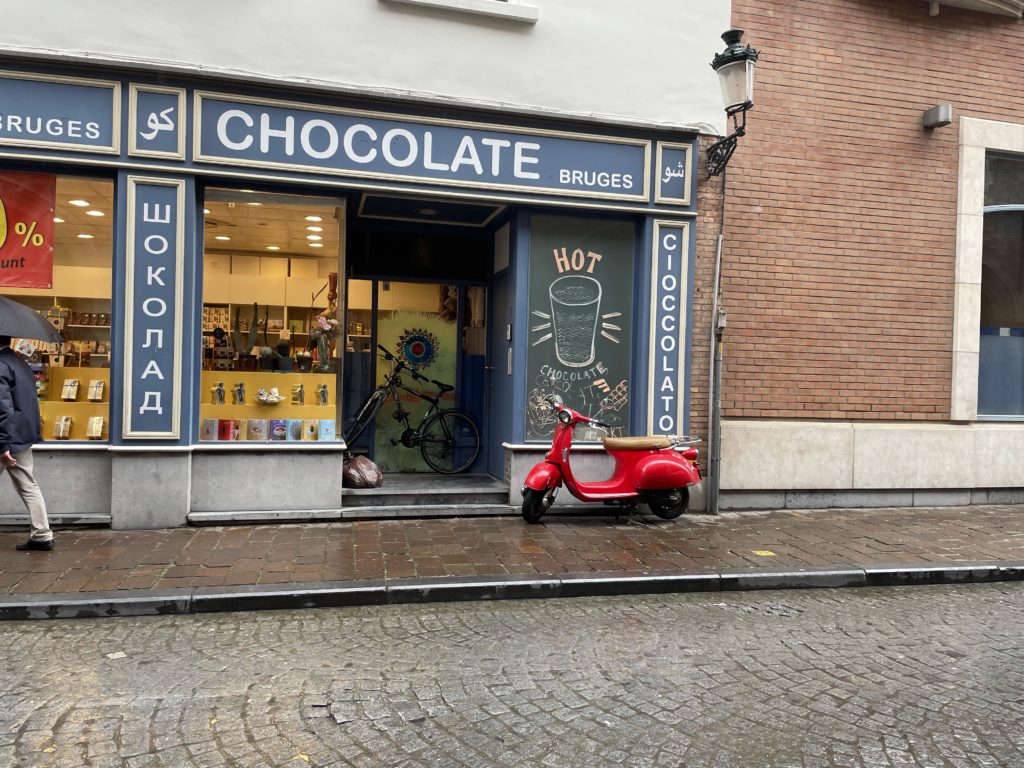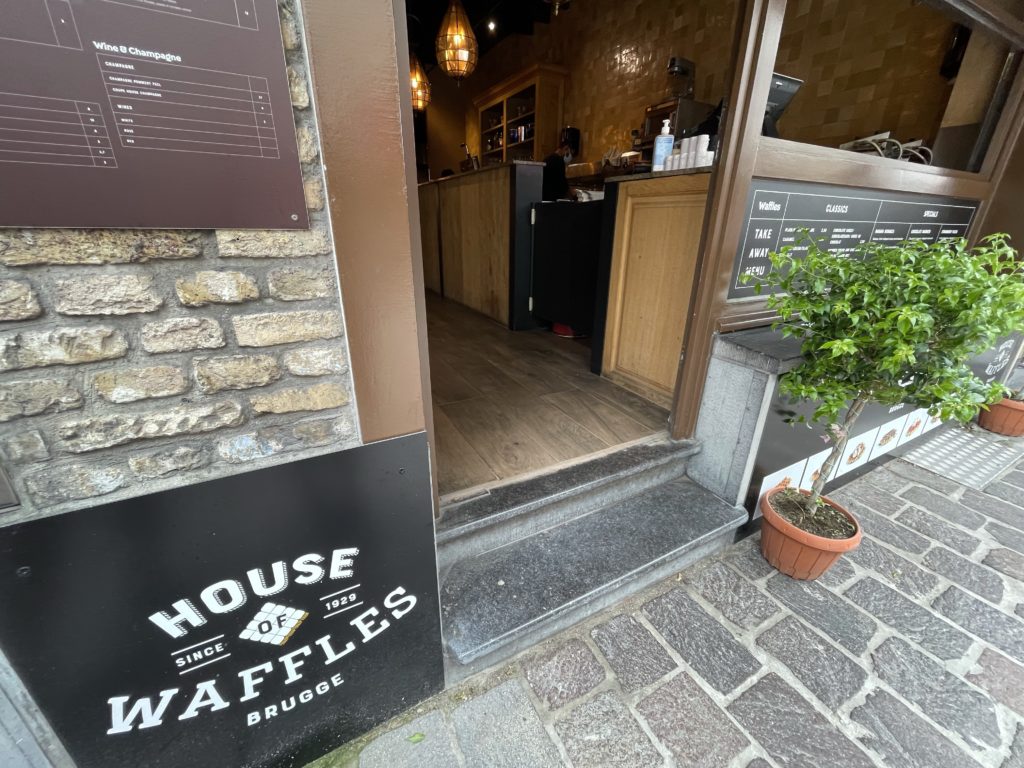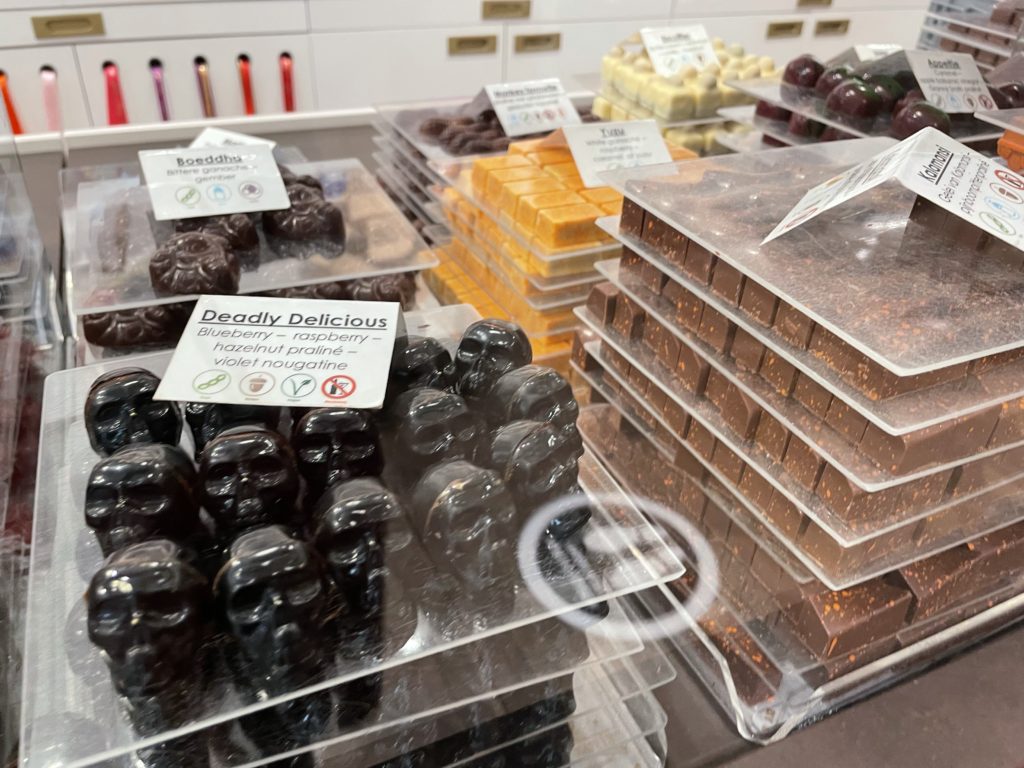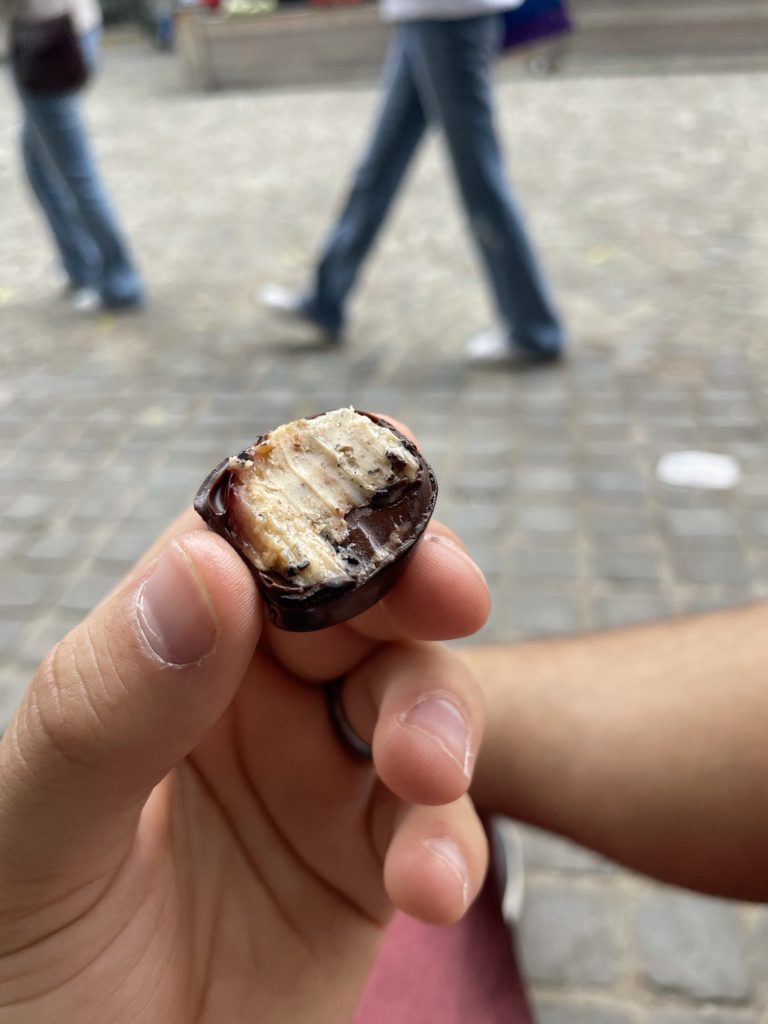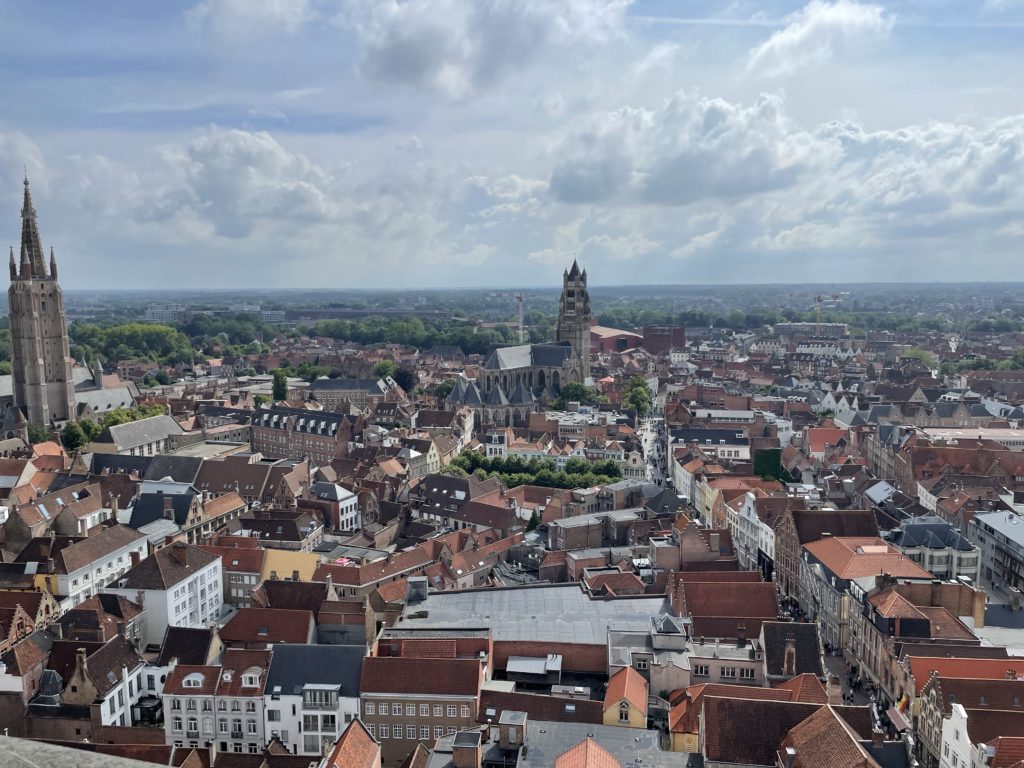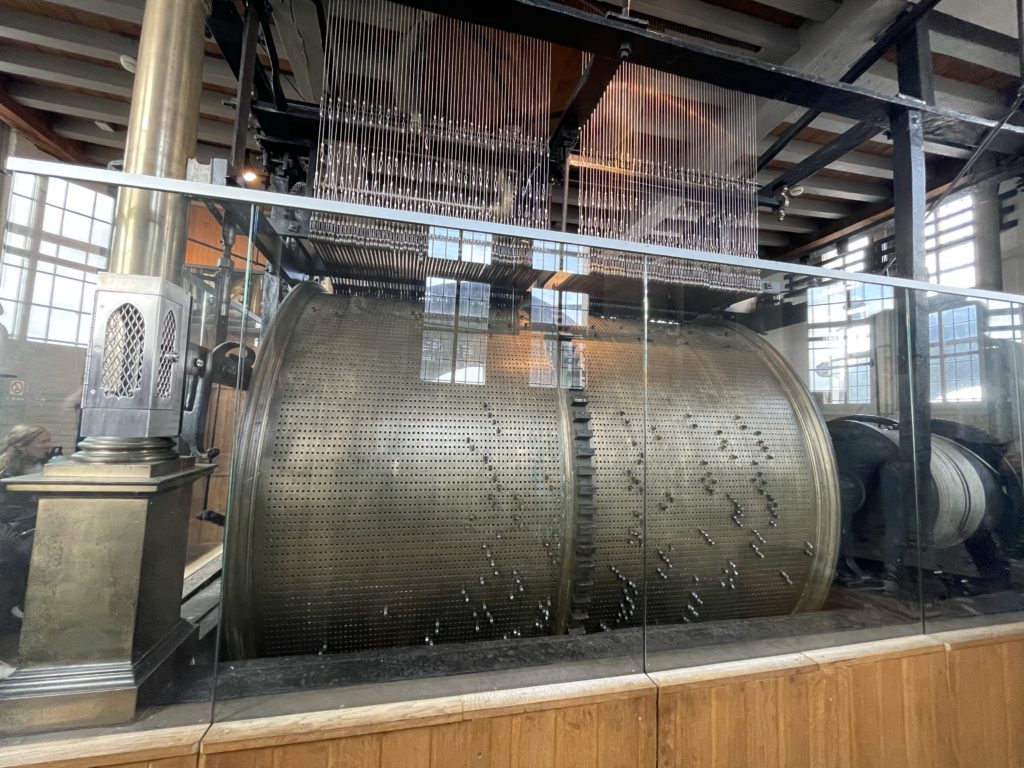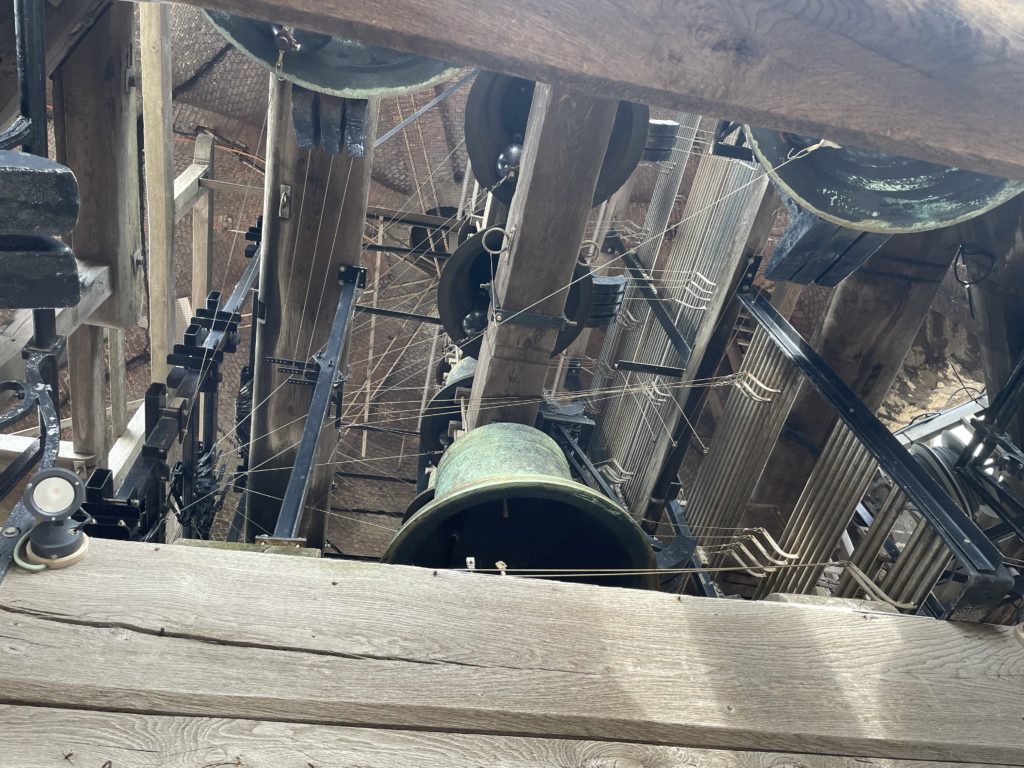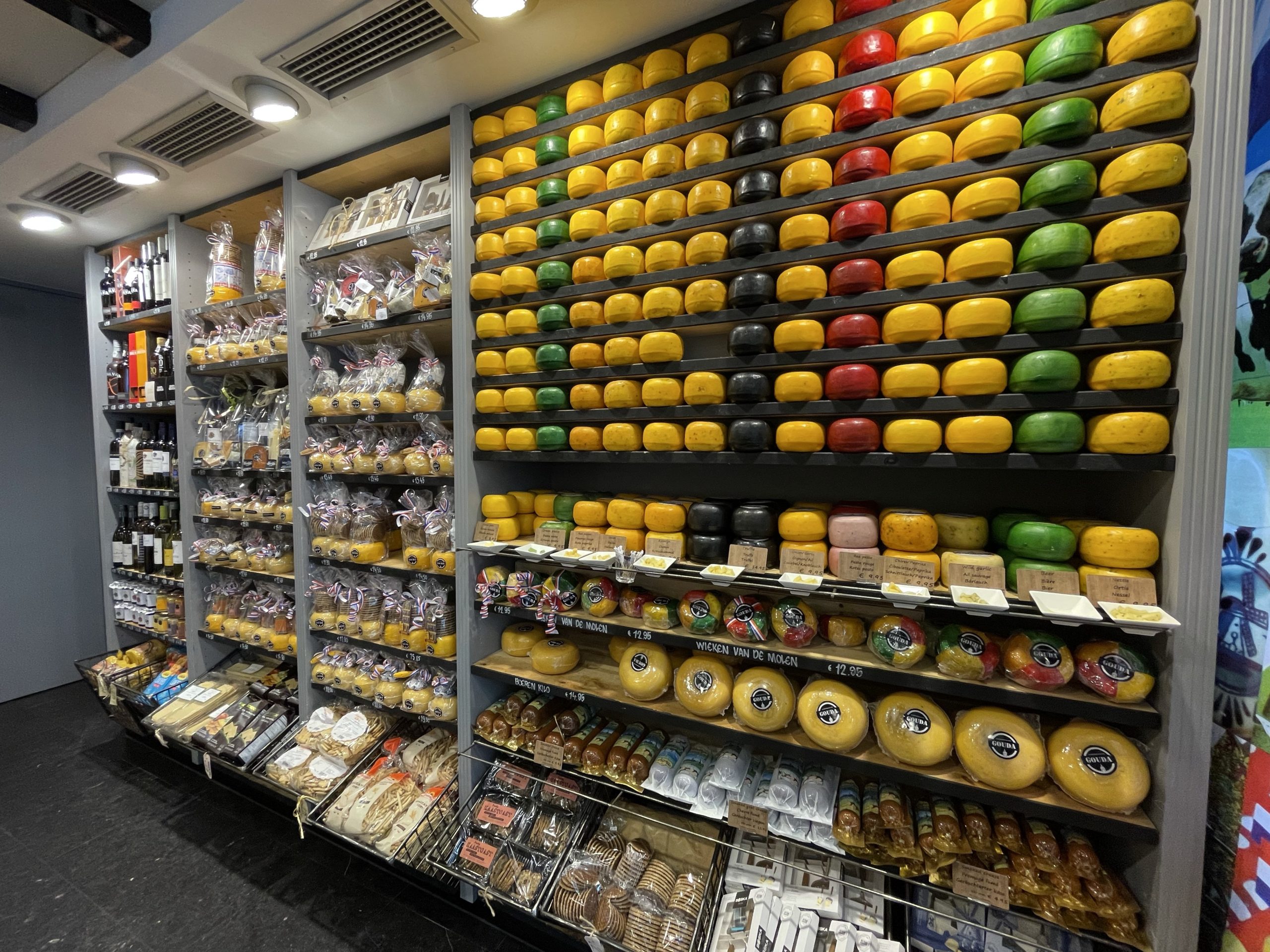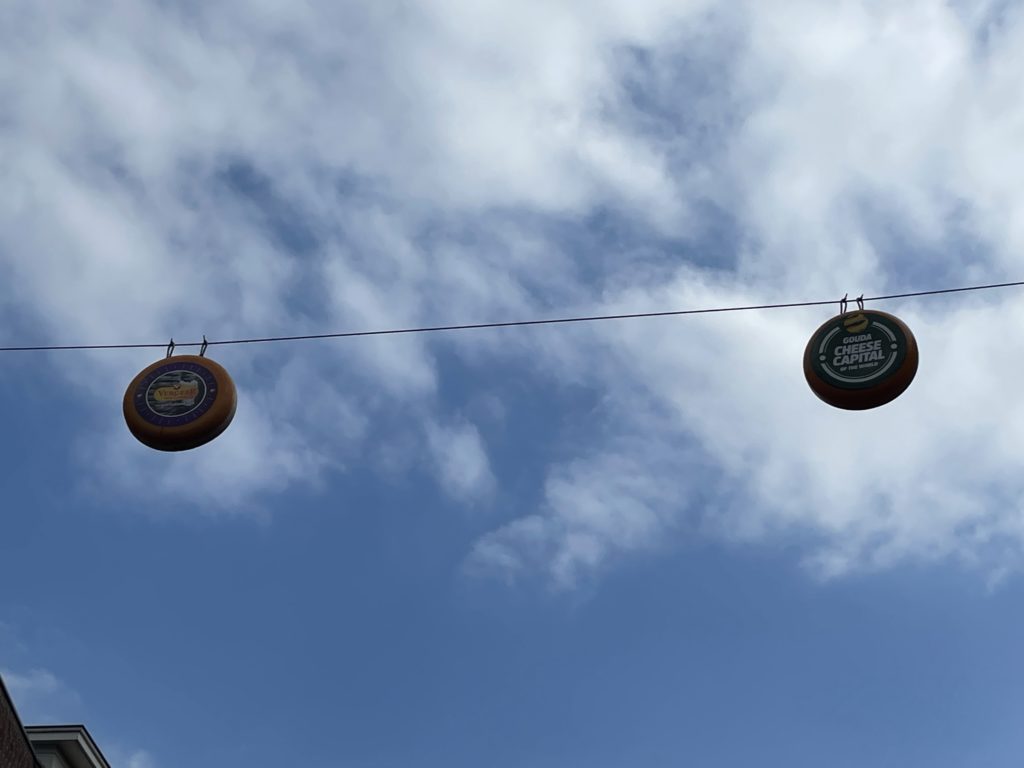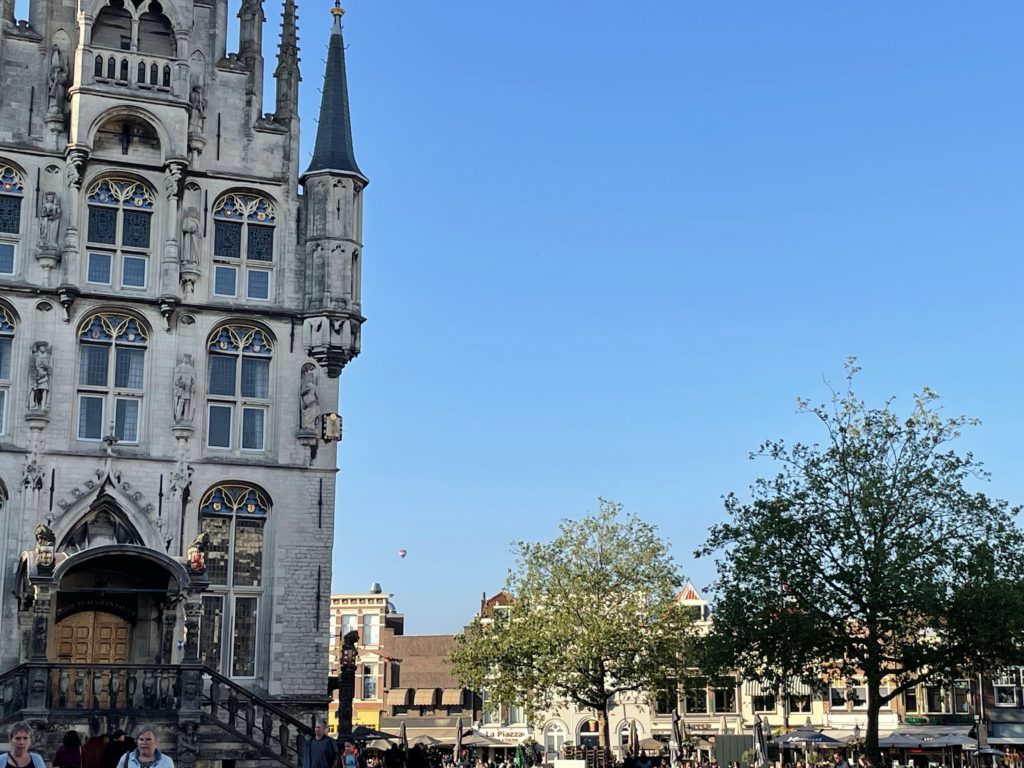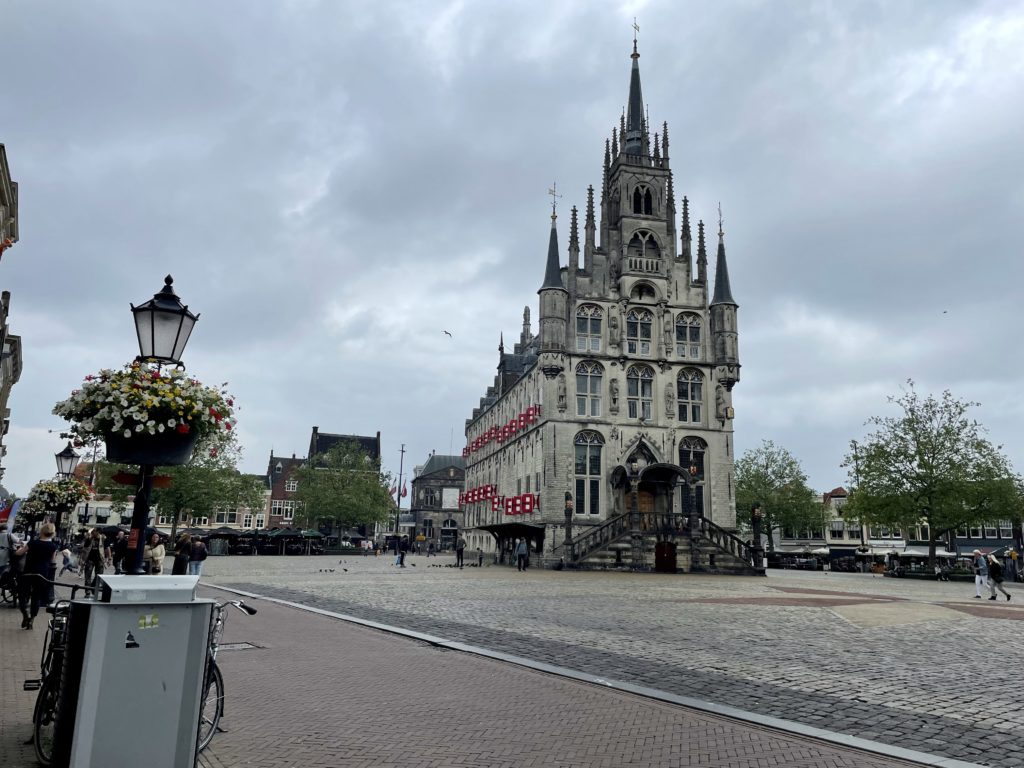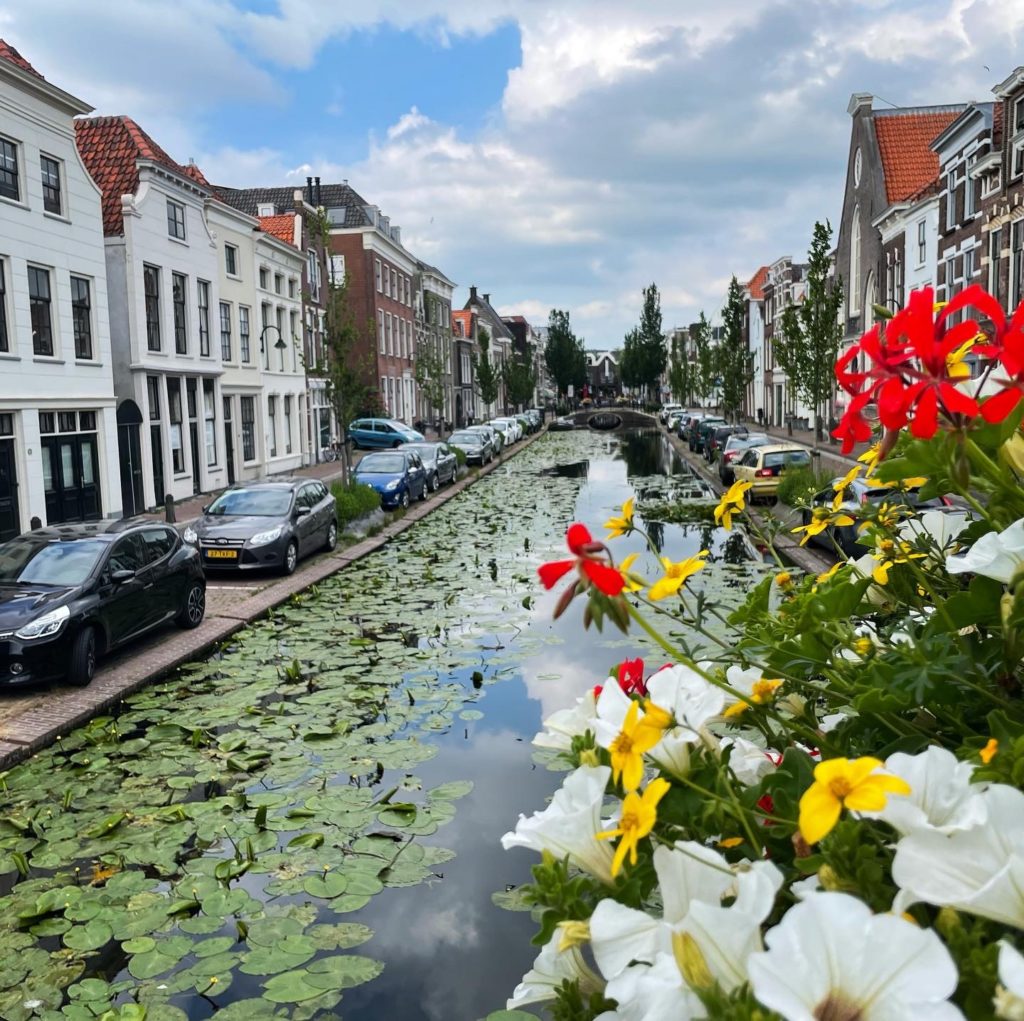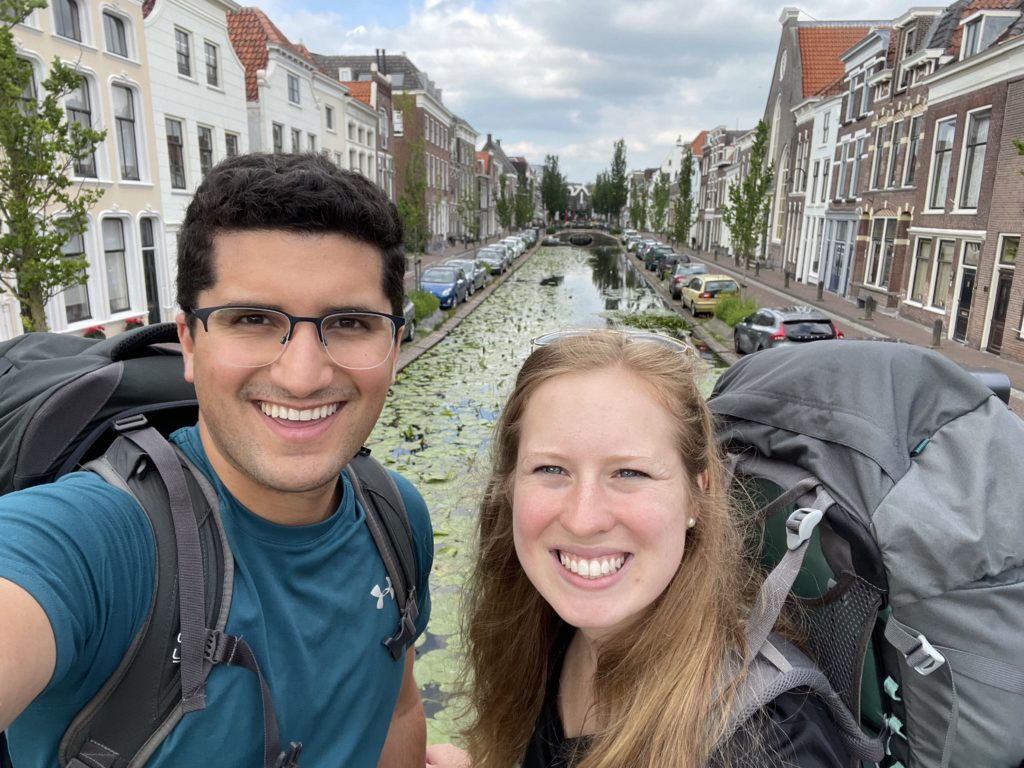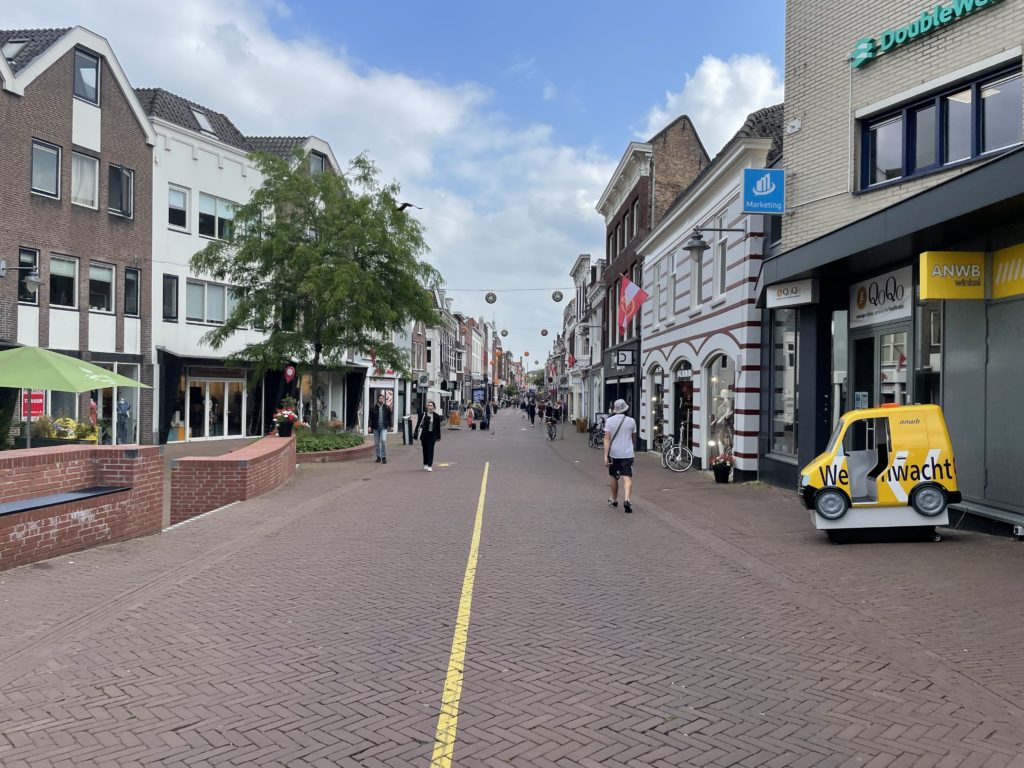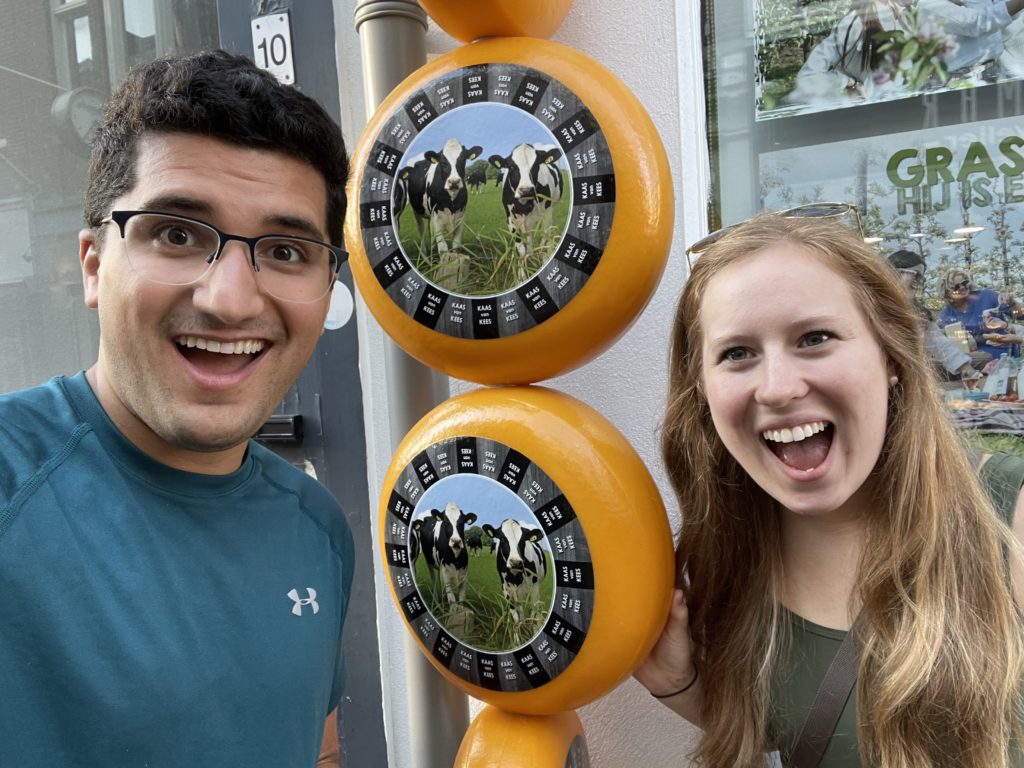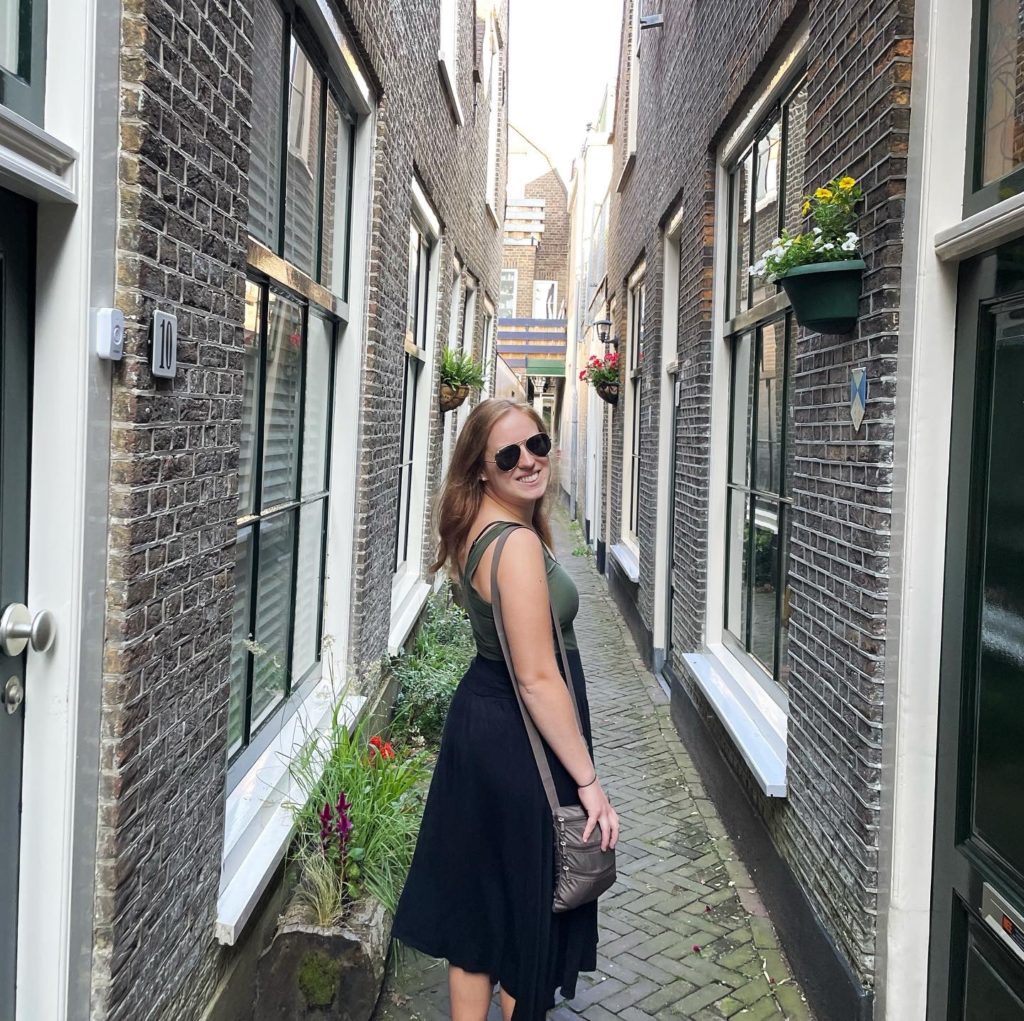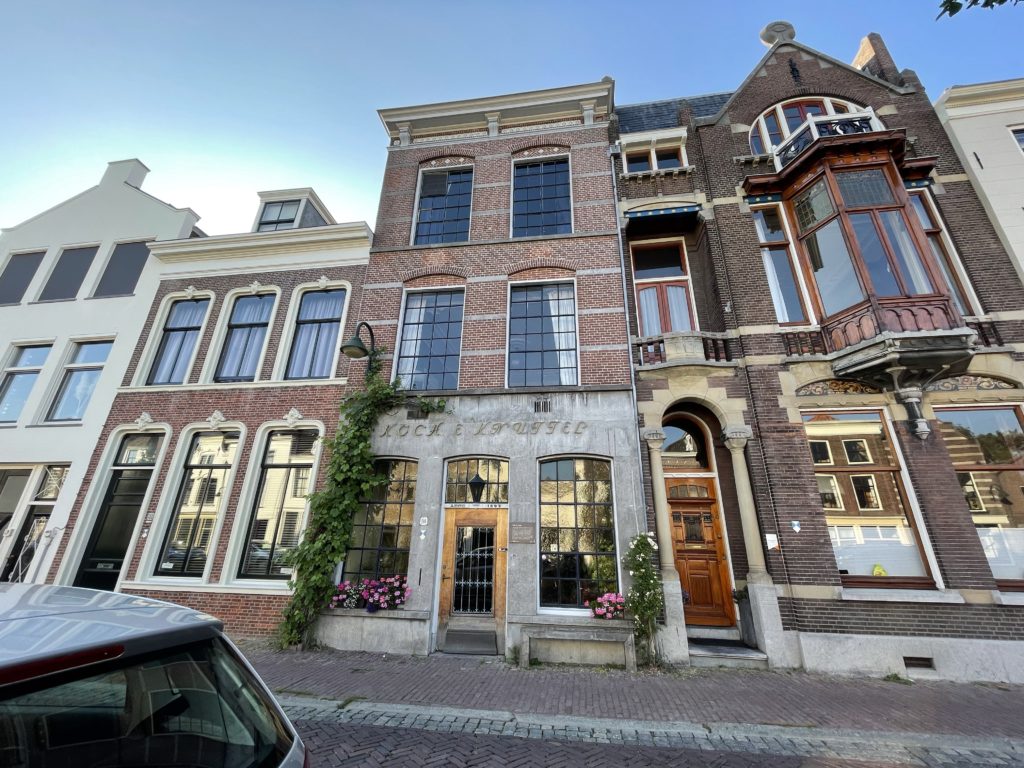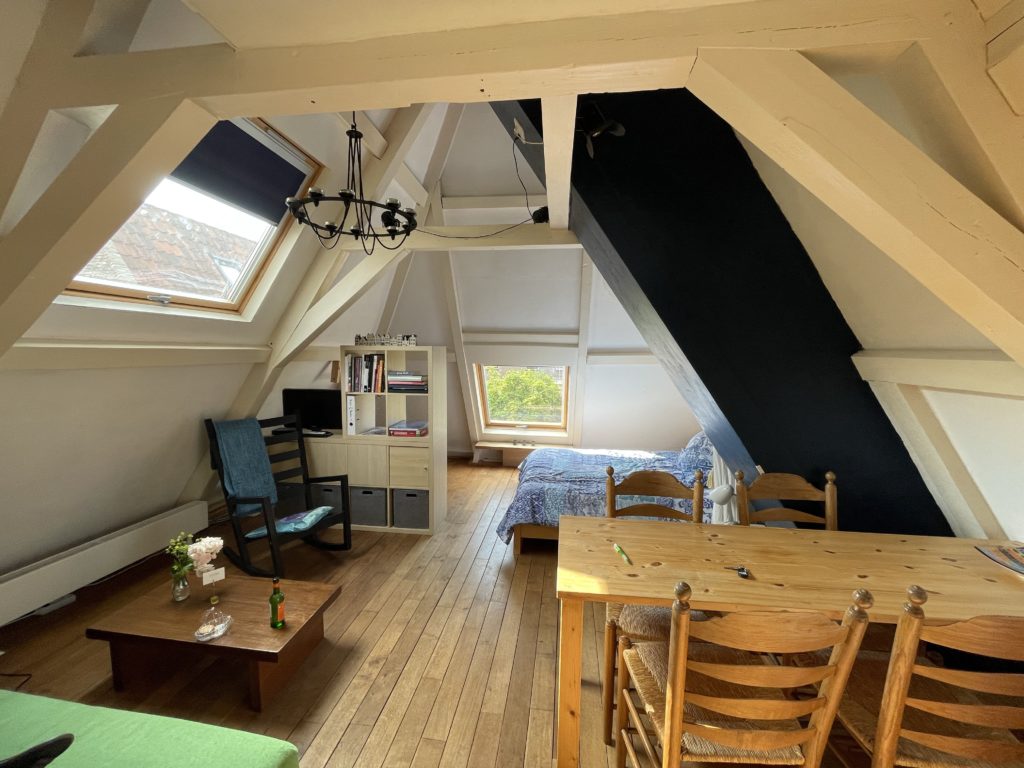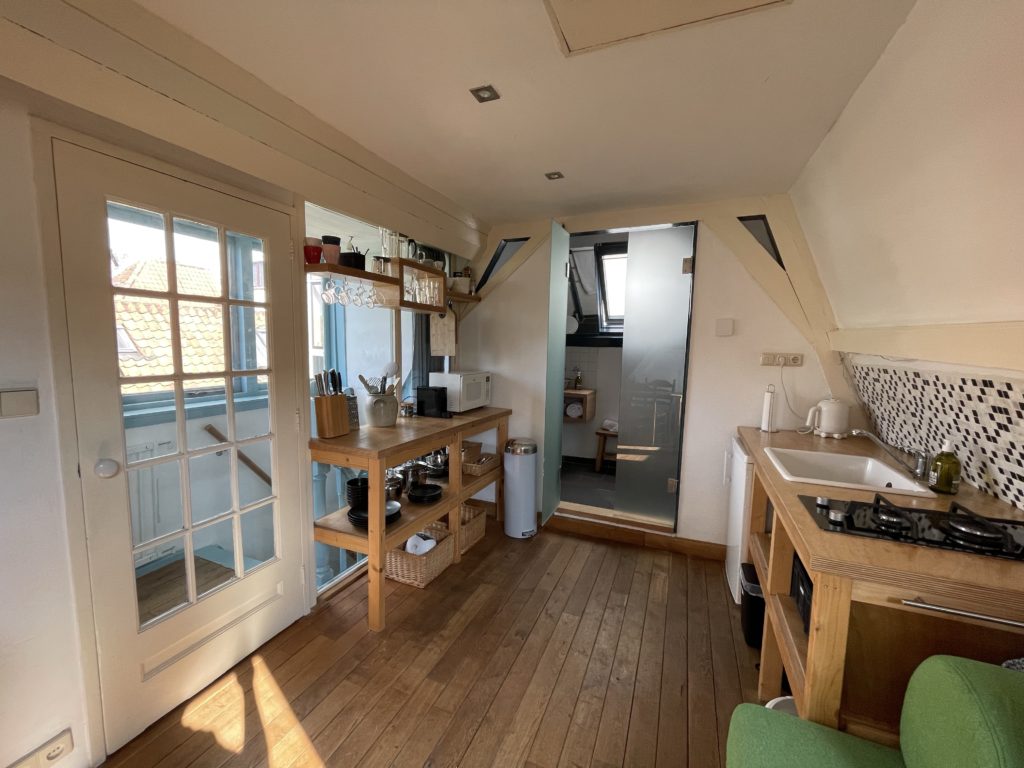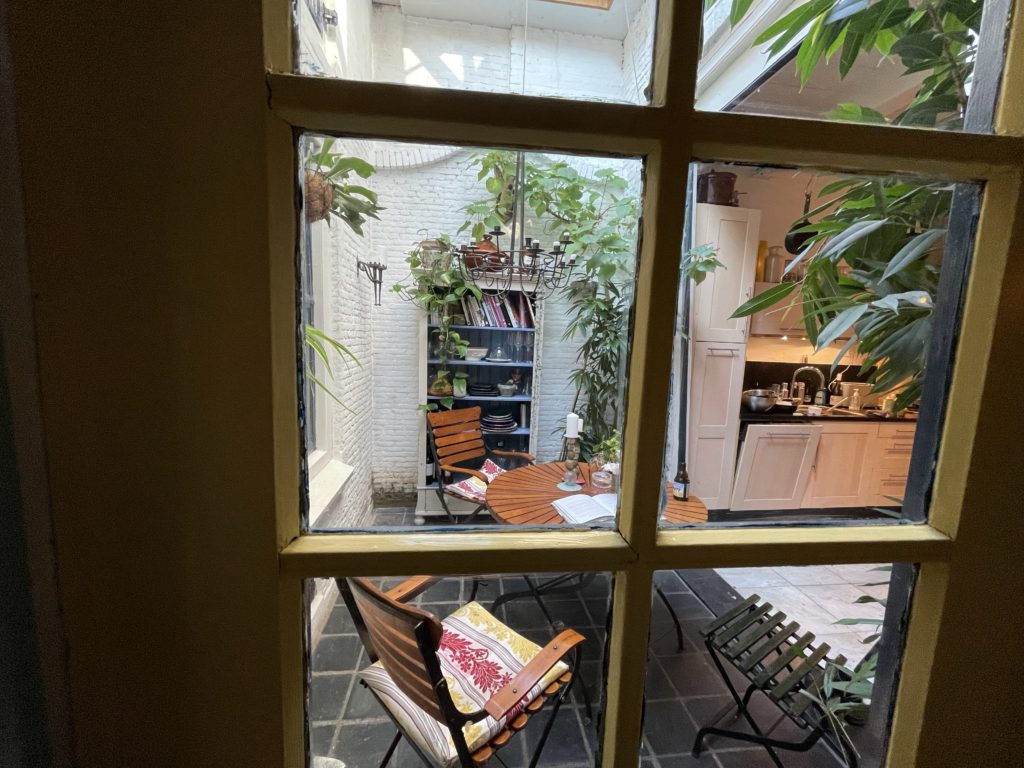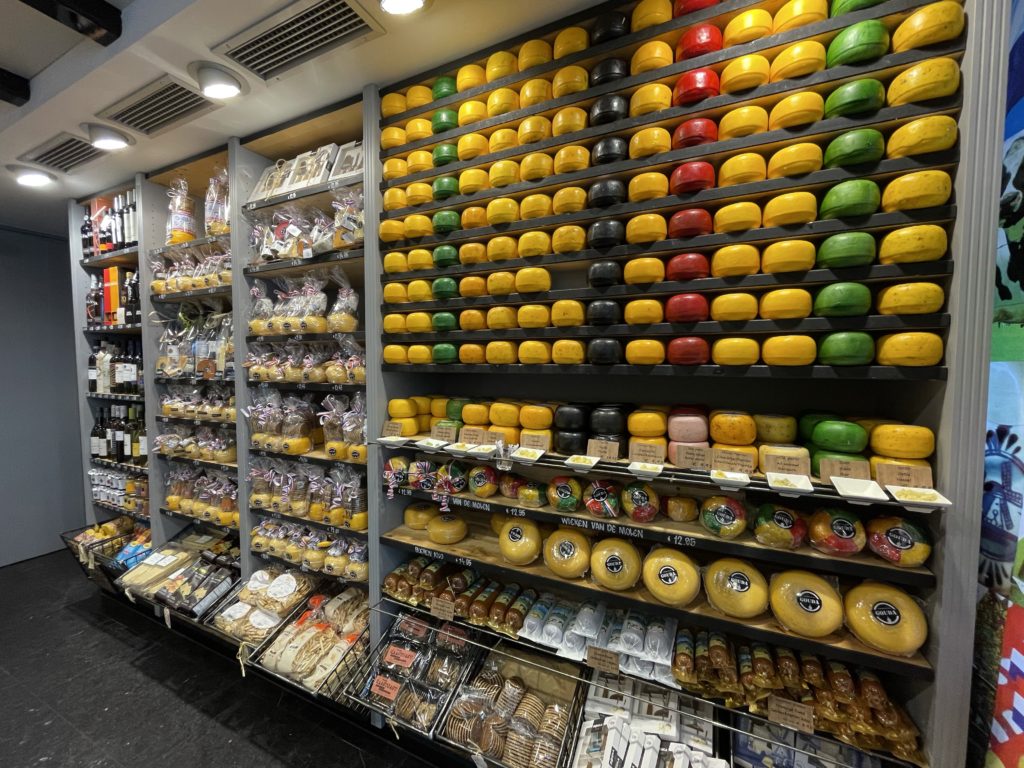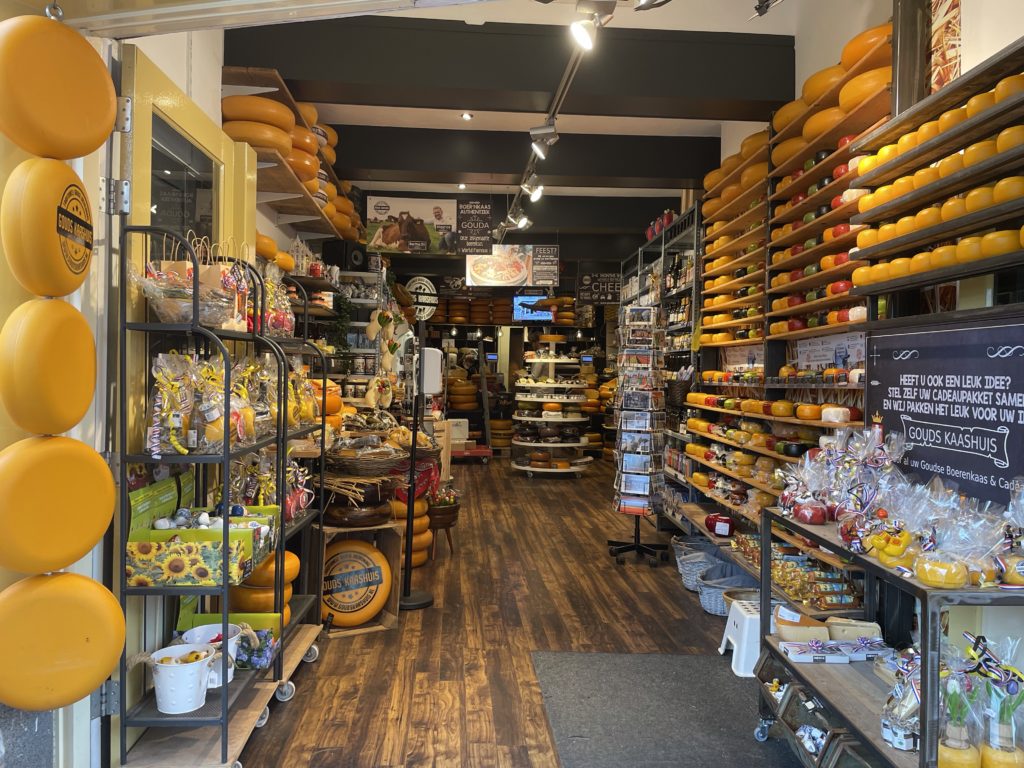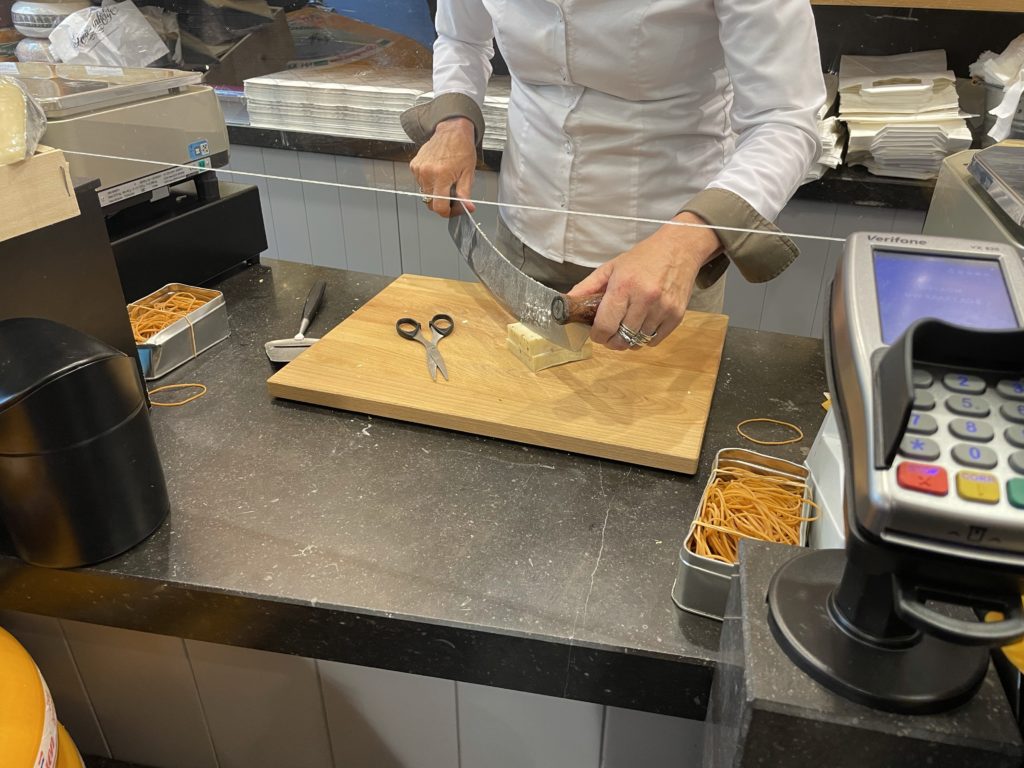July 15-20:
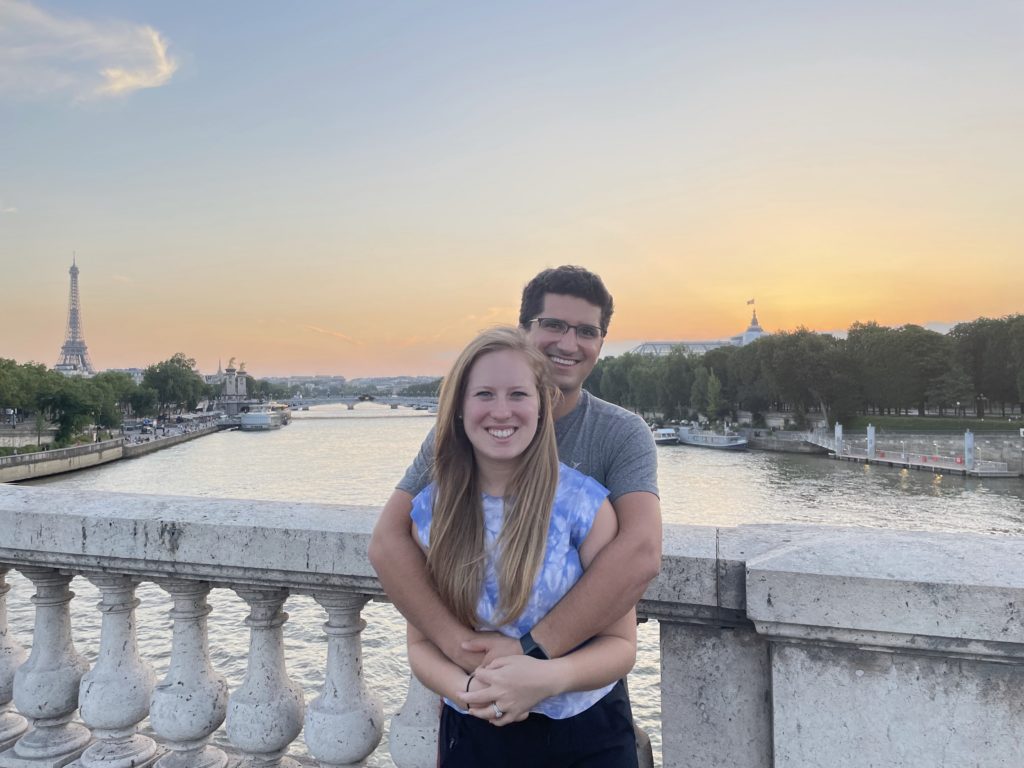
Our first stop in France was Paris! Up to this point in the trip, we haven’t had any difficulty navigating public transportation. We were proud of this track record… Until we arrived in Paris. I watched a tutorial on YouTube before arriving and felt pretty confident I could handle it. We bought a book of 10 tickets at the train station just like the YouTube tutorial suggested. Unfortunately, the video was just about traveling inside Paris city center. The two places we ended up staying were outside of Paris, which required completely different types of tickets. There are also multiple transportation zones within Paris and different tickets are needed to travel across them. We spent a long time standing in front of the ticket machine trying to figure out which ticket would be best for where we would like to go. Finding the right bus to our first AirBnB was also tricky. We found a bus driver on break and asked for his assistance. He didn’t speak any English and we both tried to communicate with hand motions and Google Translate. He was so patient with us! He repeated everything and even wrote on his hand with his pen the bus number we needed, pointed in the direction of the bus, and off we went running to catch it.
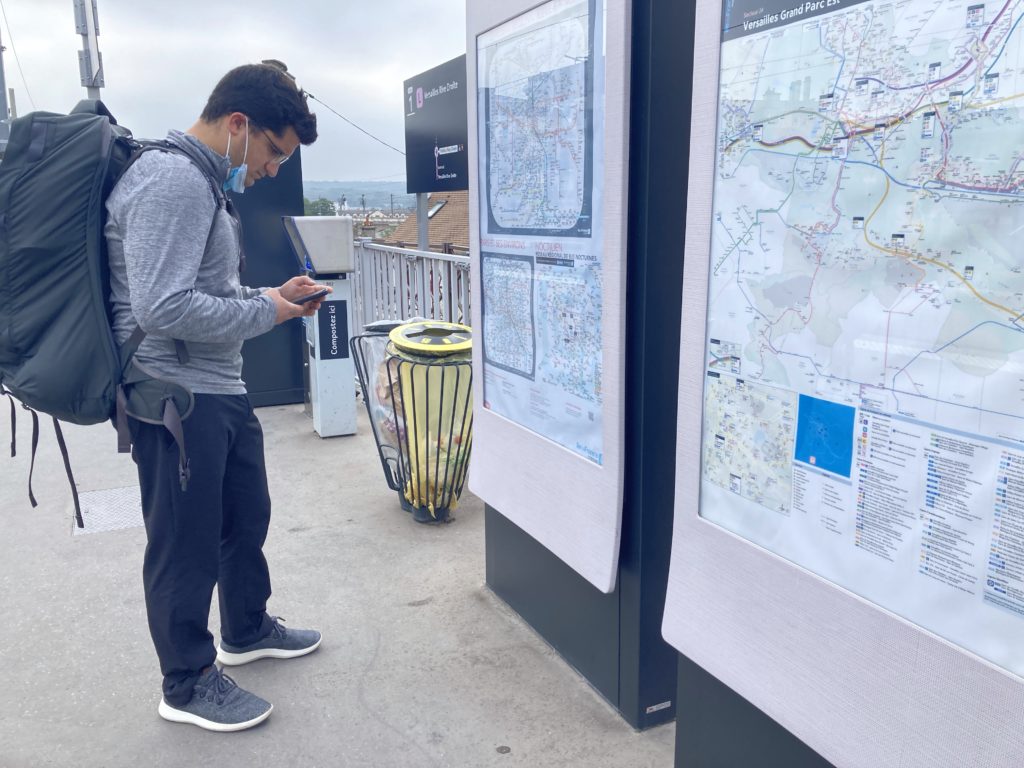
Before coming to France, we heard many stereotypes. For example, we heard that no one speaks English and all French people hate Americans and are rude. It was true that we found more non English speakers in France (yet still found many that did speak English), but the other stereotype was not true. Everyone was so kind and patient with us! We tried our best to learn some of the language to better communicate, but usually ended up relying mostly on our Google translating app. The app even has a conversation feature where you can both be speaking and it will translate French to English and English to French.
Disneyland Paris (from outside the gates!)
Our first day in Paris we got off of a train to transfer to another one. We walked up the stairs and to our surprise – we were at the entrance to Disneyland Paris! Through more hand motions and Google Translate, we realized that this was the entrance to Disney Village which was totally free! Think of the Disney Springs shopping/restaurant area in Florida, but much, much smaller. With our giant backpacks still on, we hopped in line and went through the security check! We walked into almost every store and enjoyed some classic Disney magic without even paying for a park ticket.
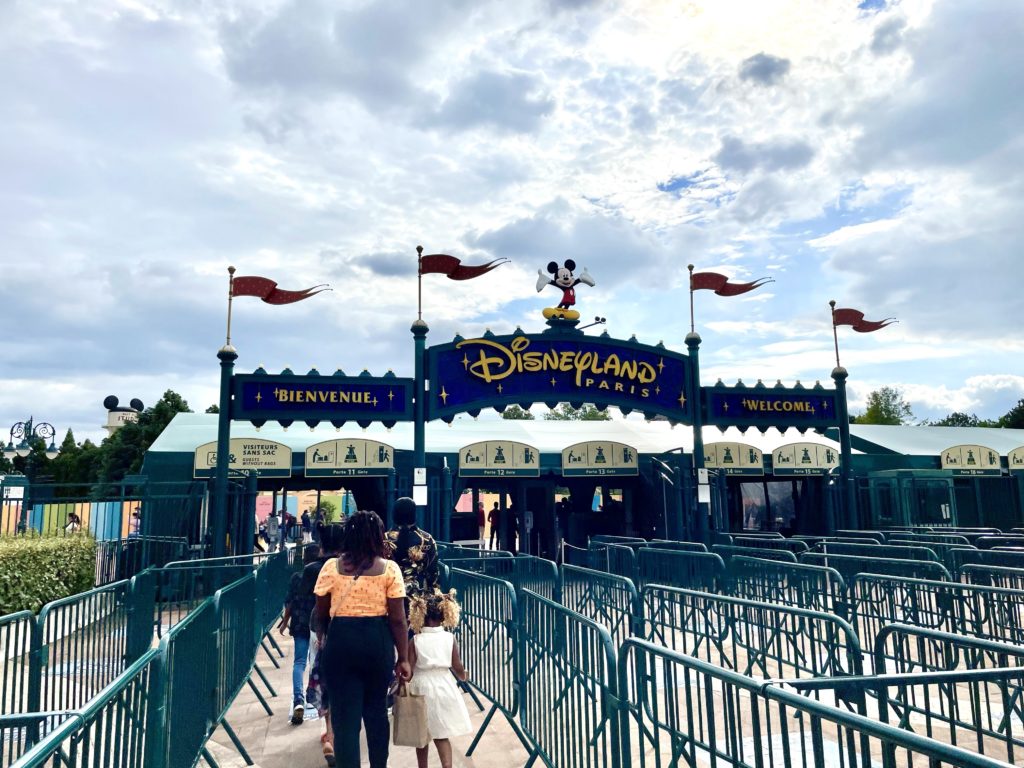
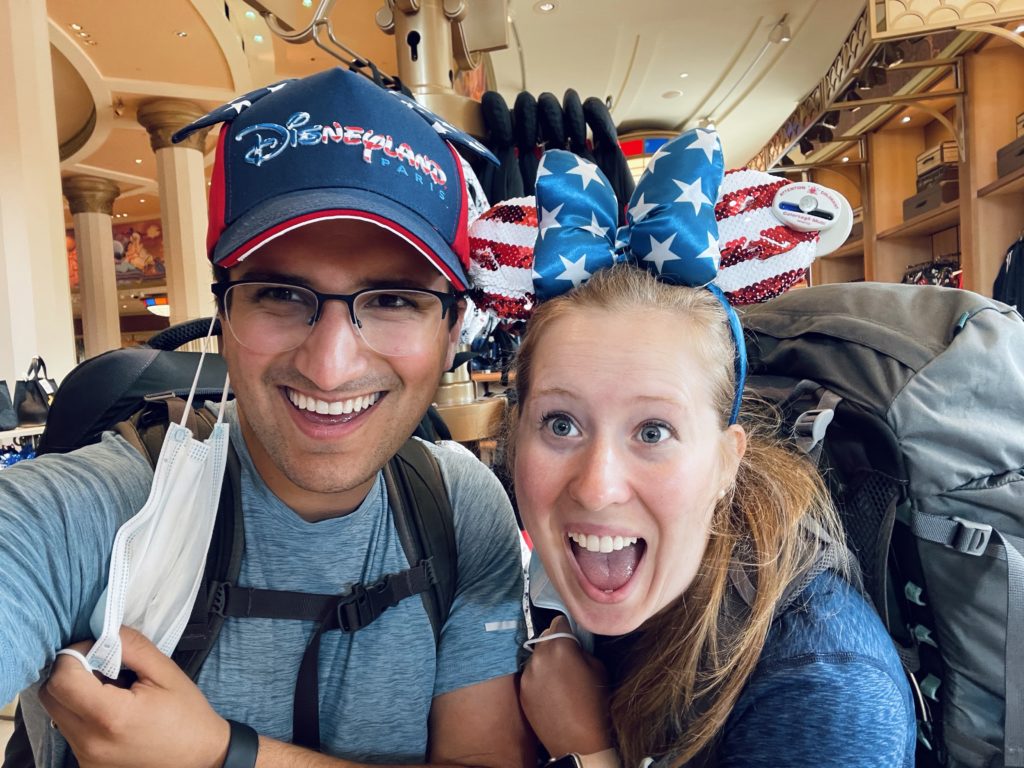
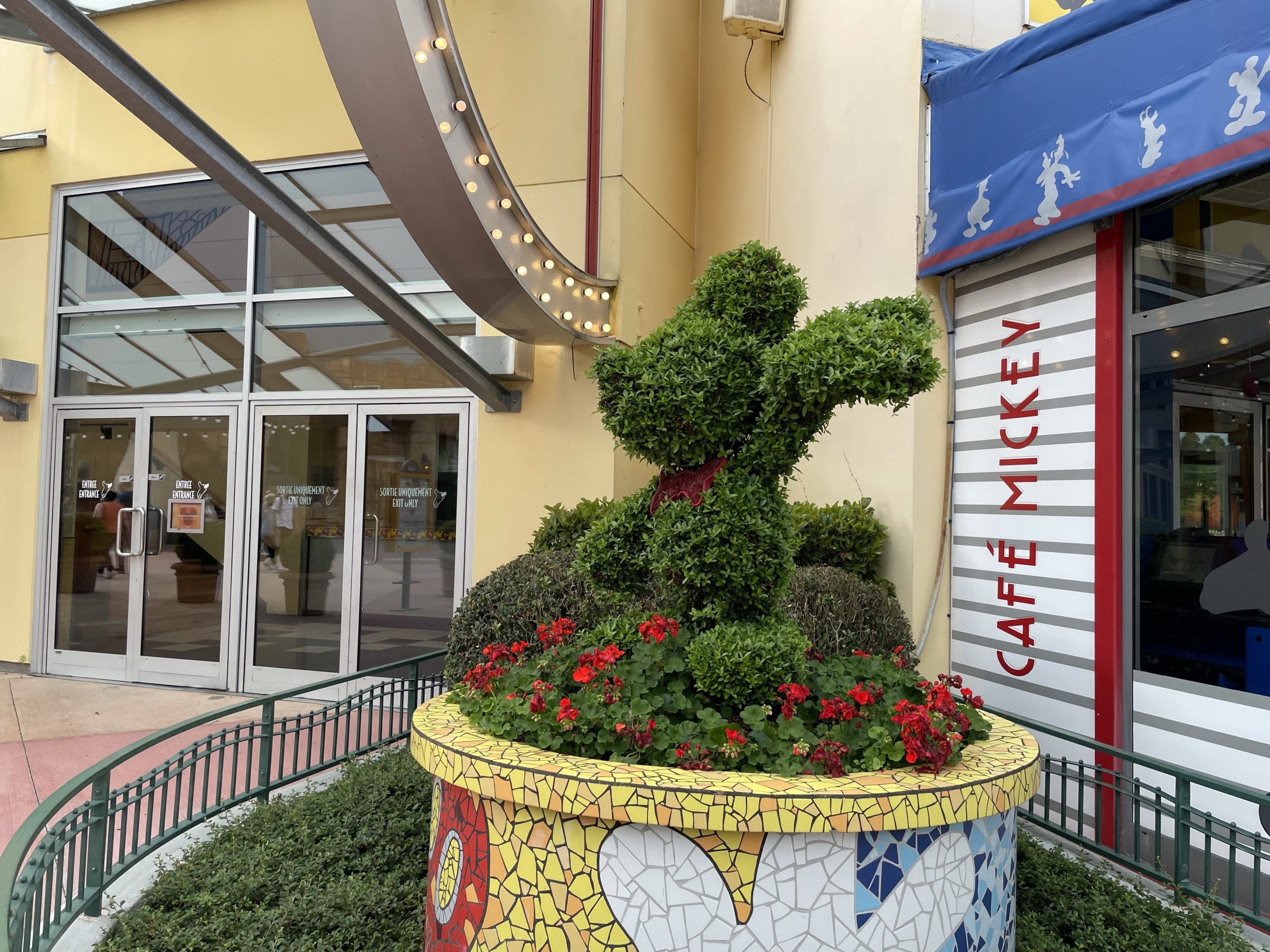
Palace of Versailles
Our first AirBnB in the Paris area was right outside of the Palace of Versailles. We decided to tackle the 2,014 acre palace on our first full day. It was a cool day, which helped since the palace does not have central air conditioning. We bought tickets to see the palace and gardens. We were pleasantly surprised to find that neither were as crowded as we were expecting!
The palace was a clear picture of the worship of man. Well, one man in particular – Louis XIV. Around the palace and gardens you will find statues and paintings of Louis XIV depicted as the sun king. Everything was elaborate and gaudy. Even in the king’s chapel, we learned that the “peasants” would be down at the bottom worshiping him as he worshiped God up above in his private balcony.
The palace started off as a hunting lodge/retreat that Louis XIII owned. After he died, his son, Louis XIV, transformed it from 1661-1710 into the elaborate complex it is today. He reigned as king for 69 years. Later, Louis XVI became king in 1774 where he married Marie-Antoinette in the royal chapel. They both had their own private apartment chambers. Louis XVI was the last king of France before the monarchy fell during the French Revolution.
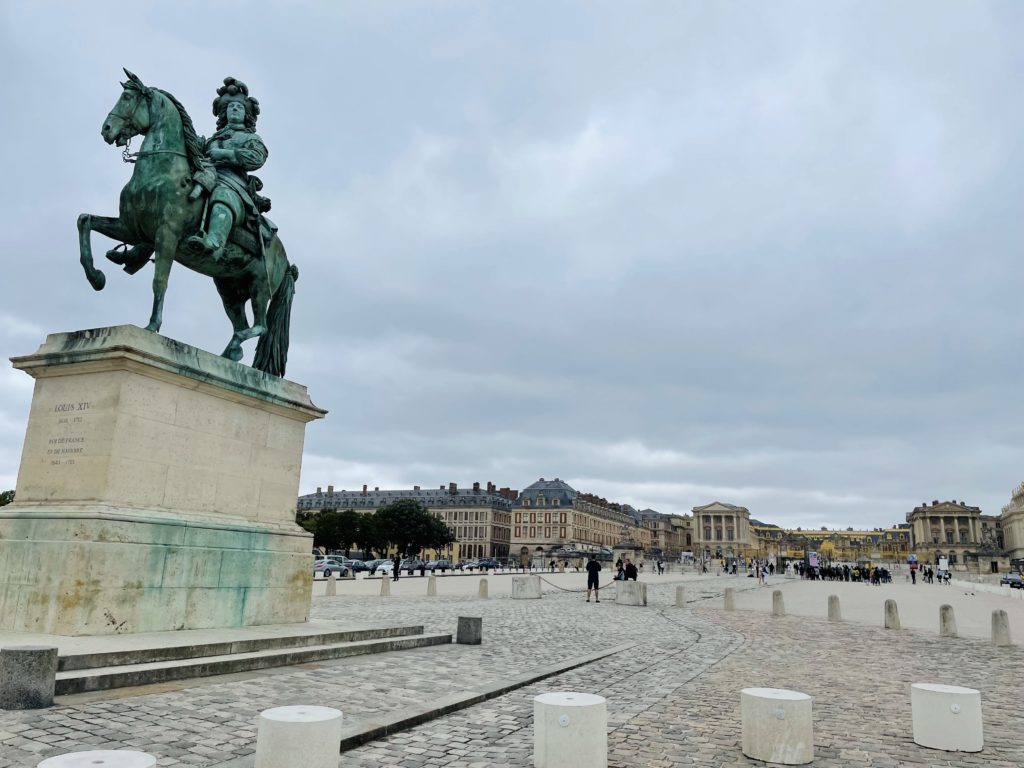

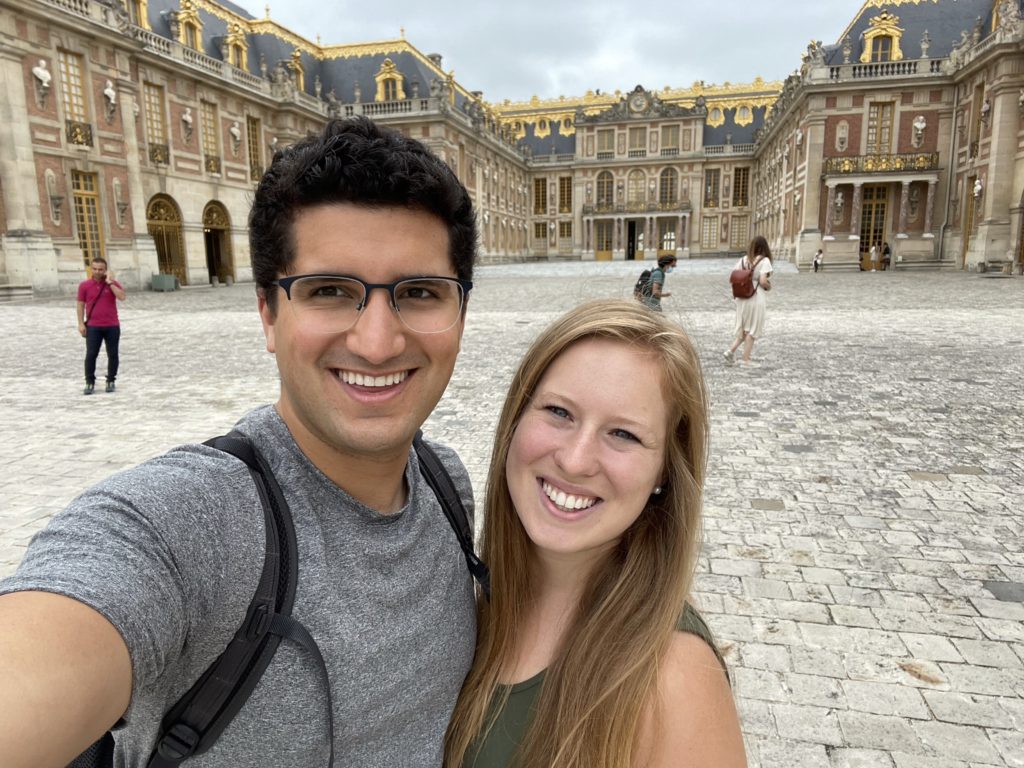
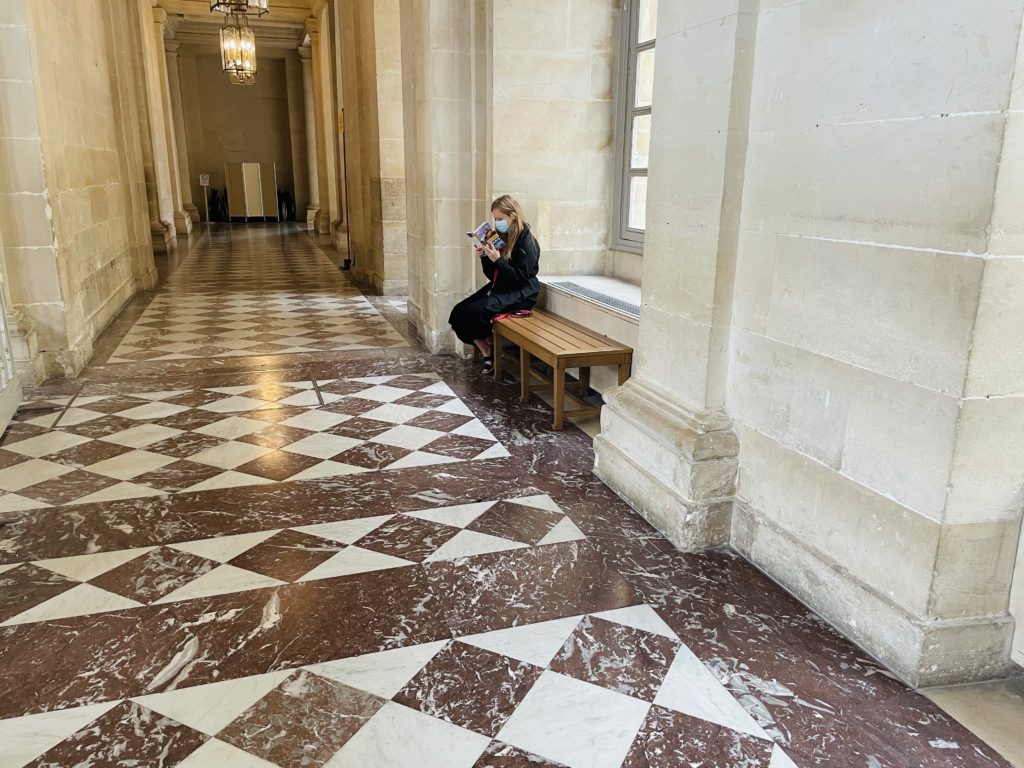
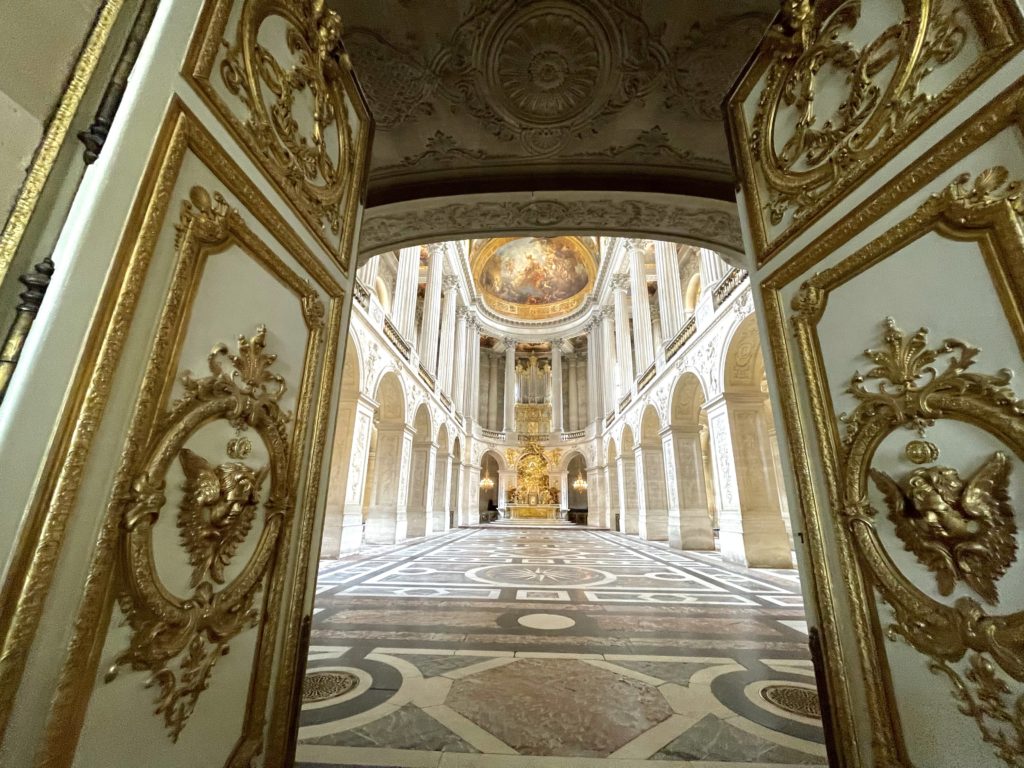
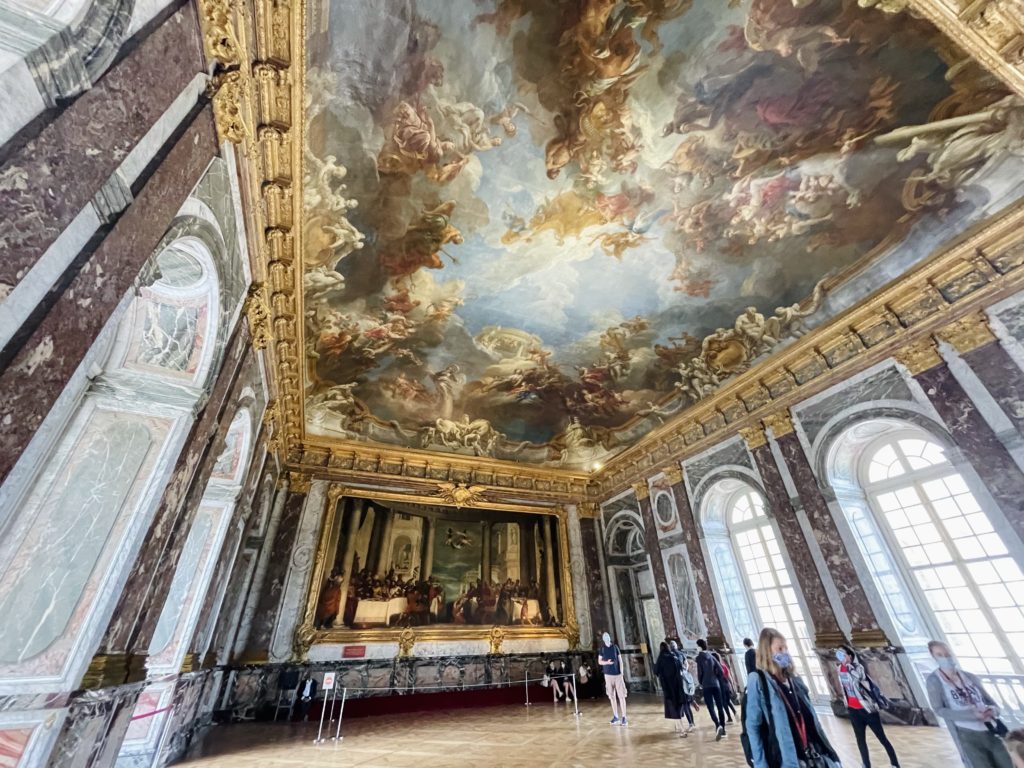

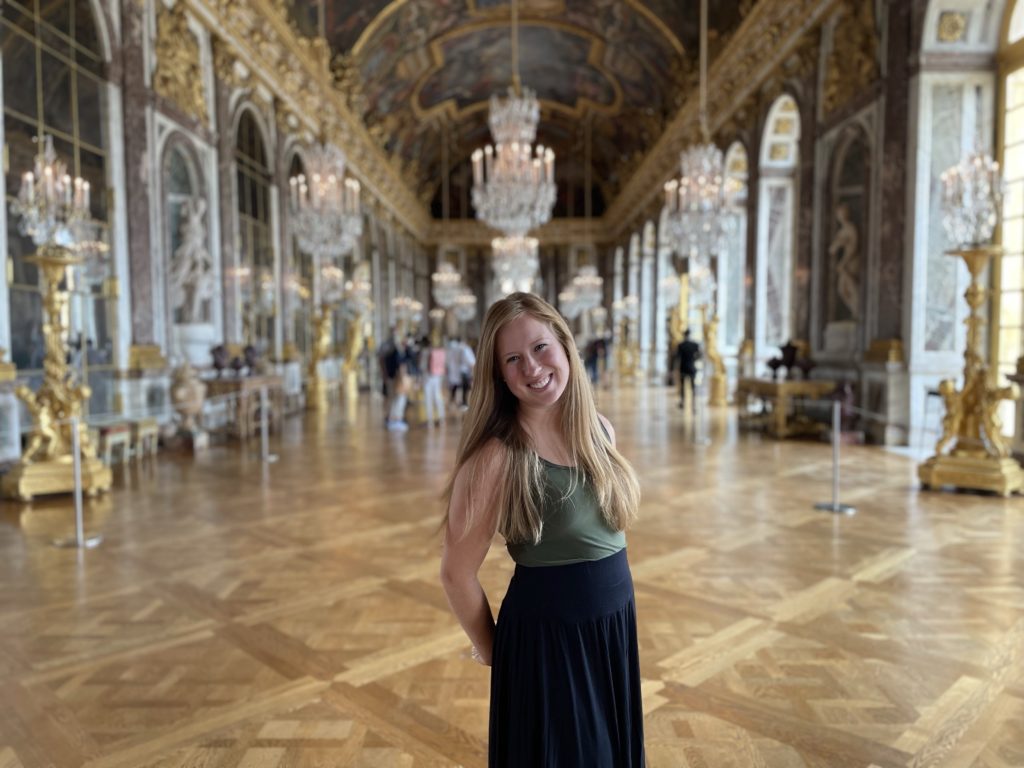
Gardens of Versailles
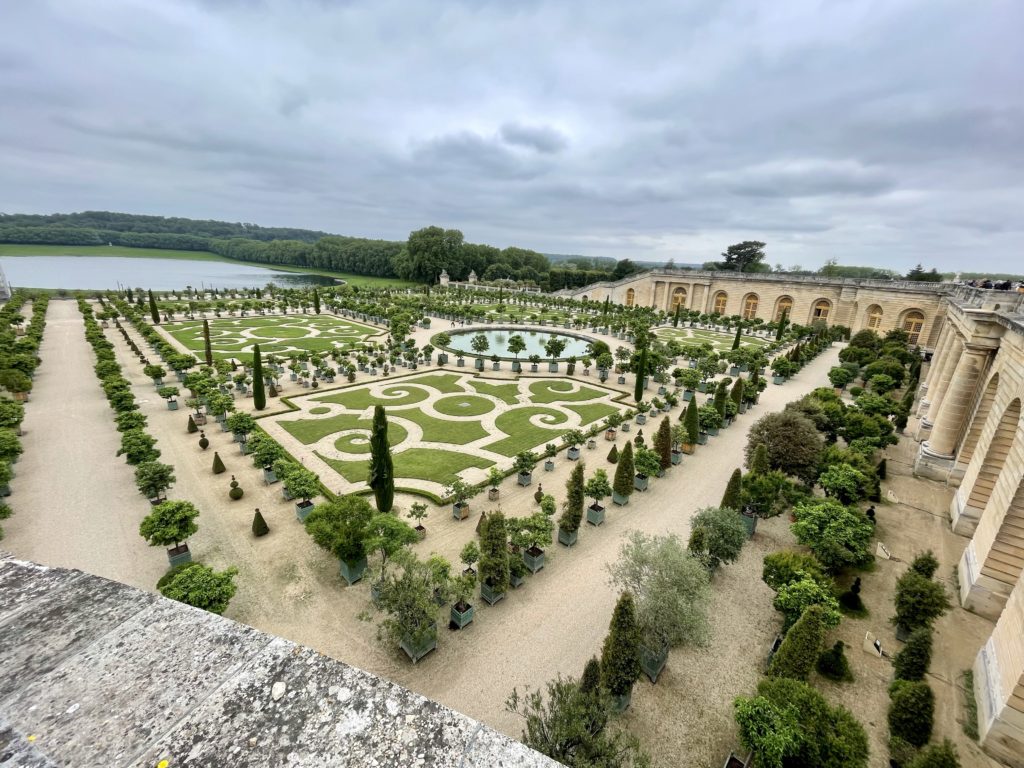
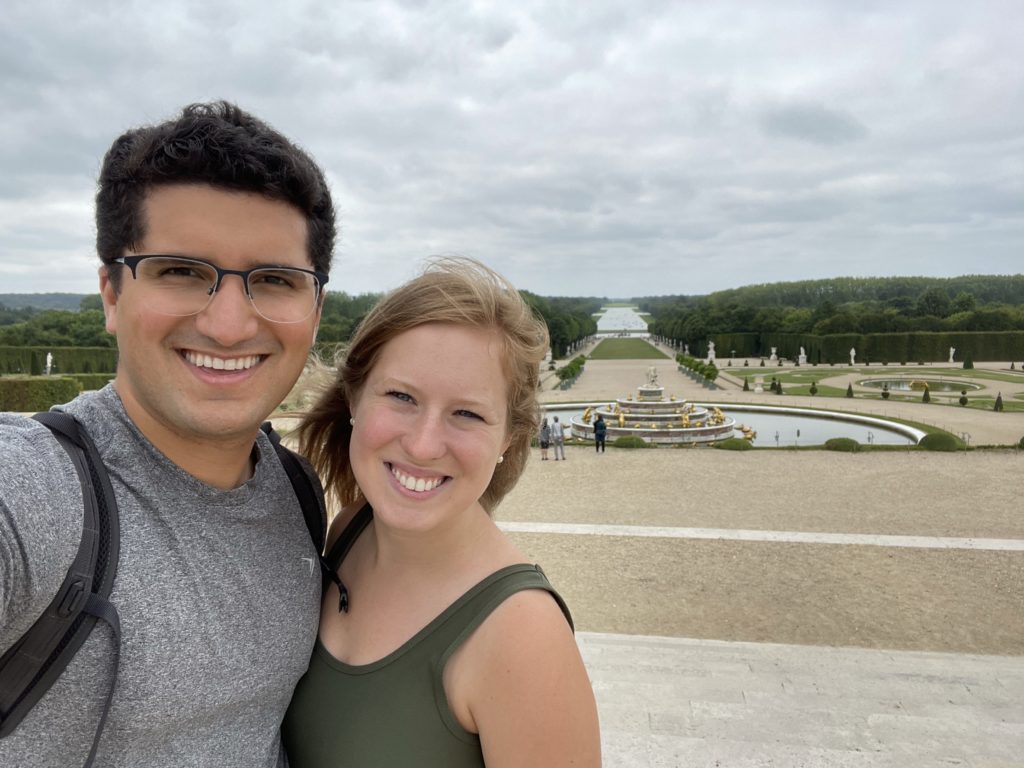
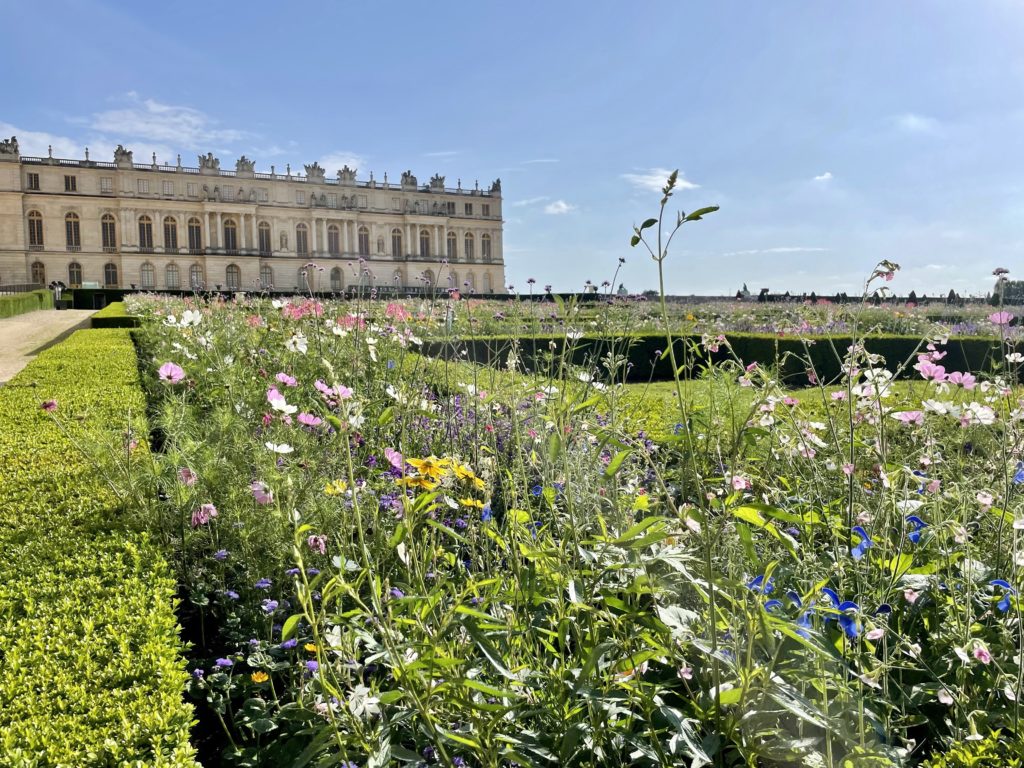
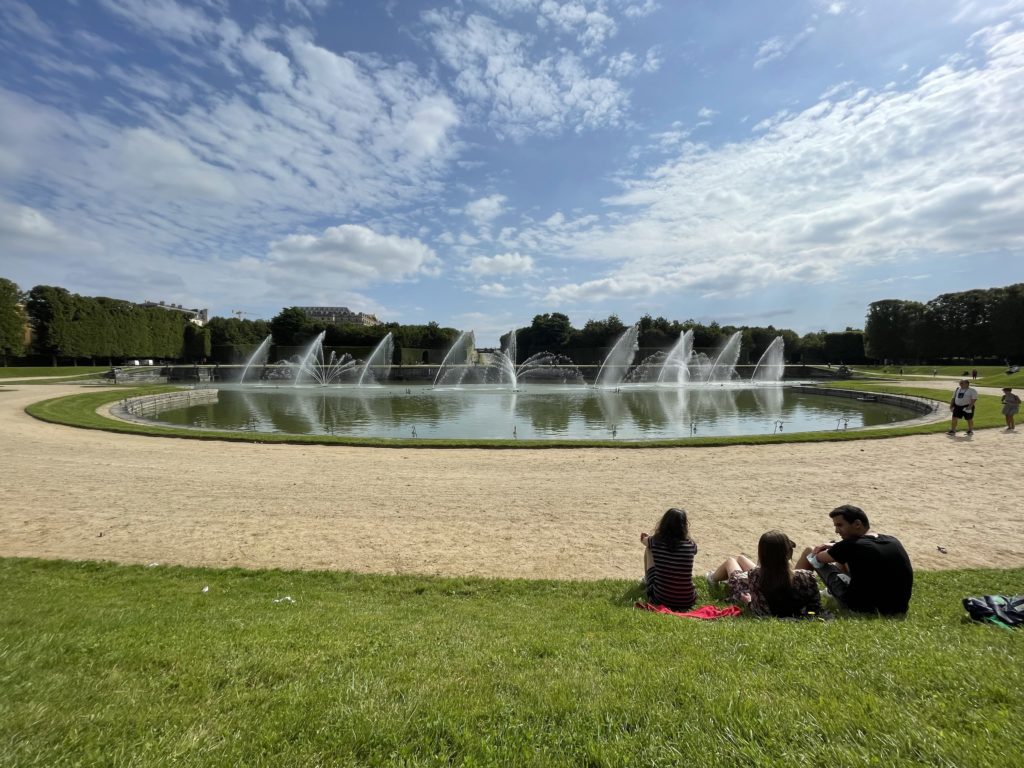
Notre-Dame
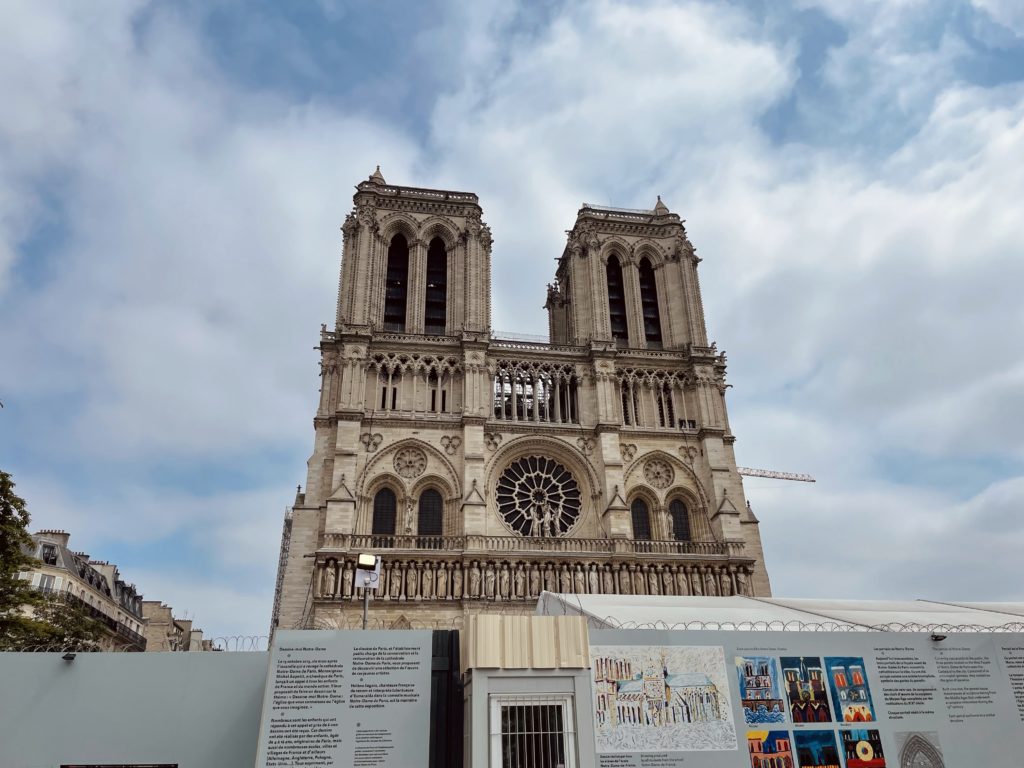
Unfortunately because of the 2019 fire at the Notre Dame cathedral, the building was still being repaired and was unable to be entered. We were, however able to enjoy checking out the exterior from the square in front of the church!
English Bookstores
Graham and I love bookstores! We wanted to buy a copy of the France Rick Steves book (as we were using our host’s copy while in Paris) and decided to seek out some English Bookstores. We found several right near Notre-Dame.
Our favorite find was the Shakespeare and Company Bookstore. This bookstore first opened in 1951 by George Whitman, a fellow American. It is located in an old monastery with two floors filled with books. They had a piano on the second floor where anyone could sit down and play. The sound of the beautiful piano being played by a complete stranger echoed through each room. The cherry on top for Graham was the friendly bookstore cat.
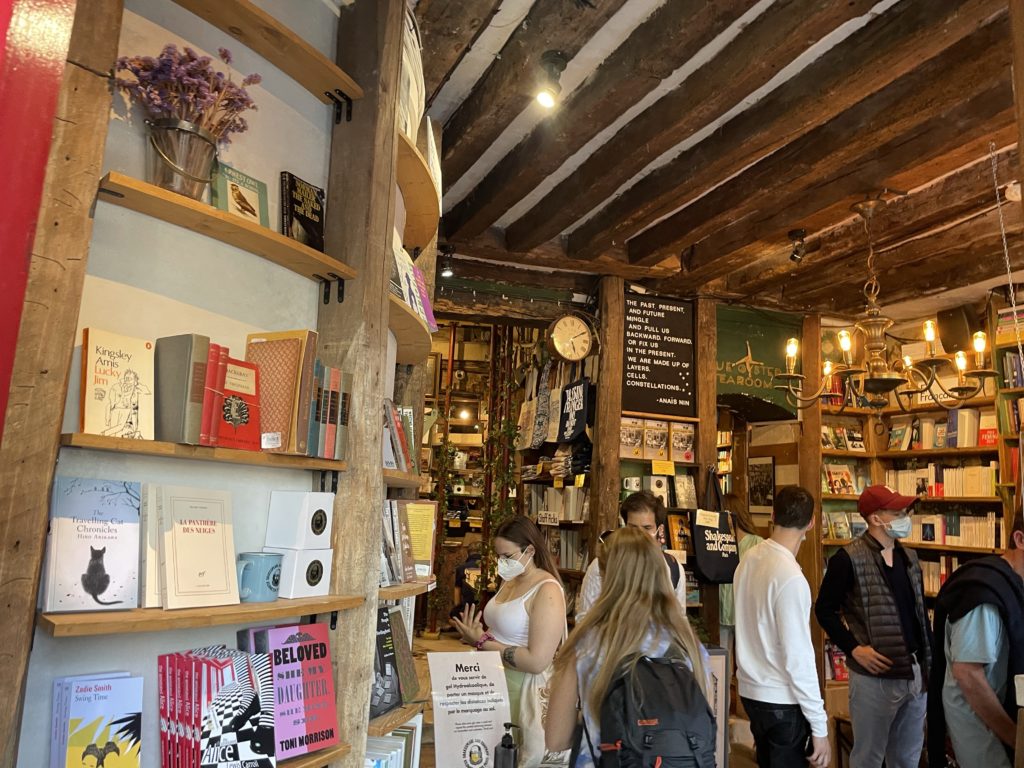
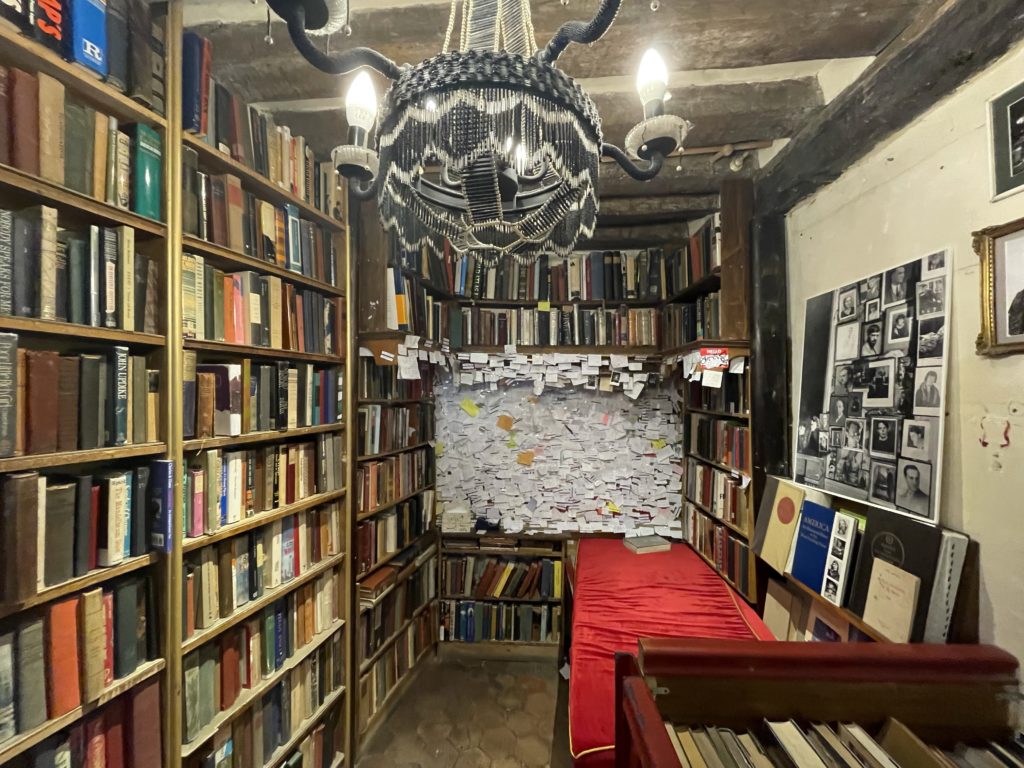
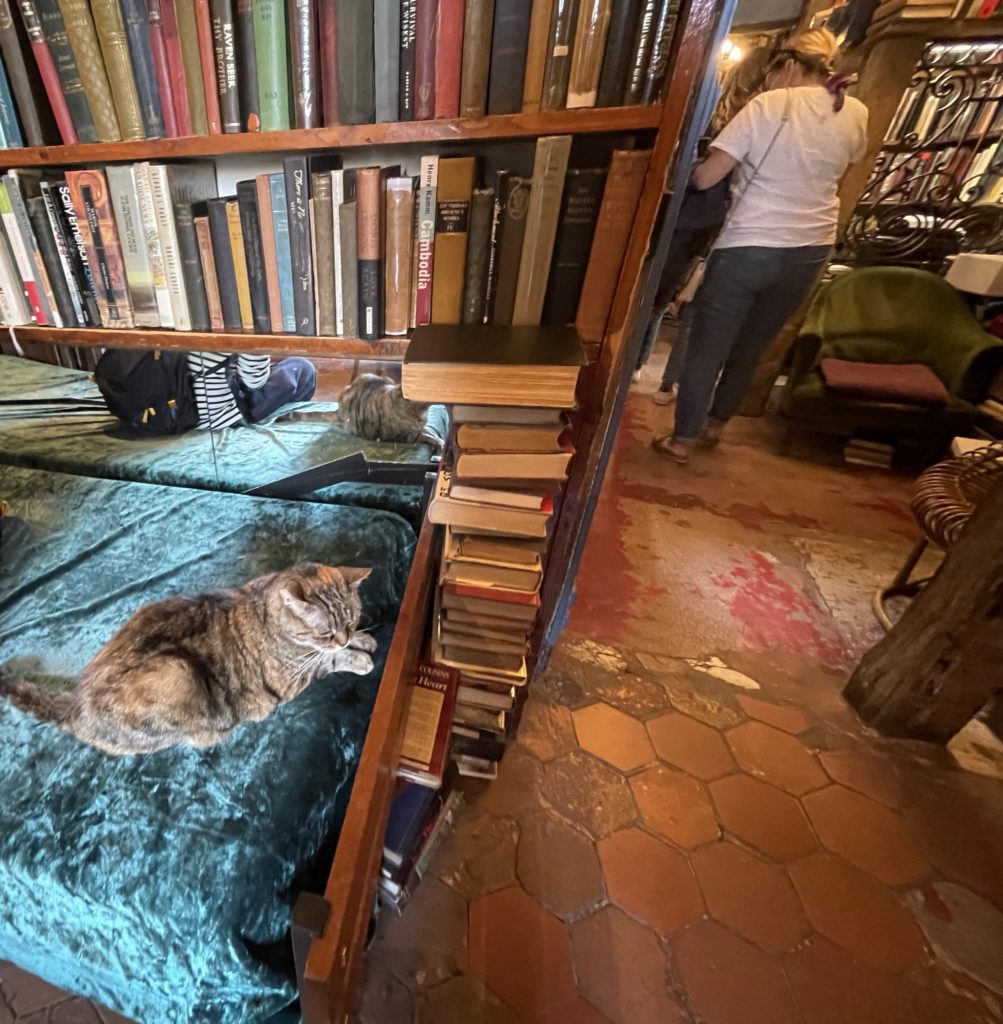
Luxembourg Gardens
We have realized that as Americans, we naturally rush everywhere and in everything. We walk quickly, eat fast, and struggle to slow down. One thing we have enjoyed learning about the European culture (and hope to bring back home with us) is that meals are meant to be enjoyed and should not be done quickly. This is especially true in France. For the most part, a meal here can last more than 2 hours. The check is not naturally brought to you at restaurants – you have to ask for it whenever you are done talking and enjoying your meal.
With this same theme of slowing down, we decided to take a moment to slow down and relax in the beautiful Luxembourg Garden. One of my friends told me about this garden and it definitely did not disappoint. Families and people of all ages sat all around the 60 acre garden in the heart of Paris and enjoyed the moment. We sat down with our Rick Steves book and read up on the surrounding areas.
The French Senate owns the garden and the Luxembourg Palace is where they meet. We also learned that French’s secret service is headquartered beneath the garden. Not so secret I guess!
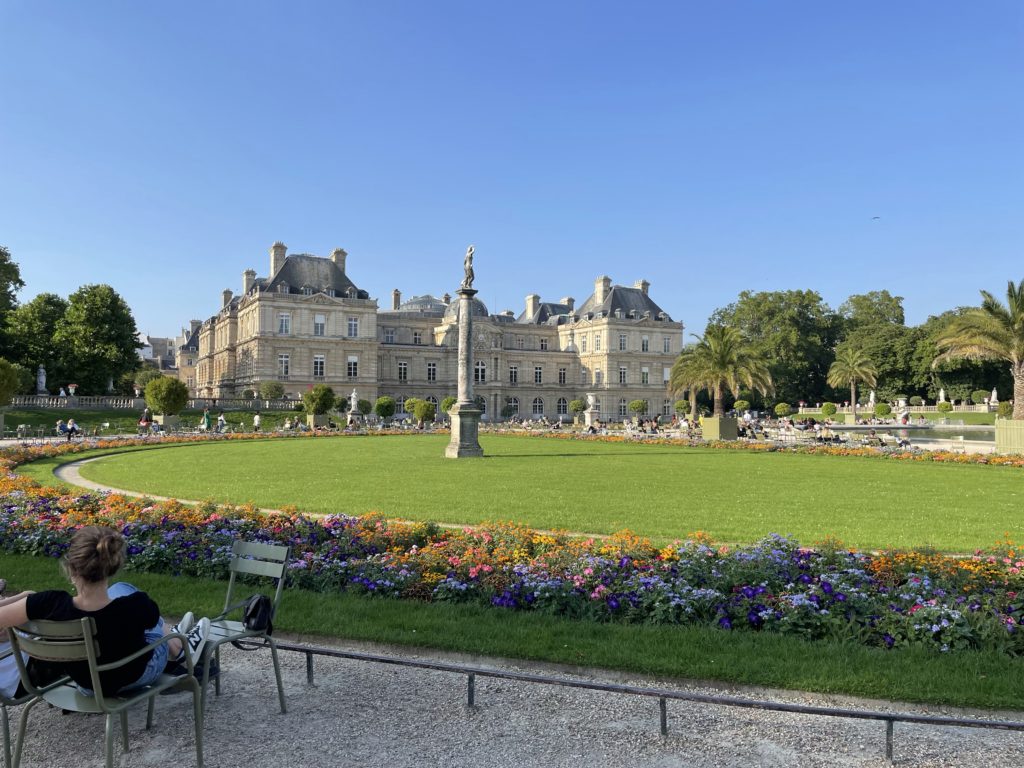
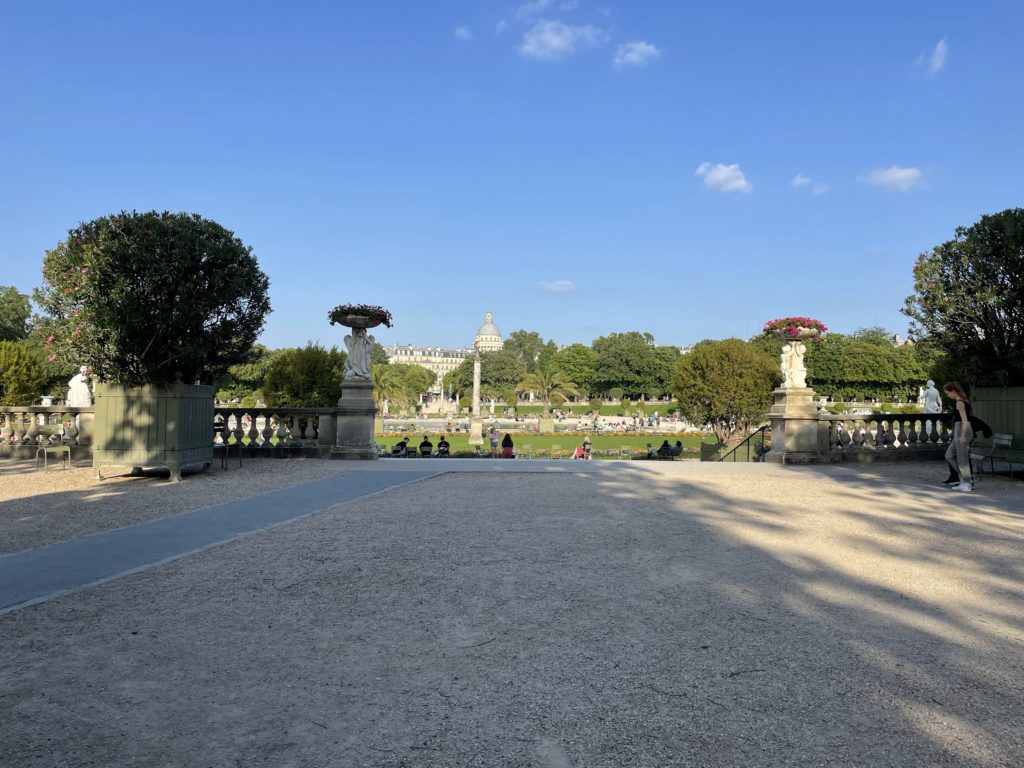
Paris Bed and Breakfast
The first two nights in Paris we stayed near Versailles in an AirBnB with a beautiful garden. Then, we moved to the southern side of the city to an incredible bed and breakfast for the next three days! We have learned on this trip that we don’t enjoy staying inside big cities. In fact, in general, we have found that we really like small to mid-sized cities such as Gouda, Netherlands or Akureyri, Iceland. This house was located just outside of Paris in a small suburb that felt more like a small/midsized city. To get into the Paris city center we just simply walked 8 minutes to the train station and then took the RER (regional) train into Paris.
Our two hosts, Frédéric and Jean-Luc, were so hospitable. After meeting them for the first time, it felt like we were reconnecting with old family friends. Every morning they would make us gourmet breakfast – English cream, homemade jam from their fruit trees in the backyard, breakfast crepes and so much more. They also sat with us and helped map out each of our days to see all of the highlights in Paris. Our room was on the third floor. It had a private sitting room, bedroom, and bathroom. It was perfect! We hope to one day return and stay here again! If you happen to be in Paris and are looking for a spot to stay just outside of the city – check out Villa De La Terrasse.
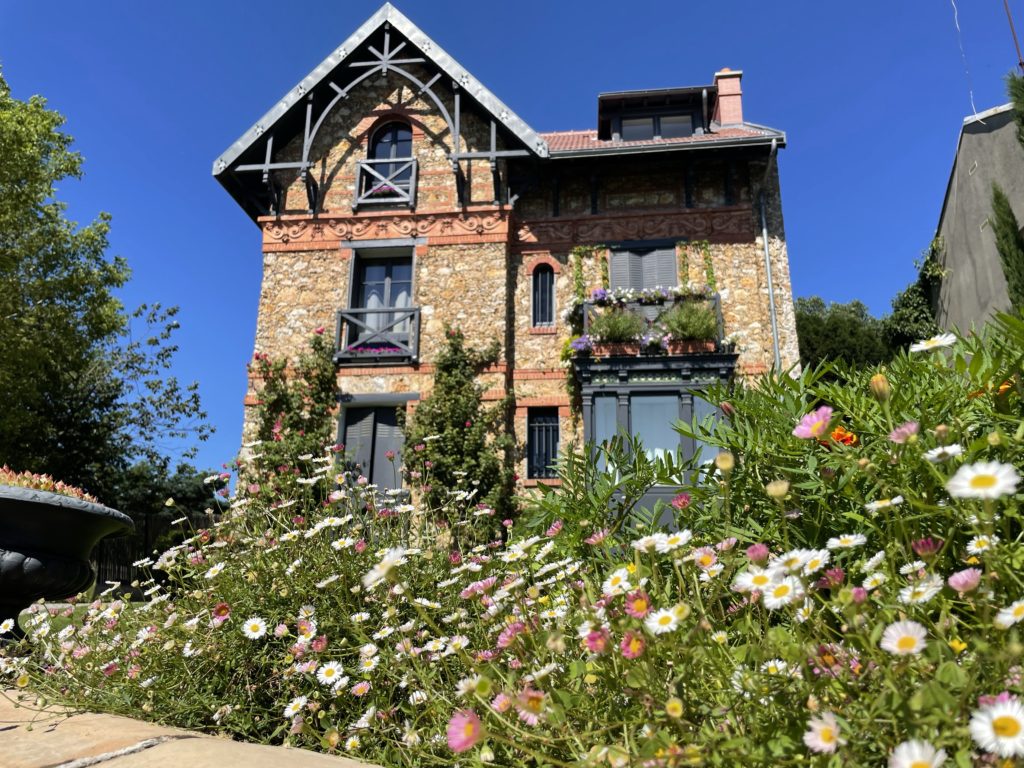
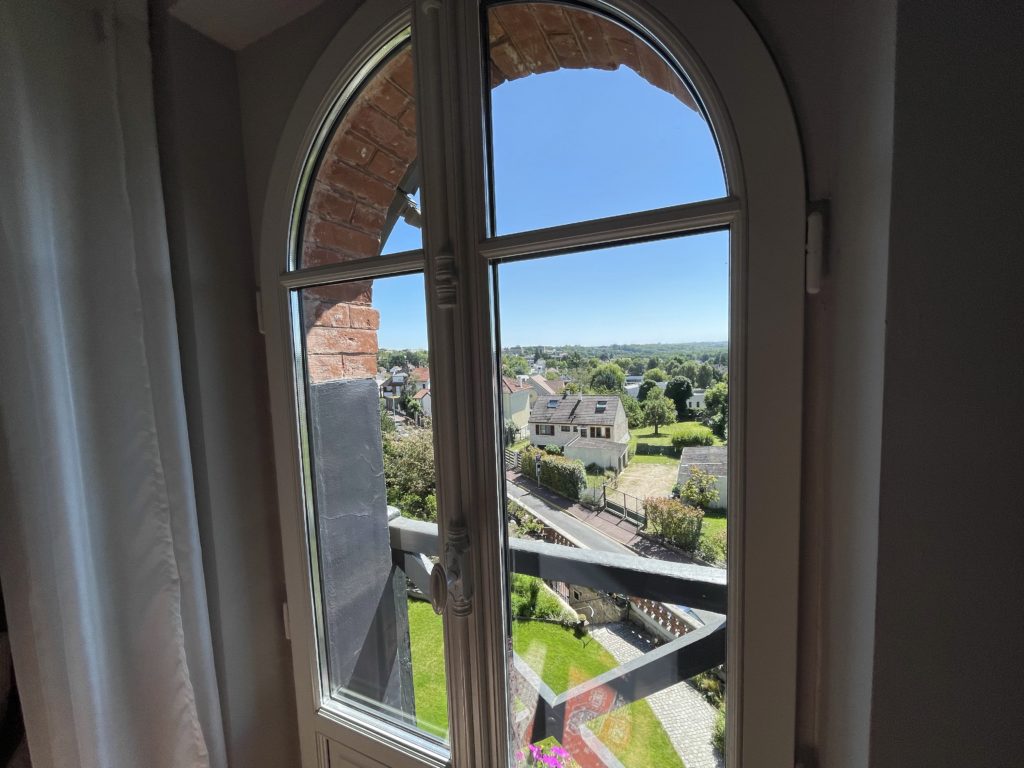
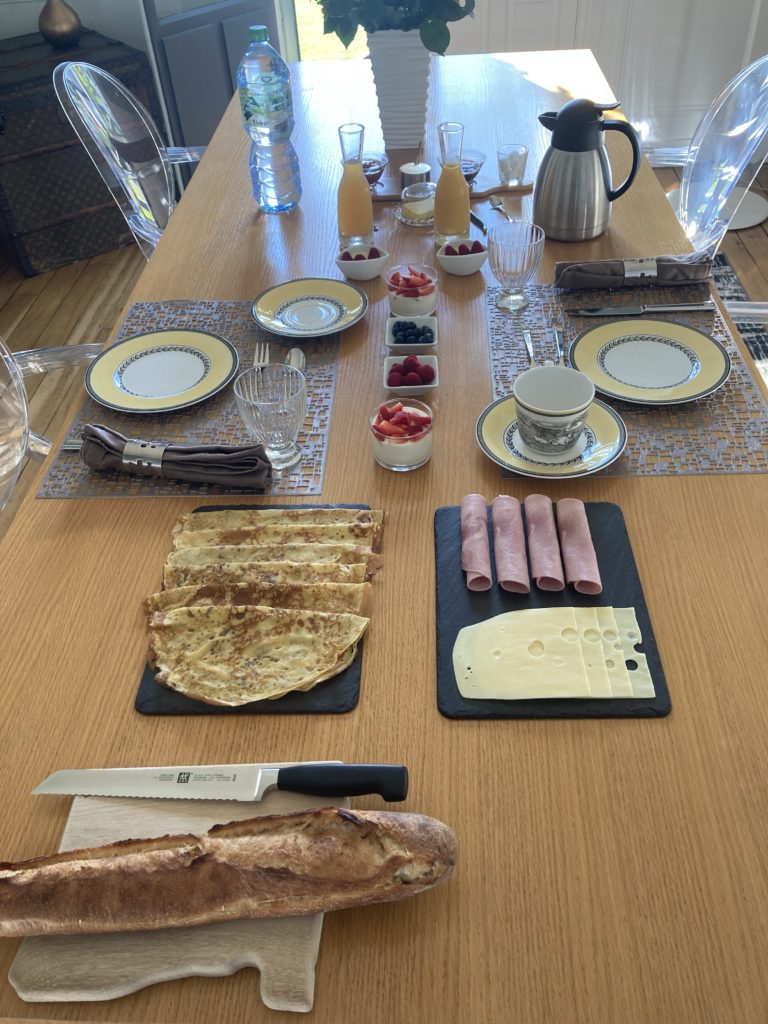
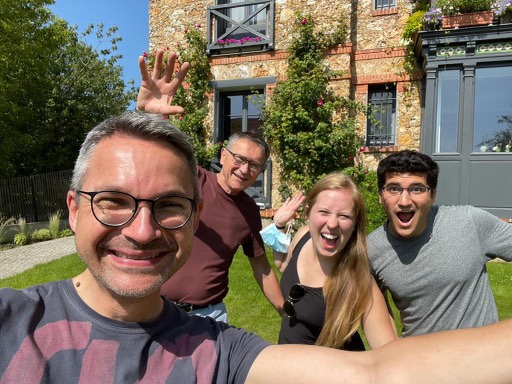
Tour De France
All of our traveling has been very spontaneous, necessitated by the ever-changing COVID regulations. We usually figure out where we are staying only days in advance (sometimes that very day) and our itinerary for that city is loosely decided once we arrive in that said city.
To our surprise, we found out that Tour De France would be ending in Paris while we were visiting. Totally unplanned! All we had to do was show our vaccination card and we were allowed in to the sectioned-off area of the city where the bikers would be riding through.
We met so many people there that had traveled from the States and around the world just for this race. We felt a little out of place since neither of us knew any racers or really anything about the race – we almost literally stumbled in to the event. Graham bought a Tour De France hat to commemorate the occasion. We arrived about 2 hours early before the peloton went by and were able to see the pre-race caravan parade. The caravan was a string of decorated cars and floats that generally seemed to be used for advertisements. We saw floats advertising water, recycling, detergent, a large chicken float advertising a brand of eggs, glasses and more. It was certainly entertaining!
After about an hour and a half, the group of bikers finally made it into the city. The bikes zipped past us so fast, we barely had time to blink! Luckily, they had to circle around and pass us 7 more times before the finish line so we had a lot more opportunities to see them. It was a very cool experience!
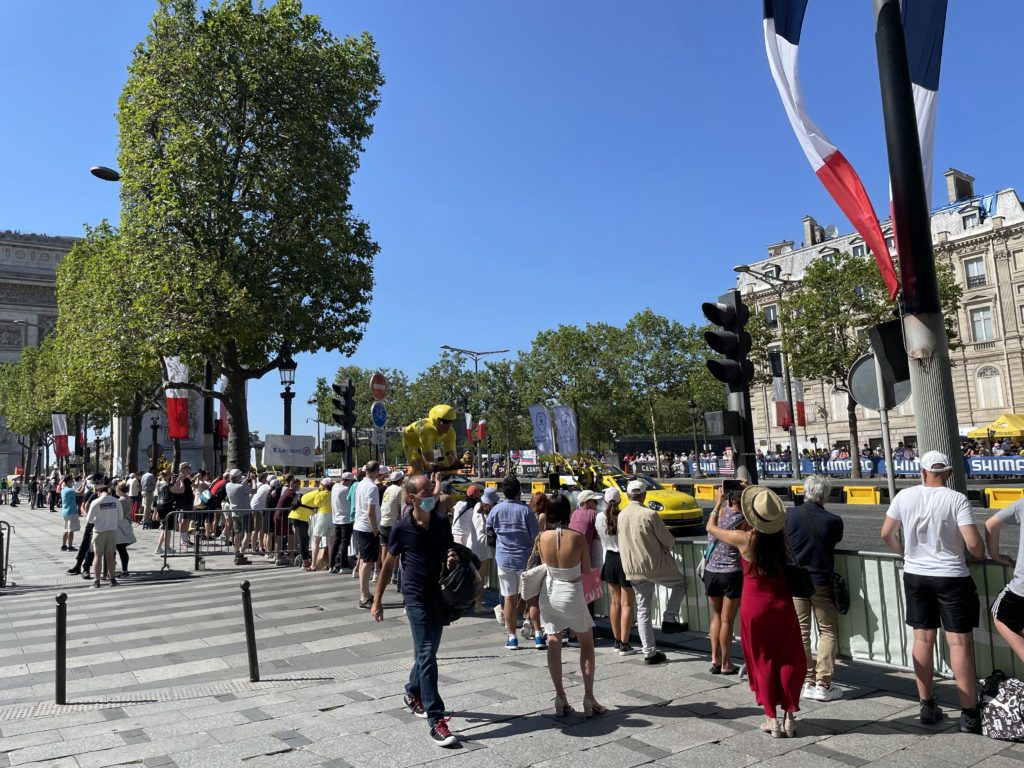
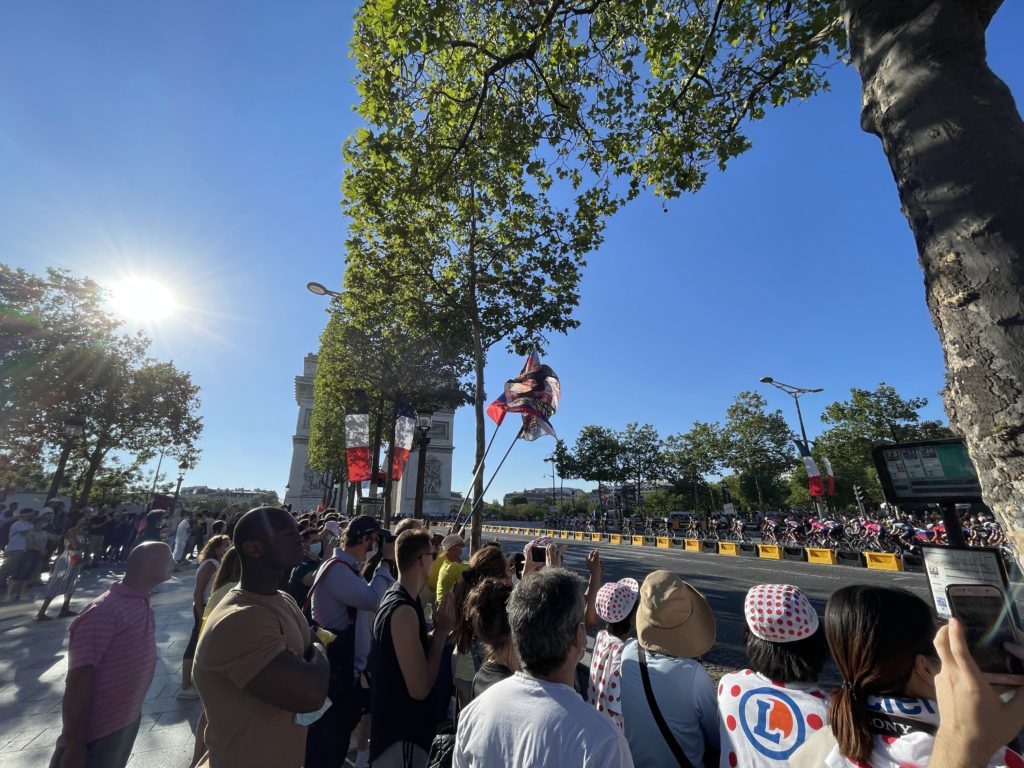
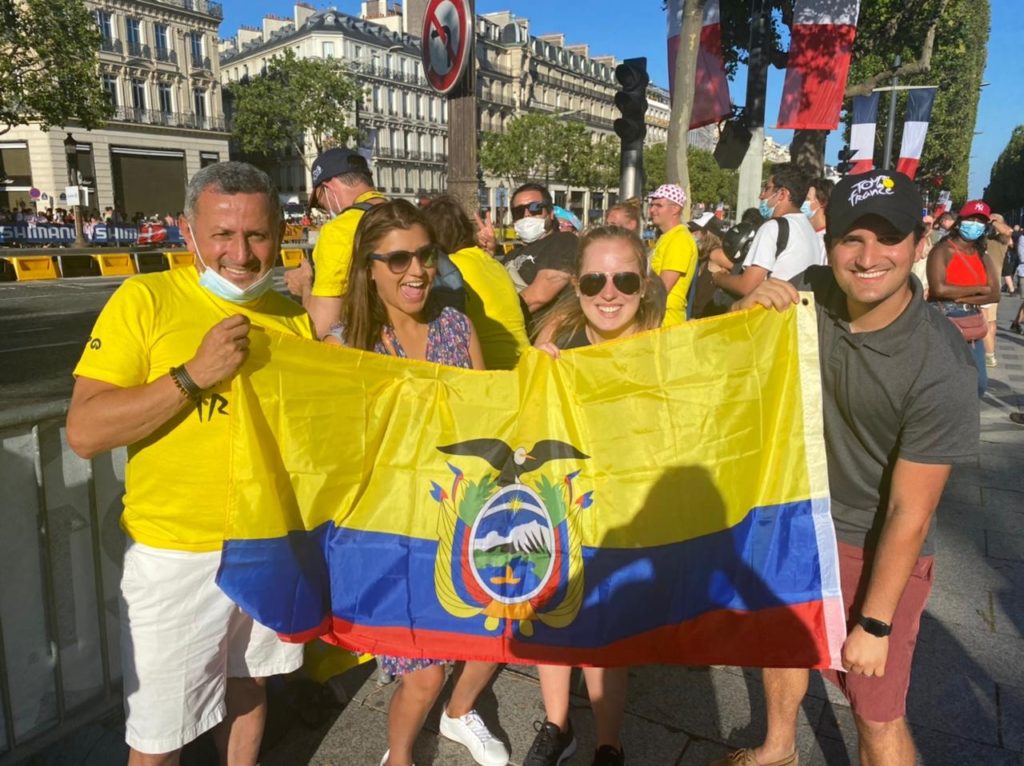
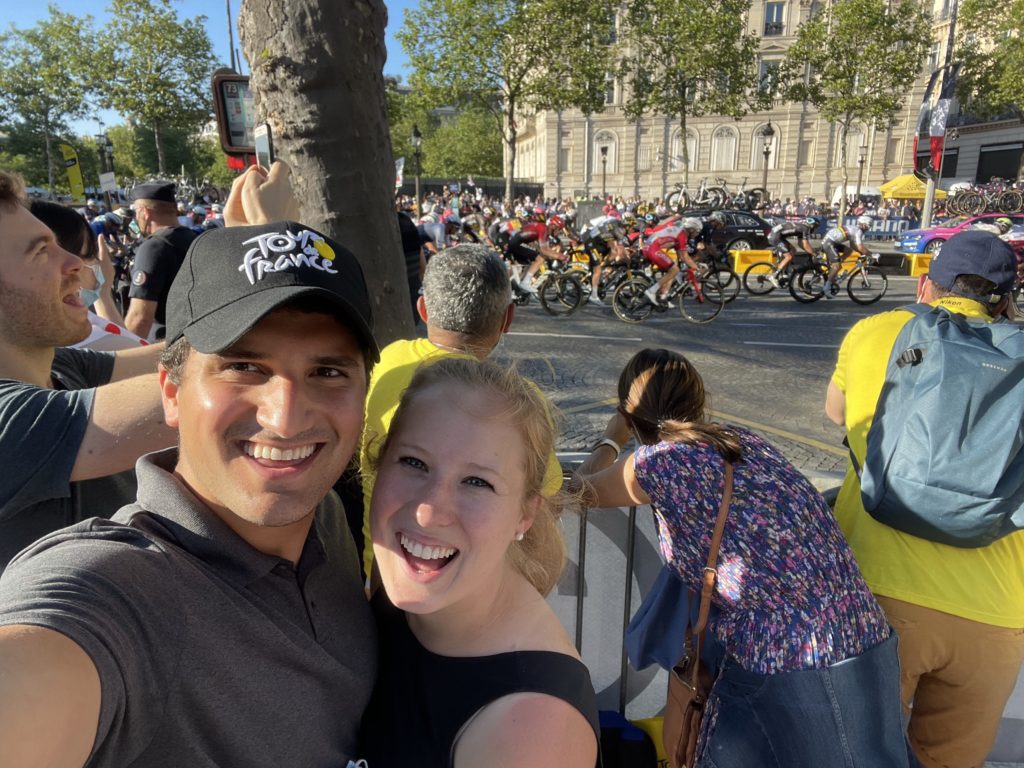
Eiffel Tower
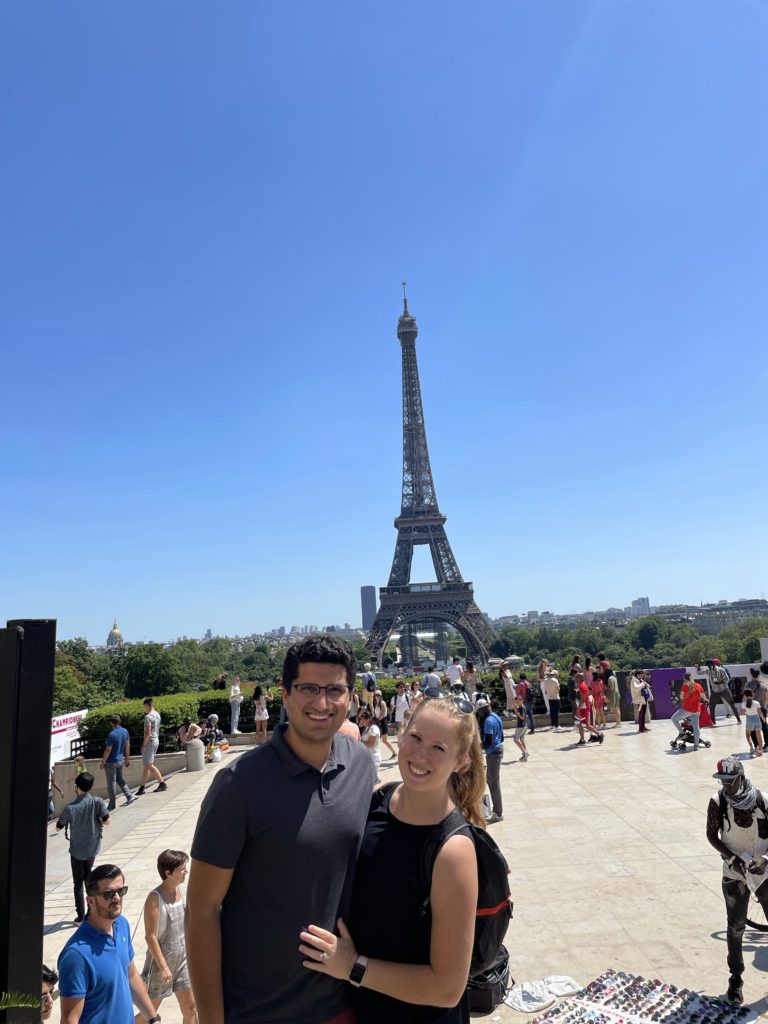
Of course, a Paris trip would not be complete without a visit to the iconic 1,063 foot Eiffel Tower. We first saw it in the afternoon and decided to buy tickets to go up the Eiffel Tower later that evening when the sun was going down. We only went to the second floor, which was definitely high enough! We decided to be economical and take the stairs versus the elevator. It was also a fun experience… at first. I’m not usually scared of heights, but when we were taking the stairs up (and especially coming down) my legs began to feel like jello. The first and second floor had such incredible views of the city though! We stayed at the top until it got very late. Then we raced to the bottom to catch the famous light show that happens every evening on the hour for 5 minutes. The whole tower sparkles! It was magical!
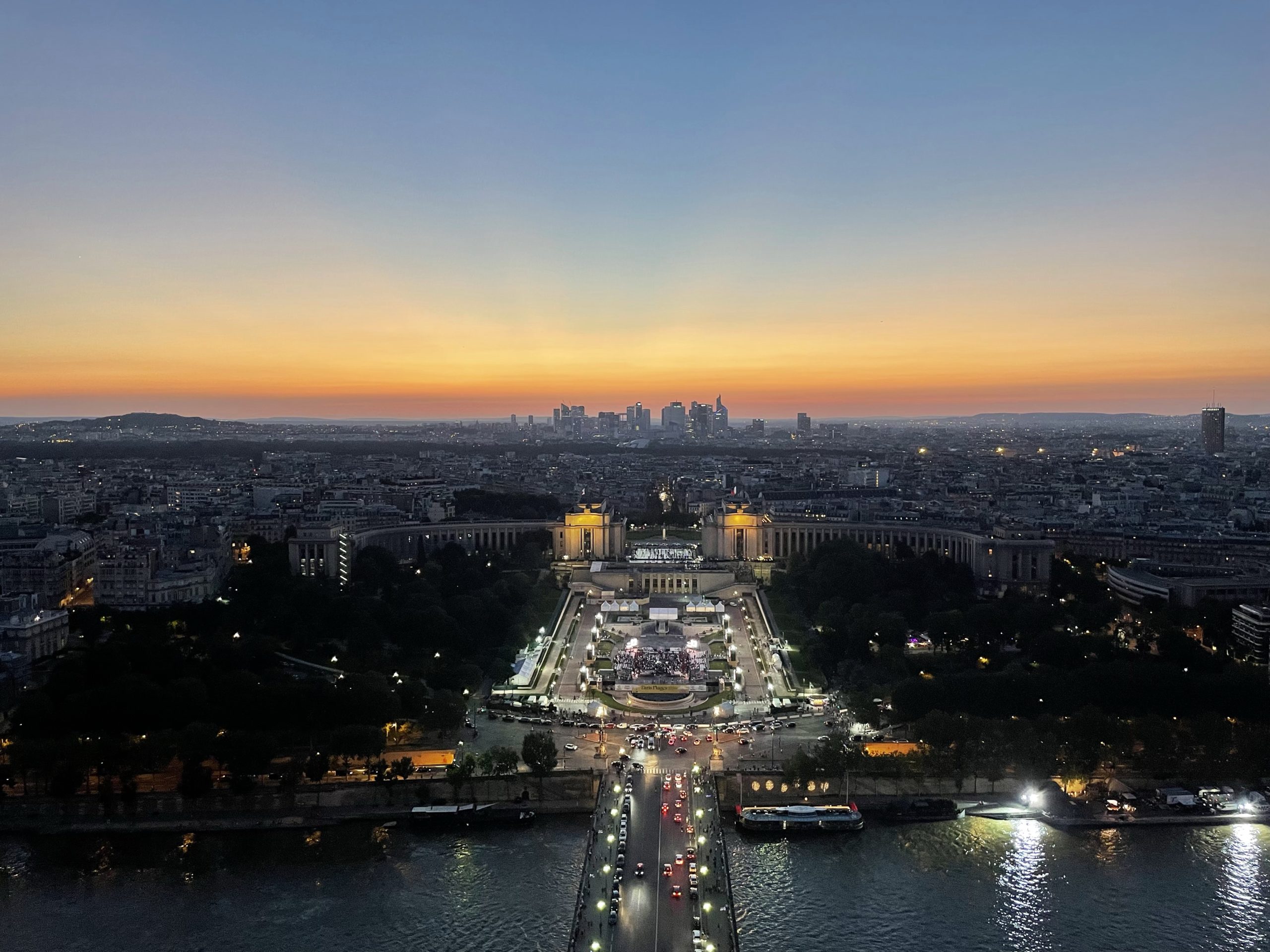
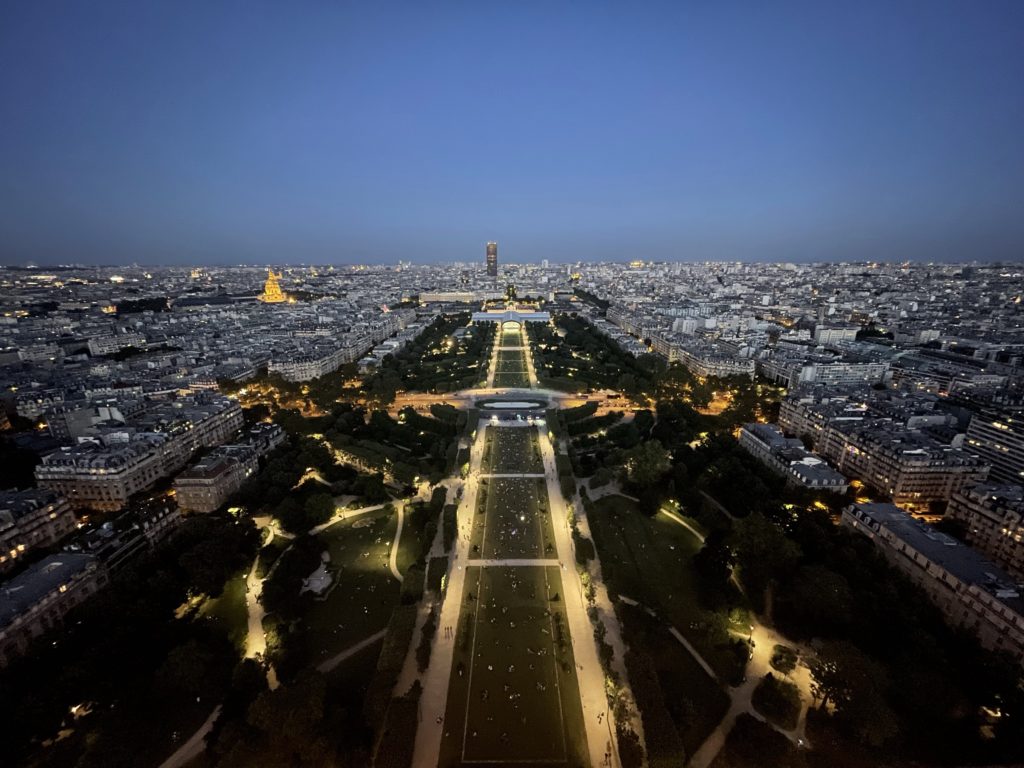
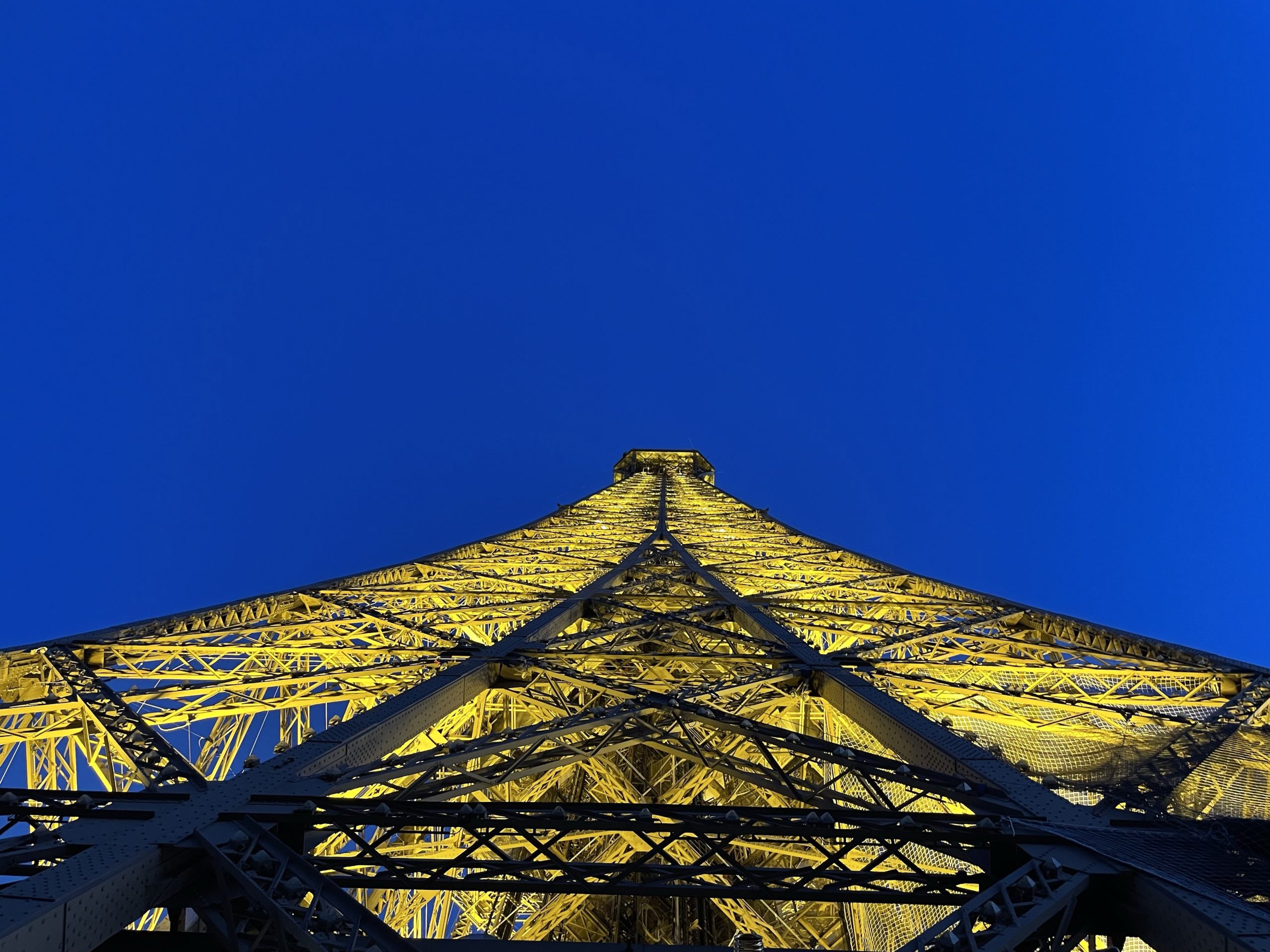
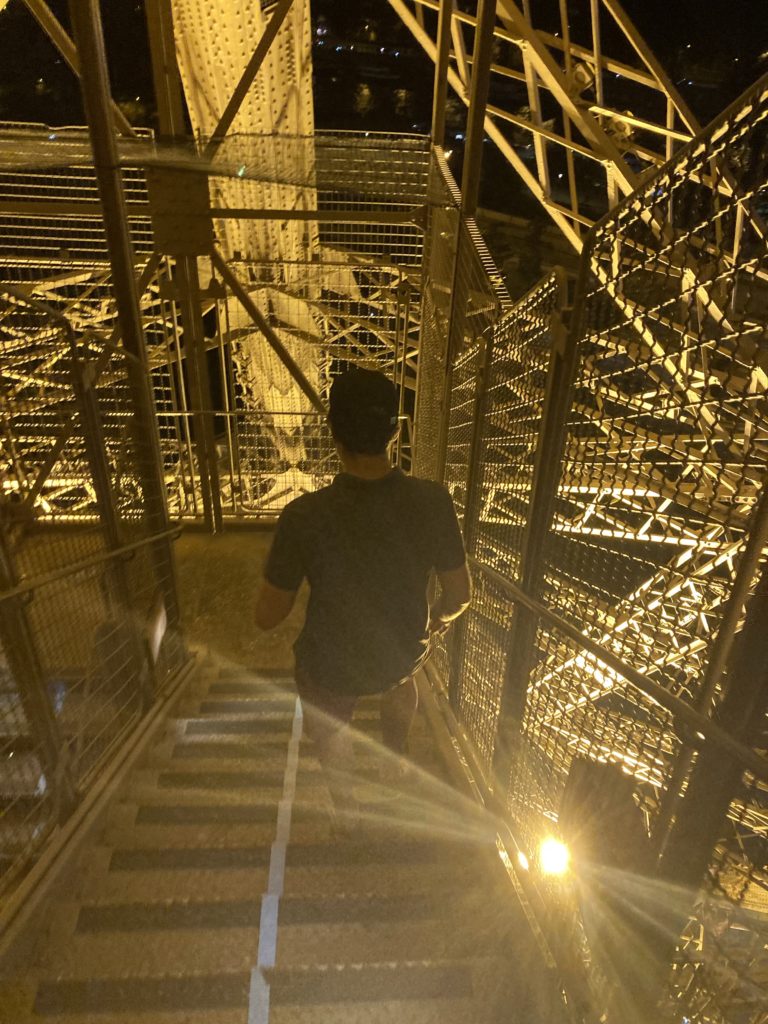
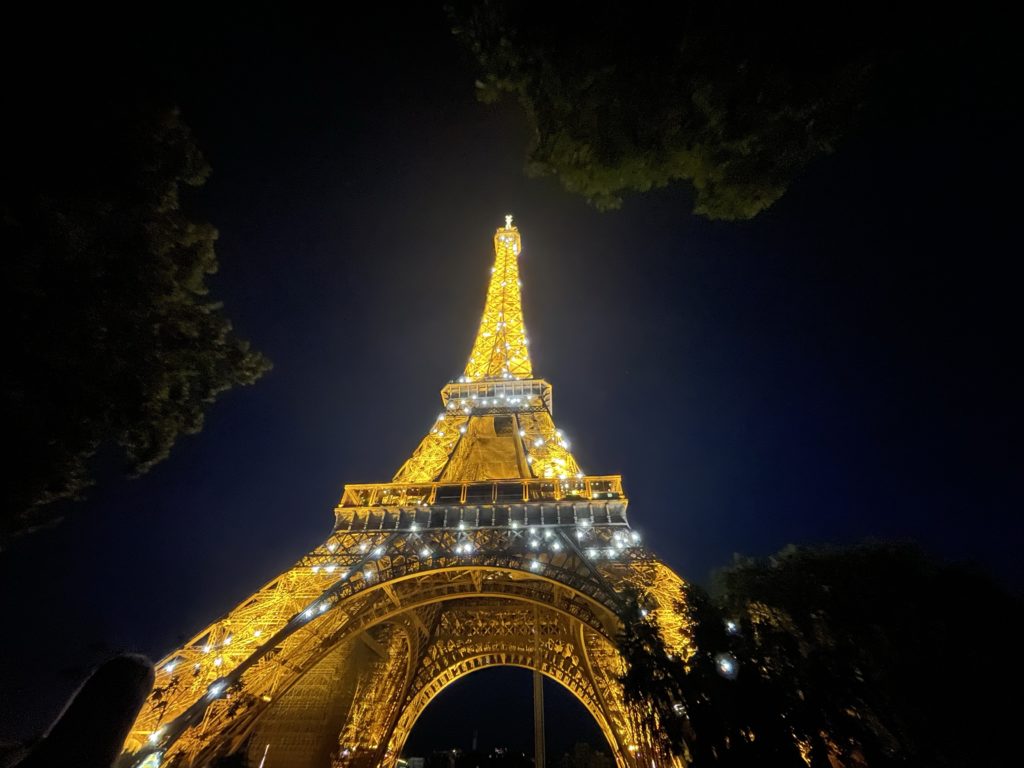
After a long day of walking around Paris and walking up and down the Eiffel Tower (now around 11:30pm) it was time to head home. With so much frustration with public transportation, (specifically because a lot of stops had closed due to Tour De France earlier that day) we decided to catch an Uber home. It was going to cost a little more than we would have liked, but when you are tired and exhausted – you just don’t care. So we plugged in our Airbnb address and requested an Uber who arrived soon after. We had such a delightful conversation with our driver during the 25 minute drive. He gave some marriage advice and told us about his life in Paris. We were just 2 minutes away from where he was going to drop us off when we realized the embarrassing truth. We plugged in the wrong address. We put our old Airbnb address near Versailles that we had stayed at a few days before. It was now midnight and we had to explain to our driver that we weren’t actually staying here, but 15 minutes in the opposite direction. We apologized profusely and even gave him the option to drop us off and we would get another Uber driver to pick us up. He was so sweet about the whole mixup and thankfully lived close to where our actual Airbnb was and happily took us to the right location. Note to self – if one finds themselves staying in a different spot every few days – double check the address when requesting an Uber.
Sacre Coeur
Our last day in Paris we traveled to Sacré-Cœur and climbed to the very top. The views were stunning! The chapel inside was also amazing. We found a middle seat inside to sit to take in all in.
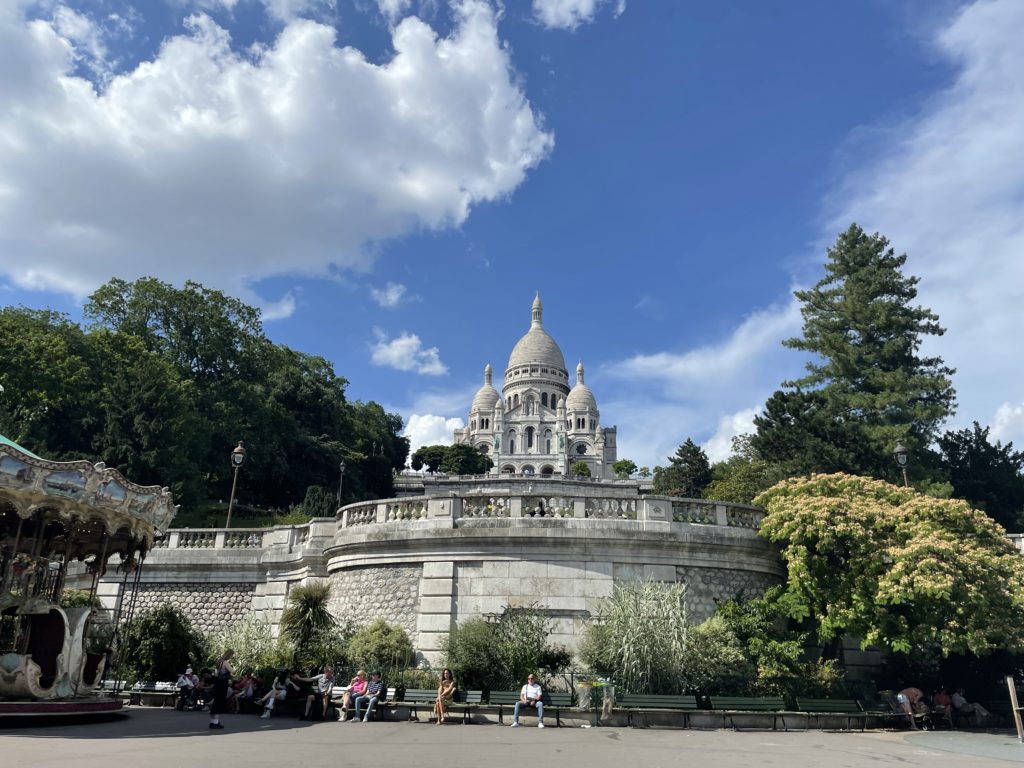
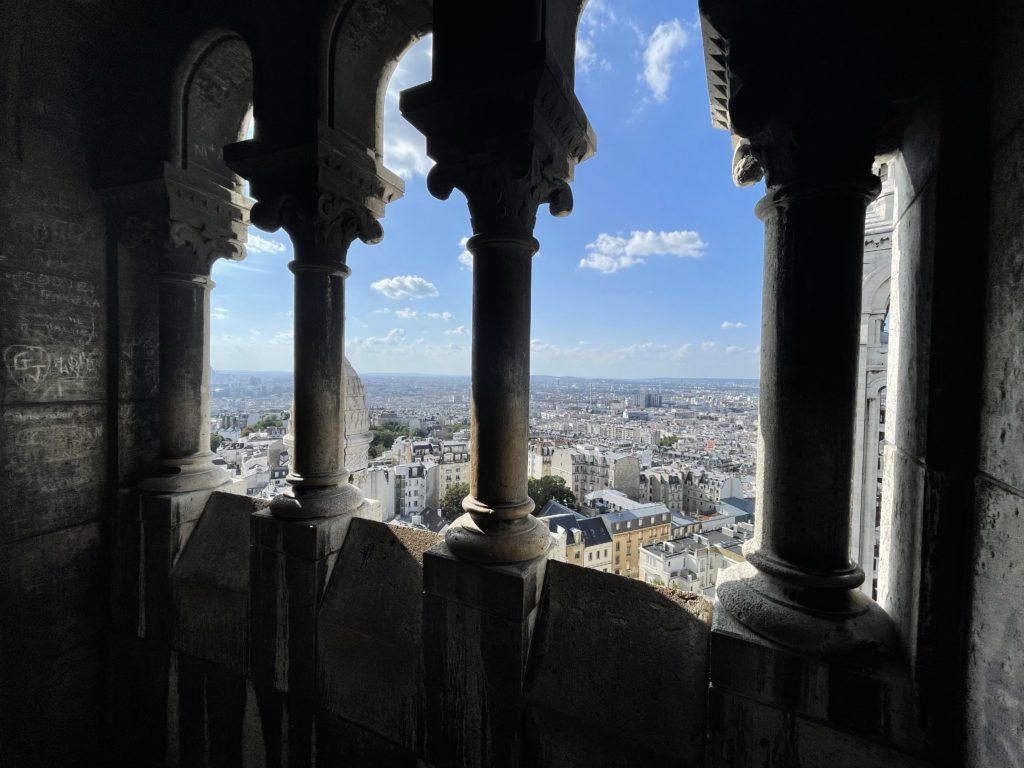
Food Around Paris
